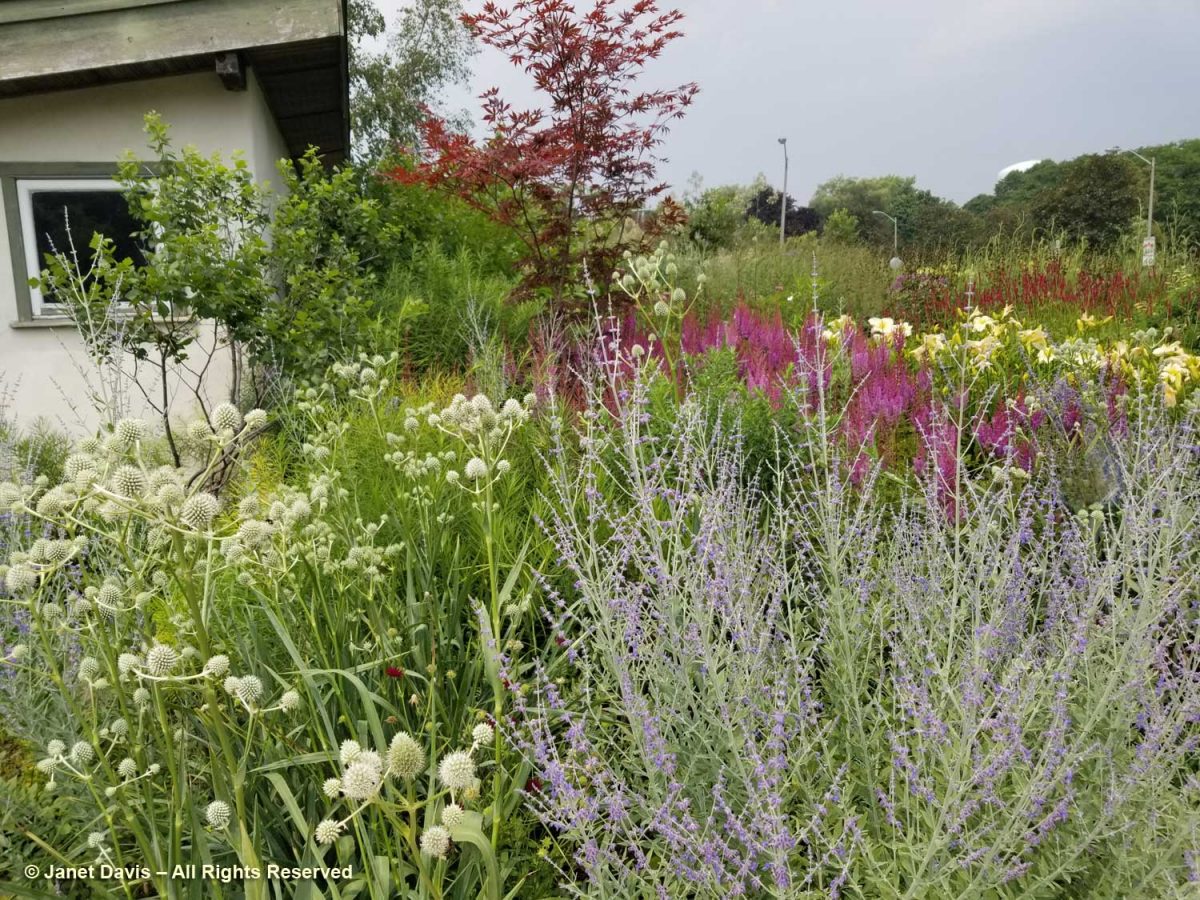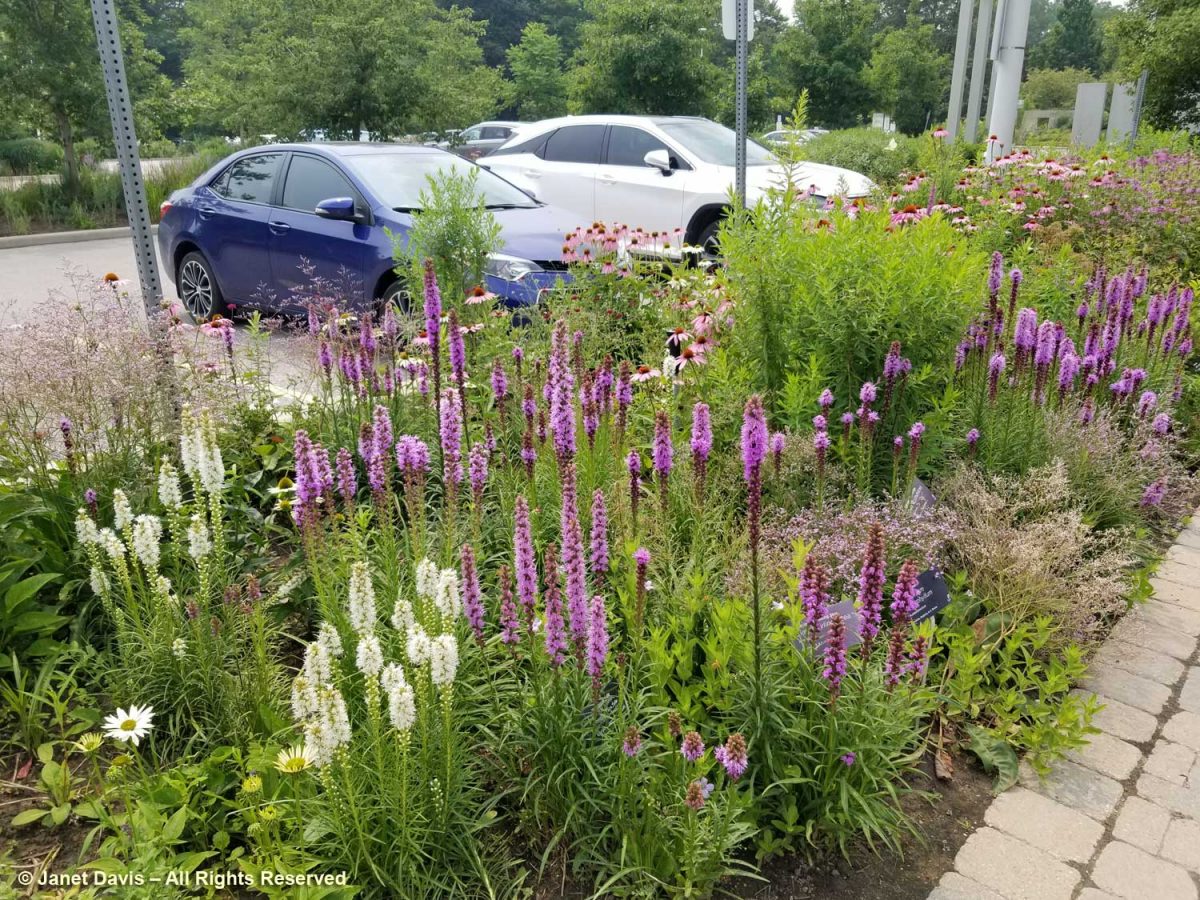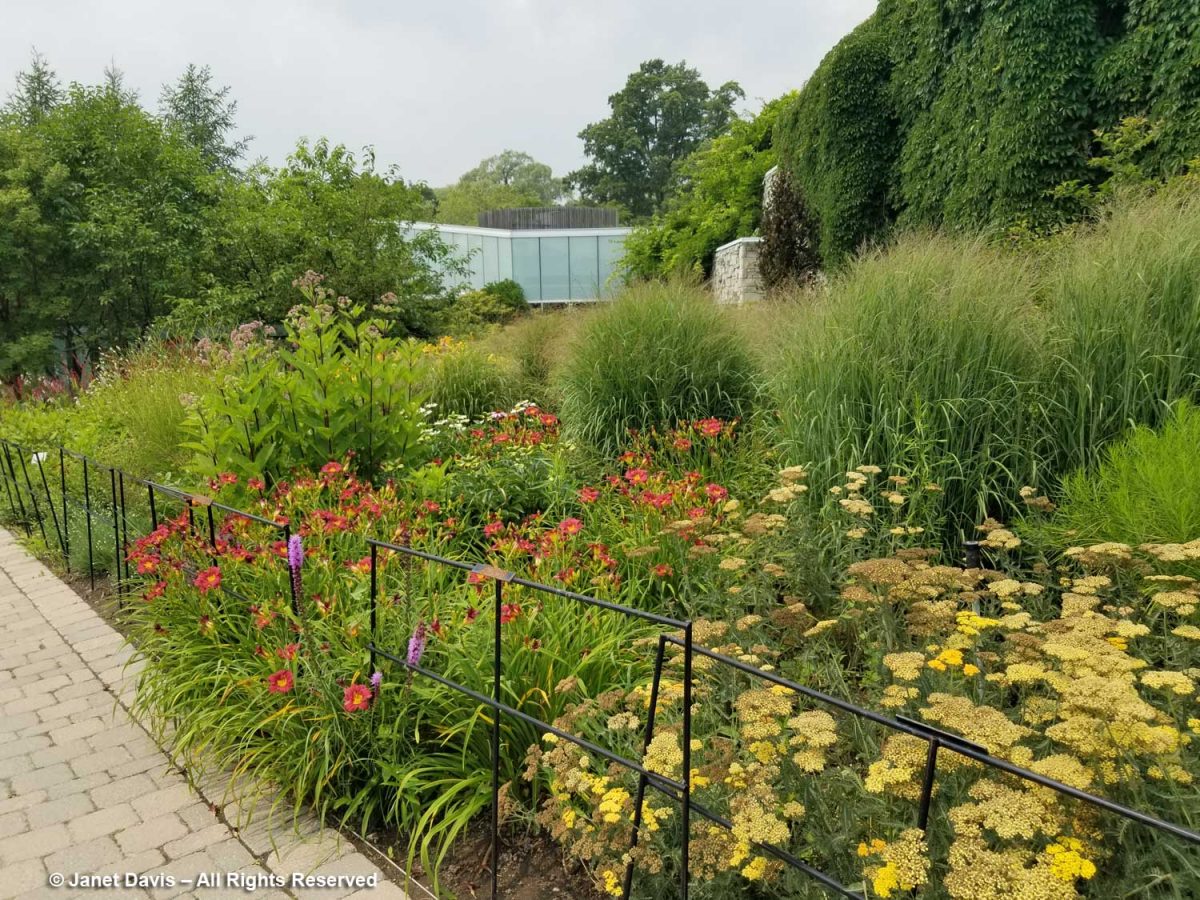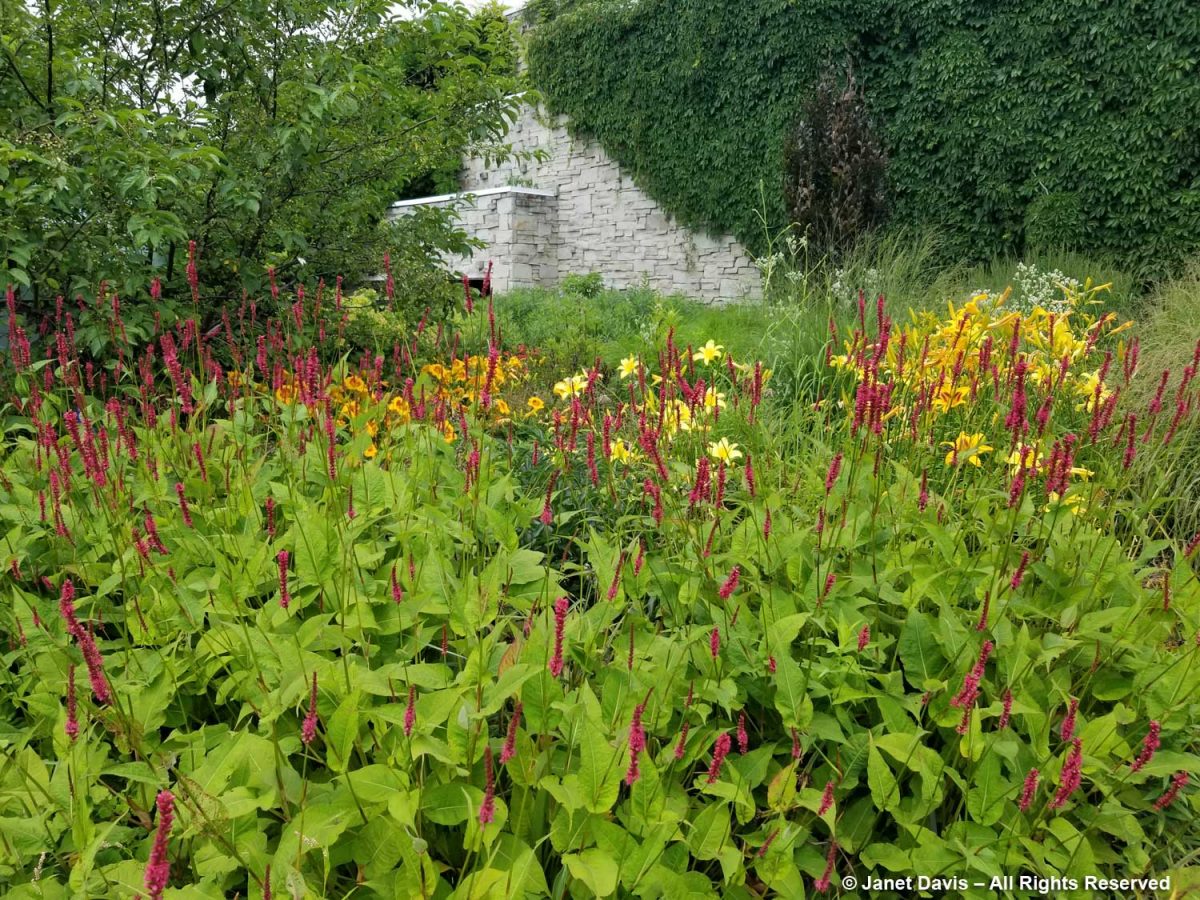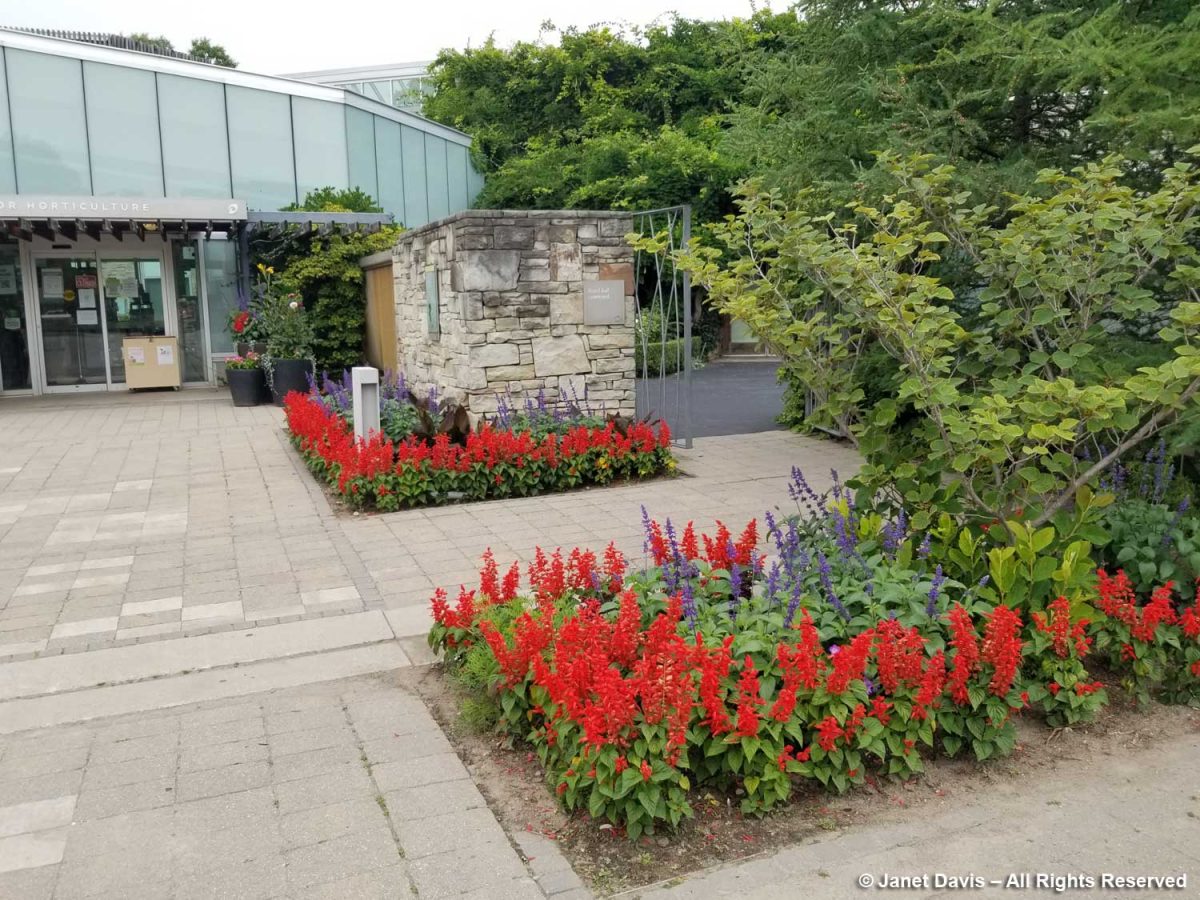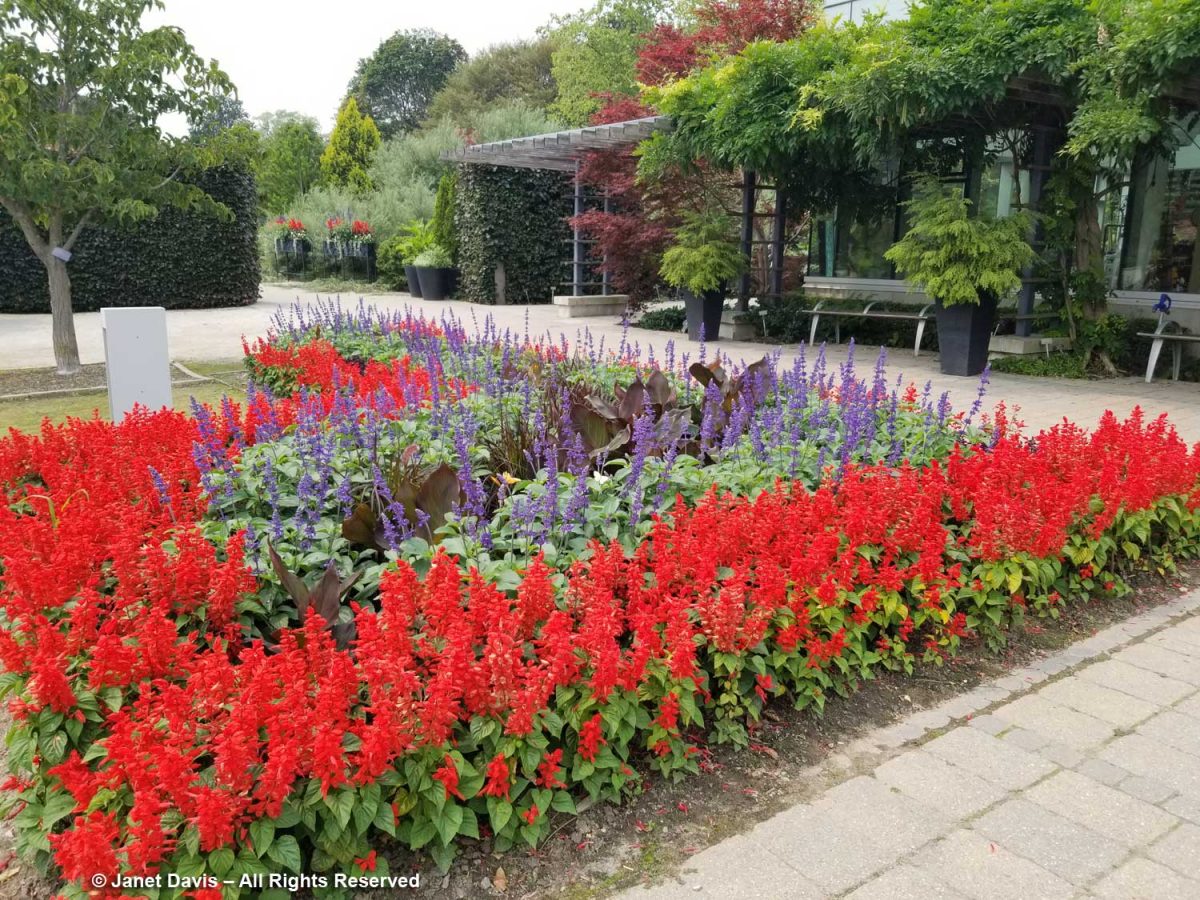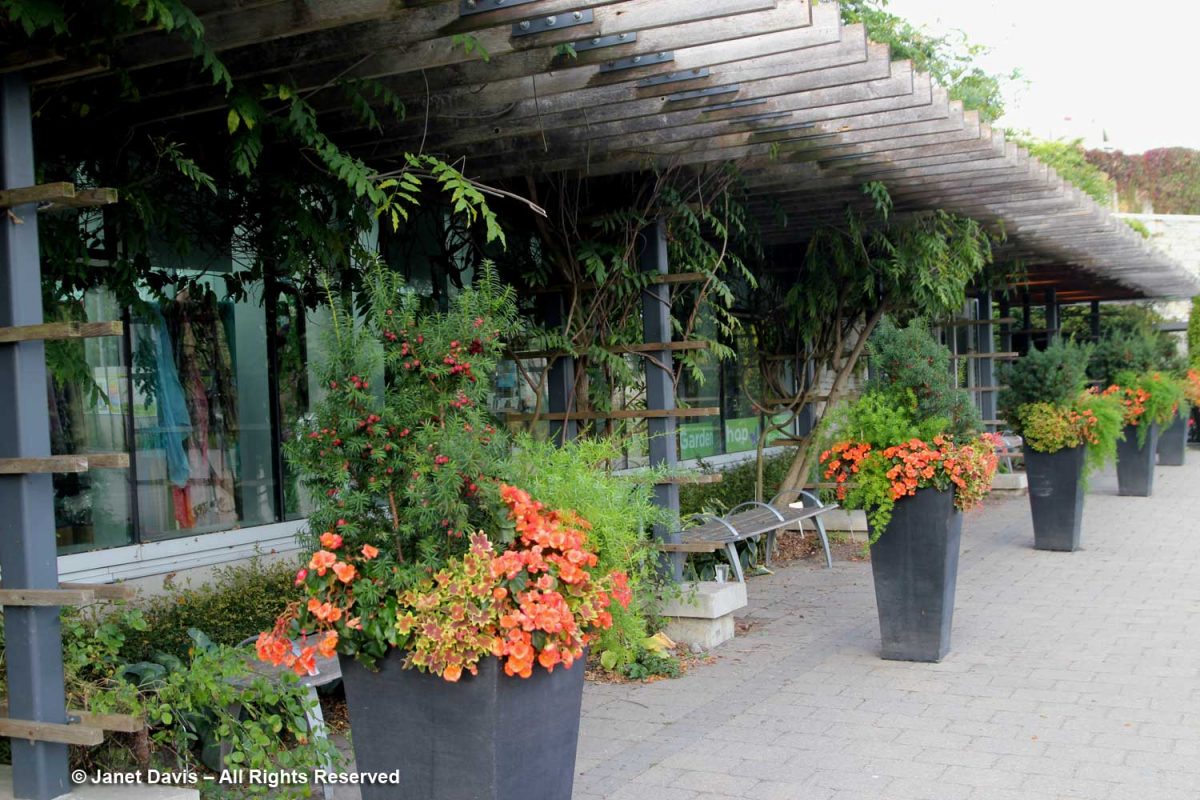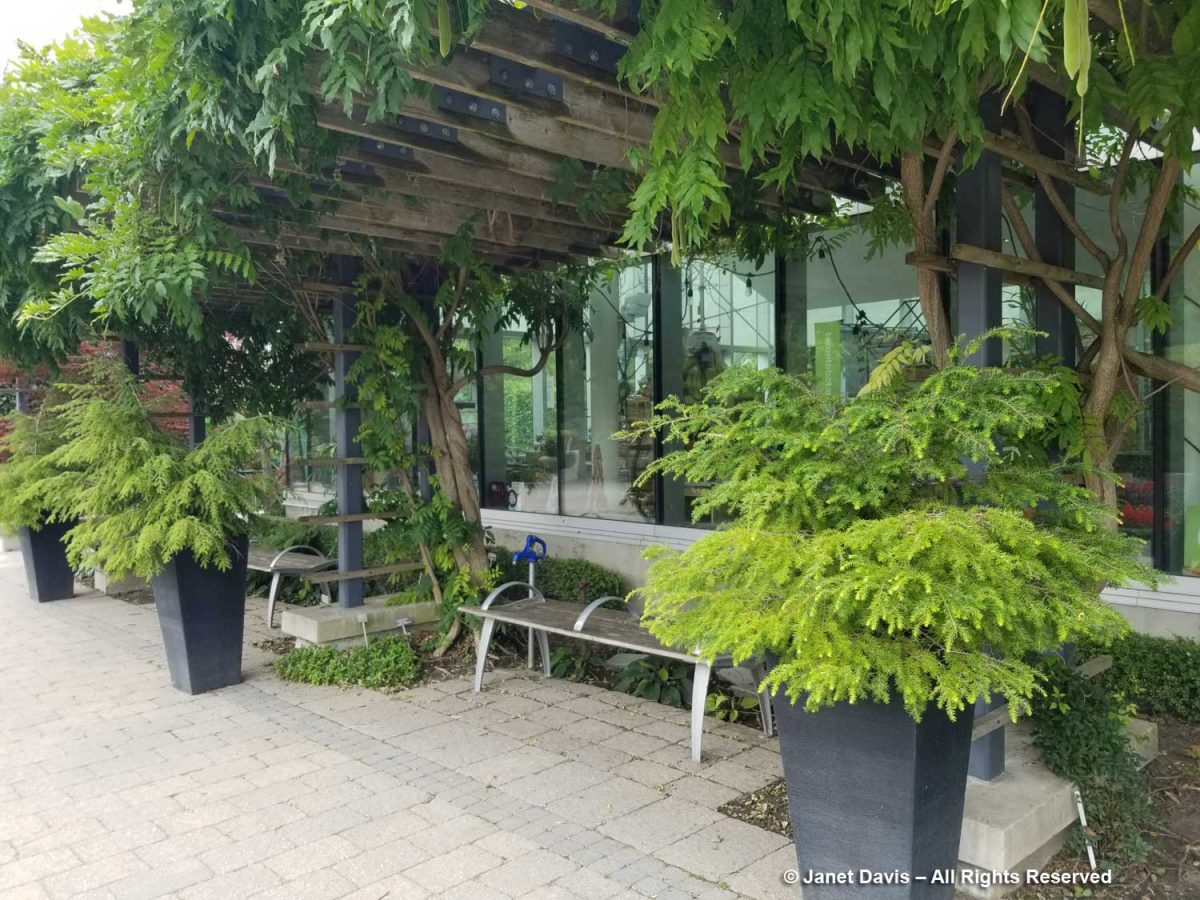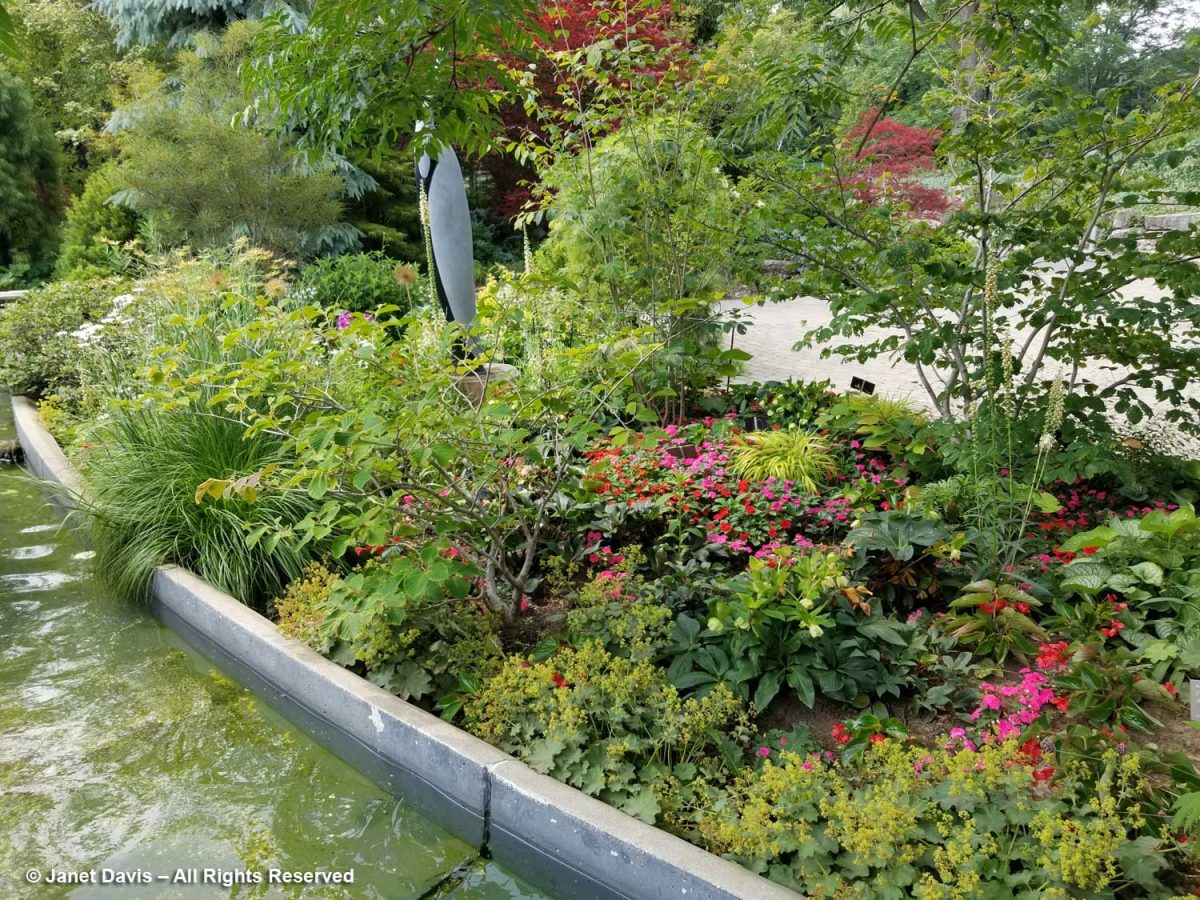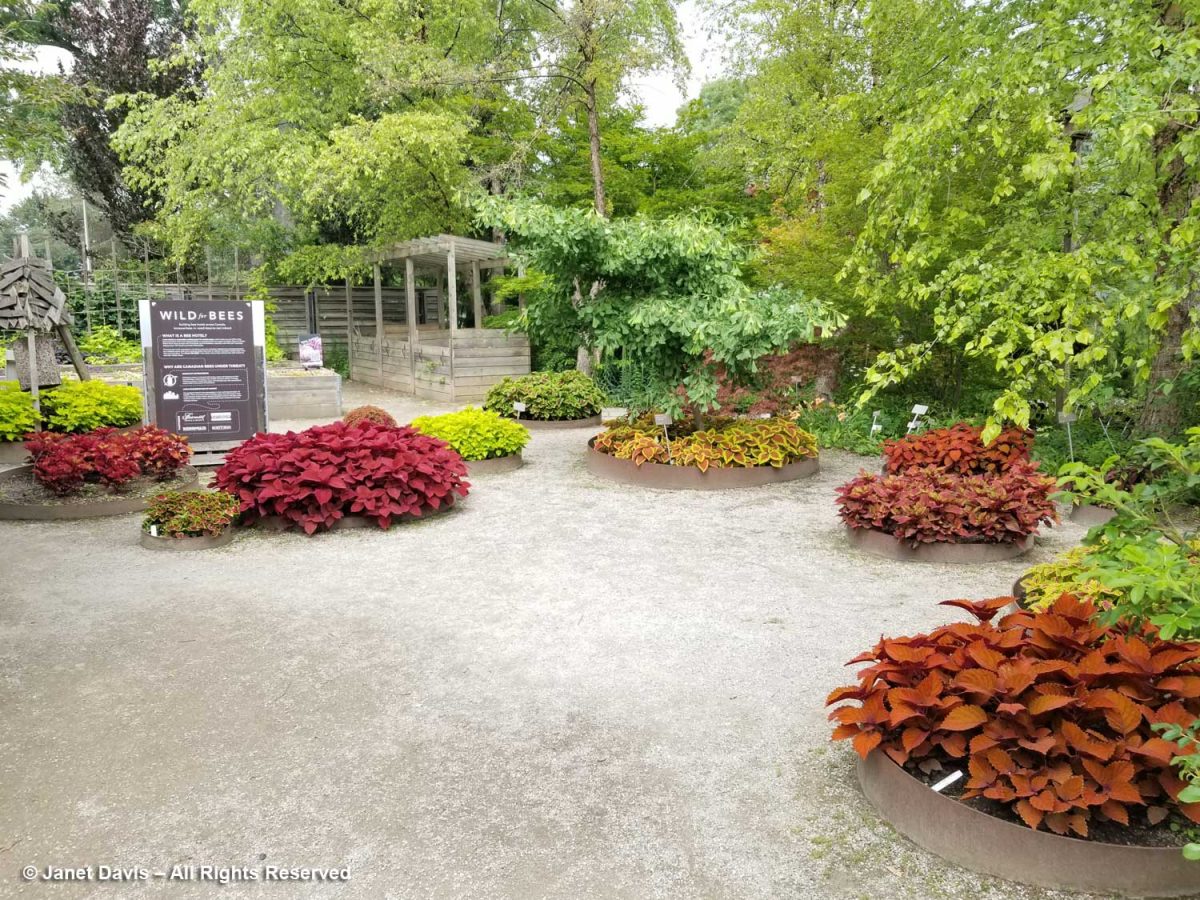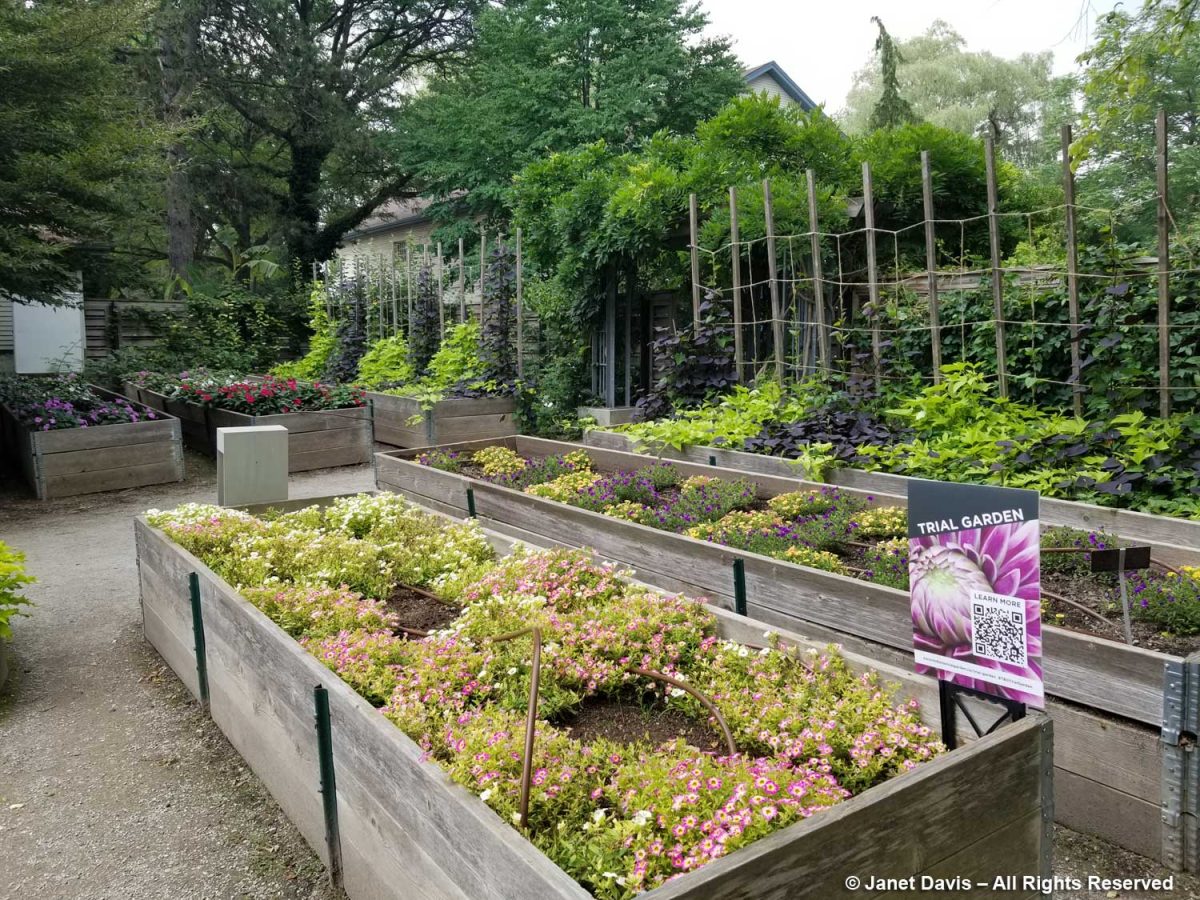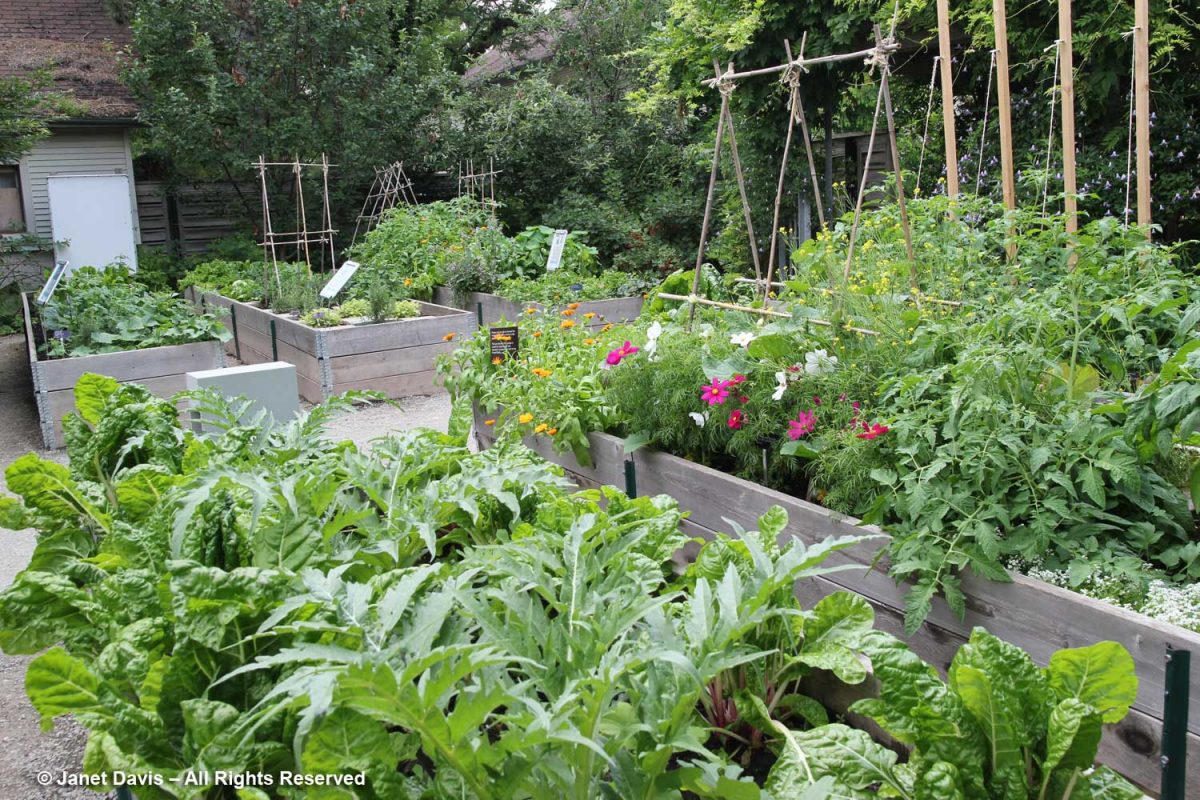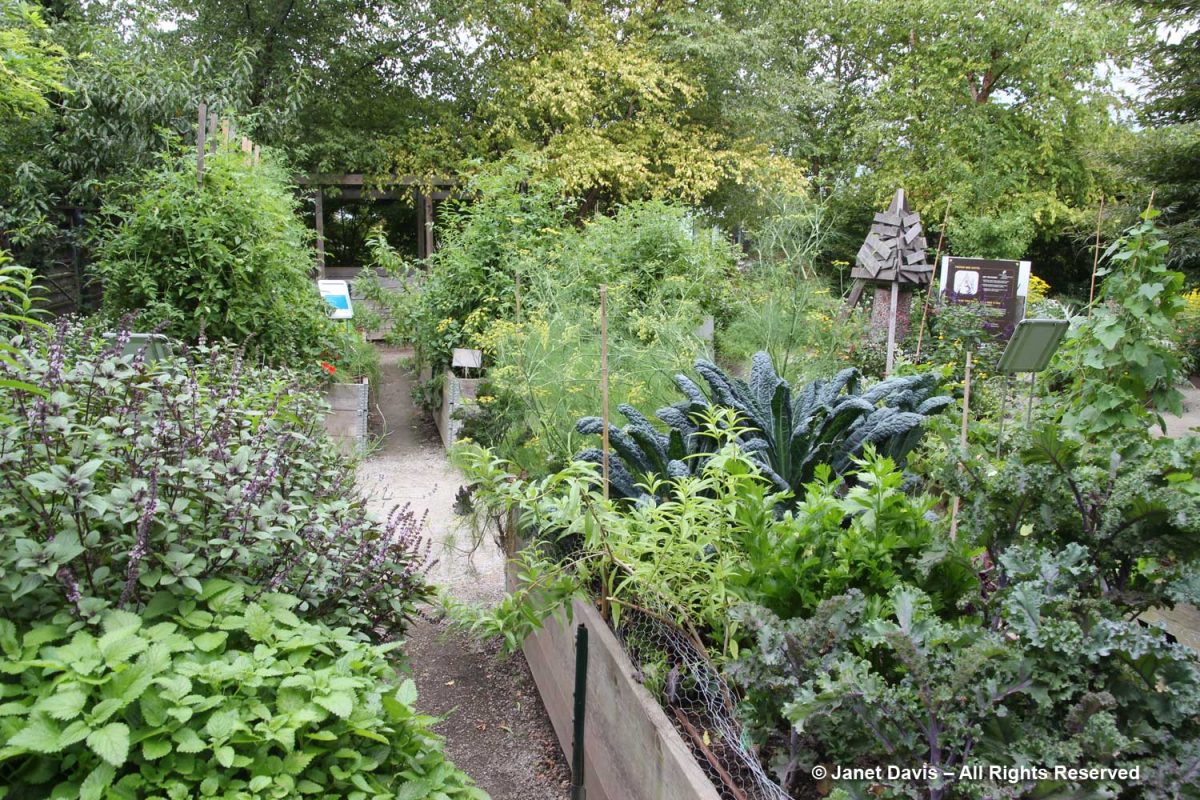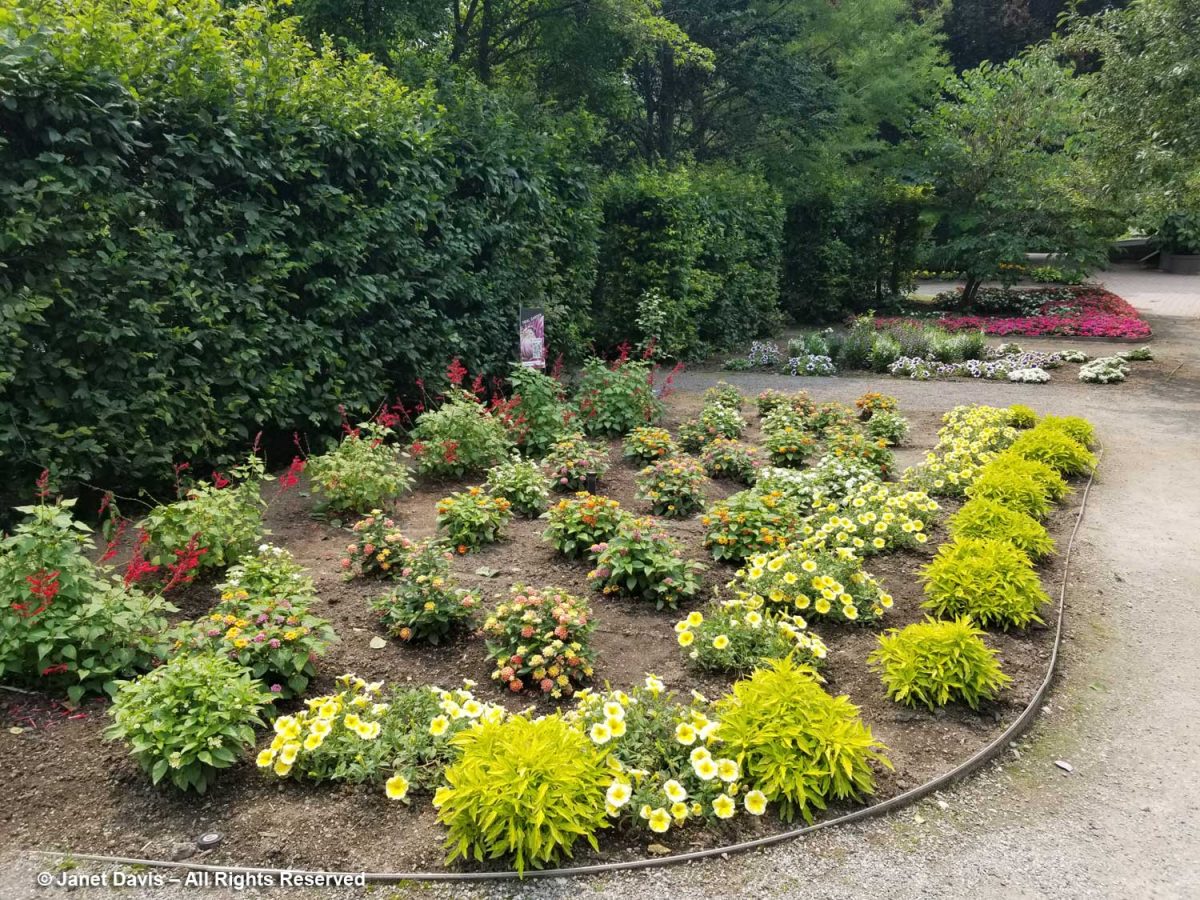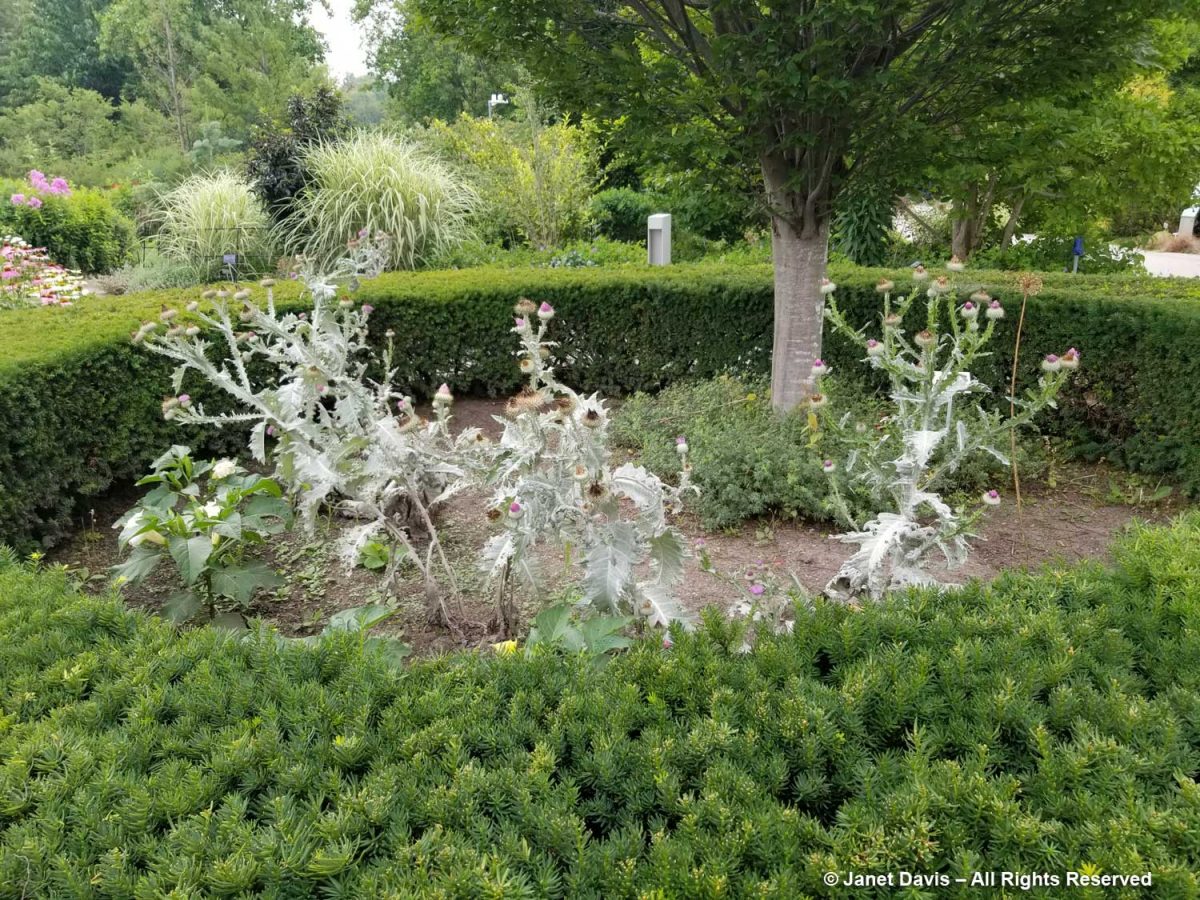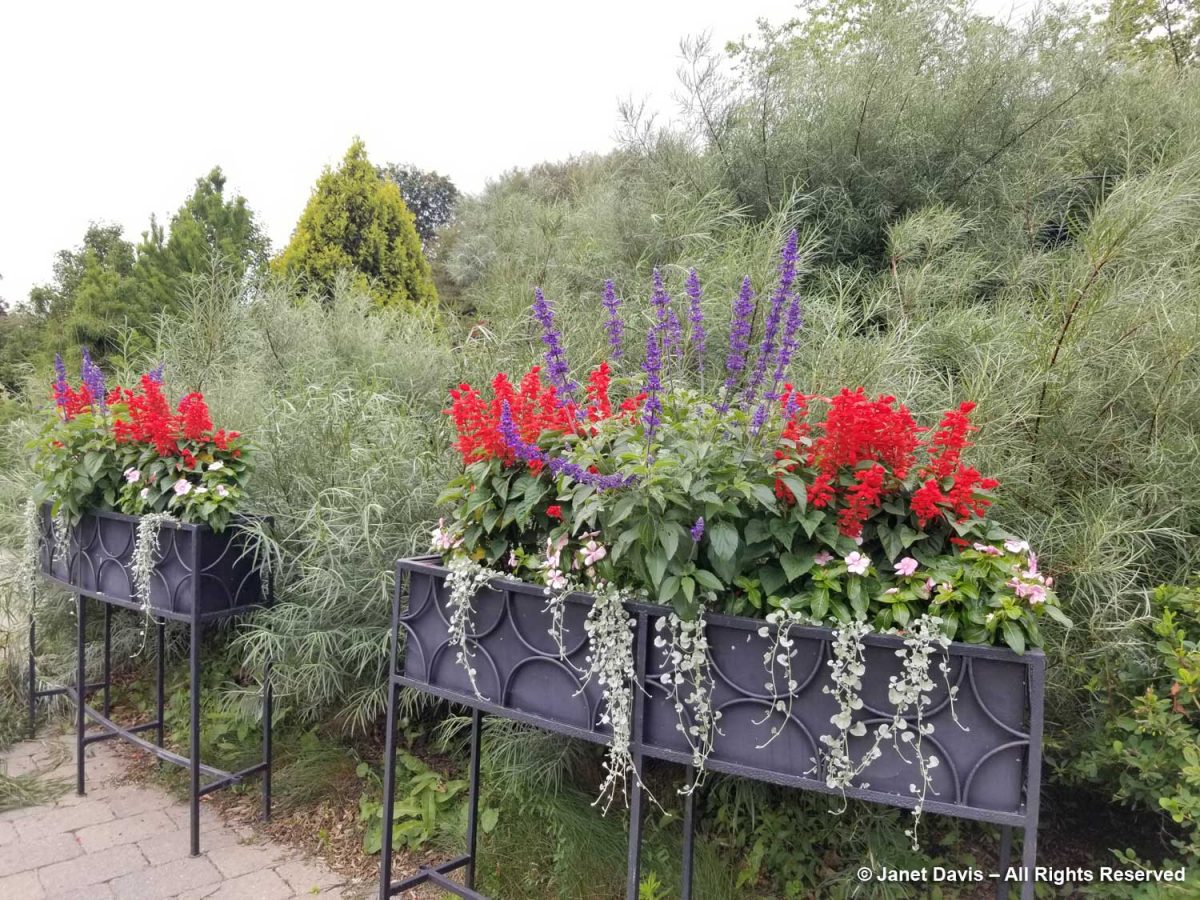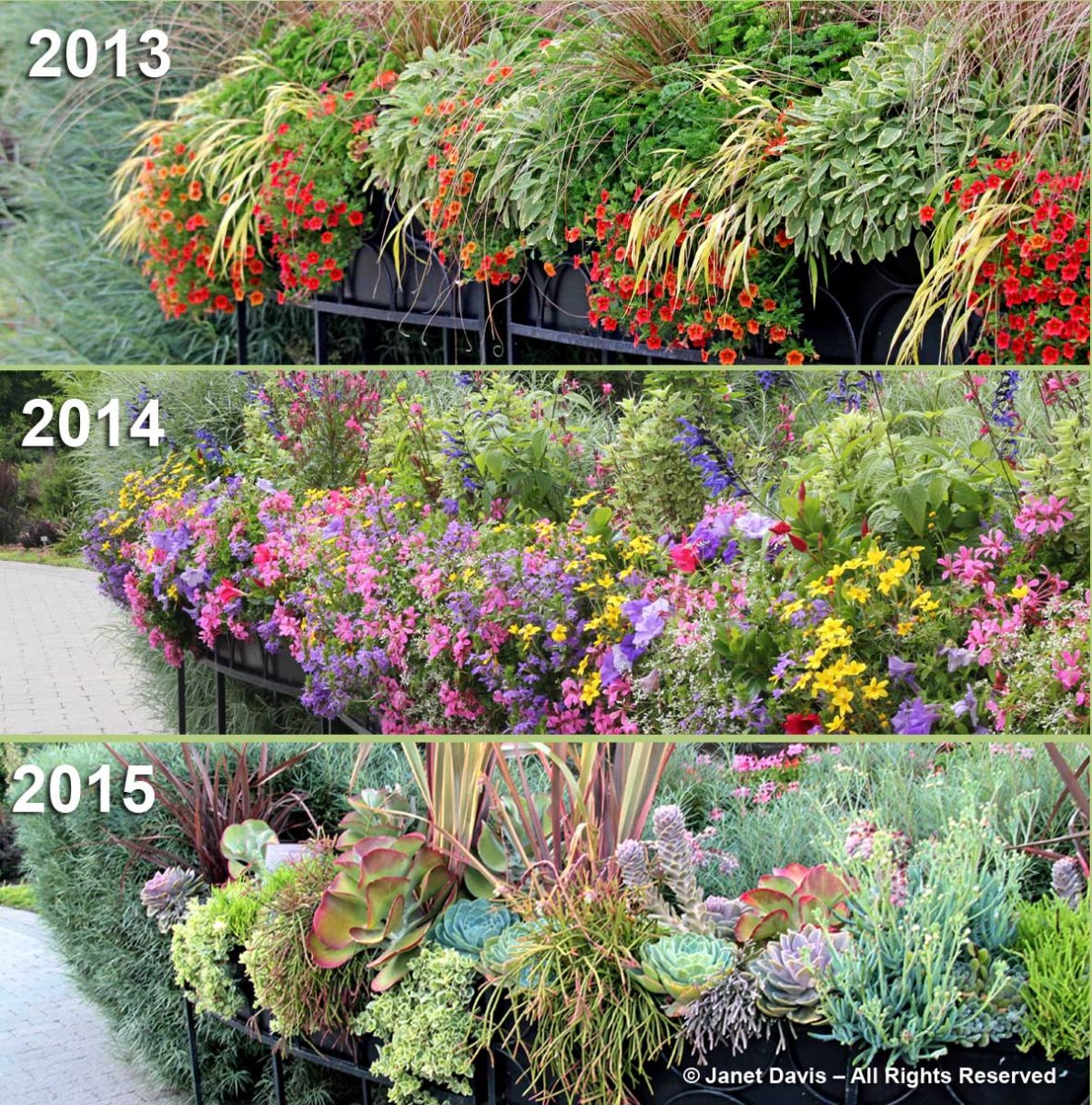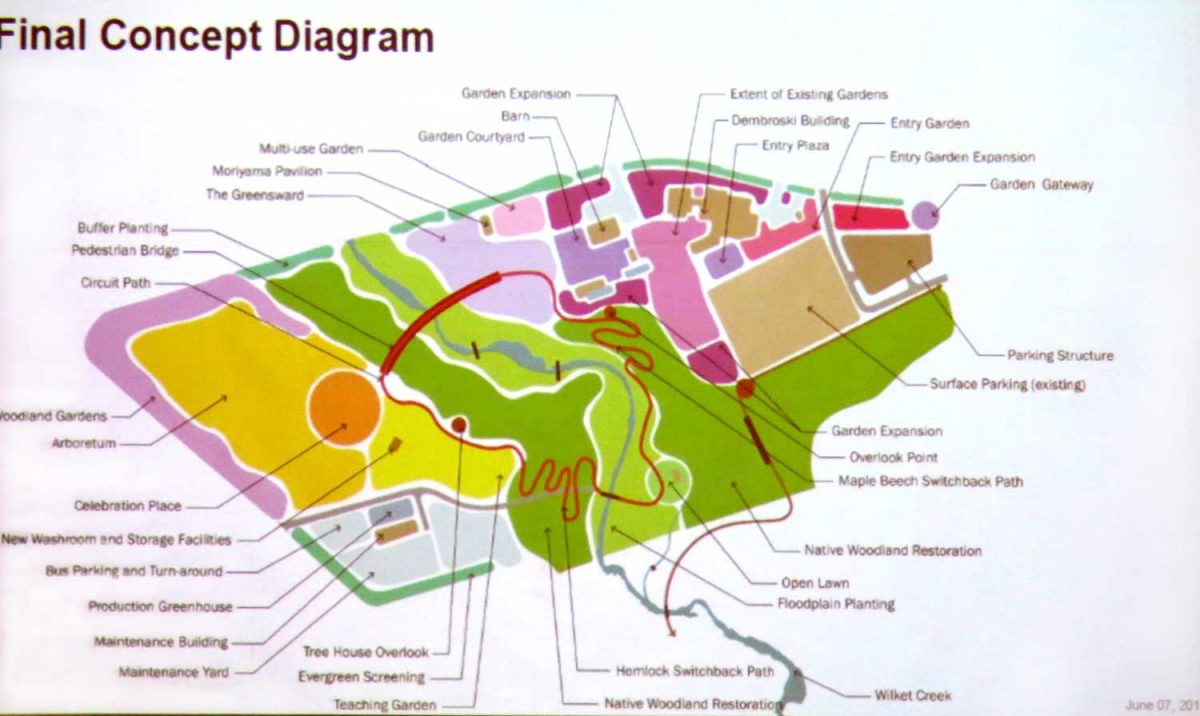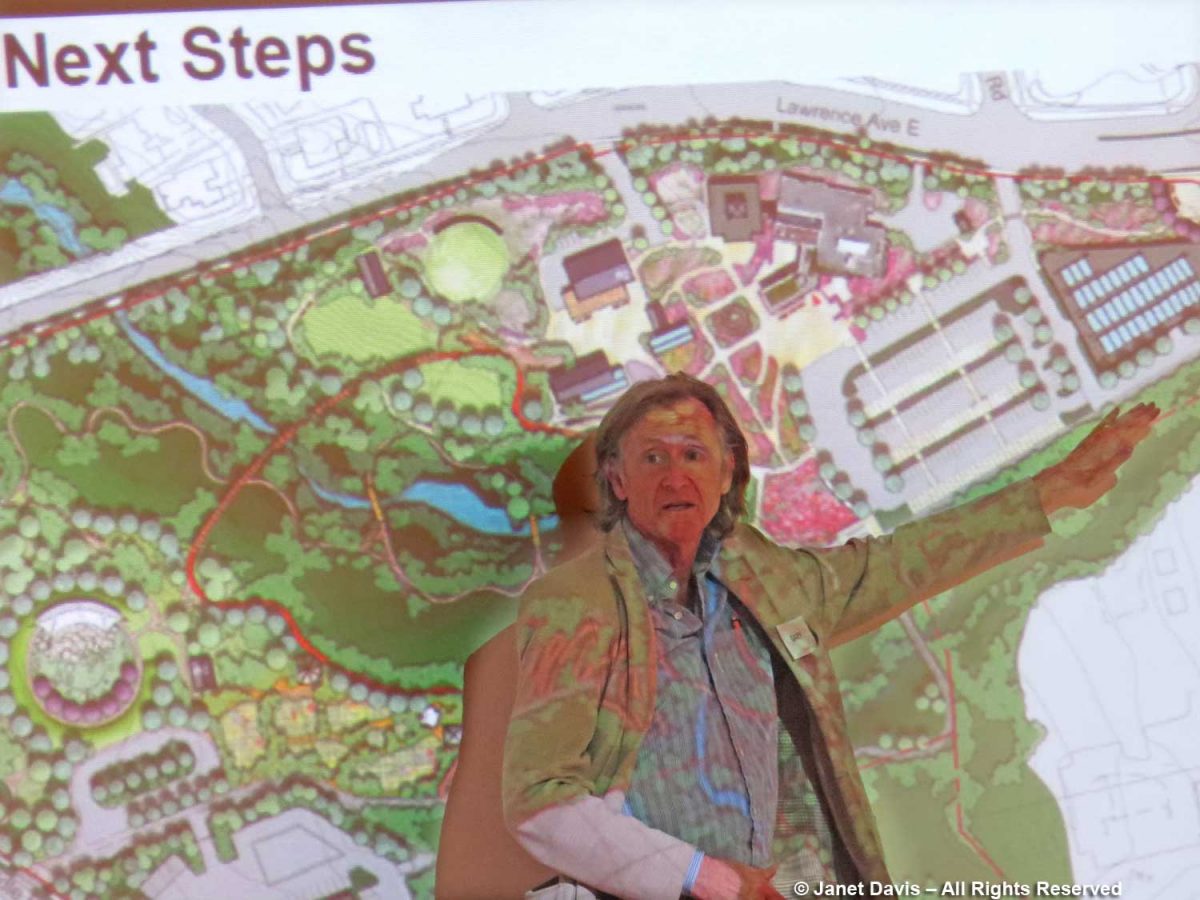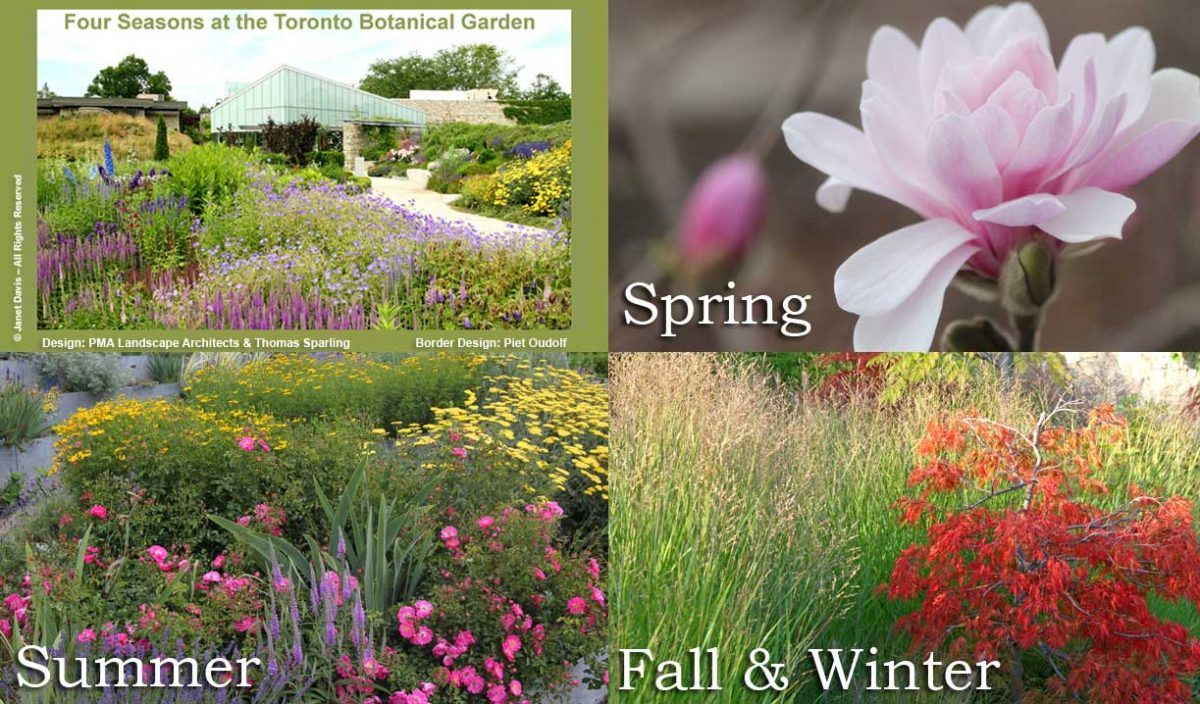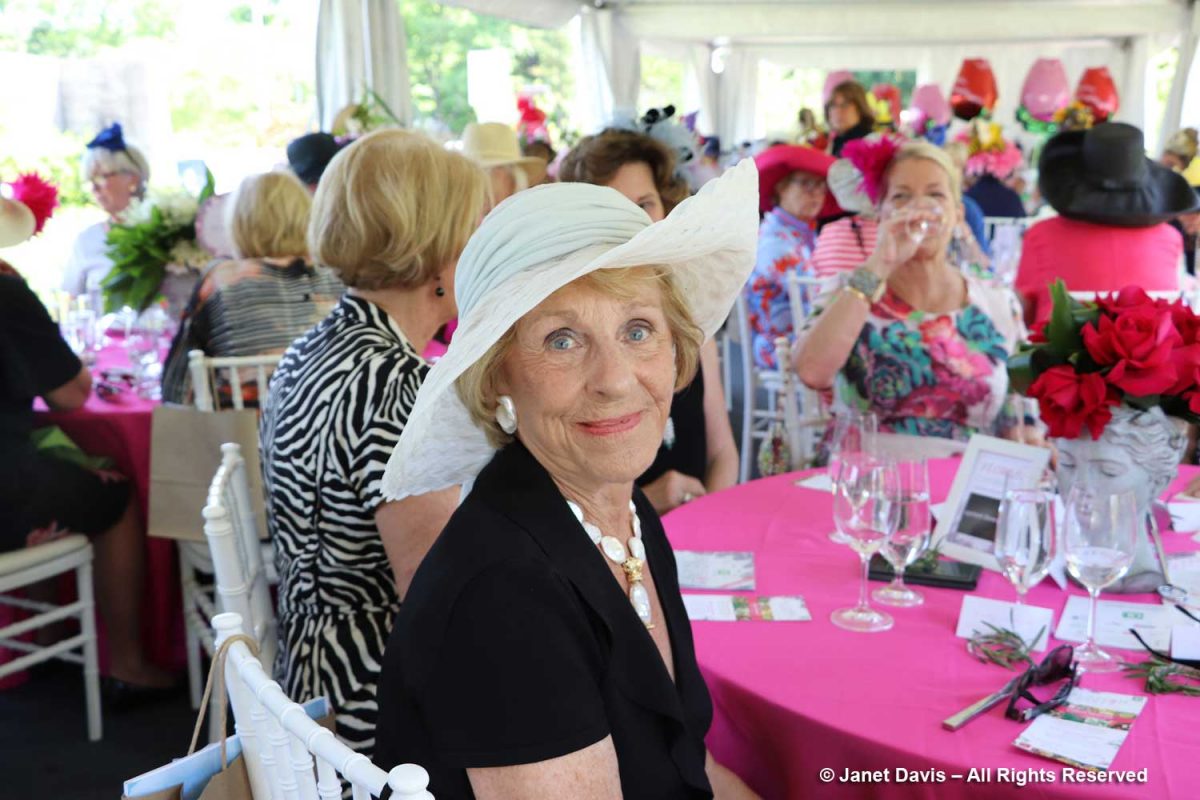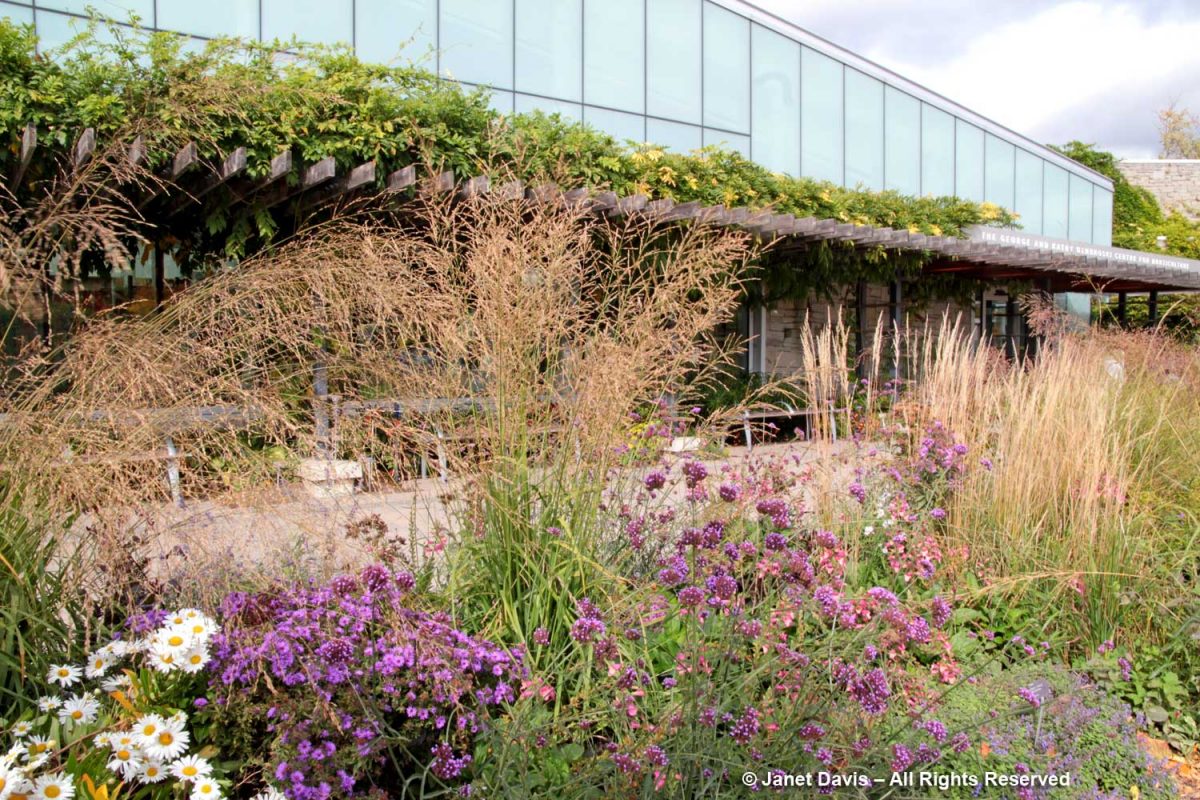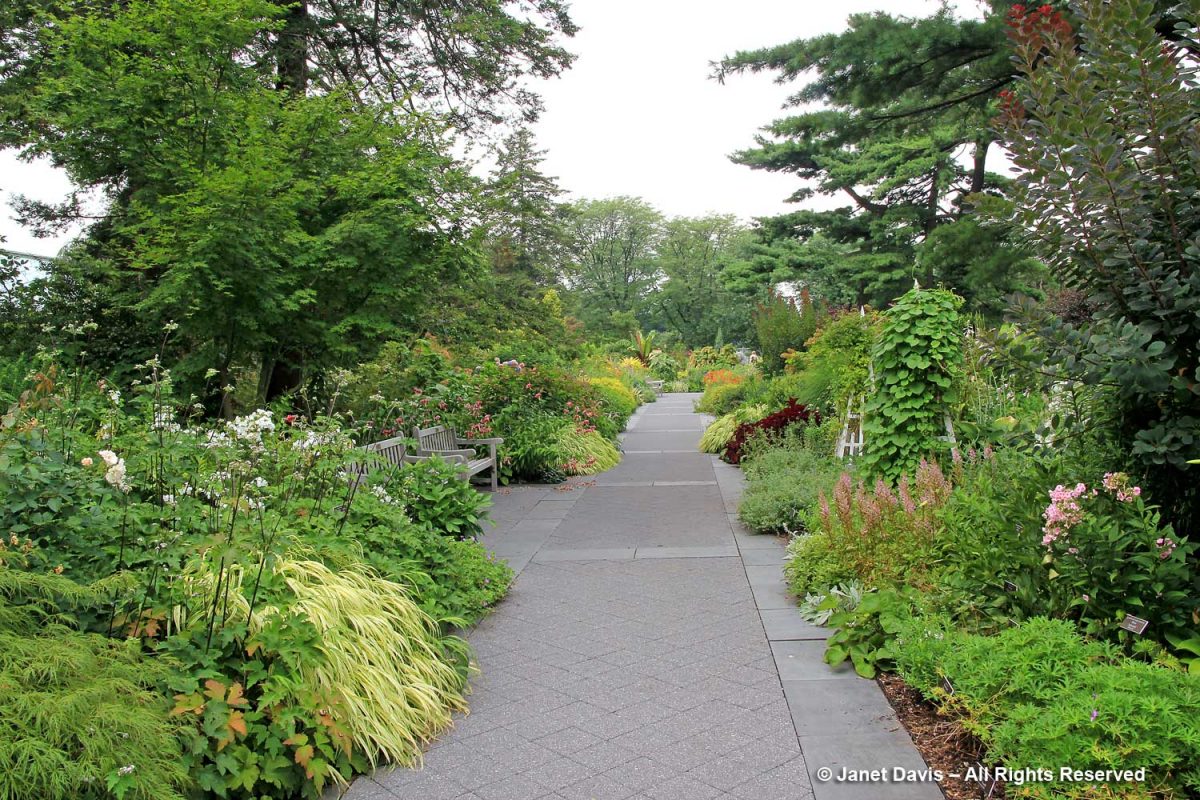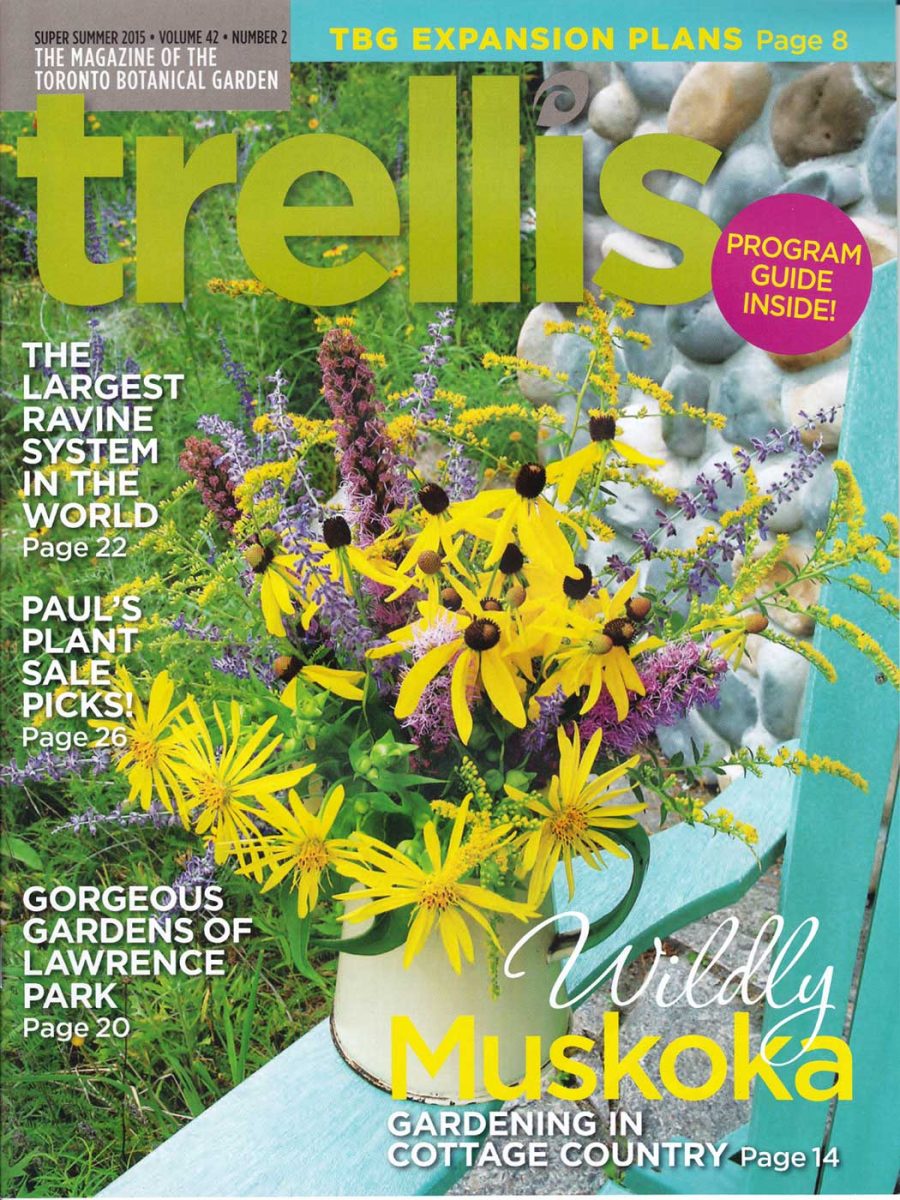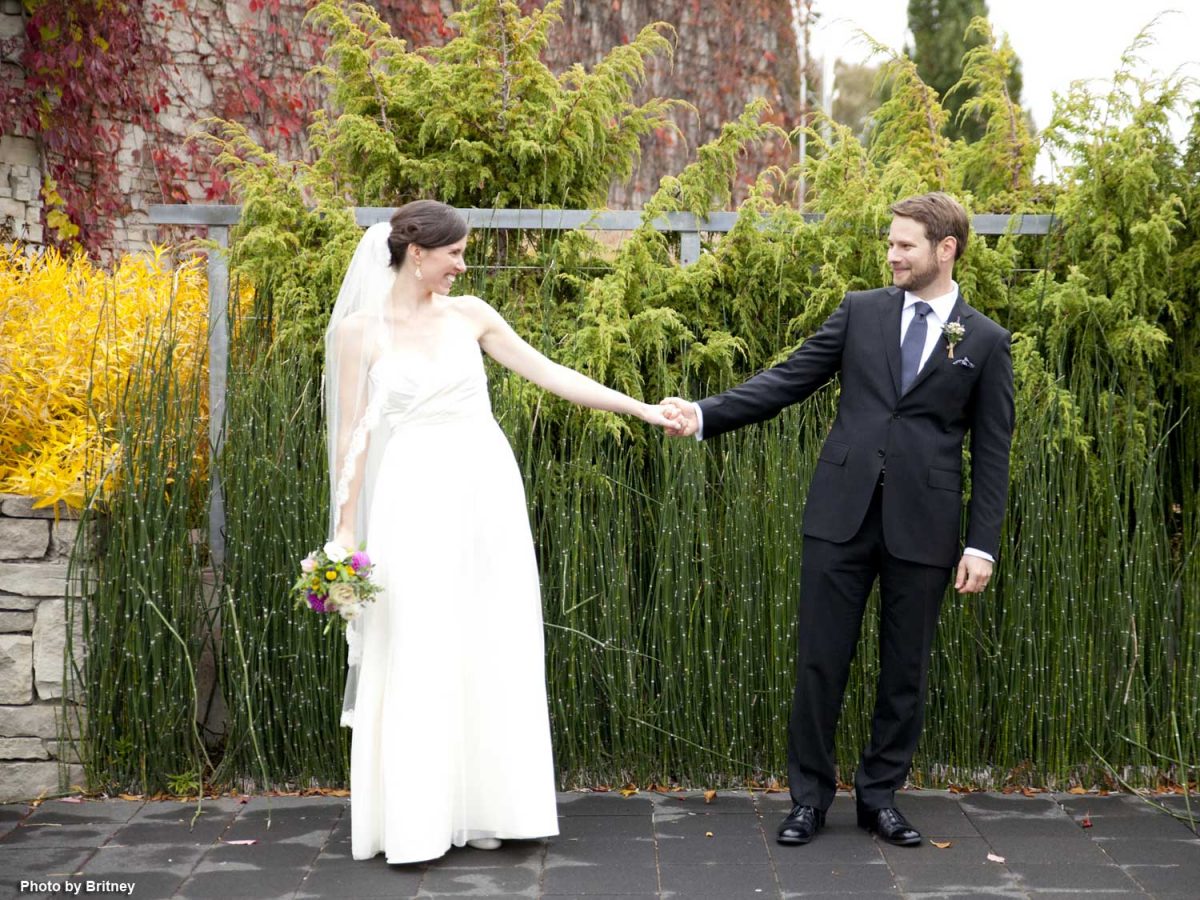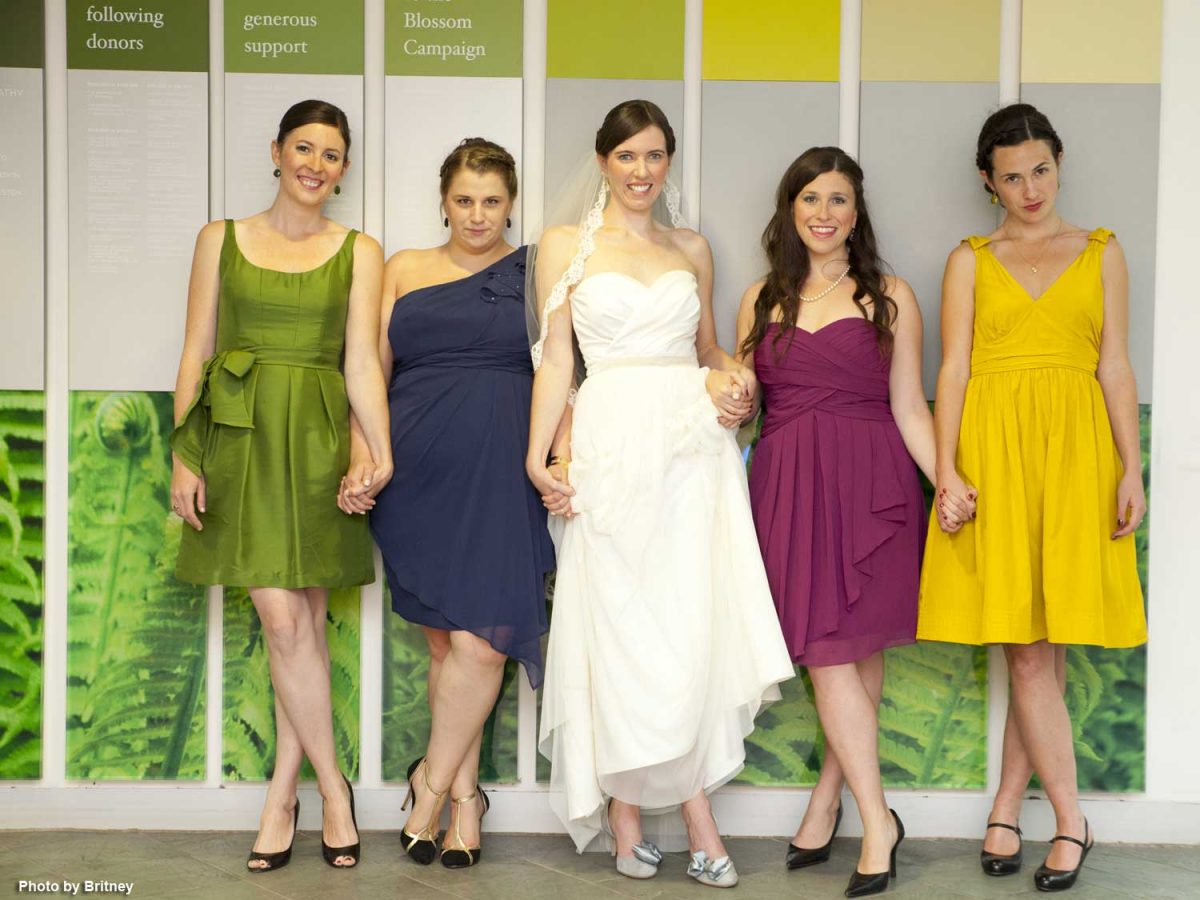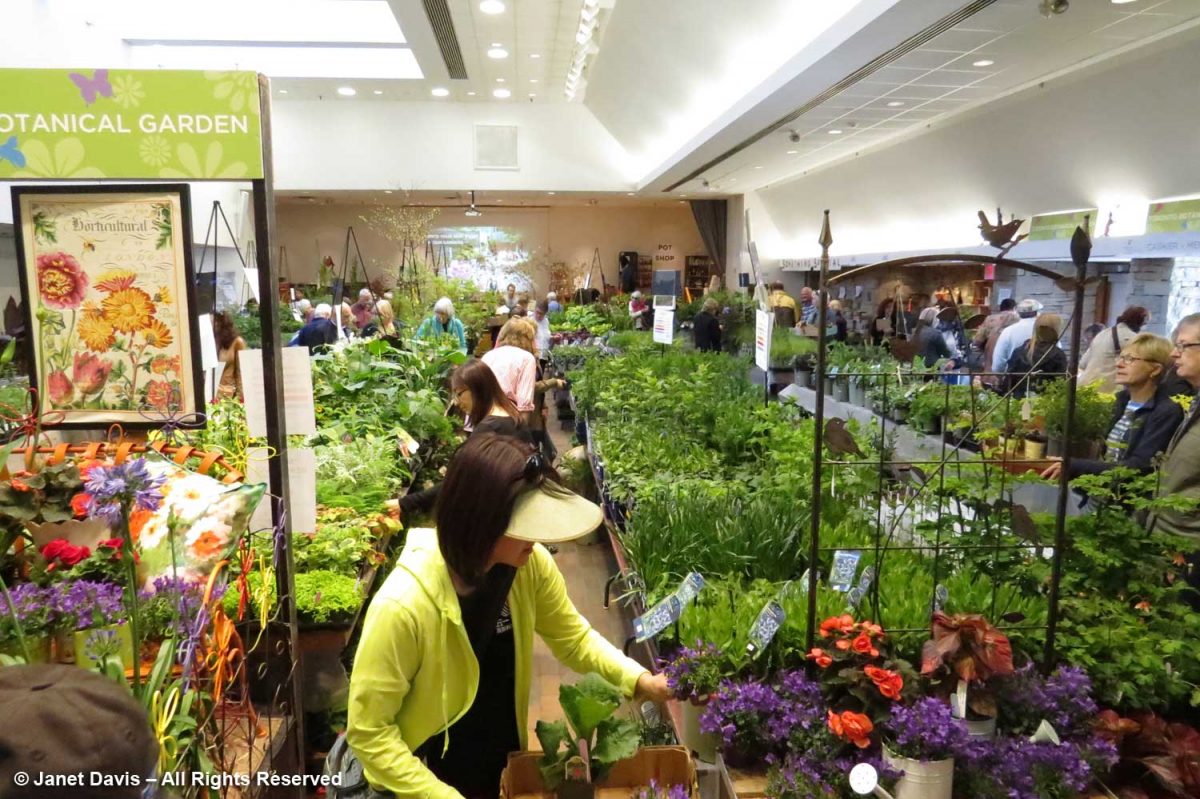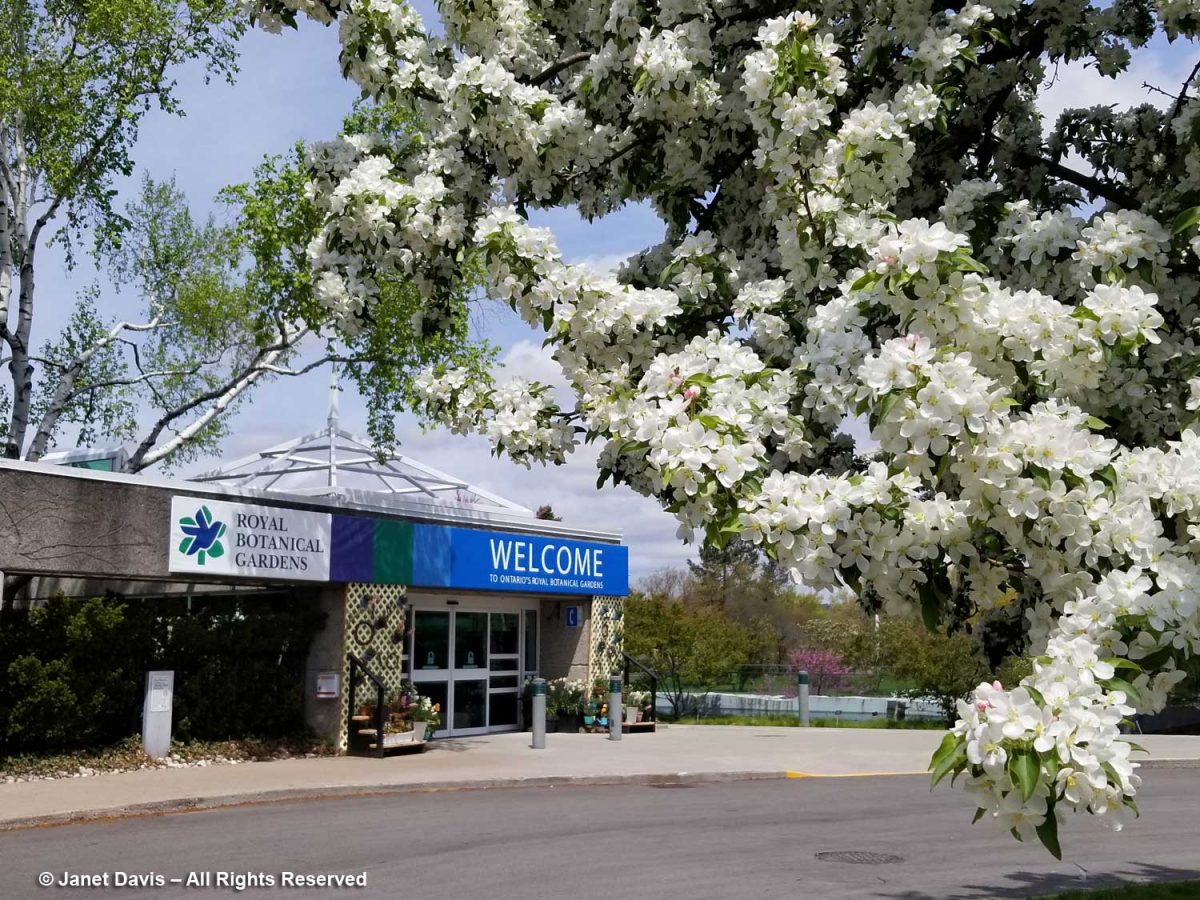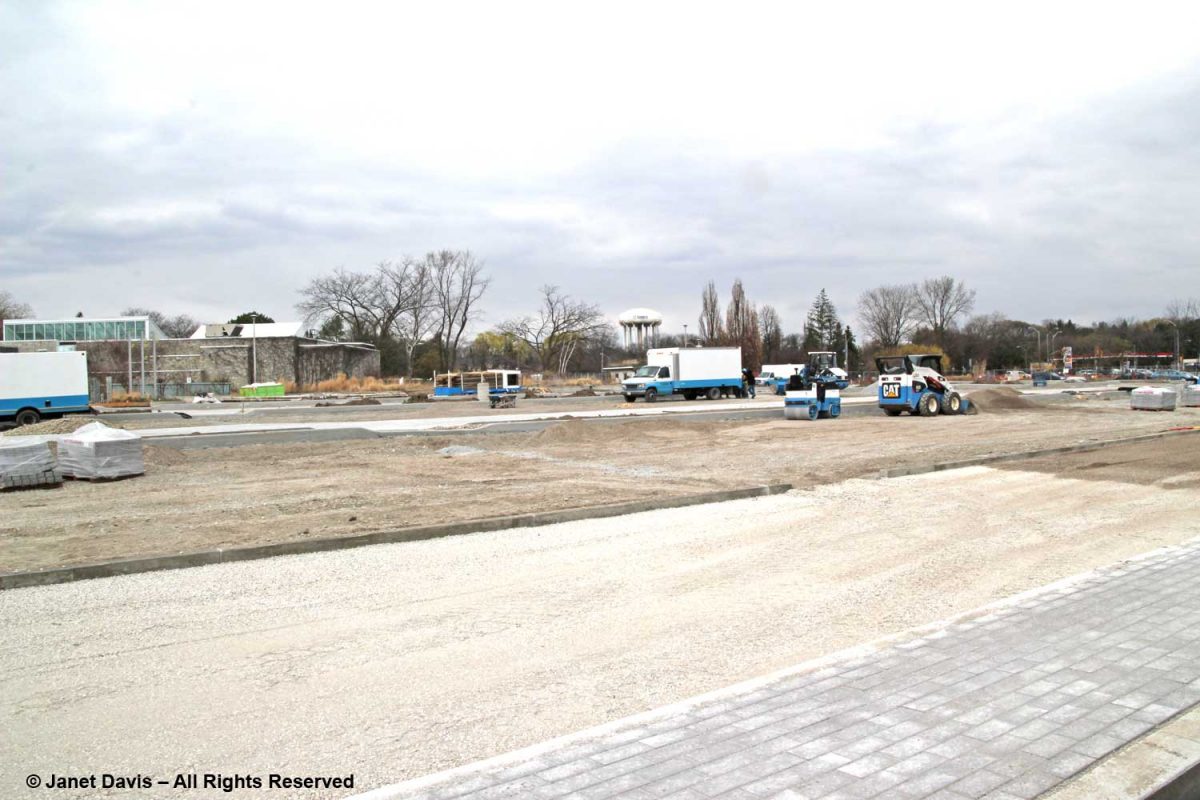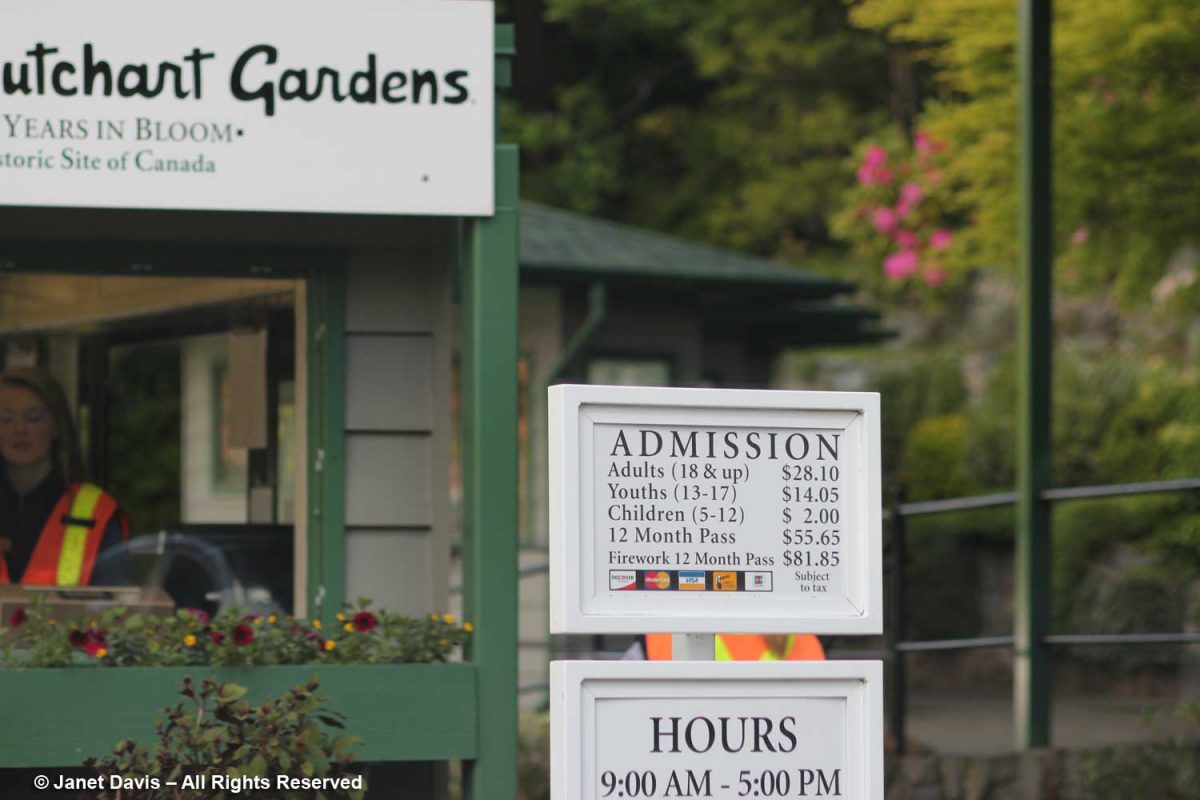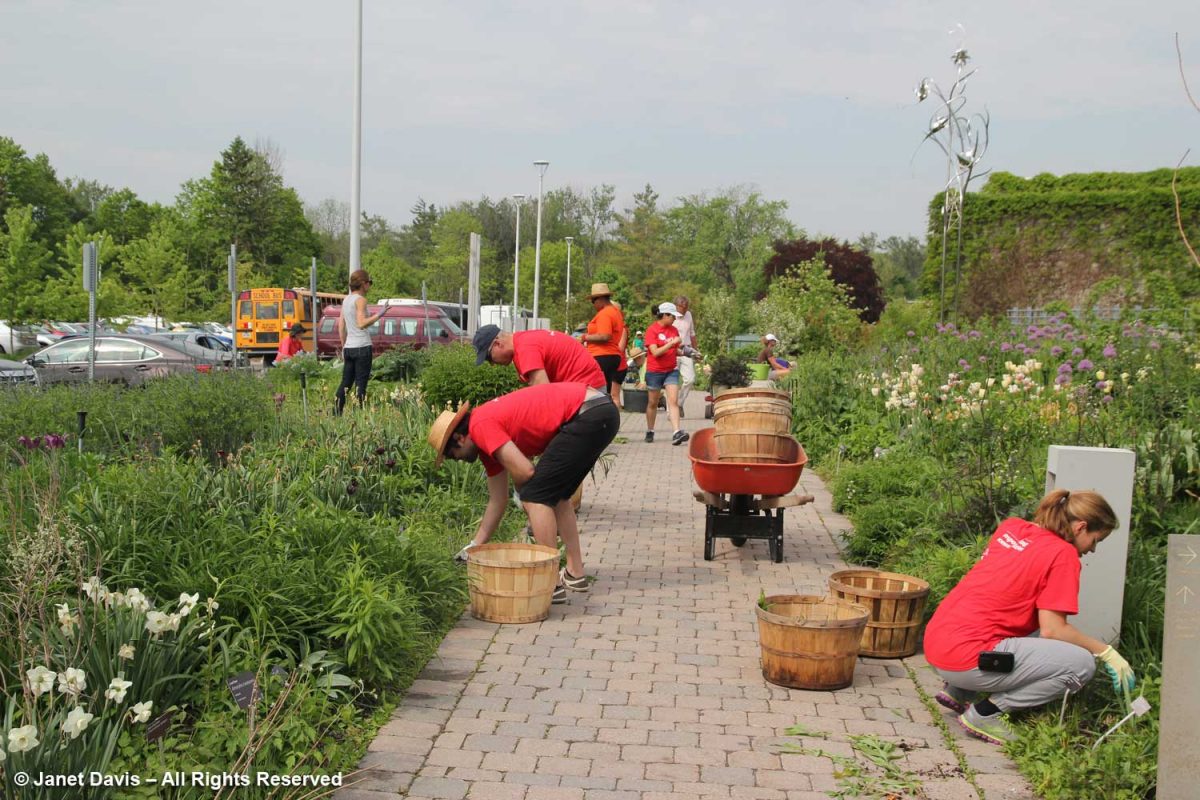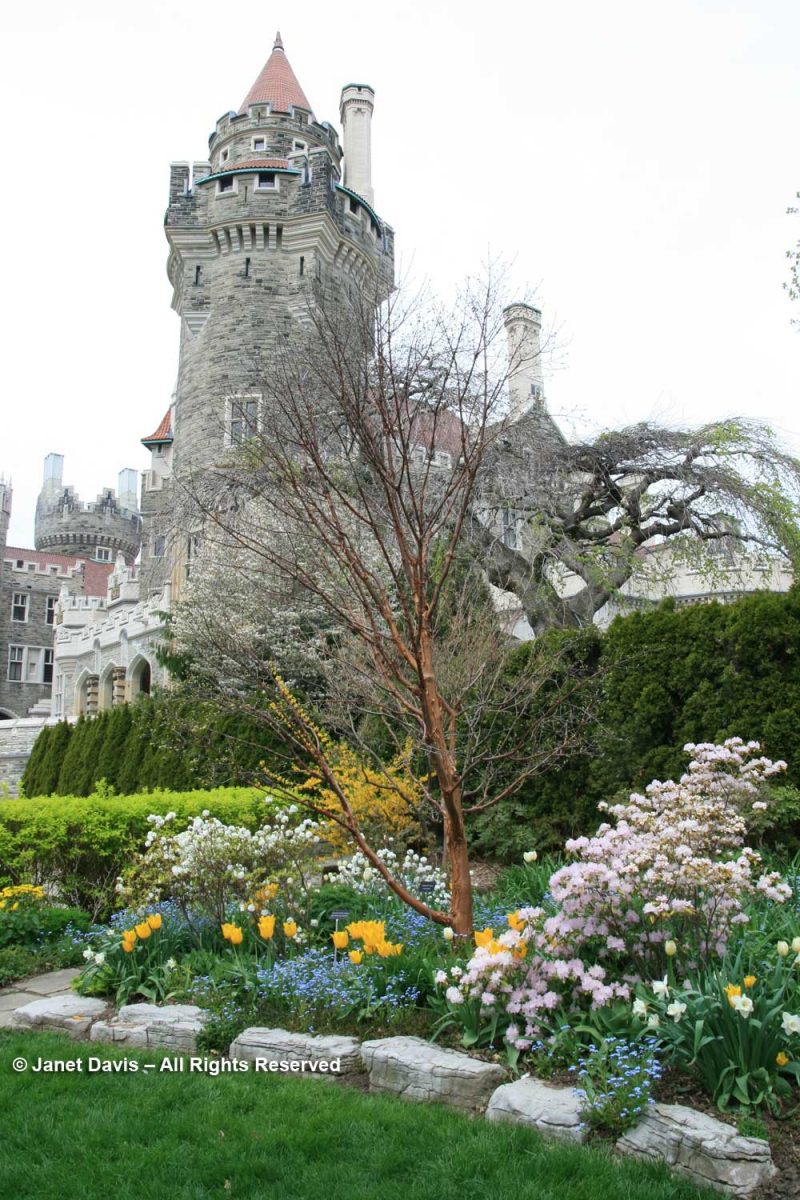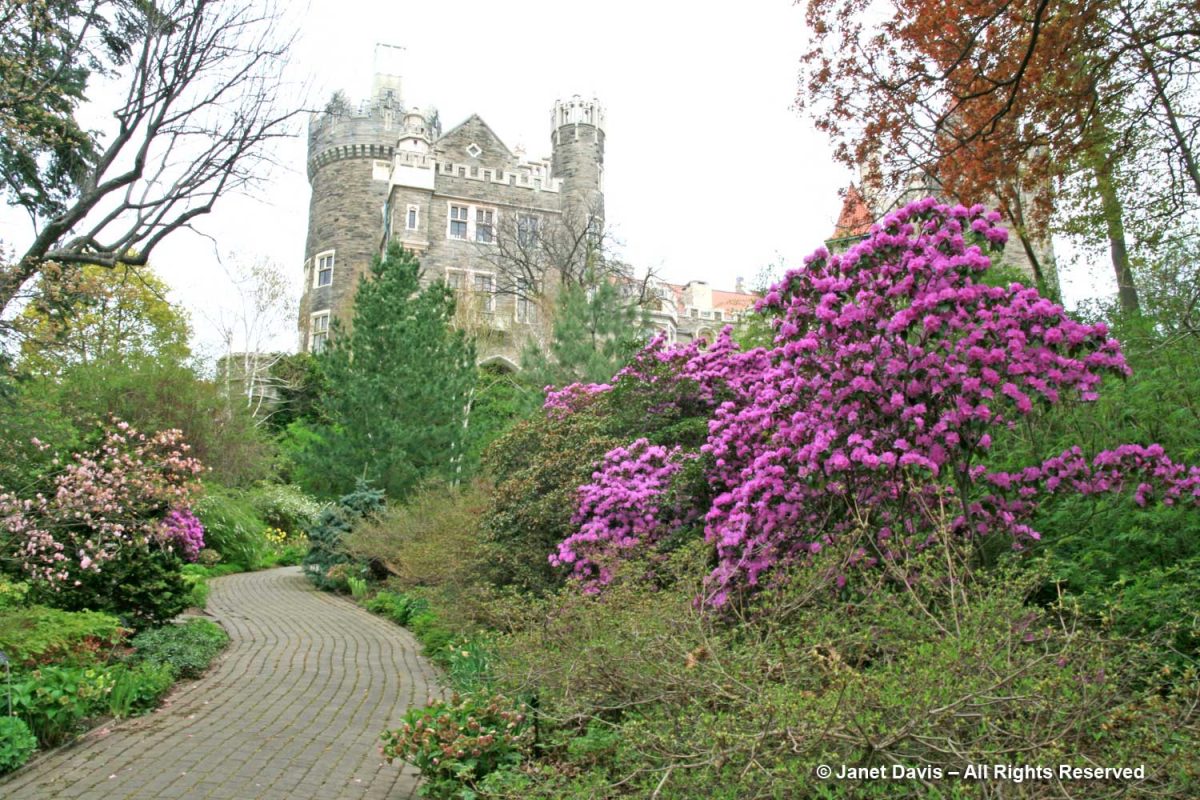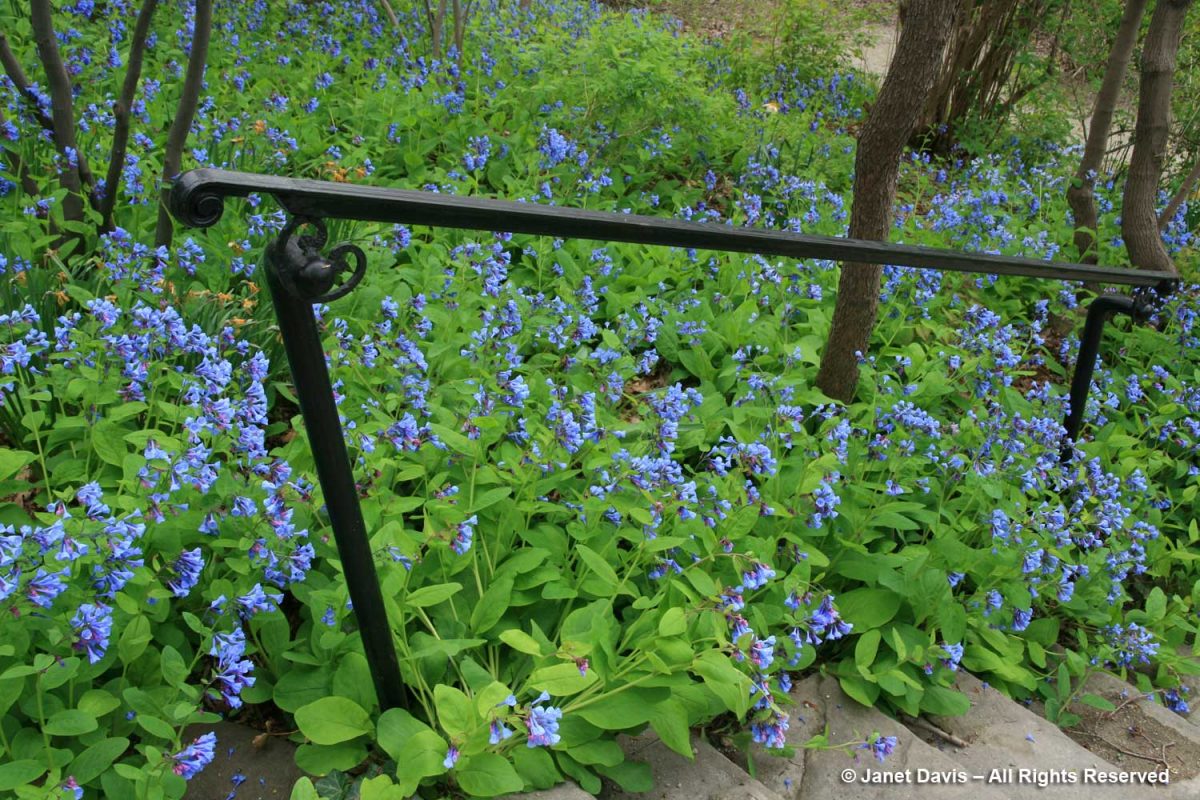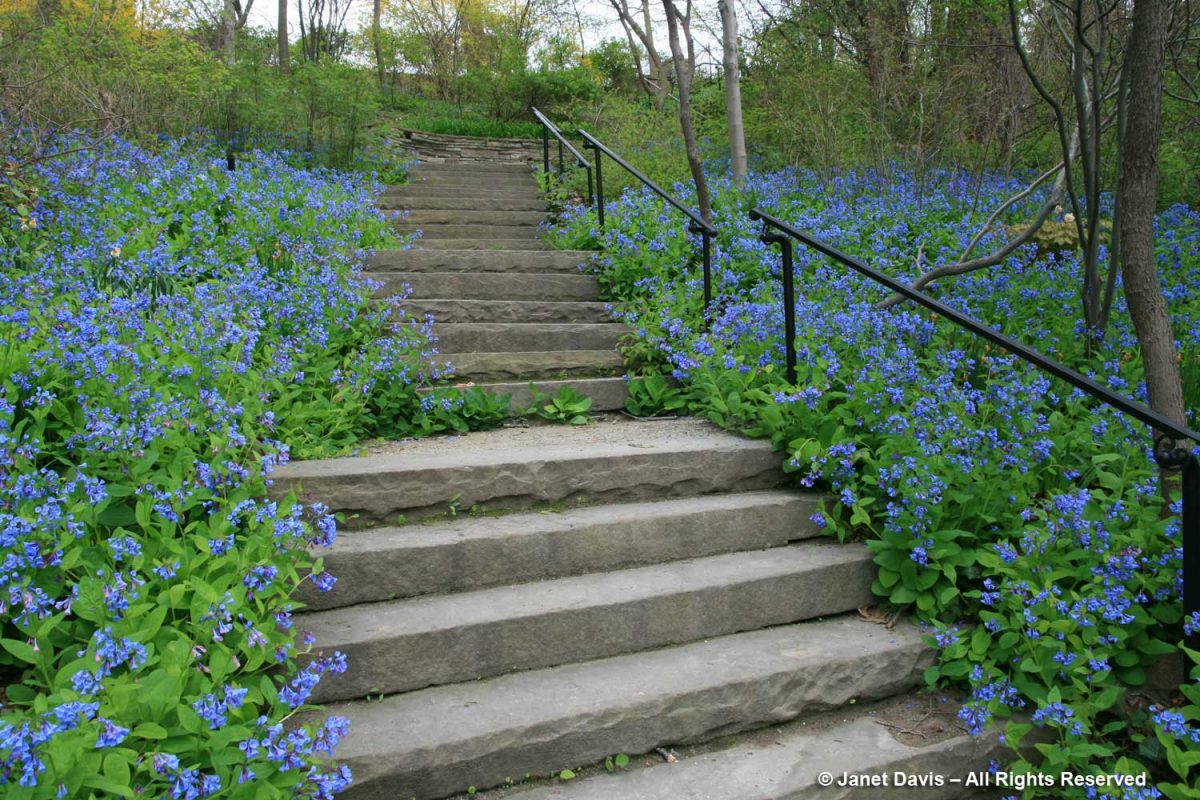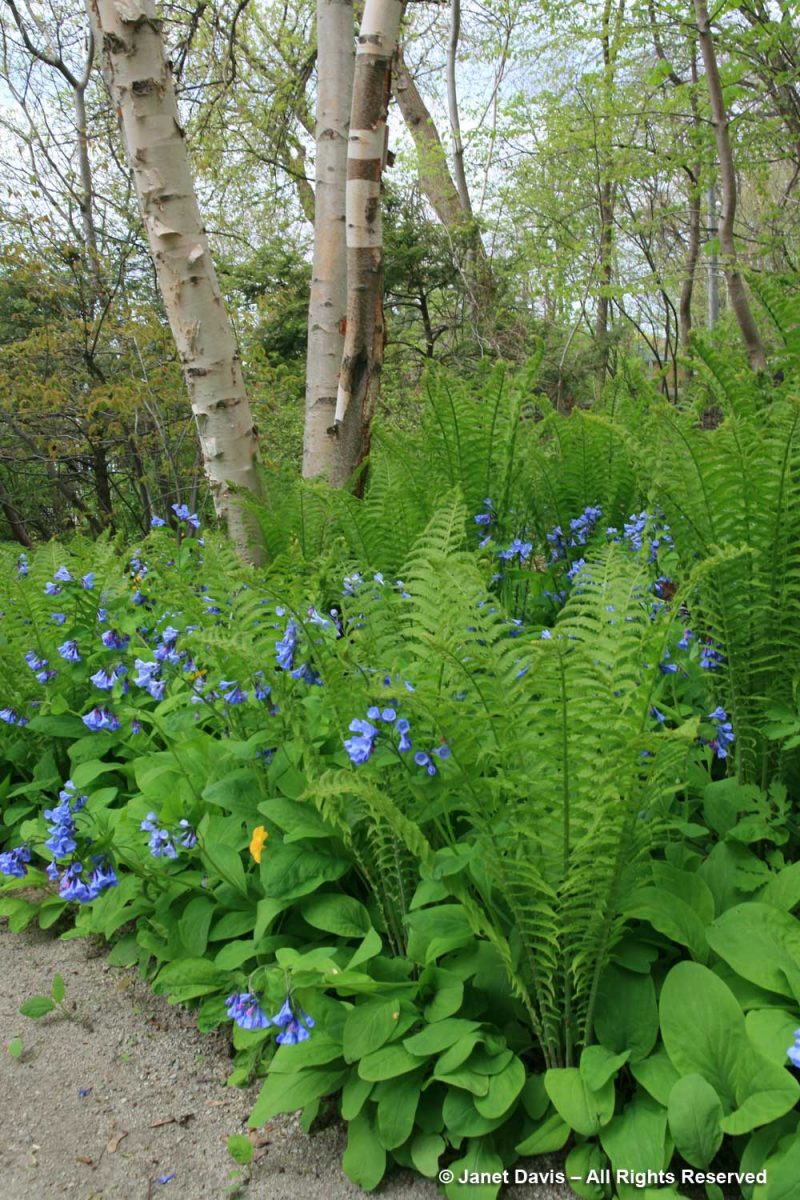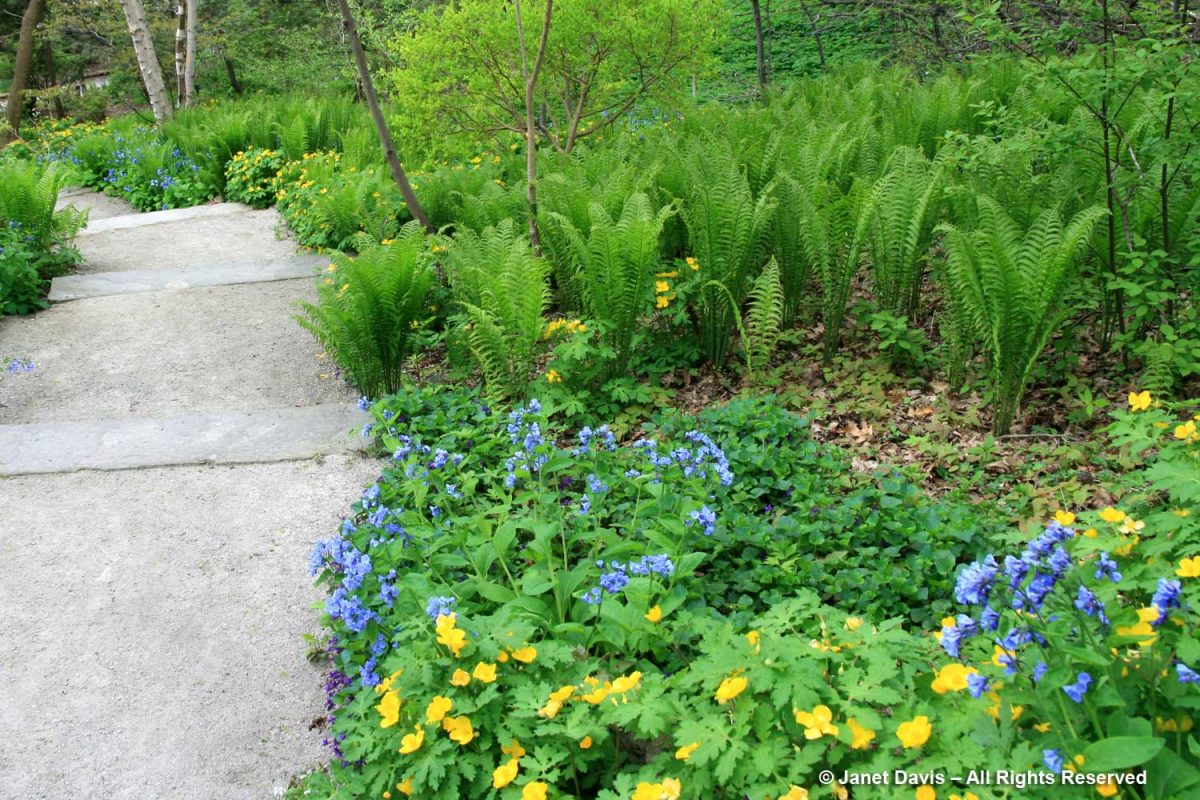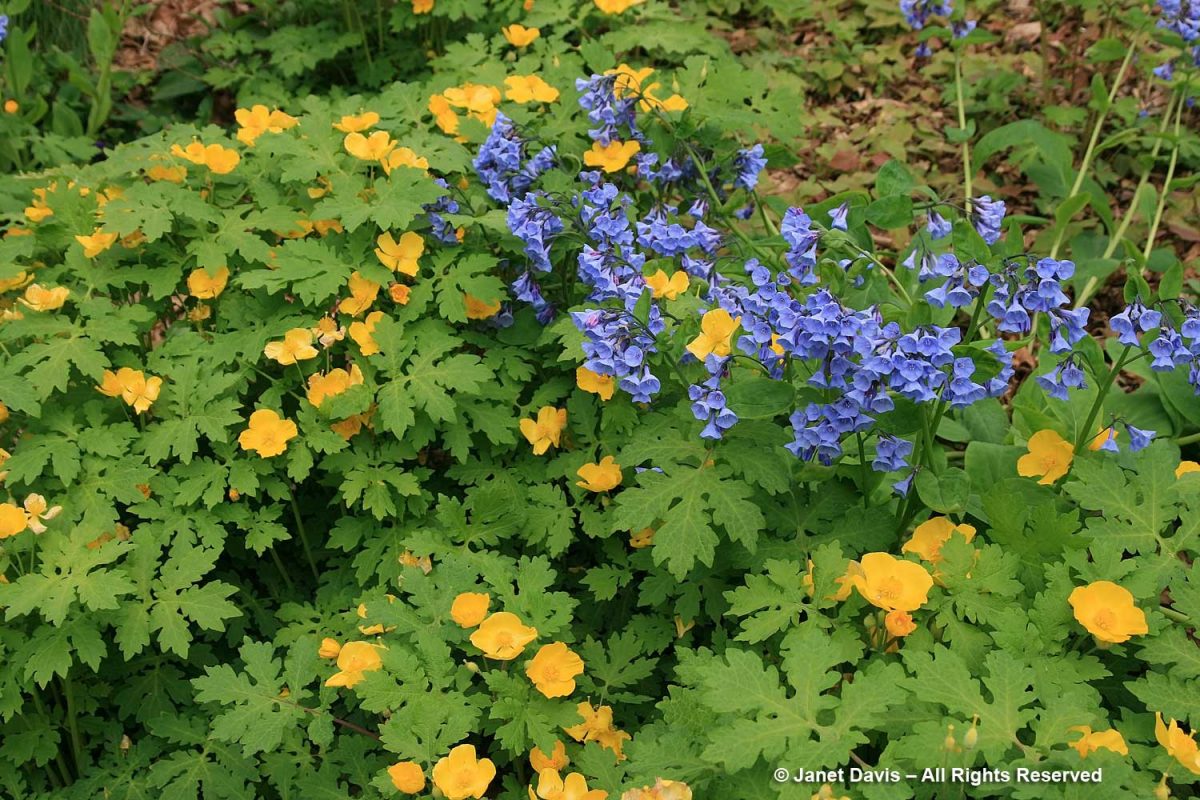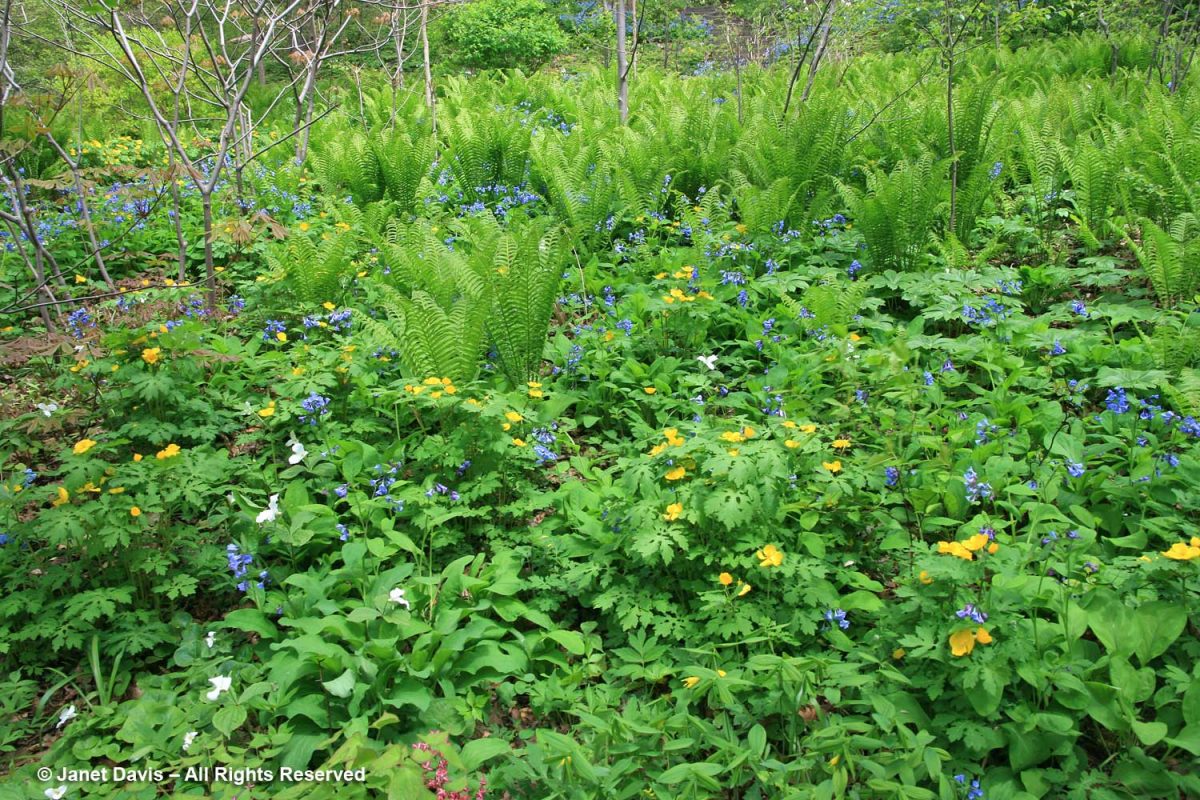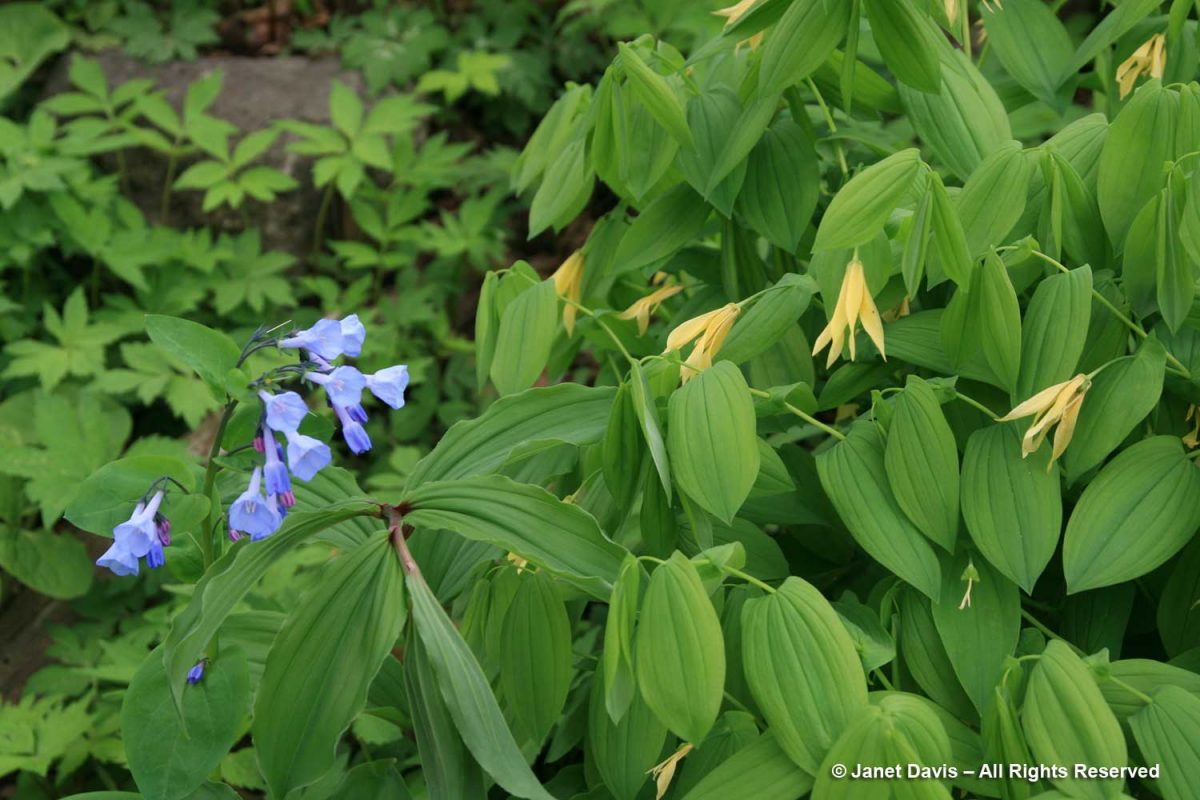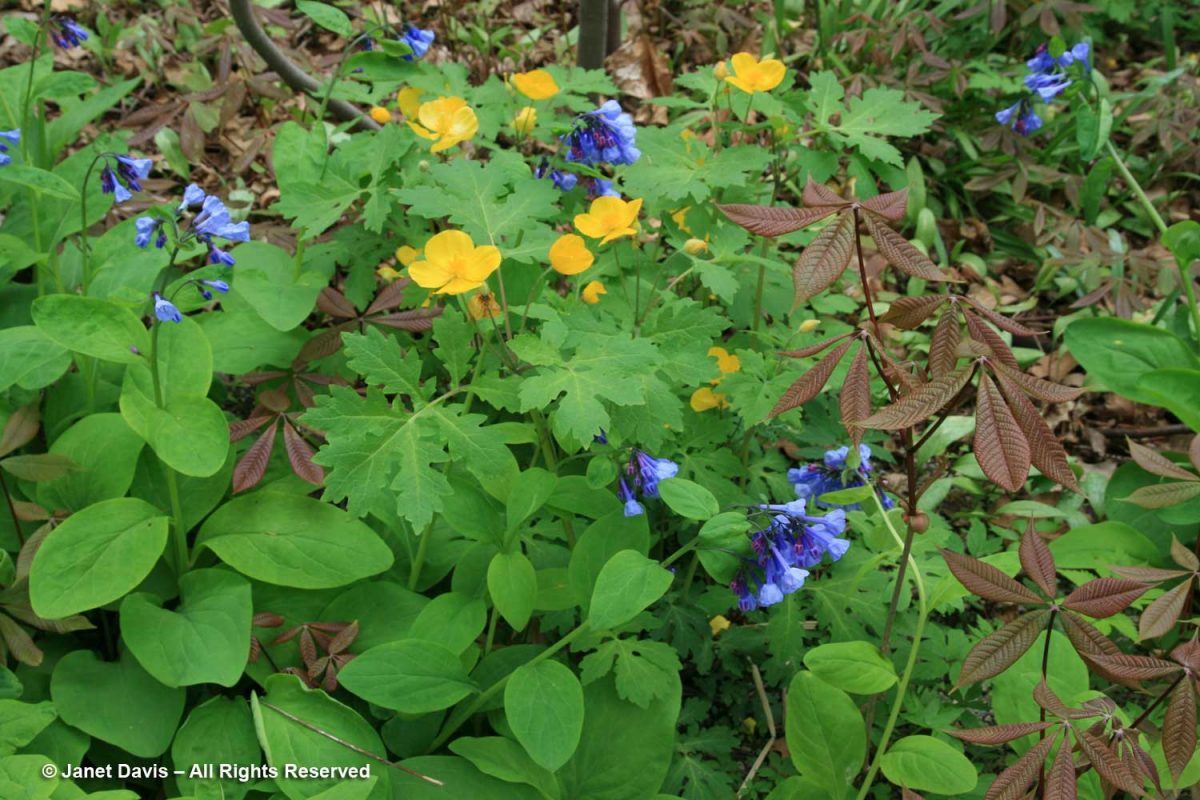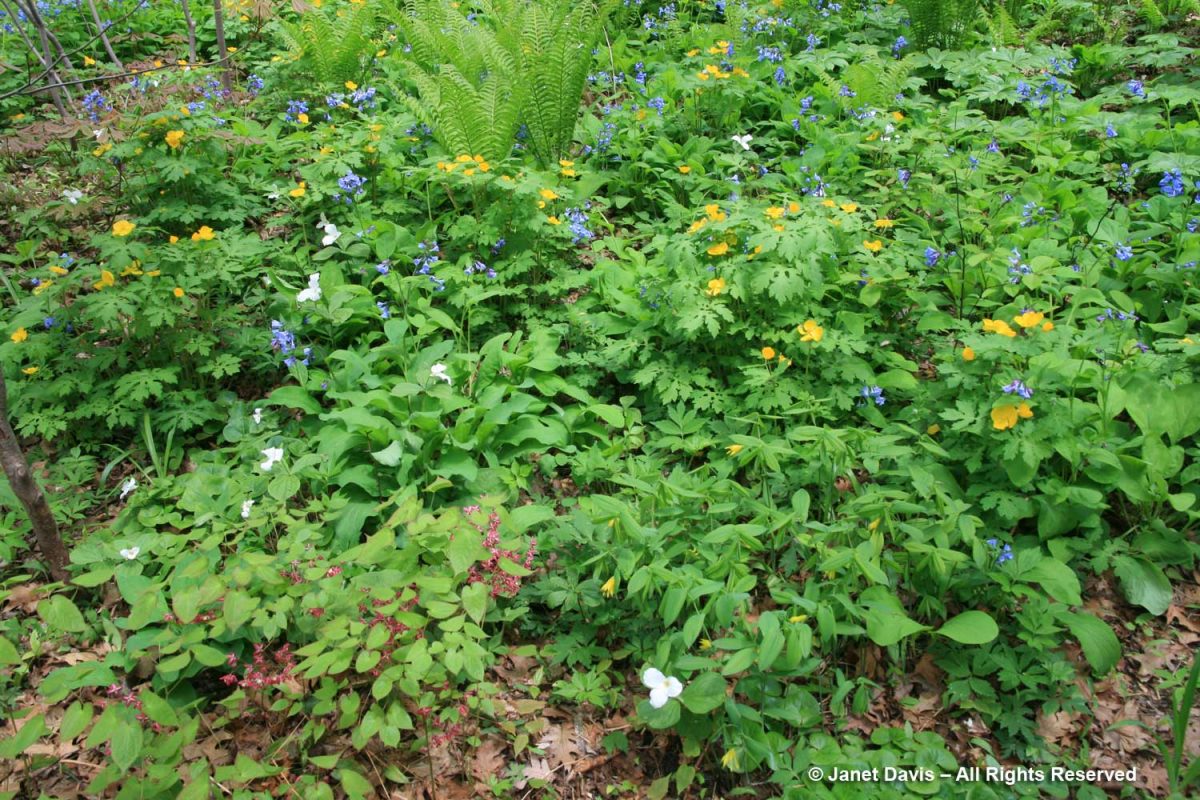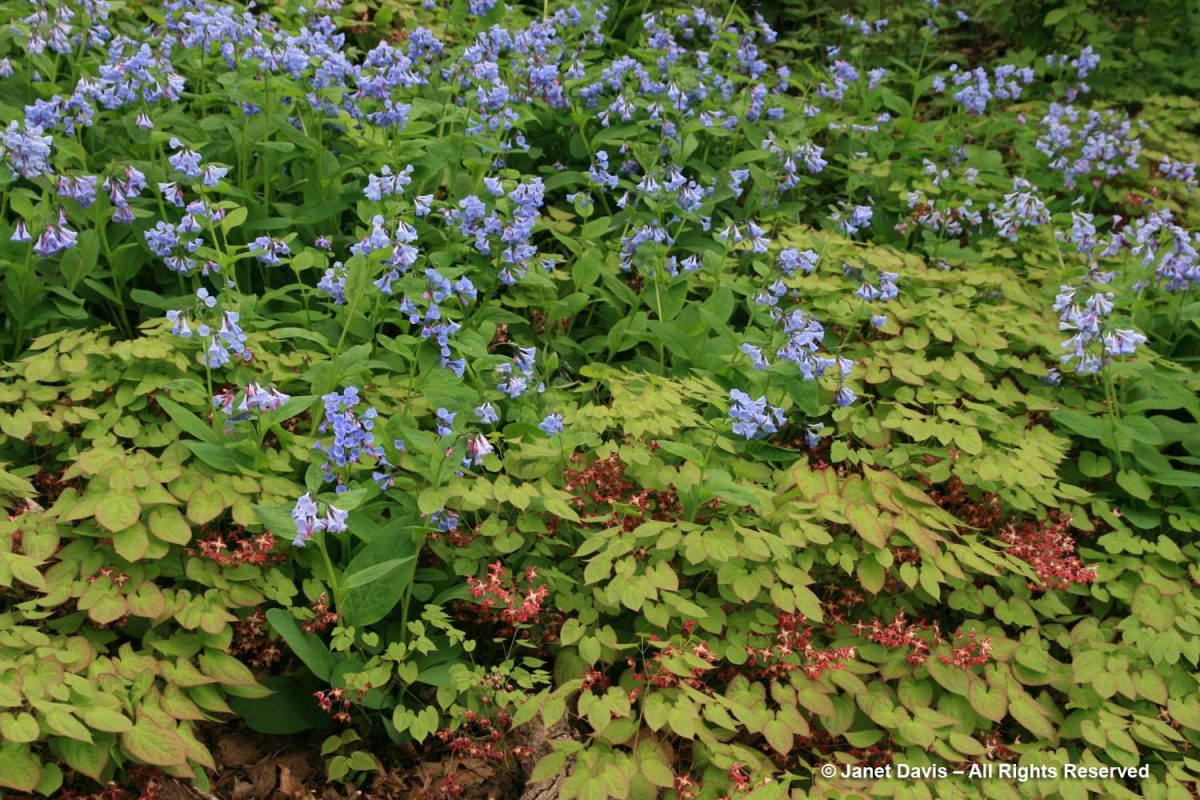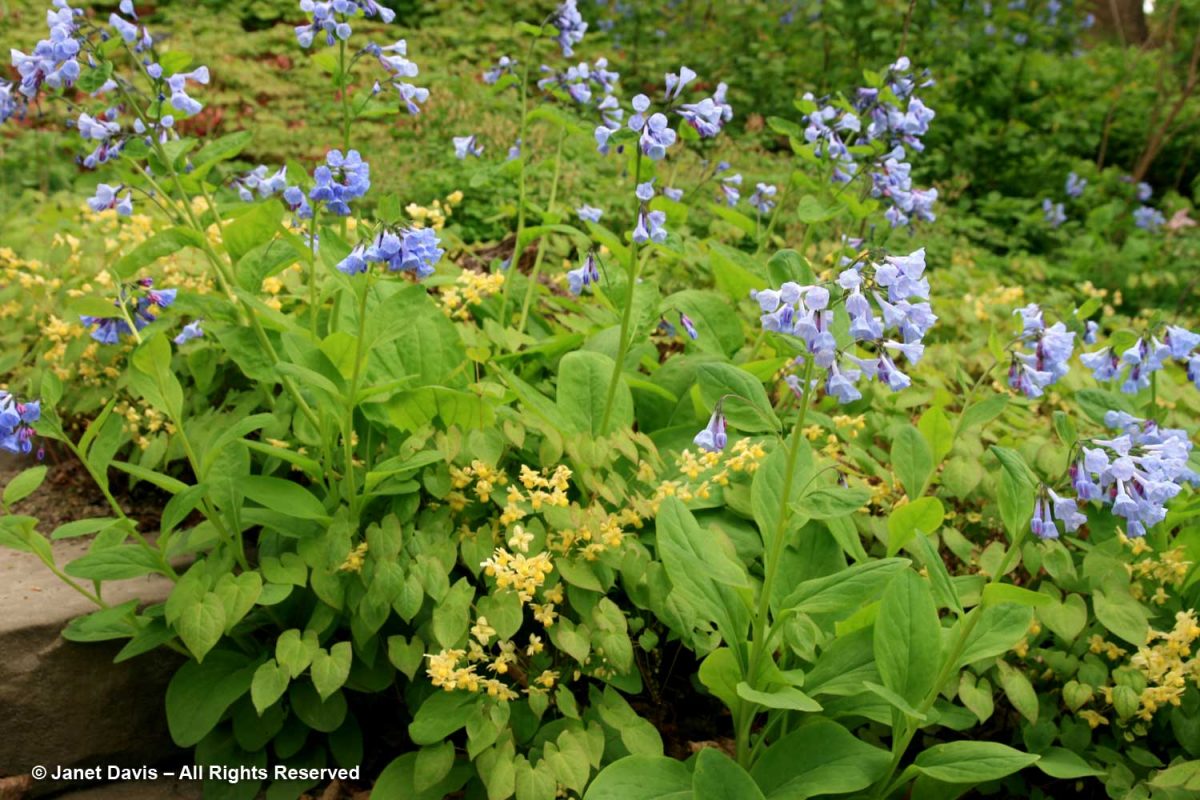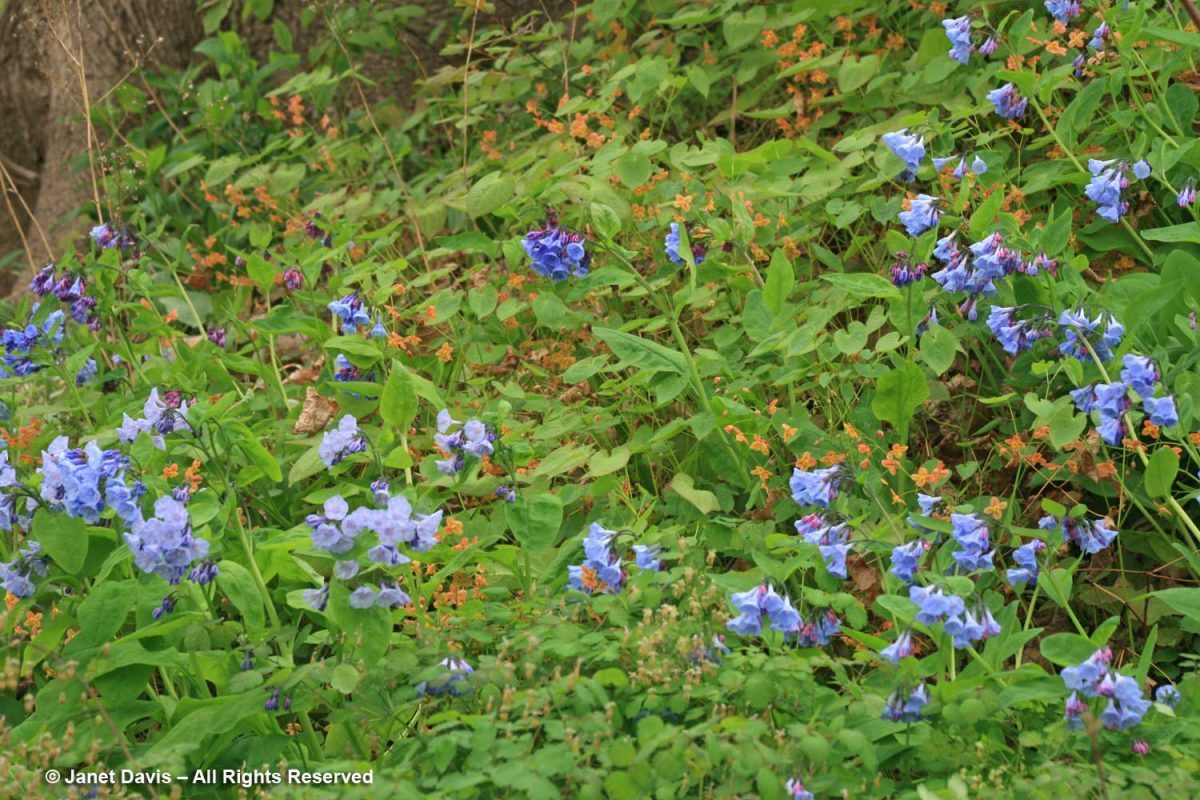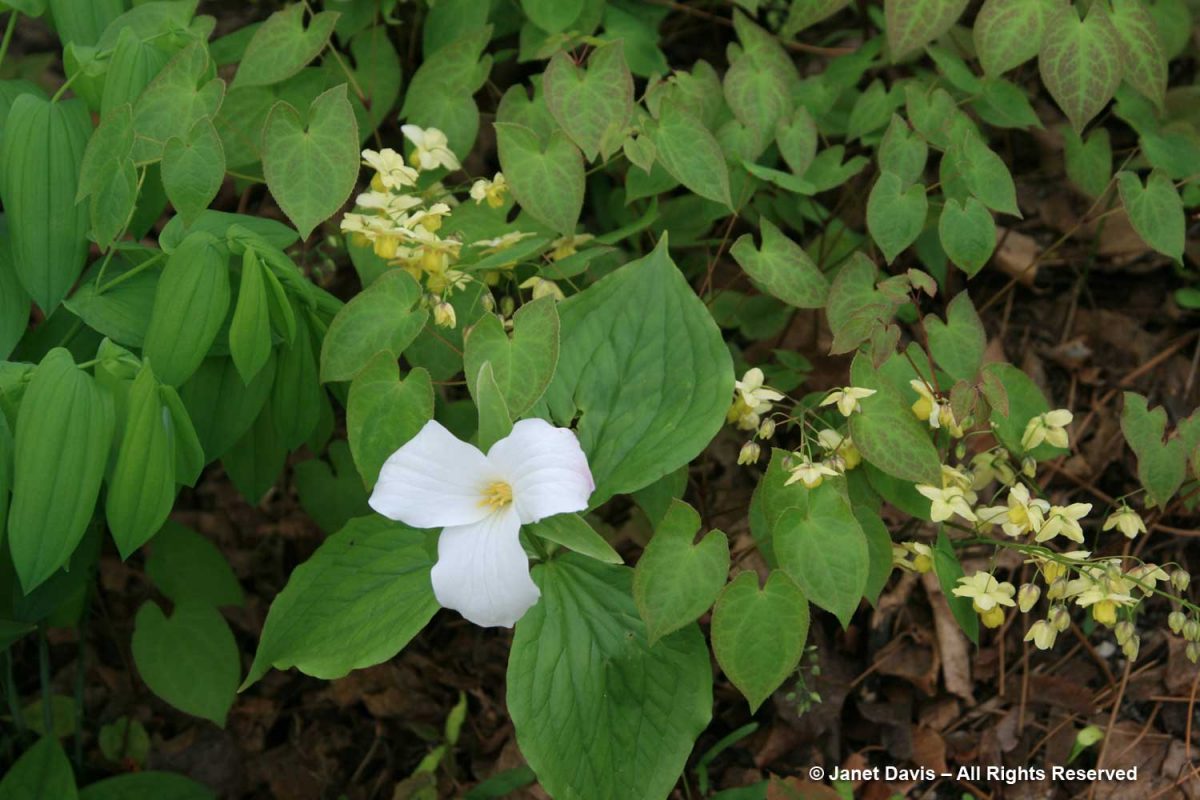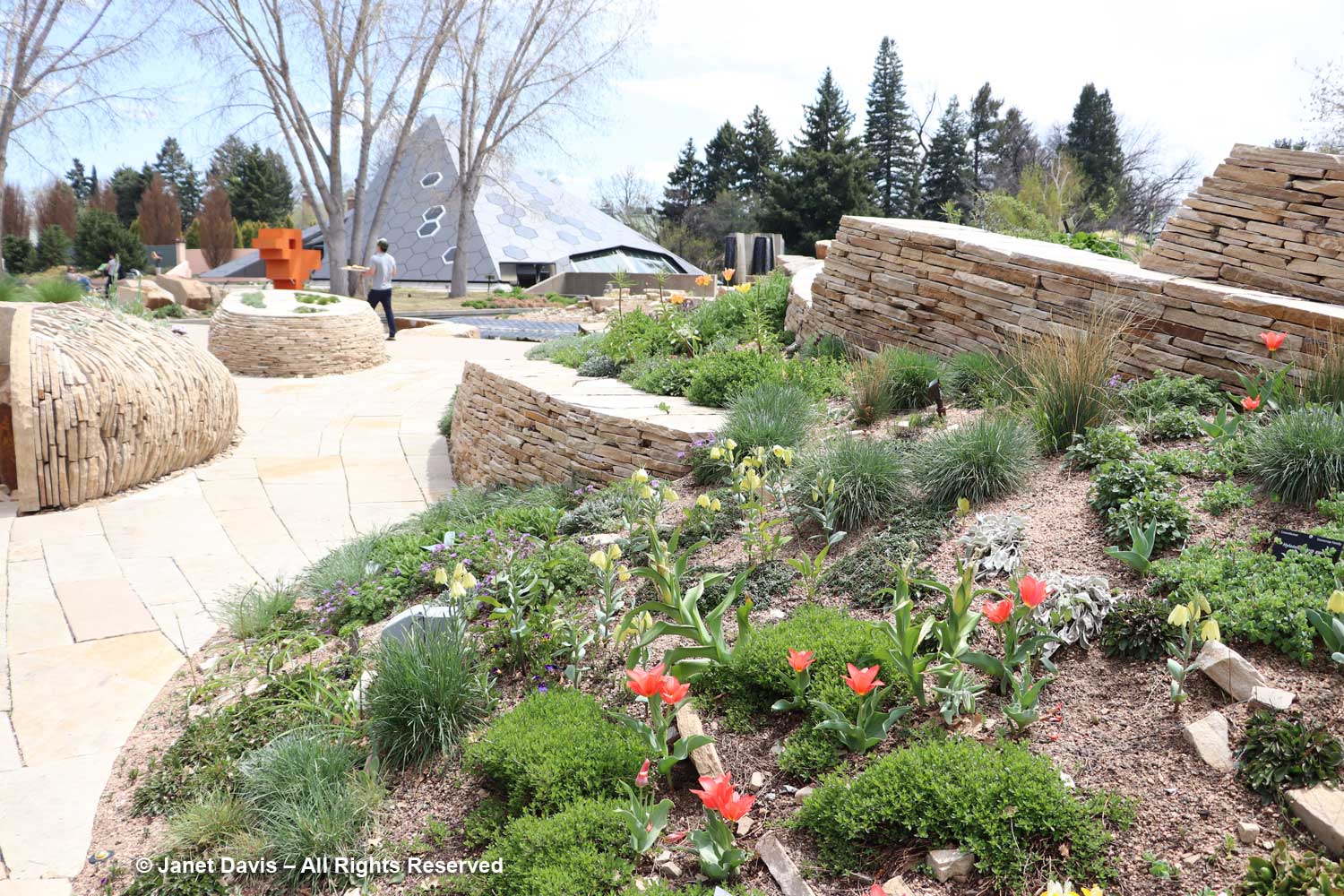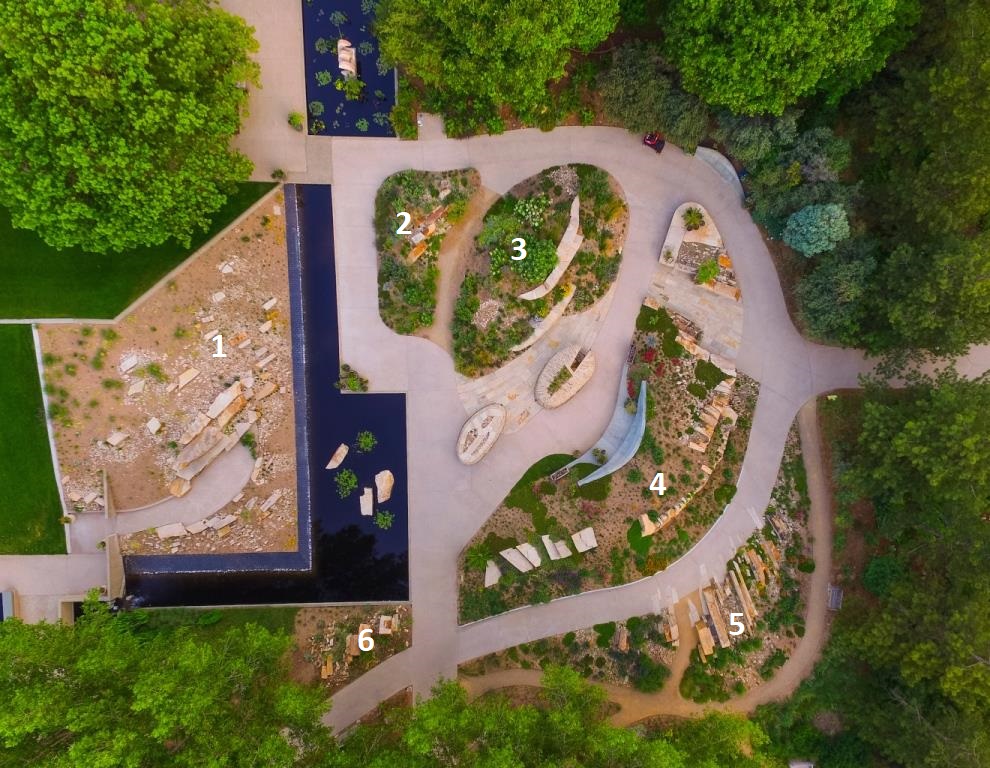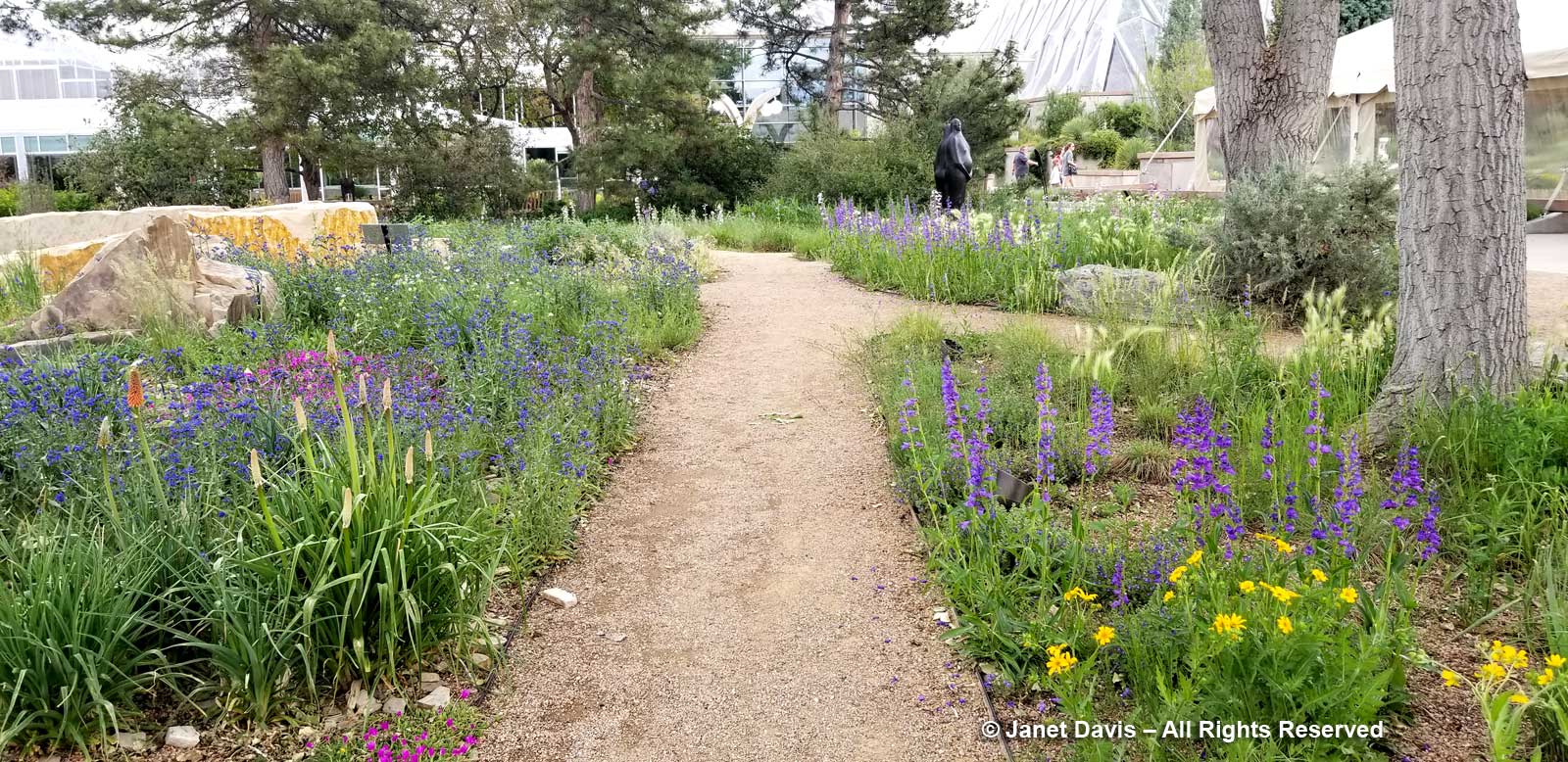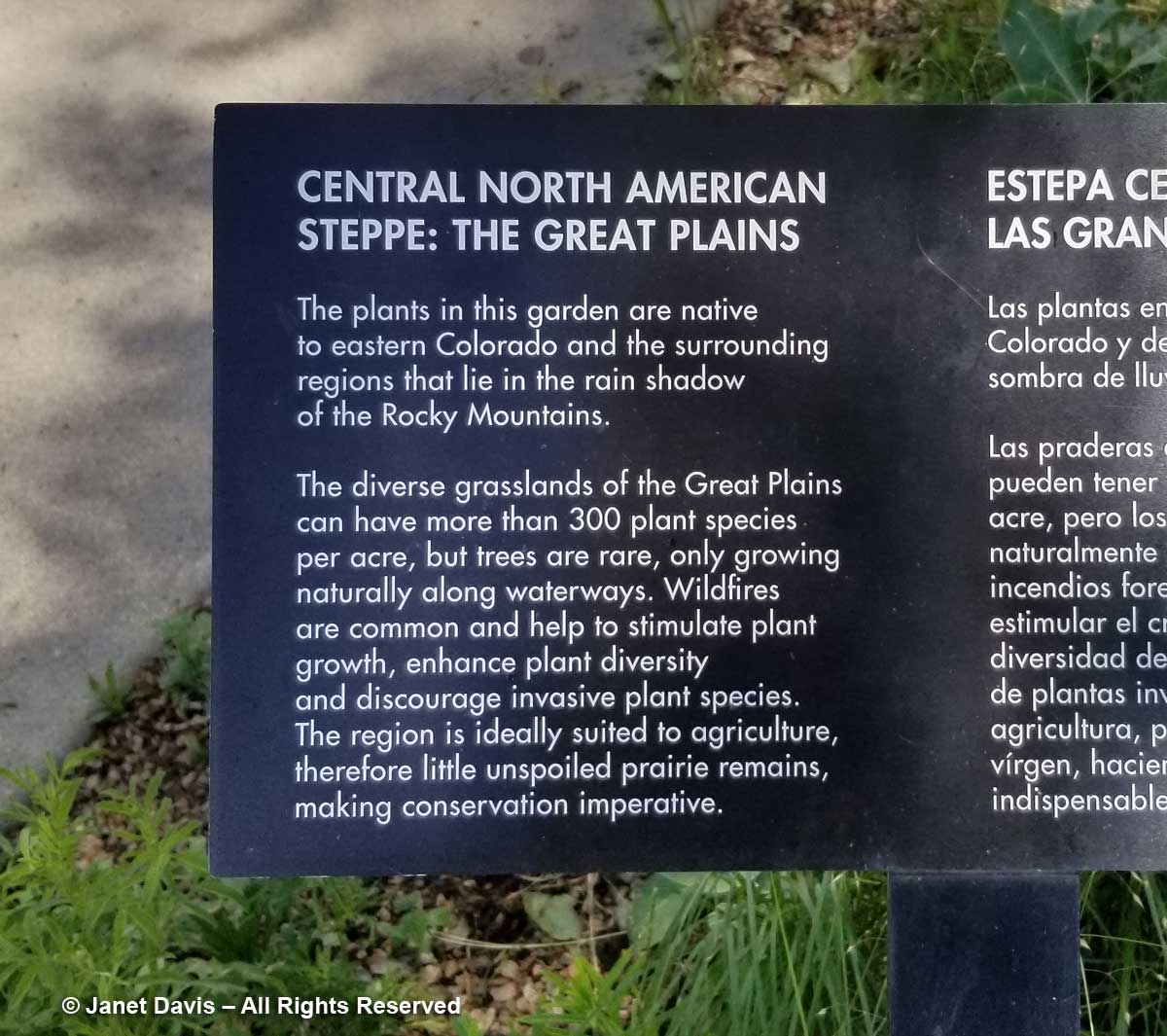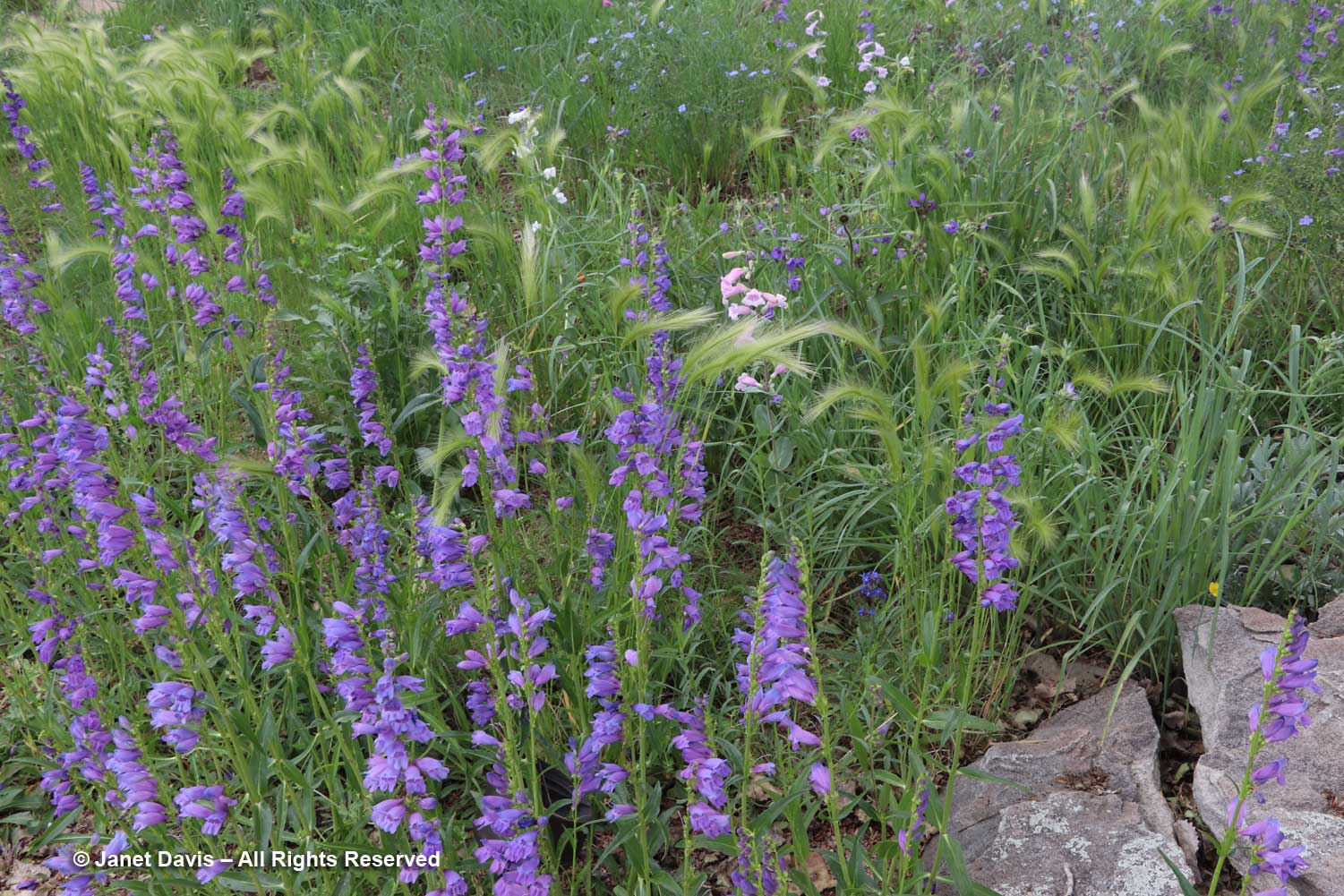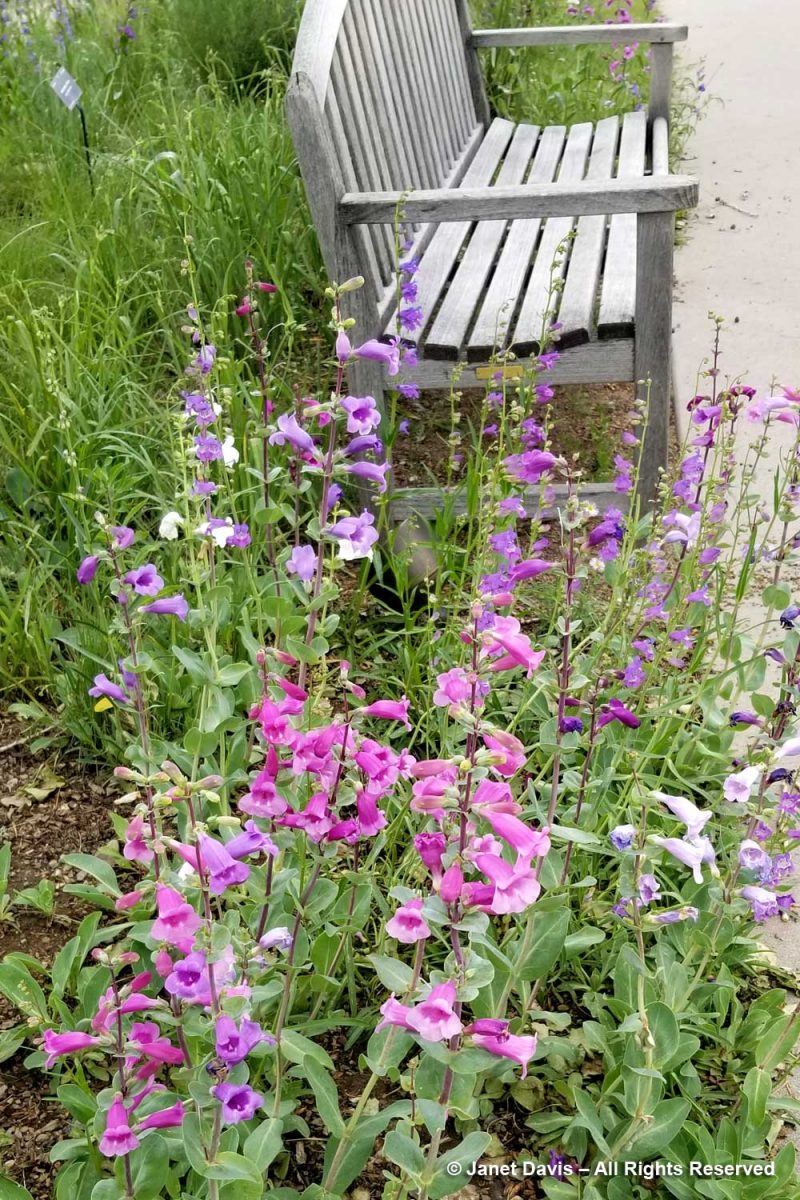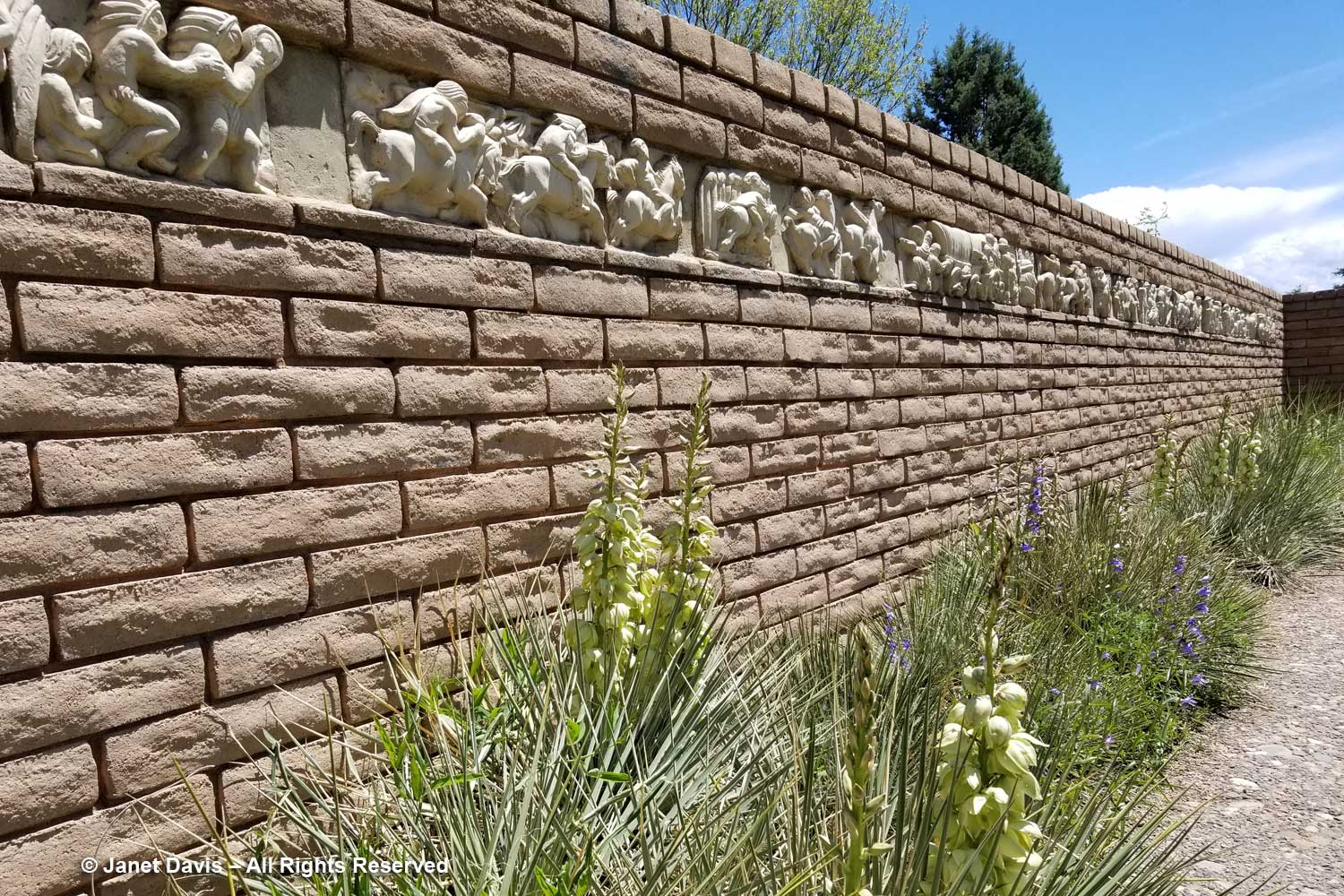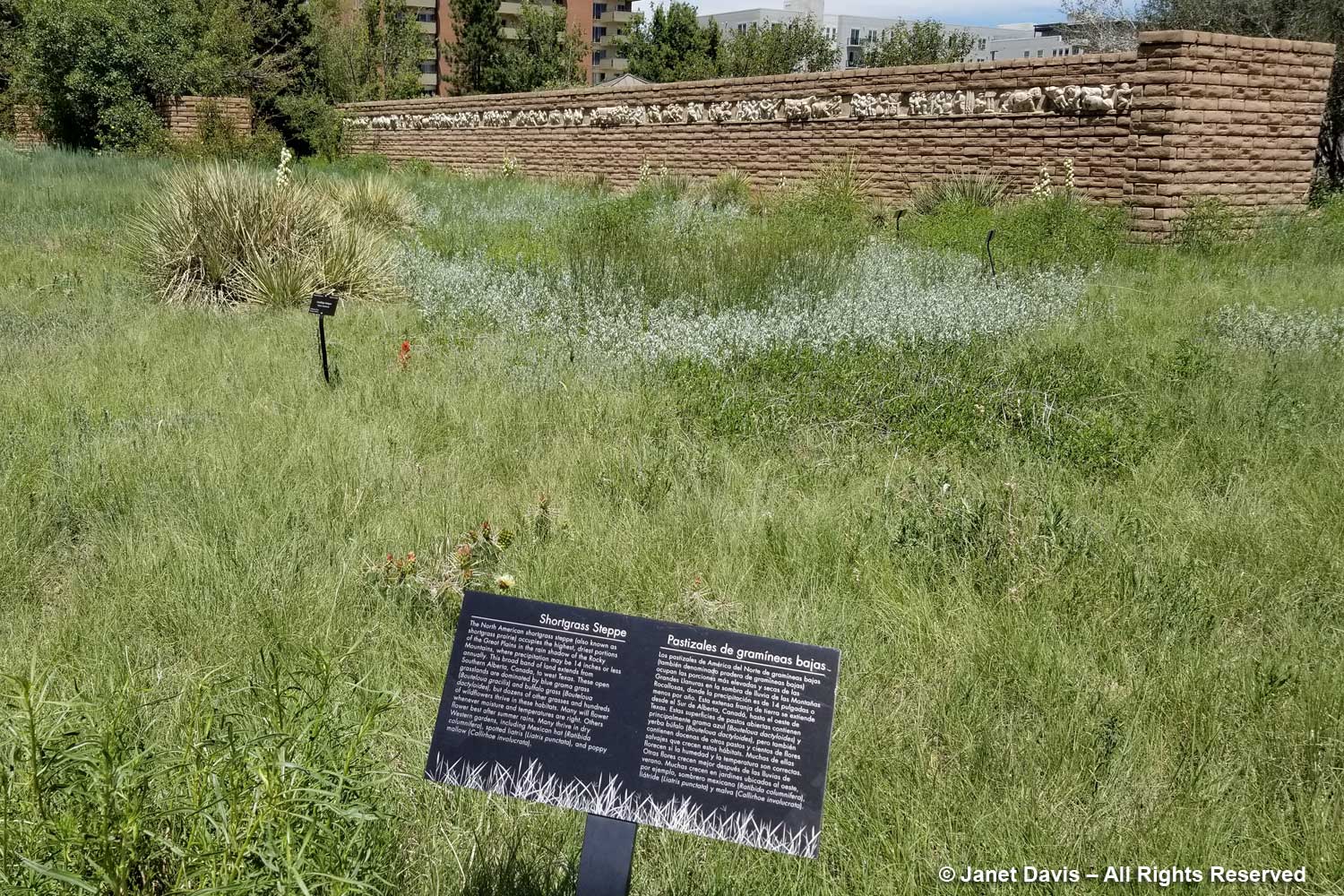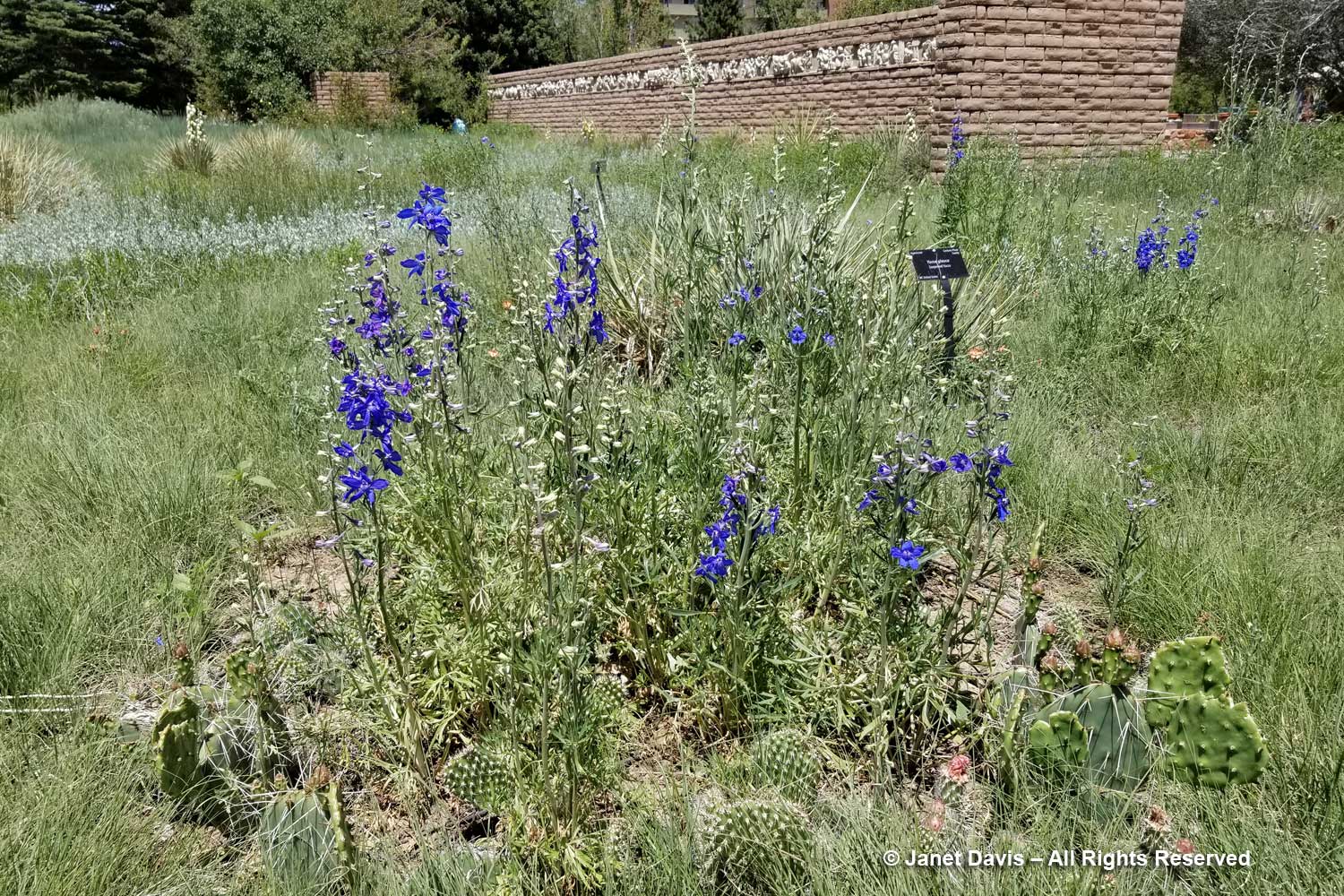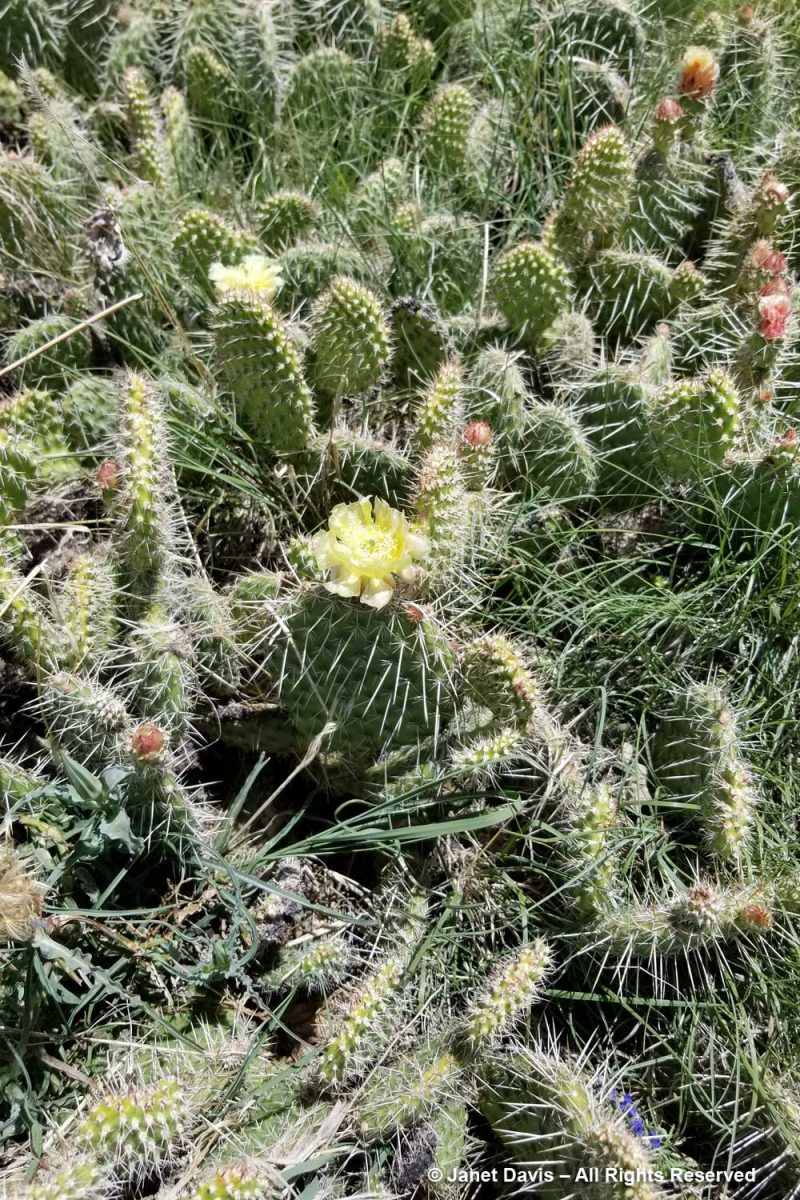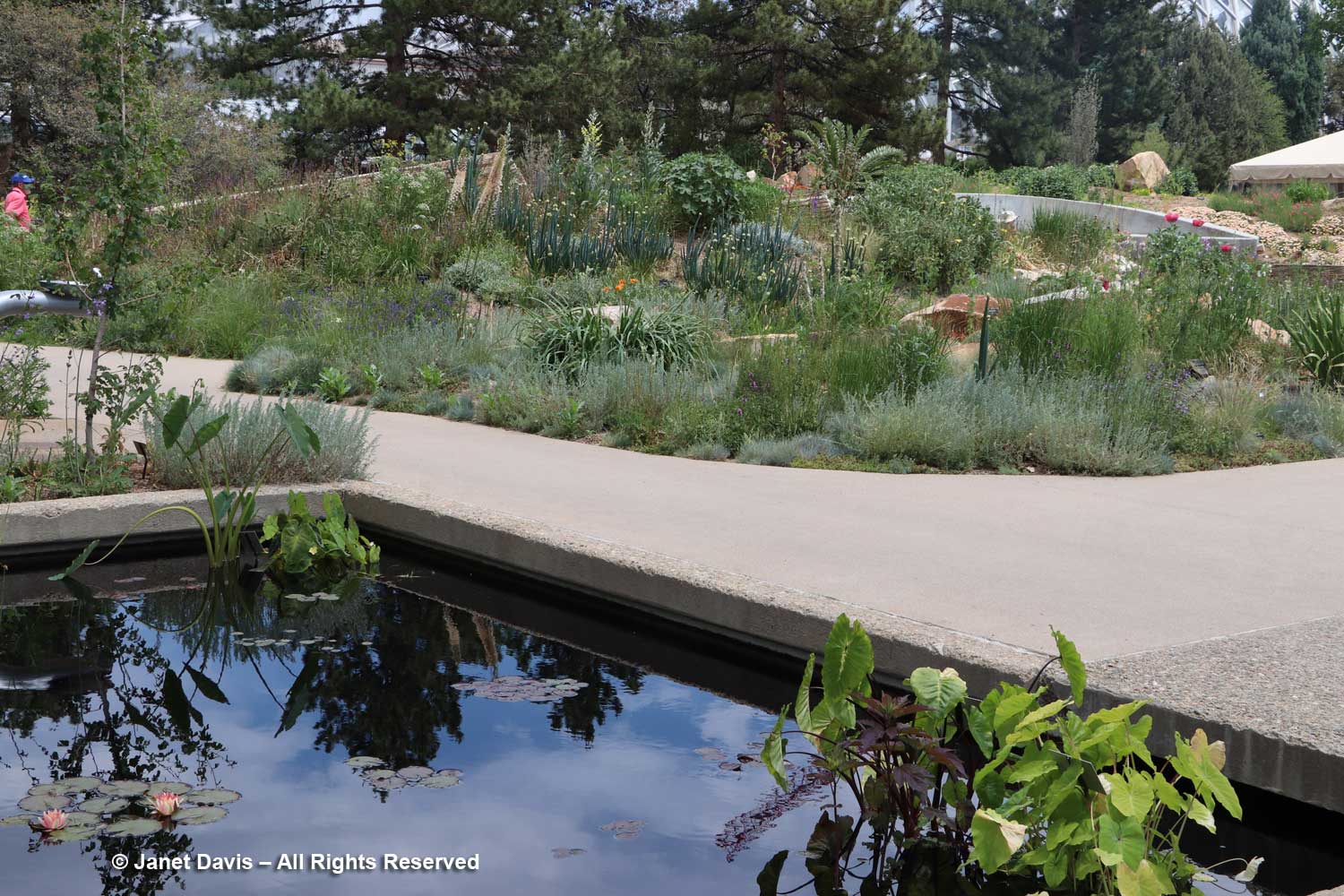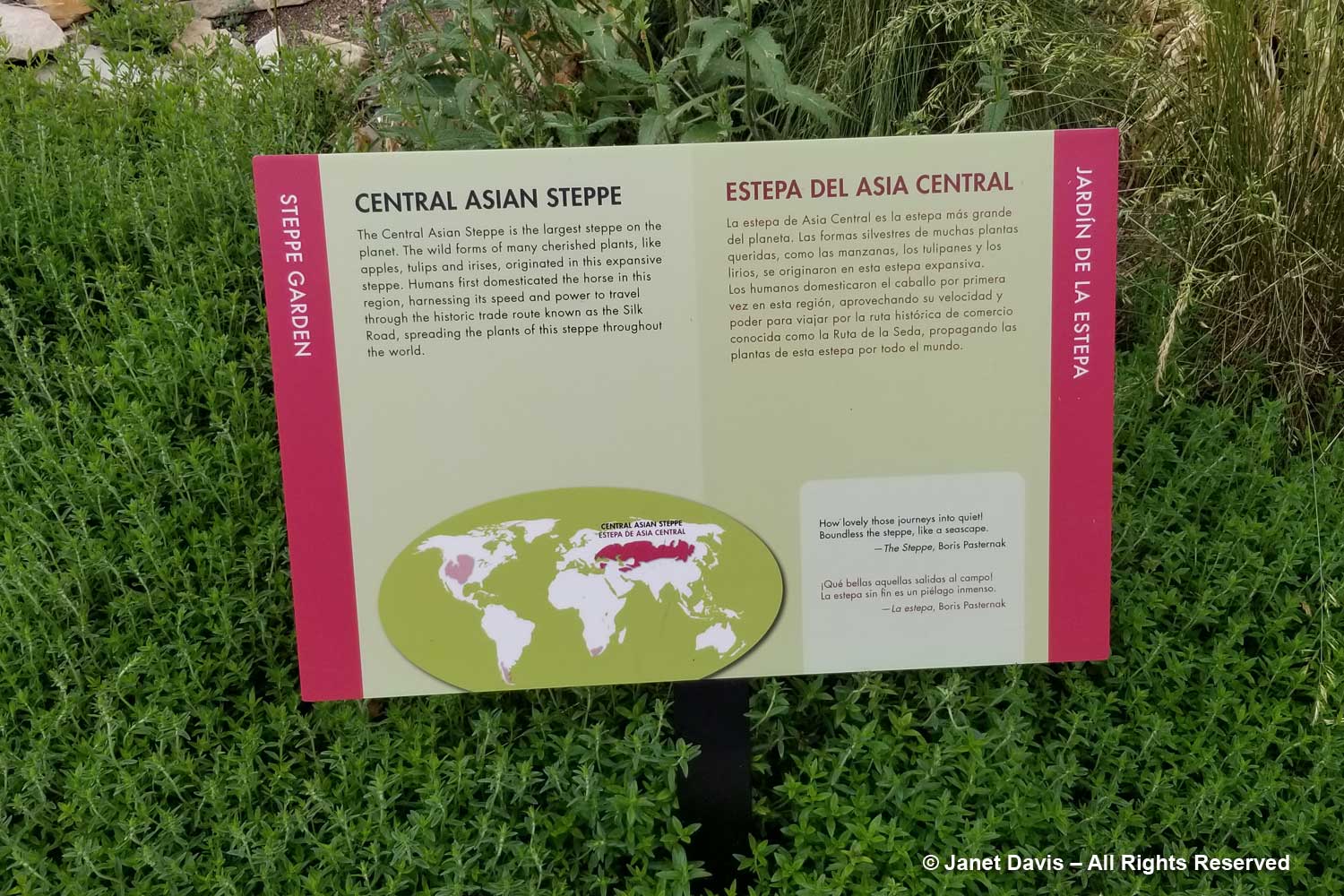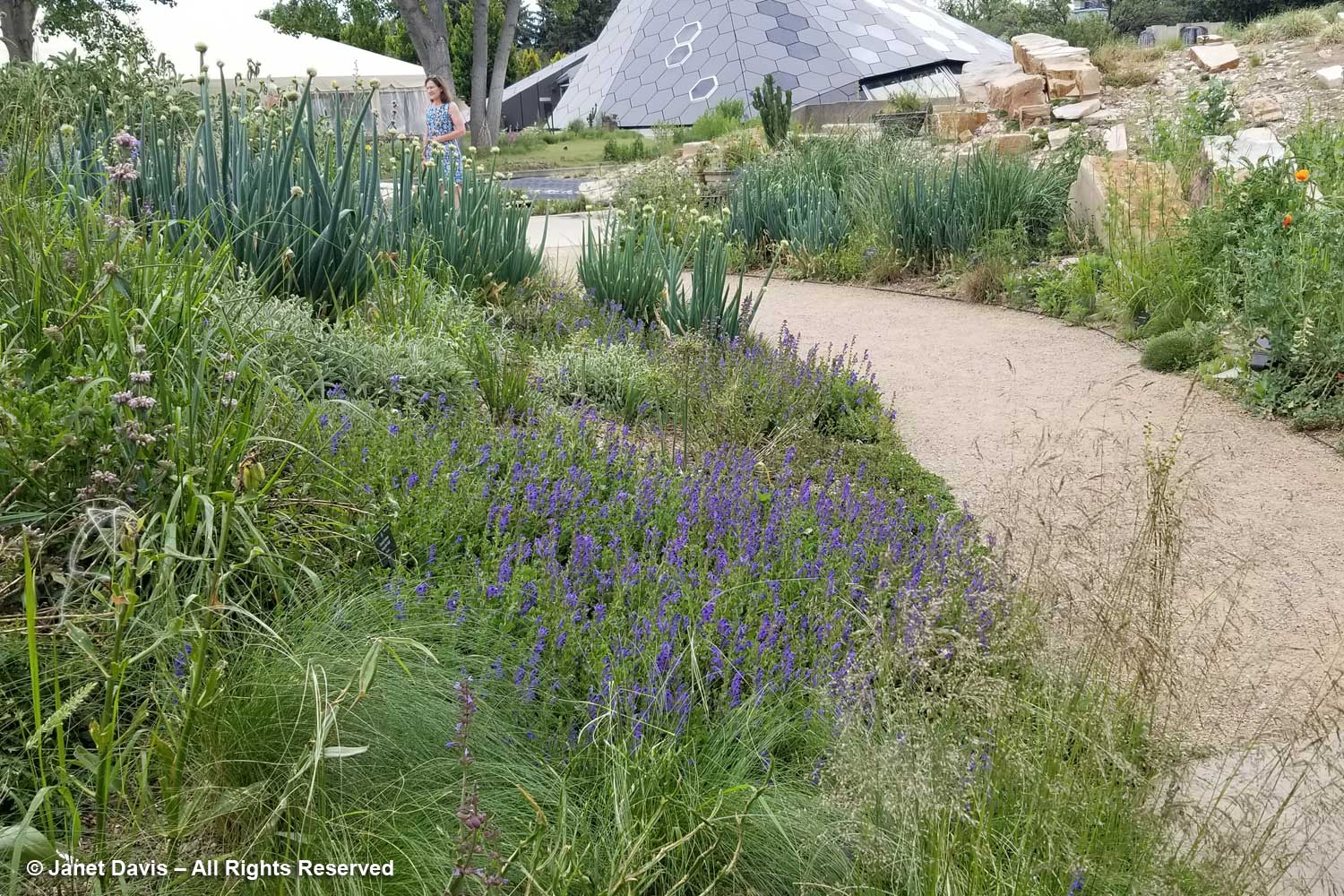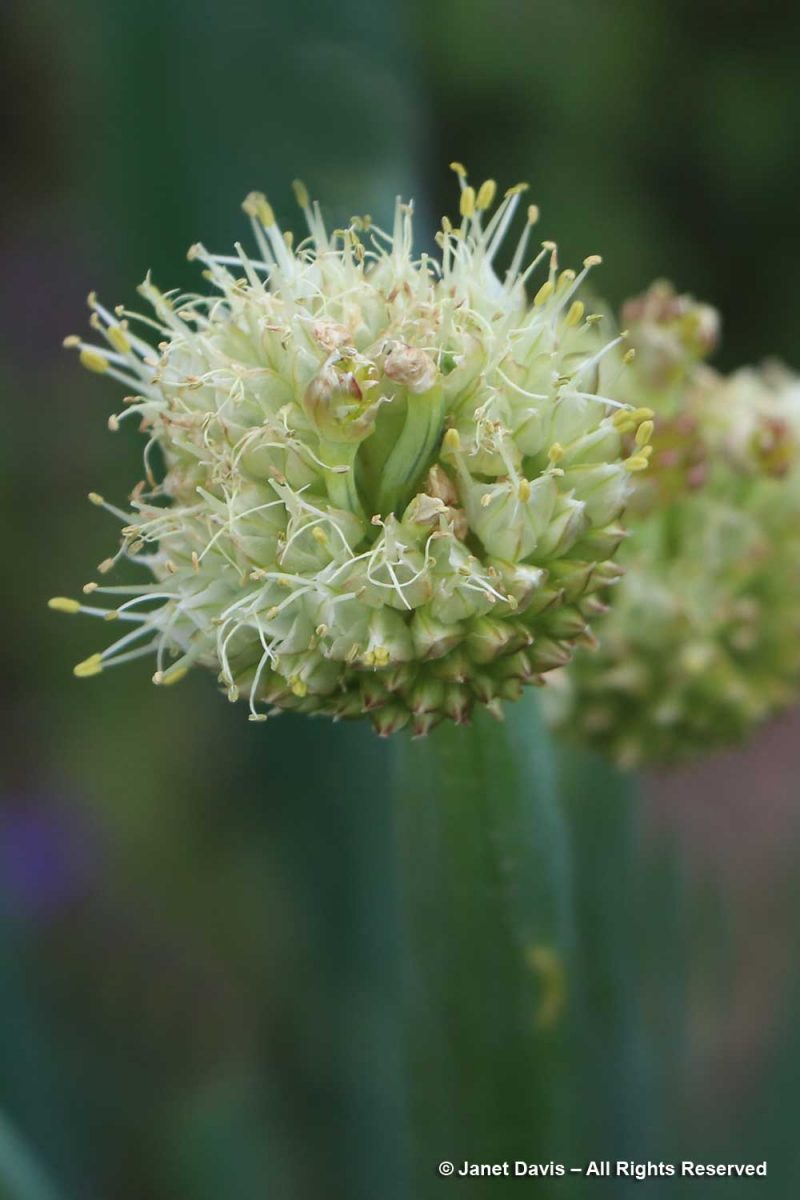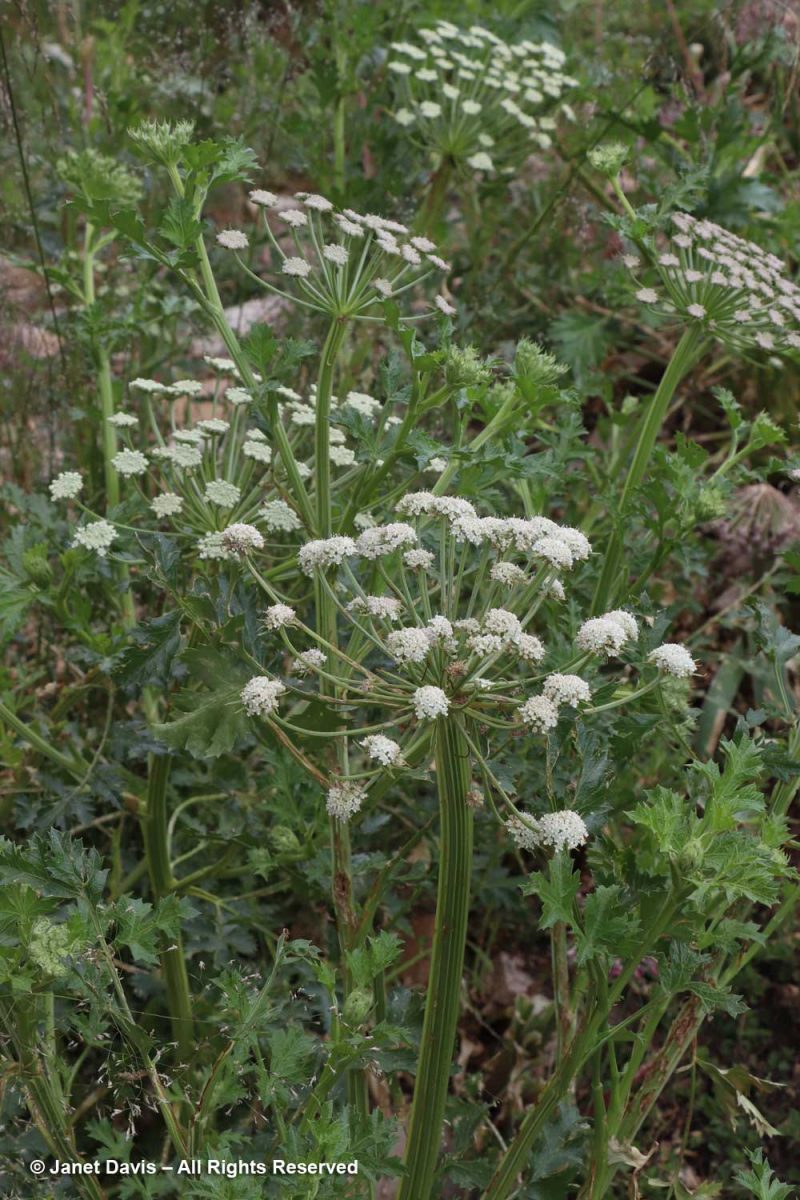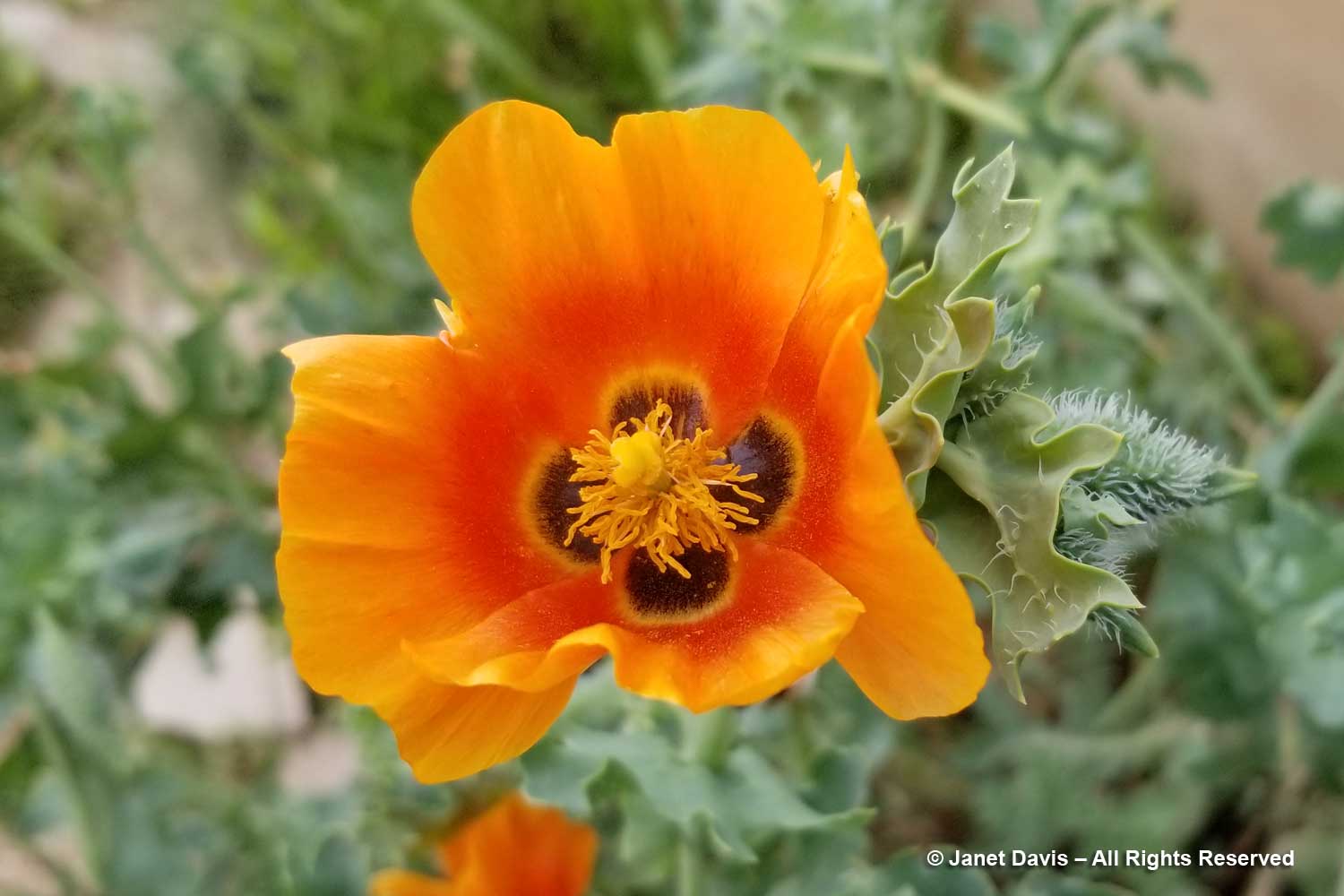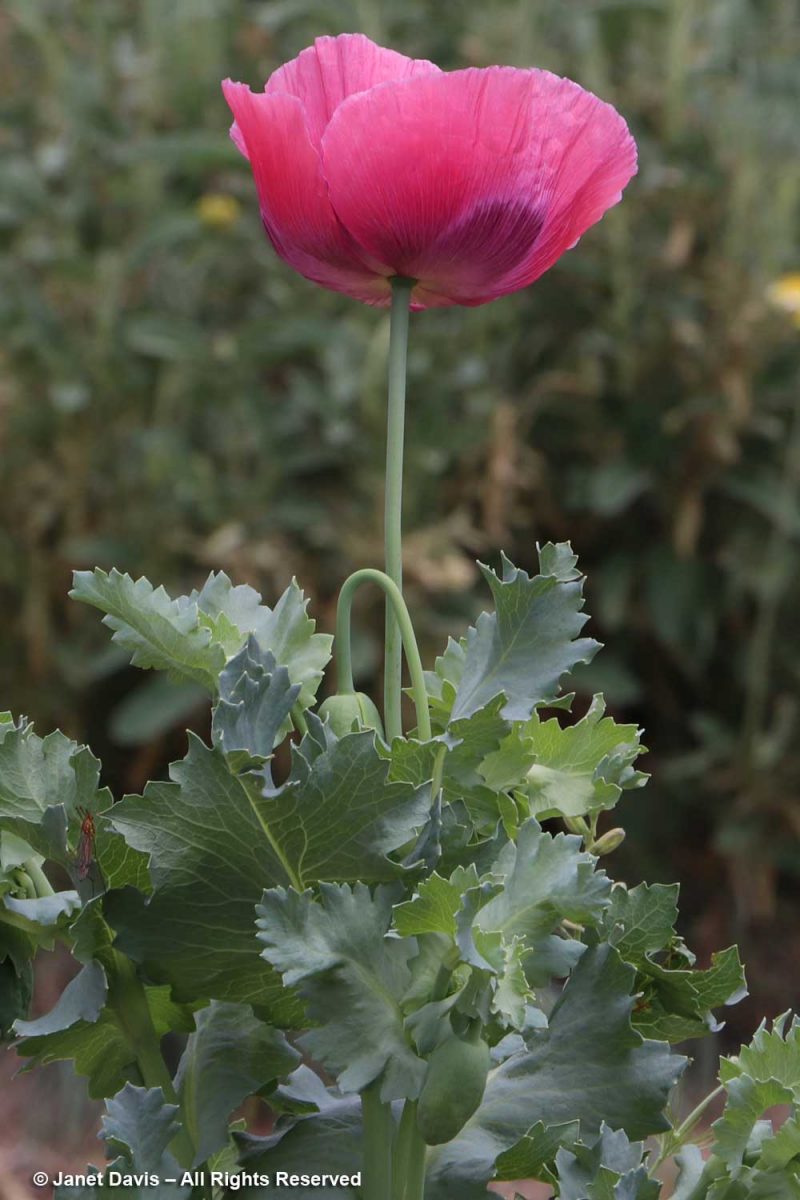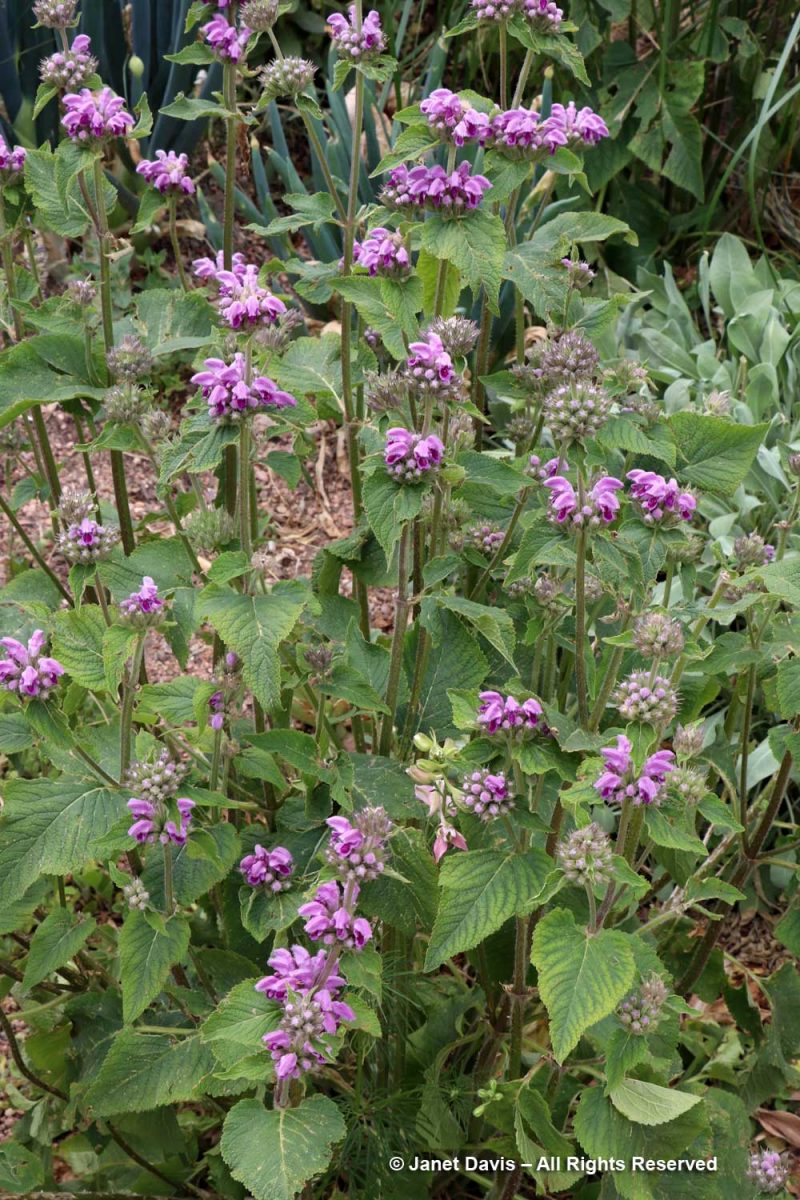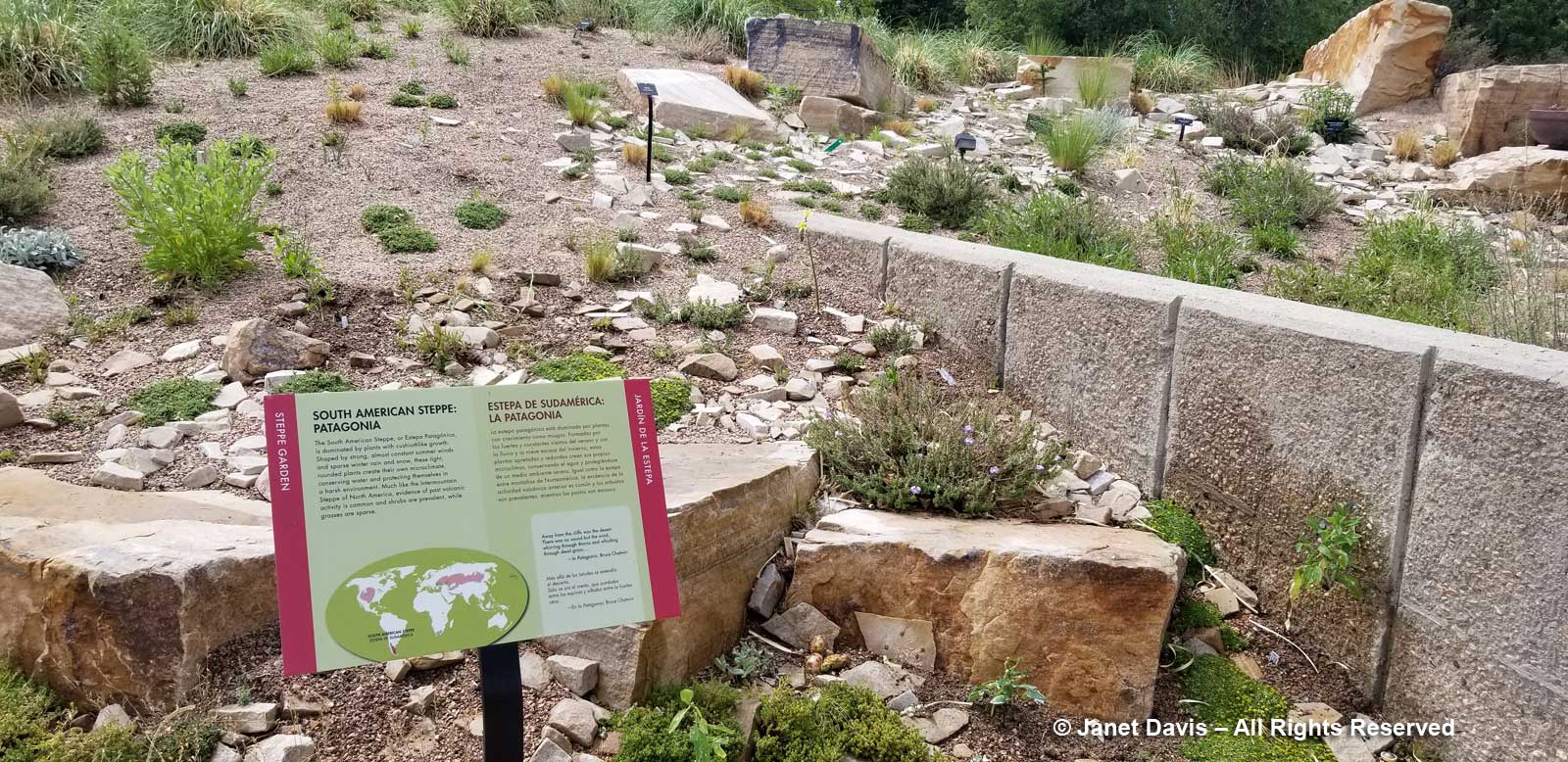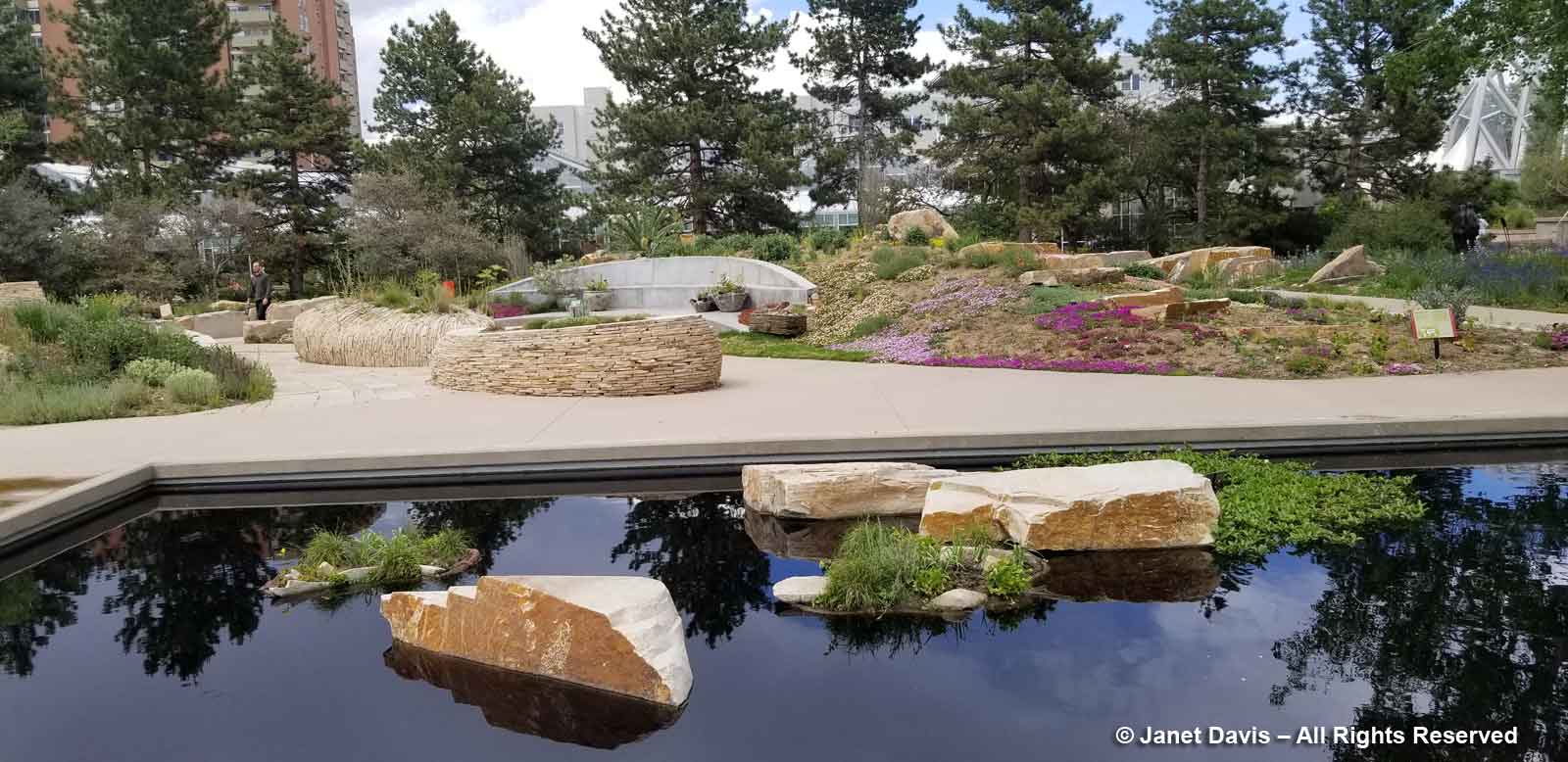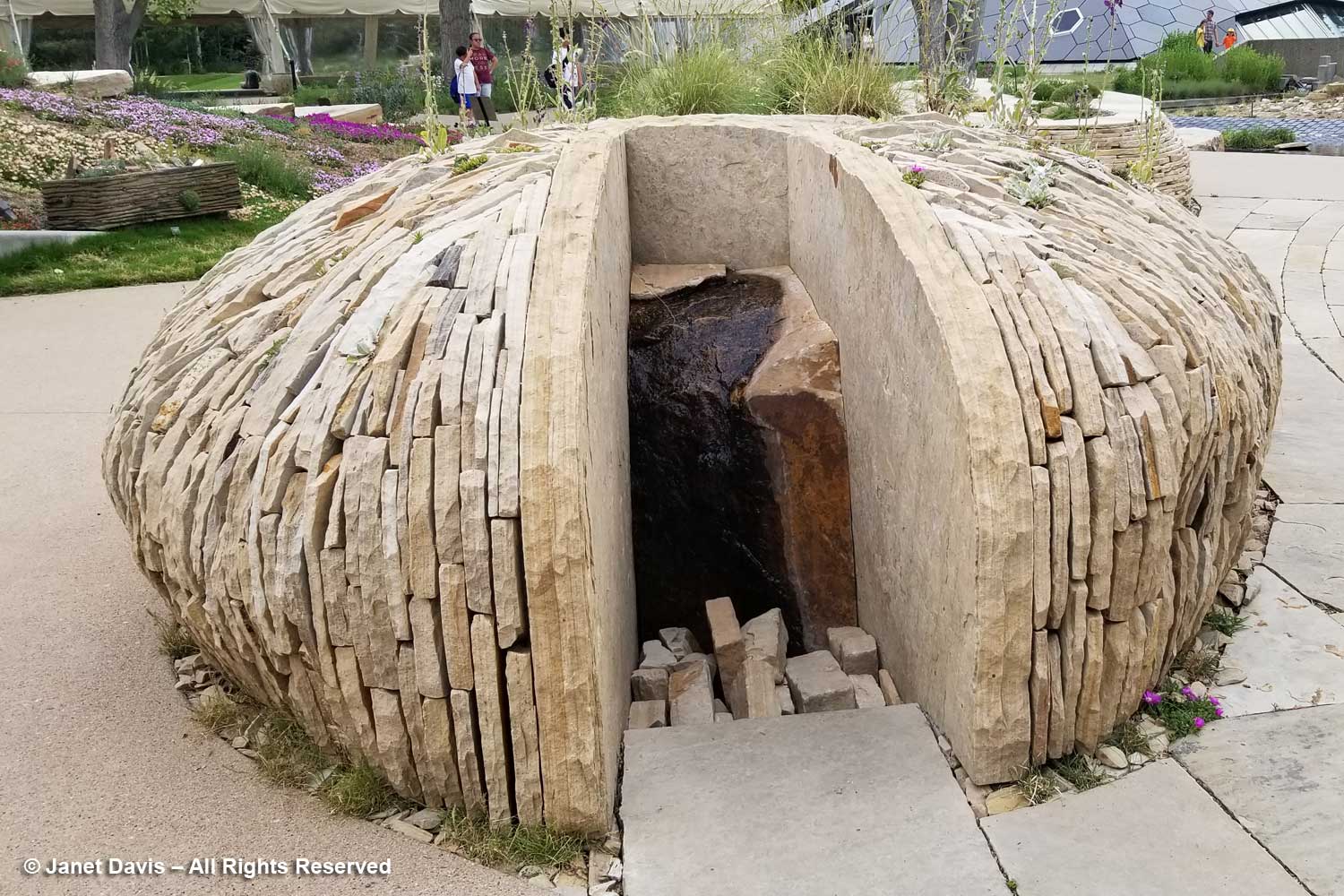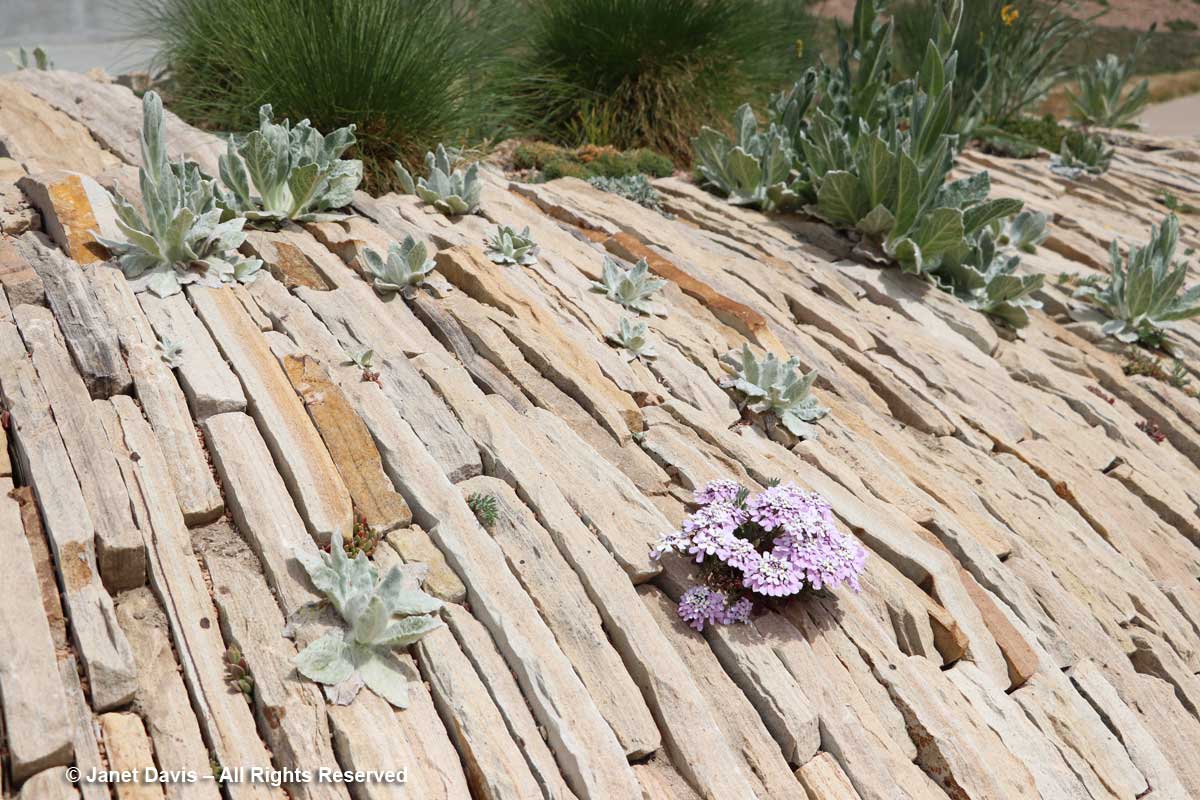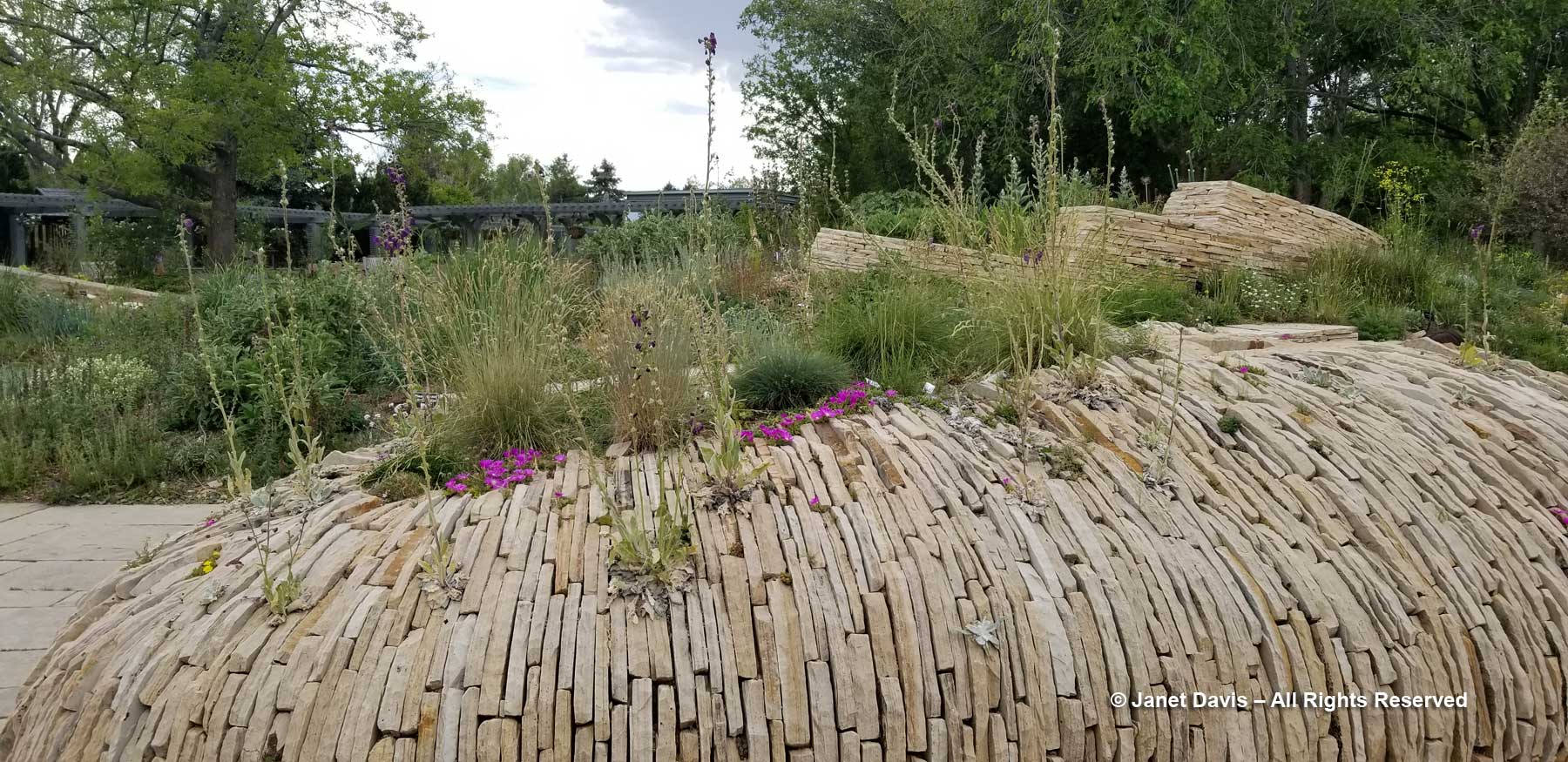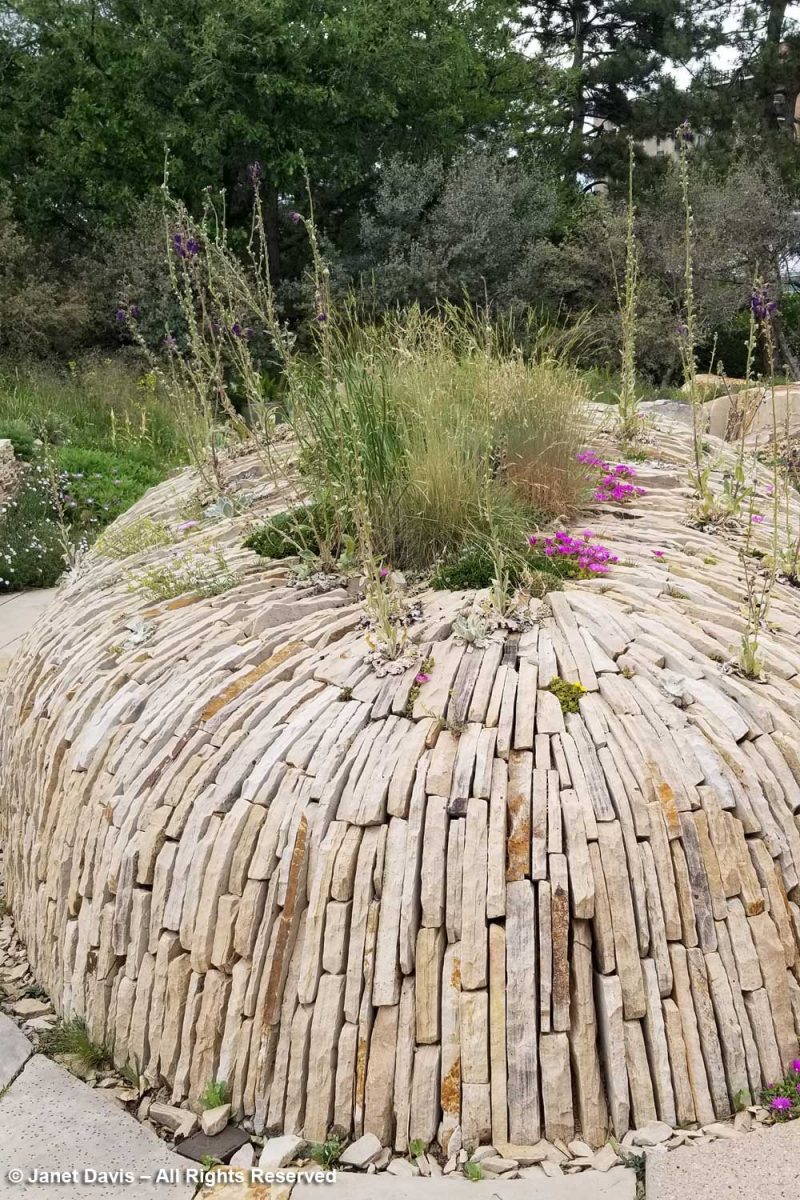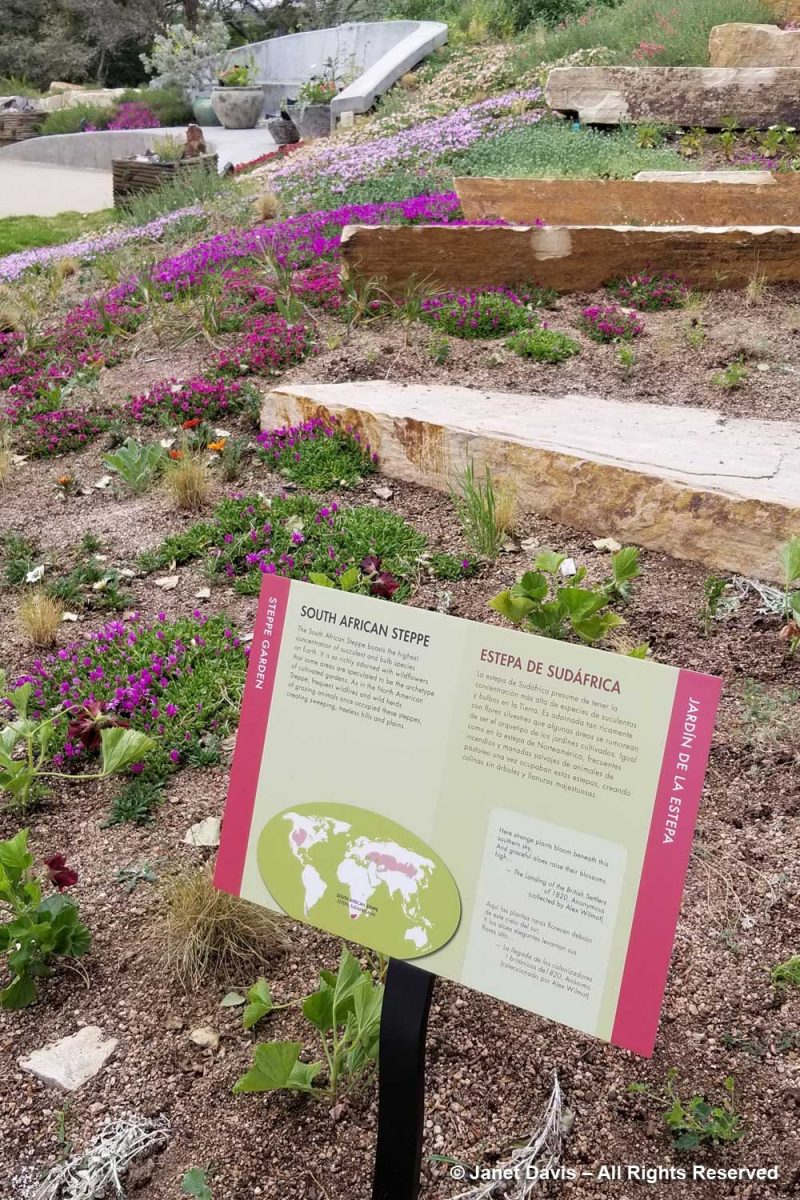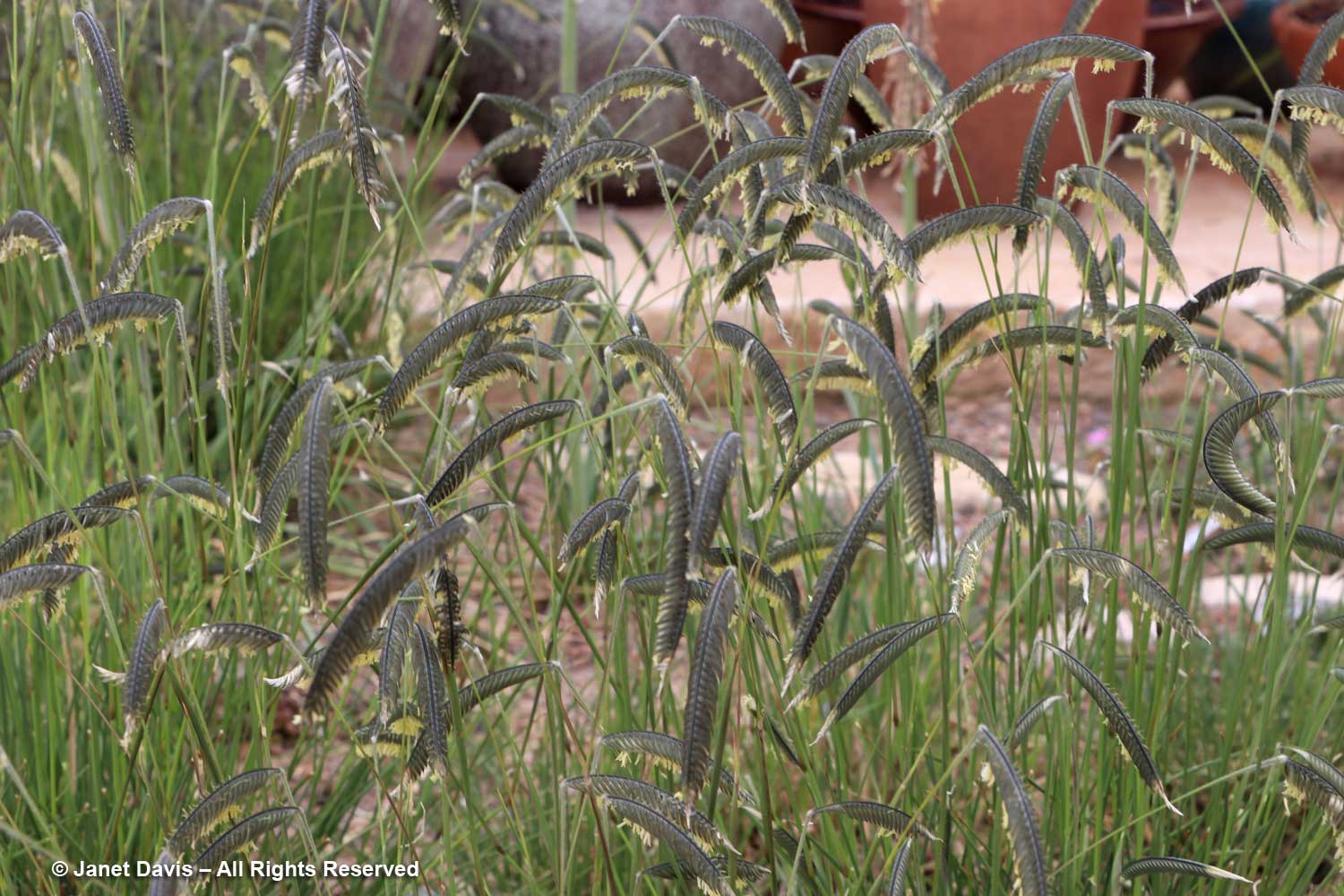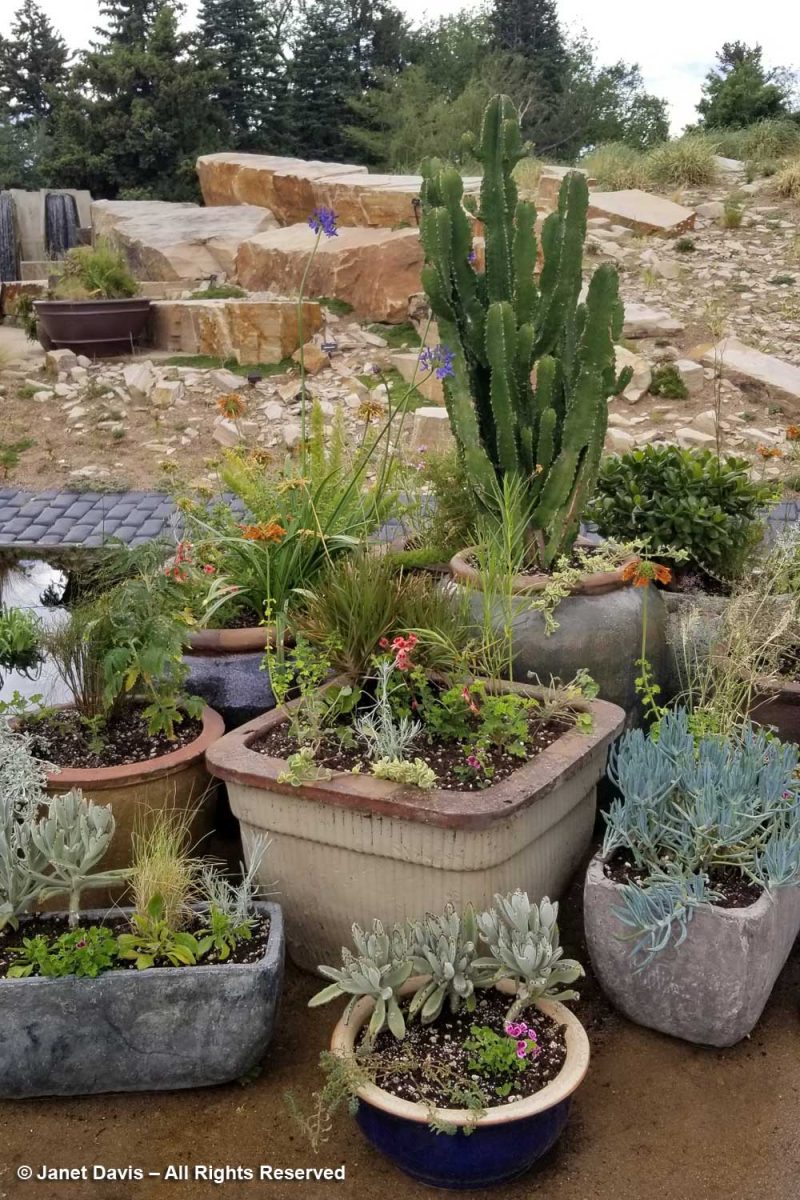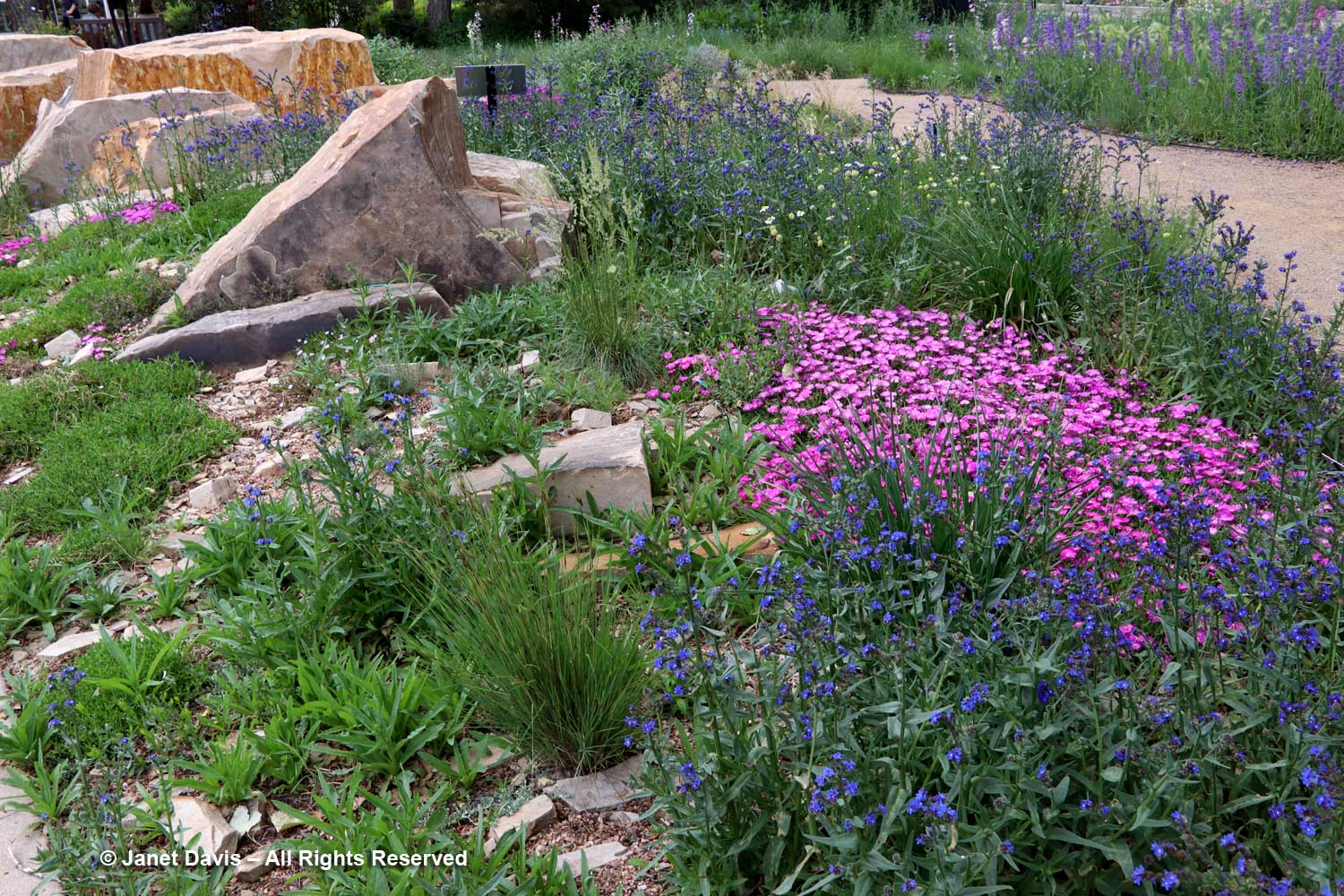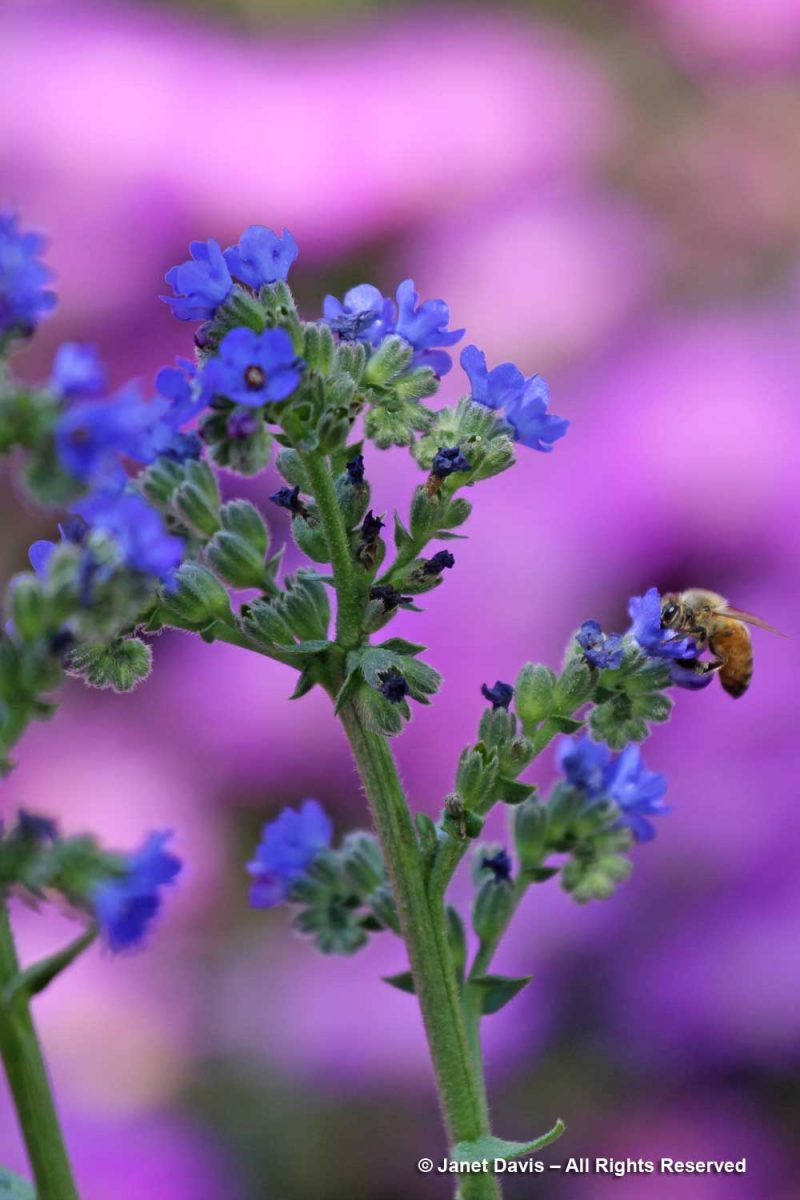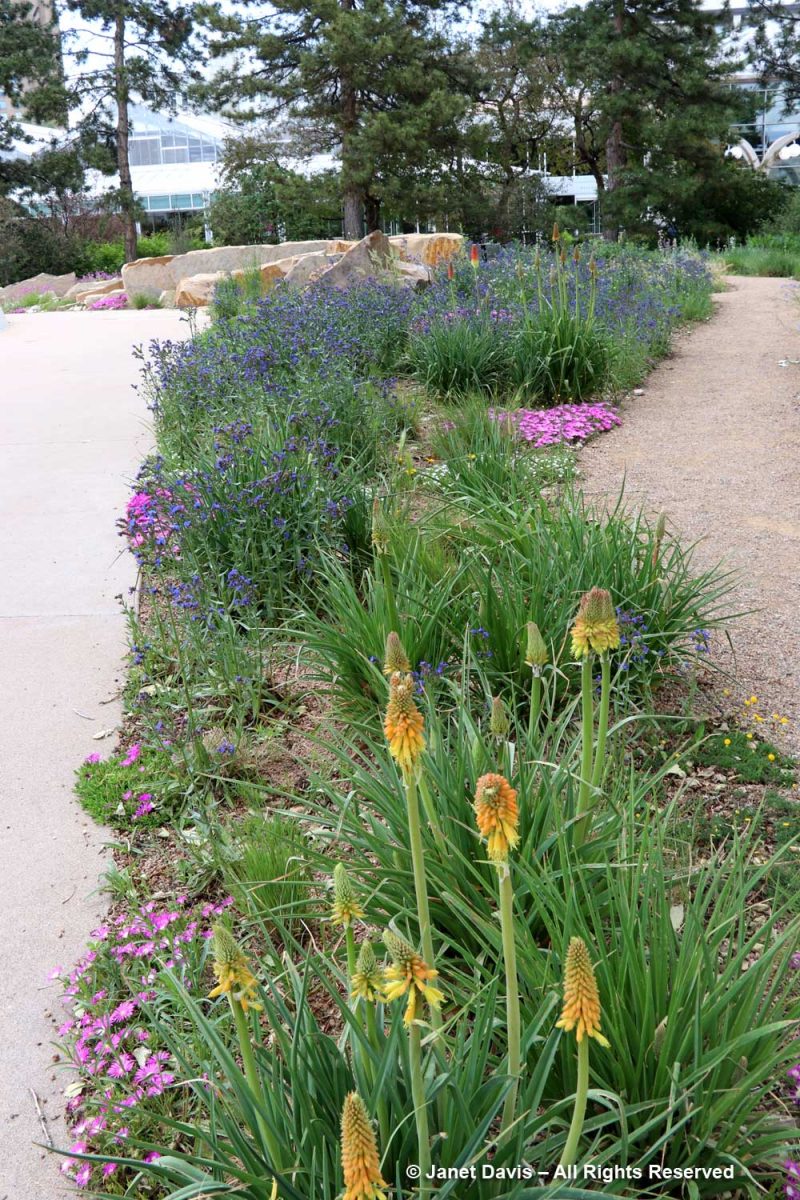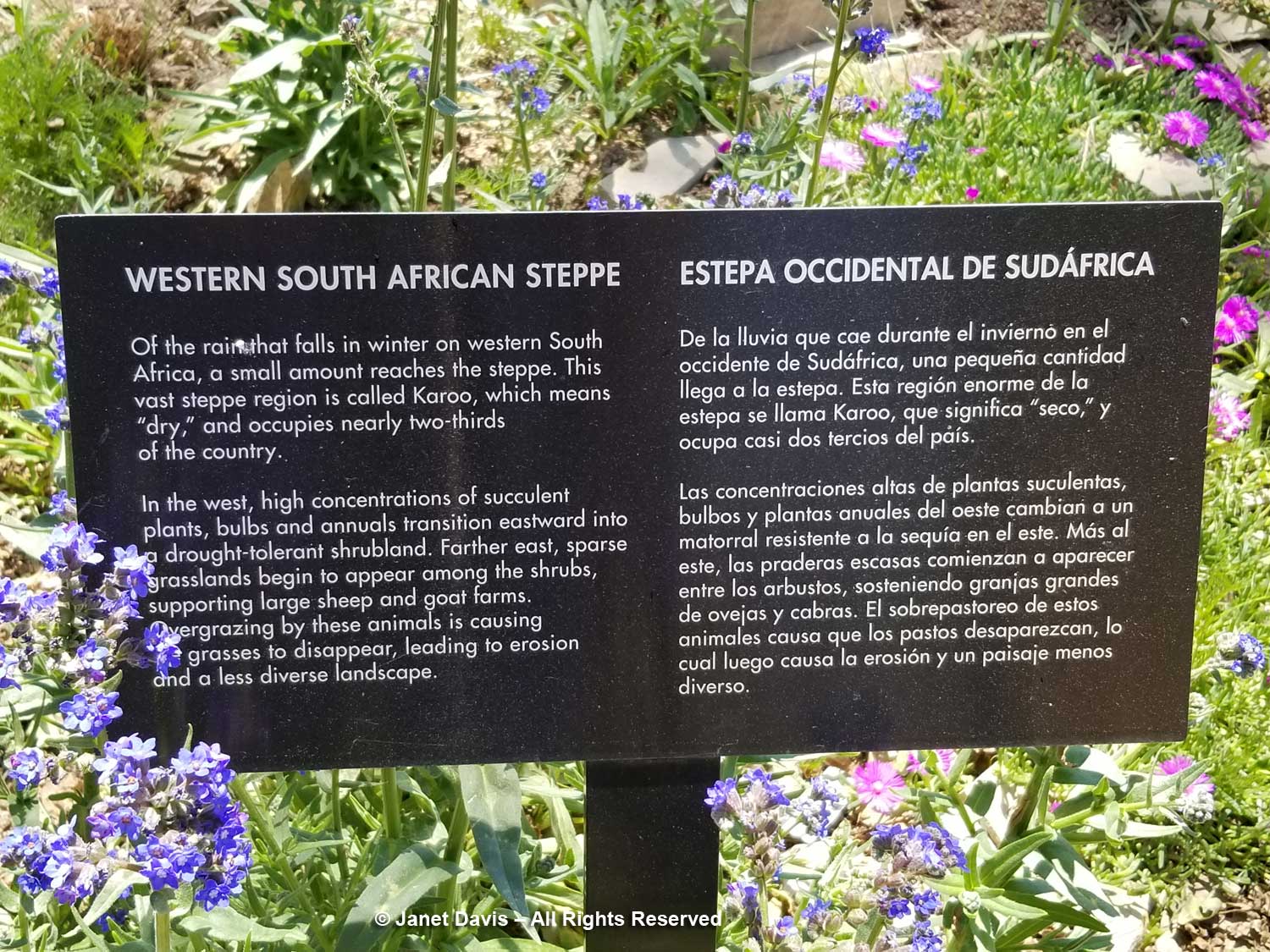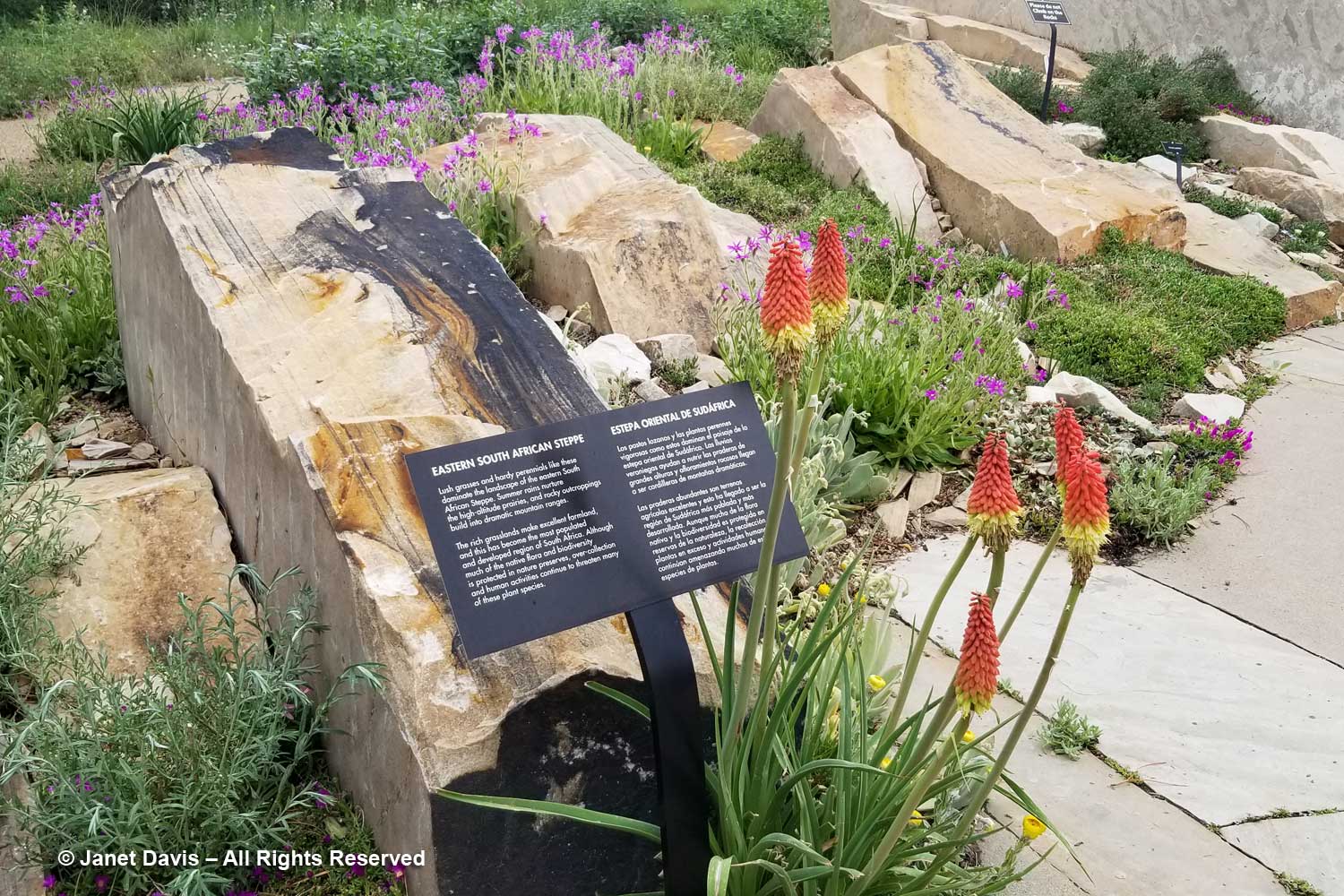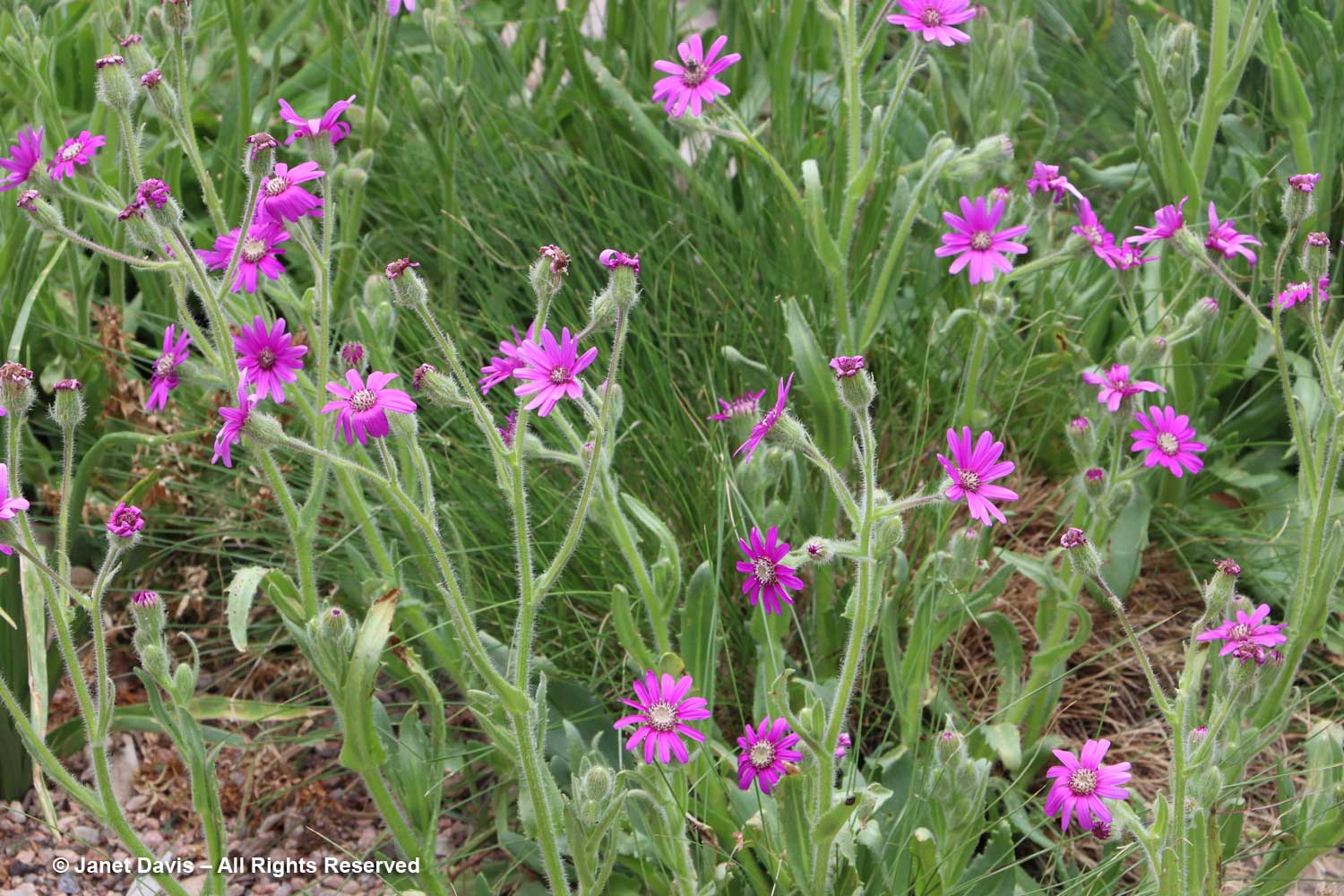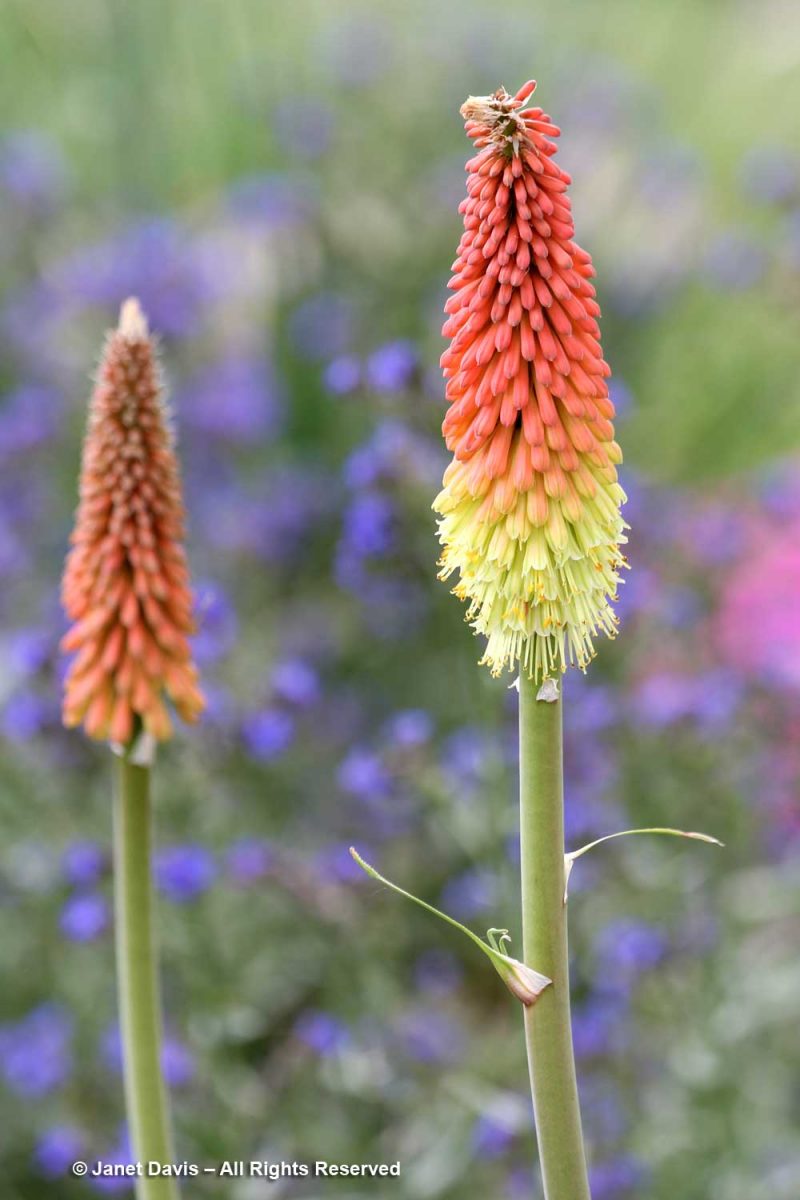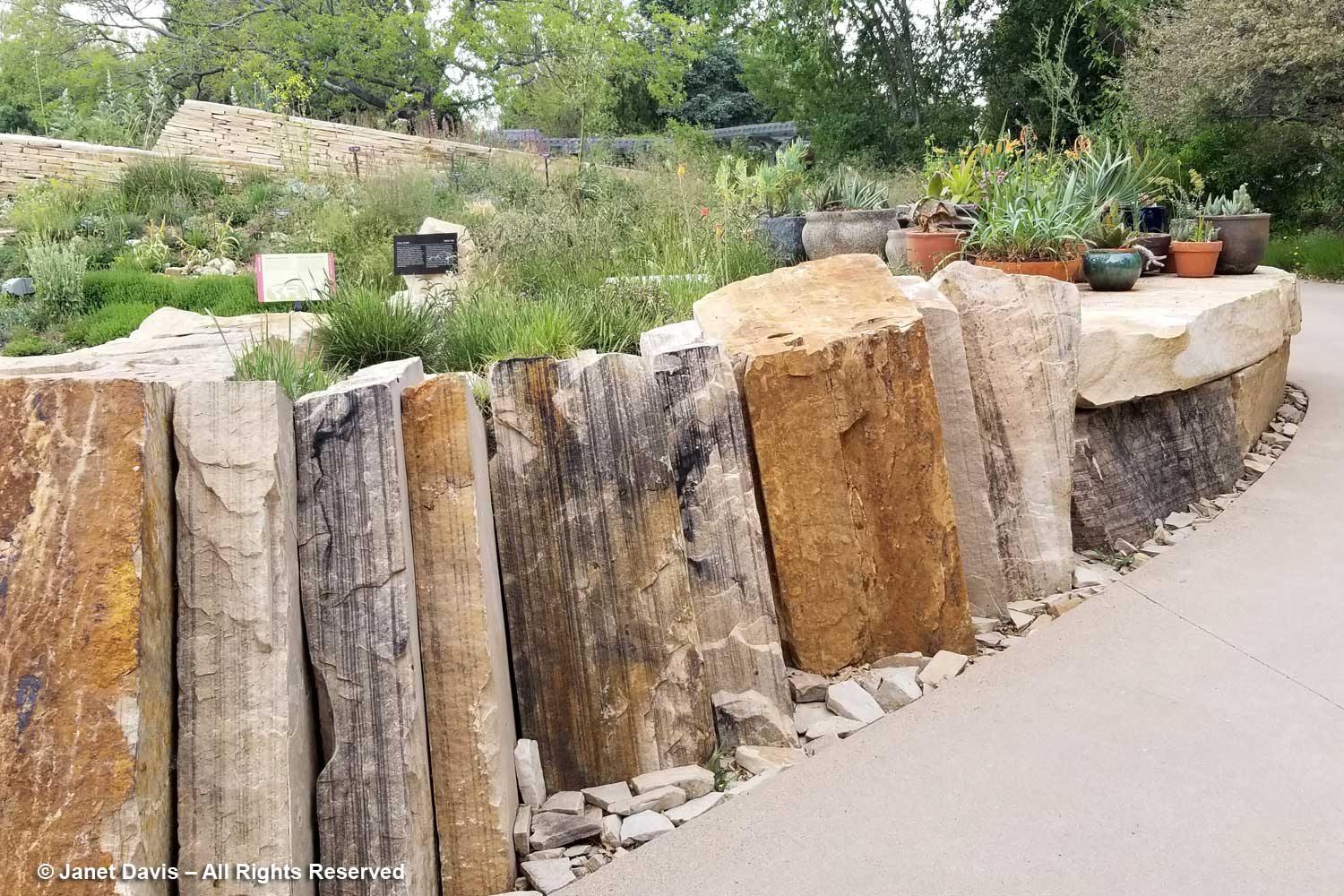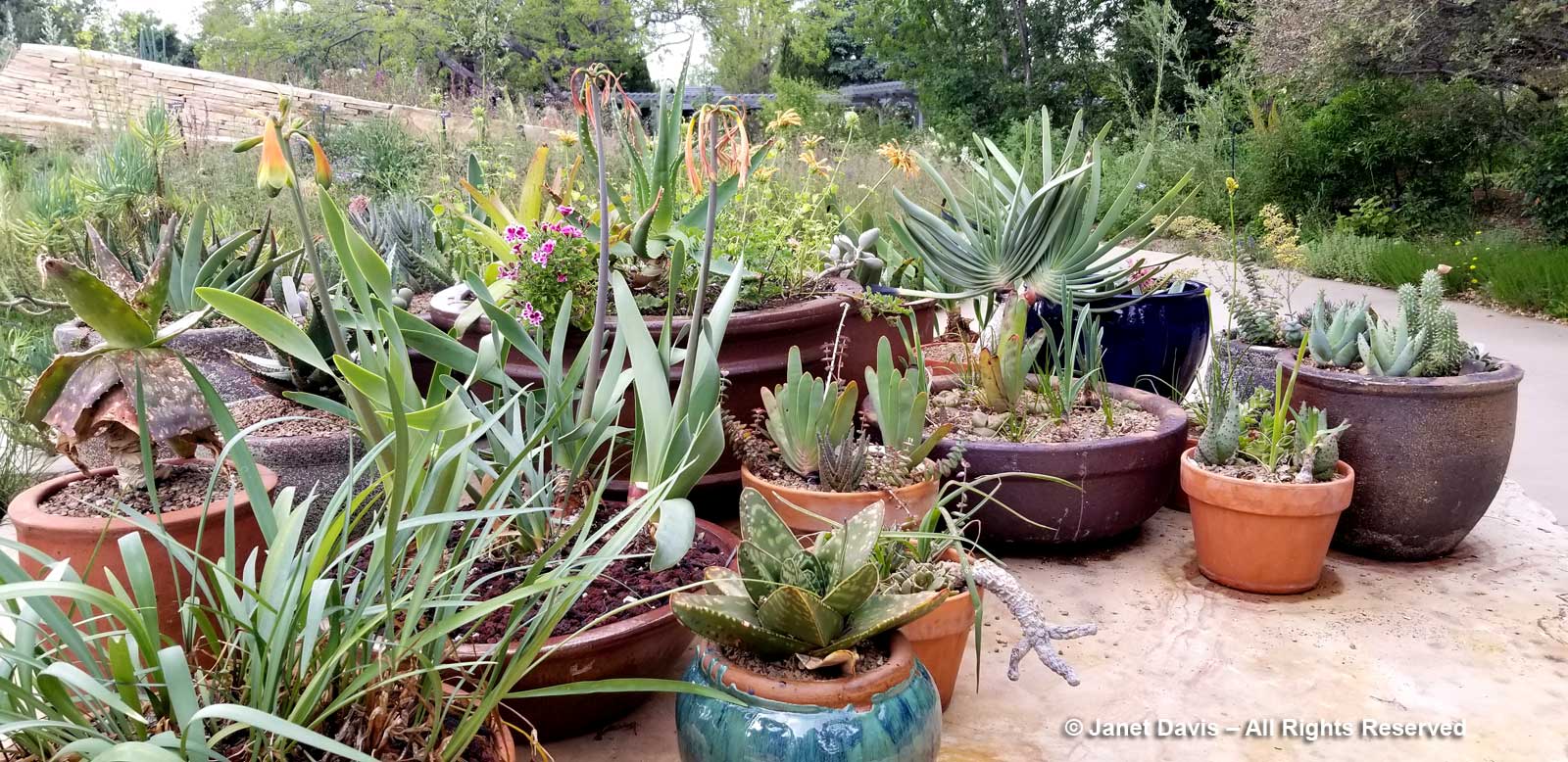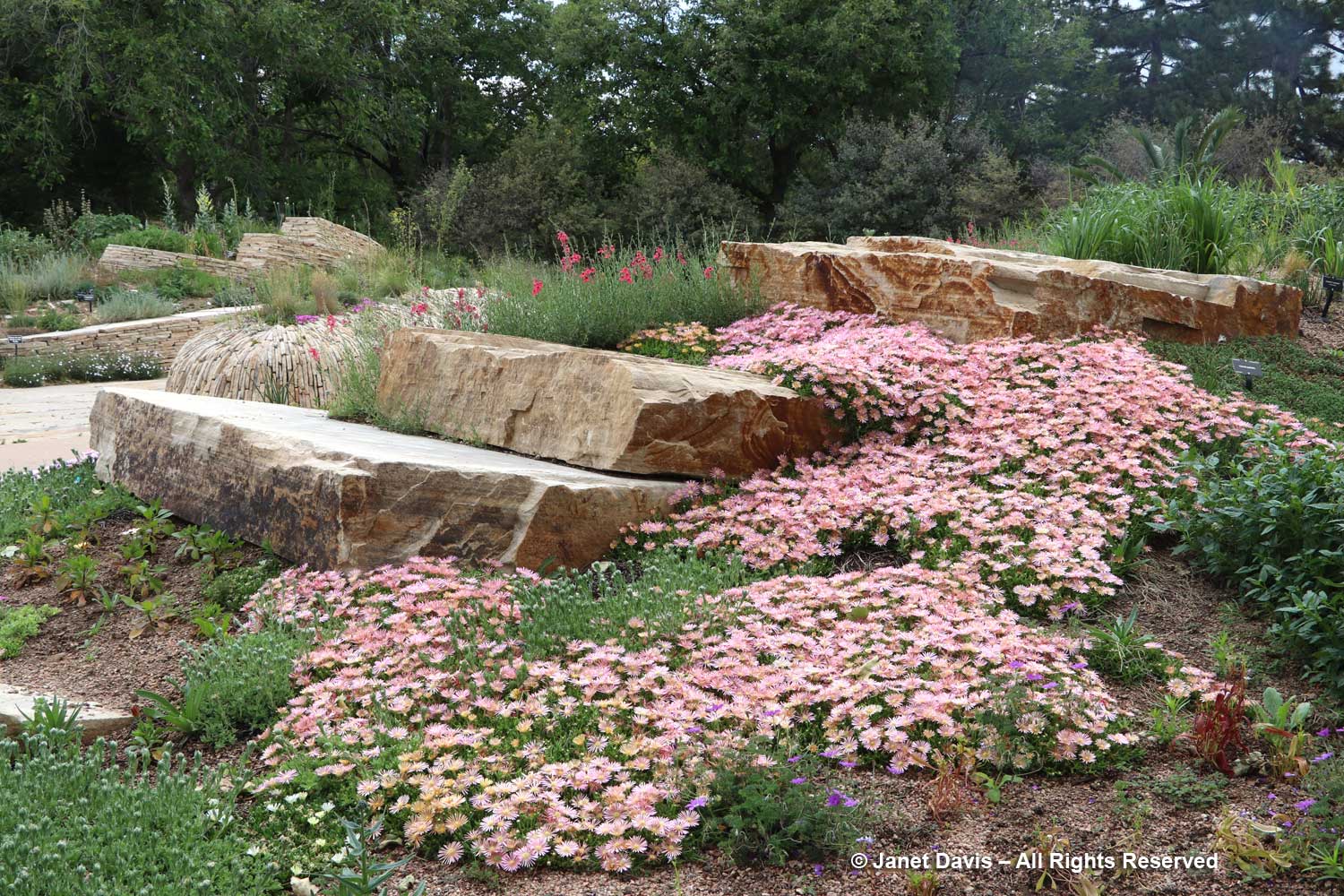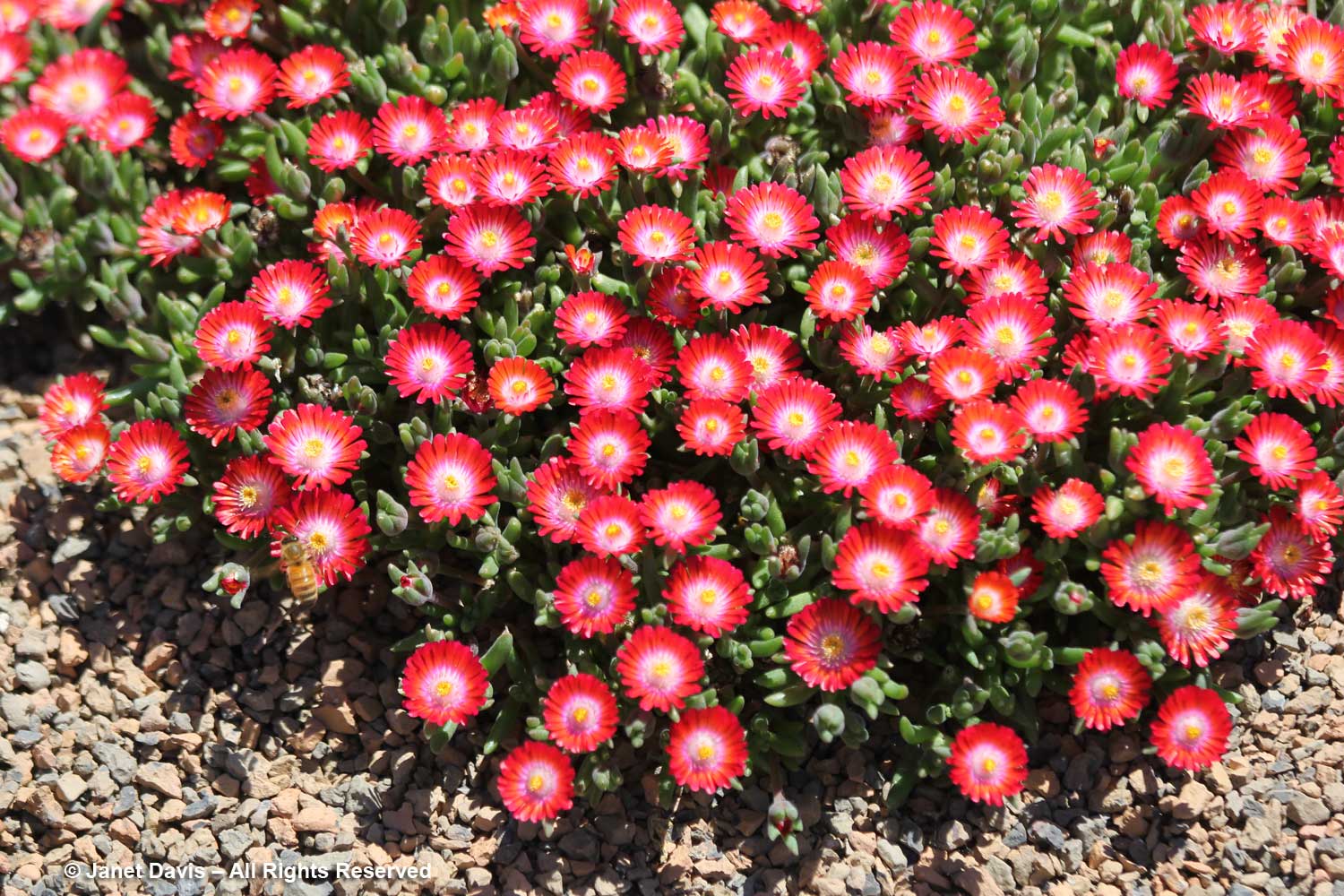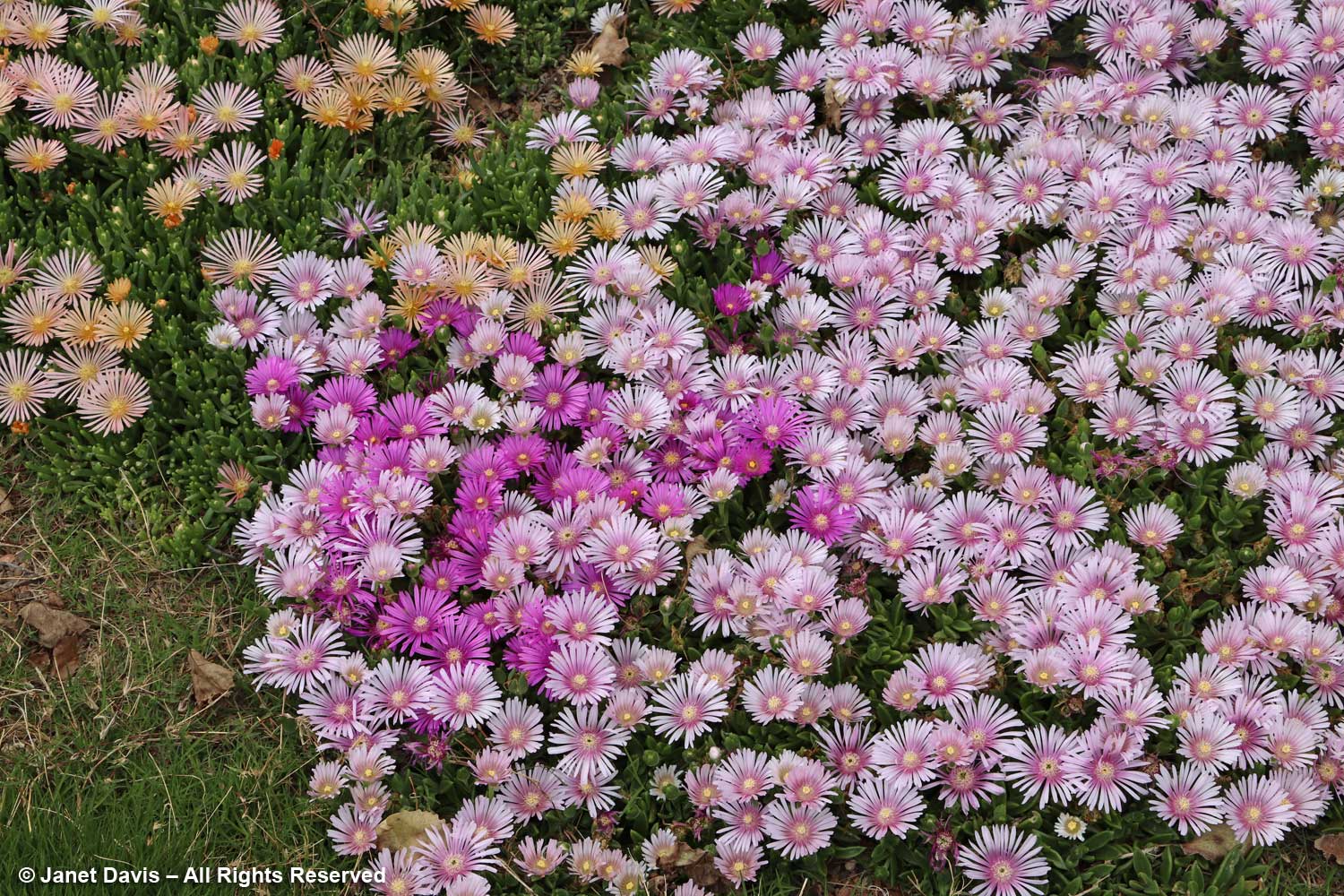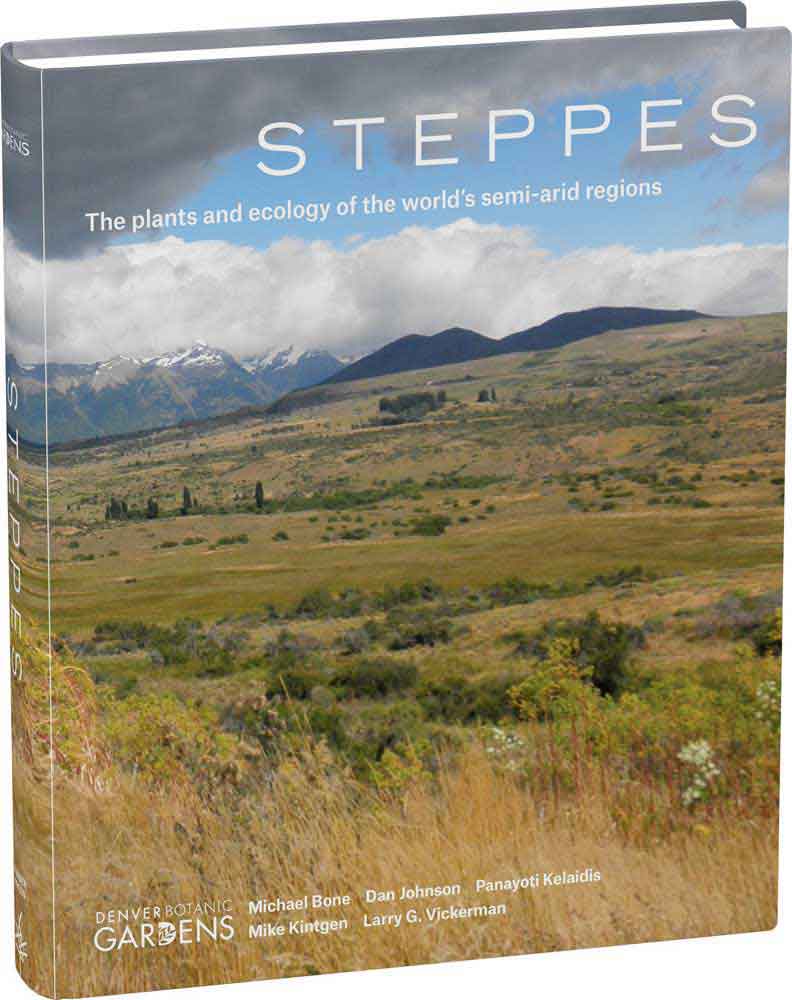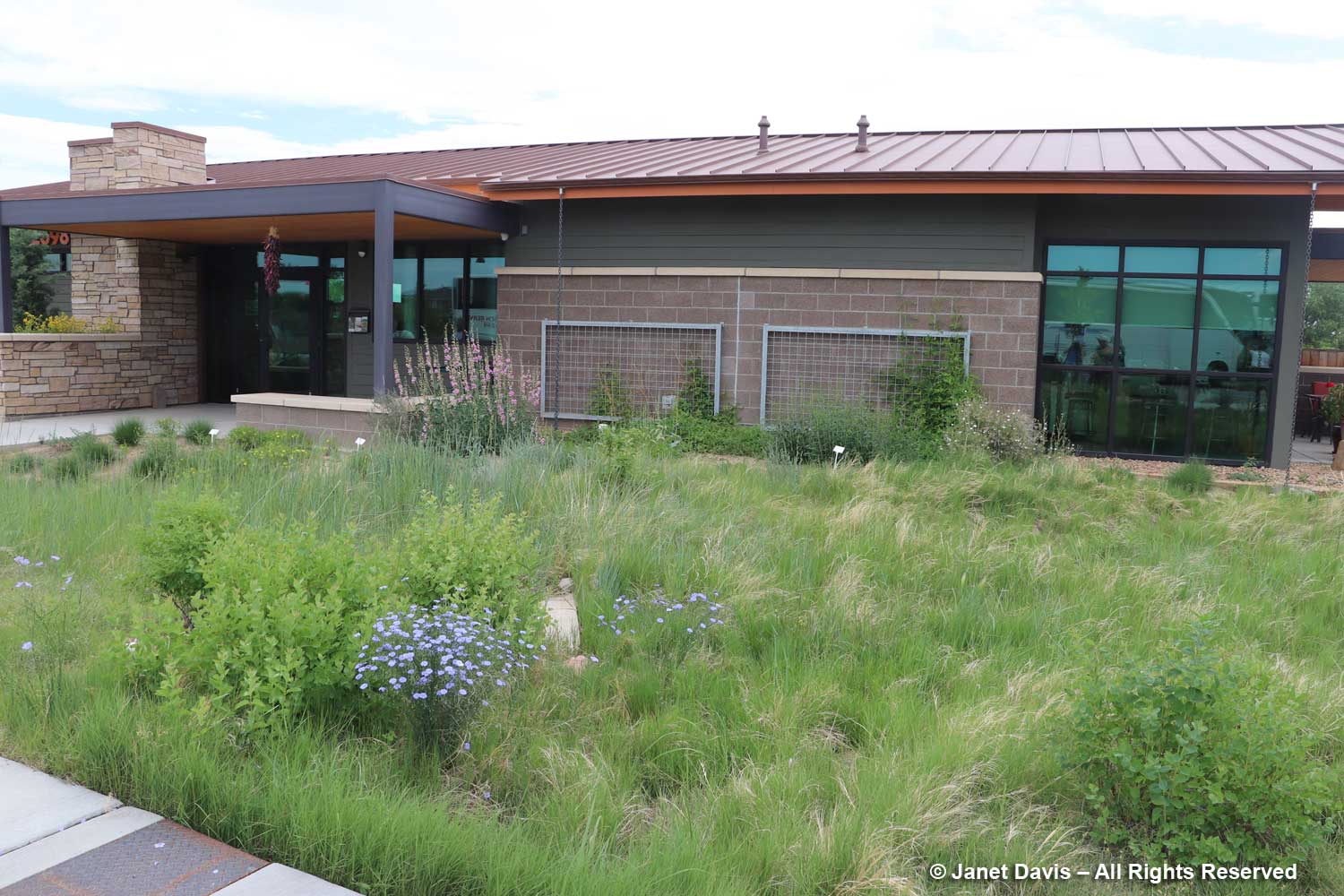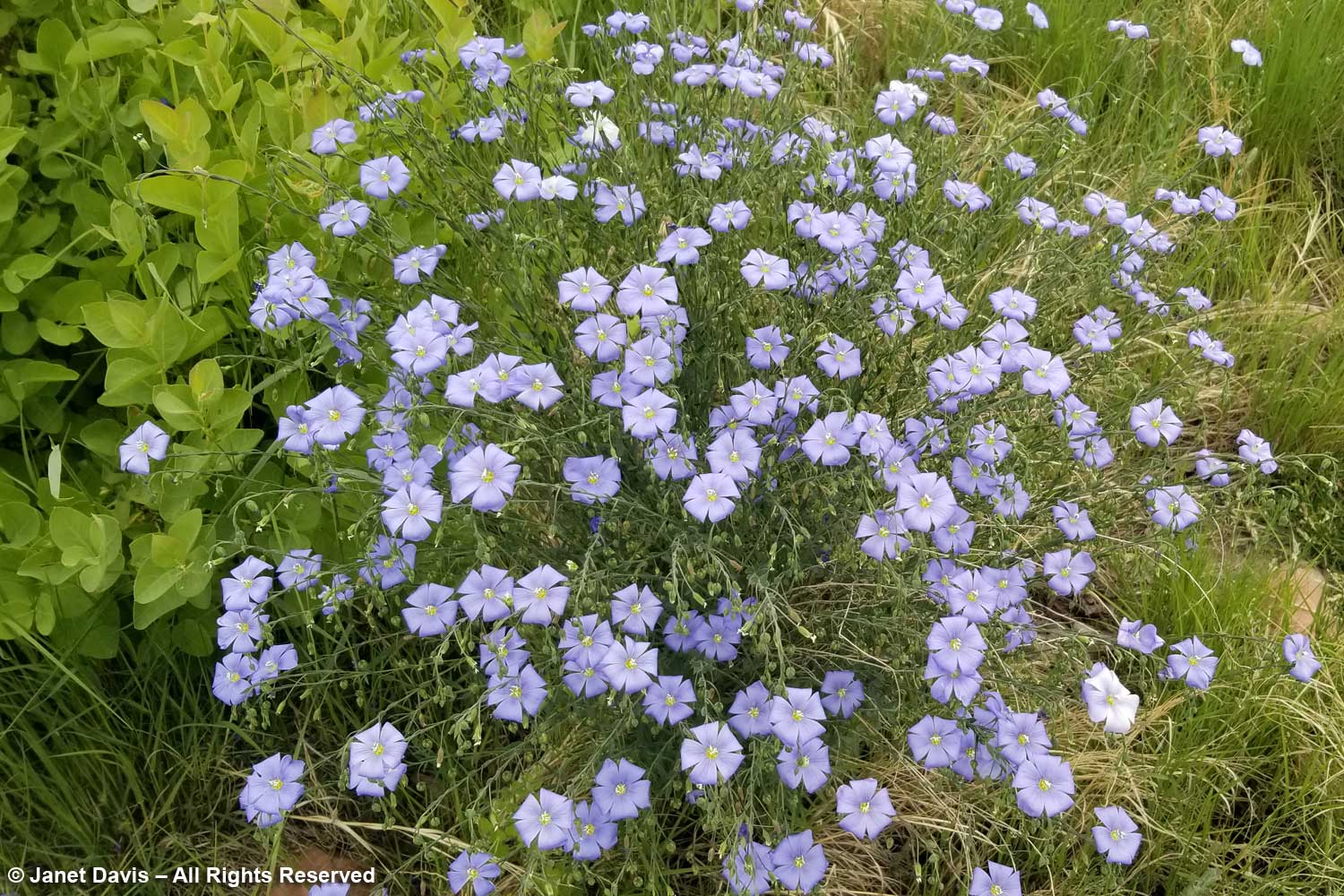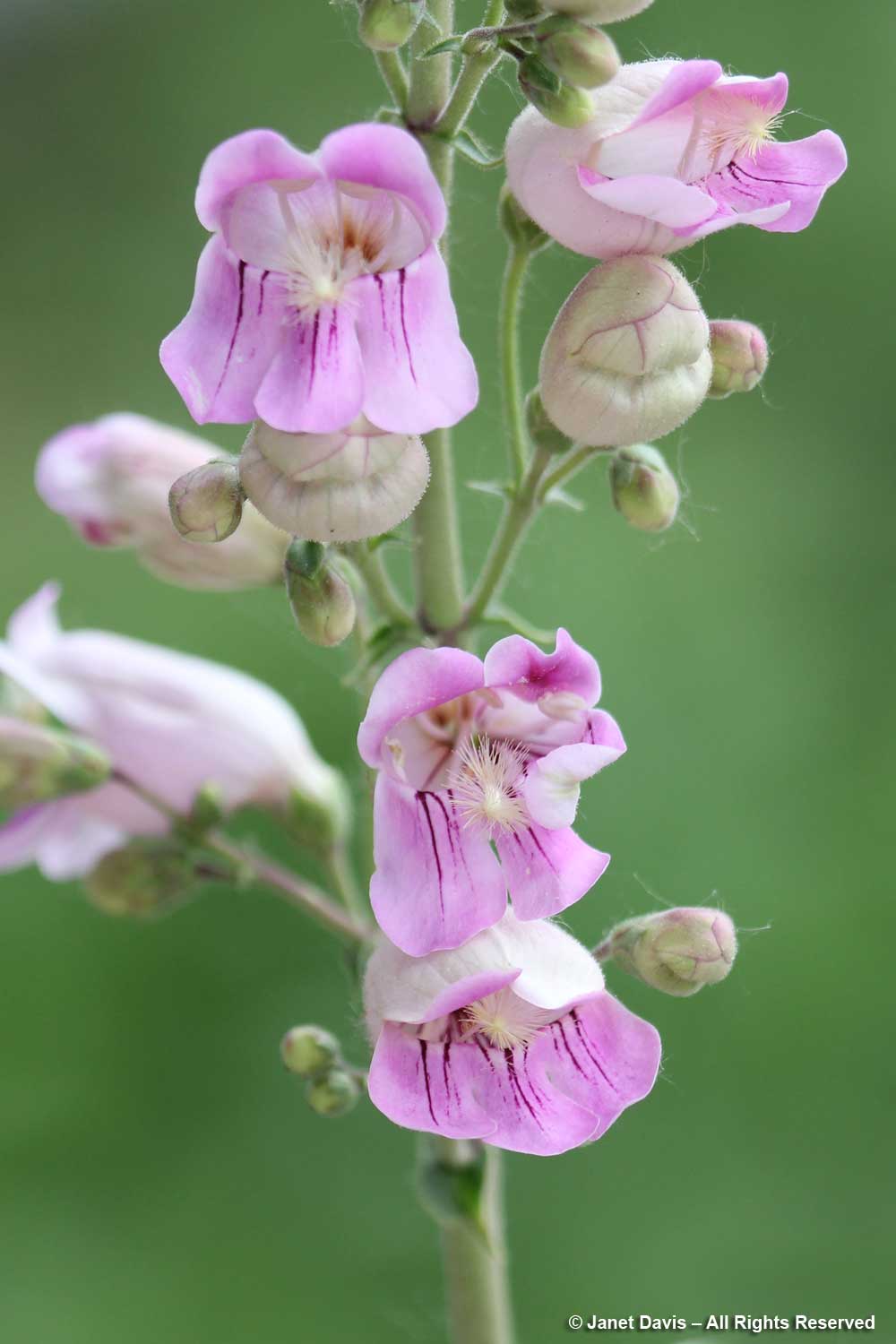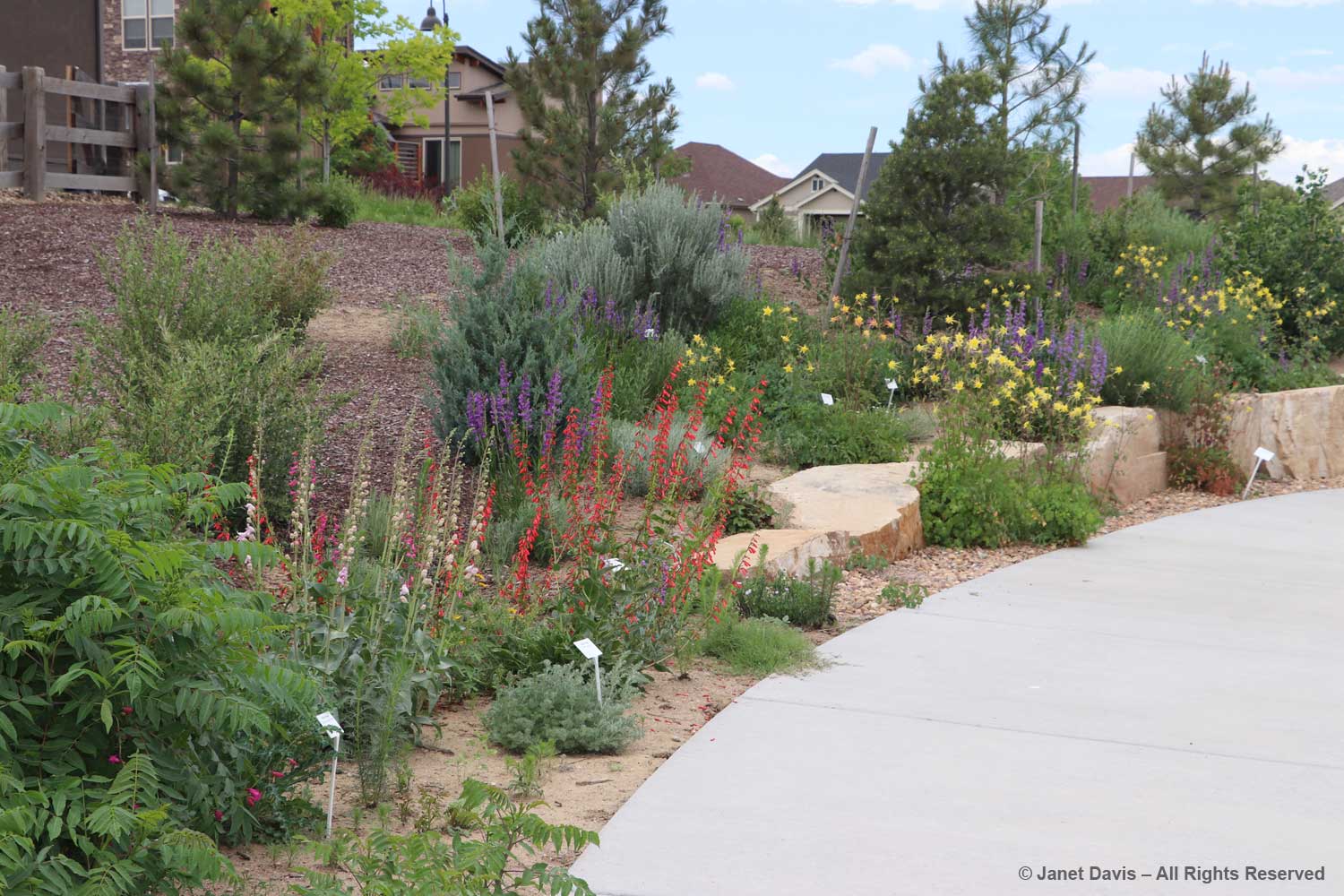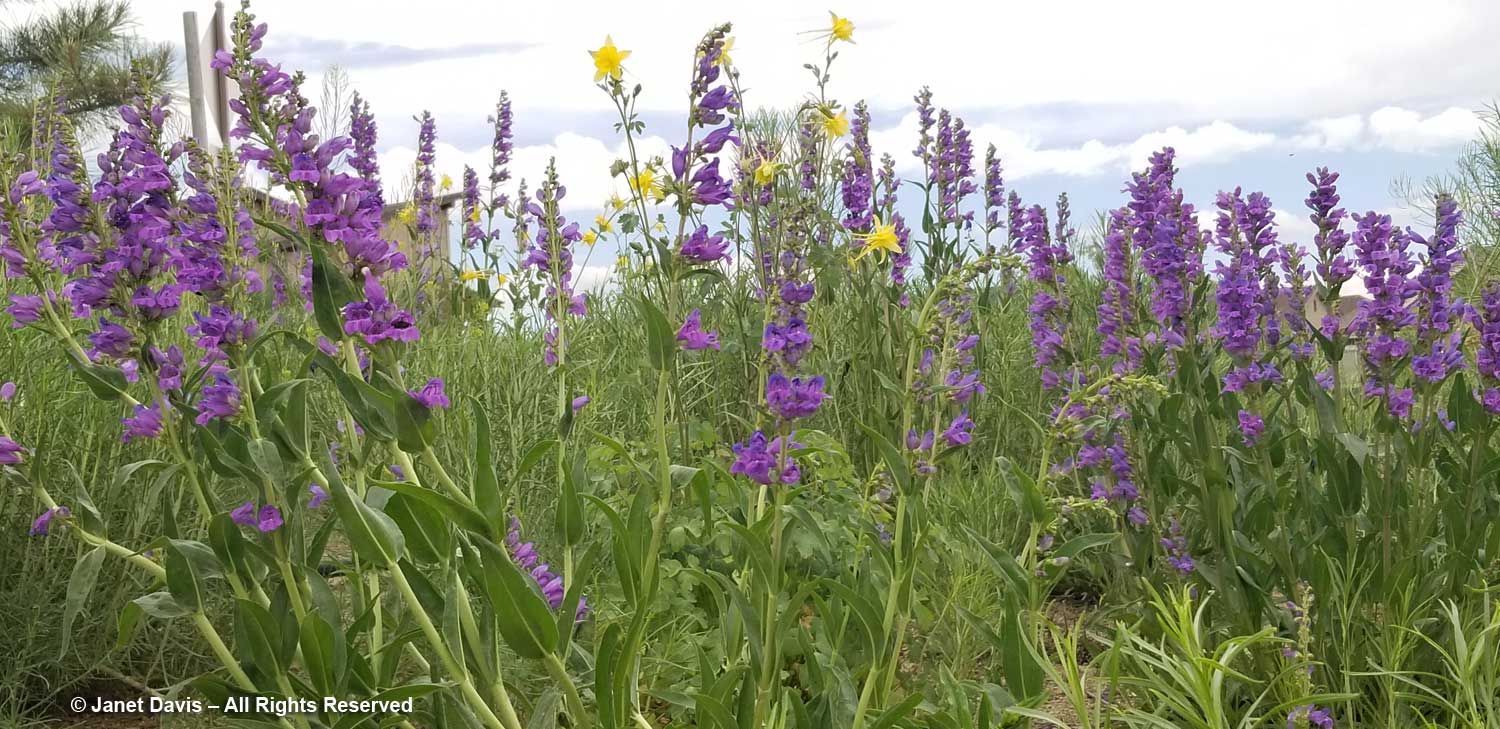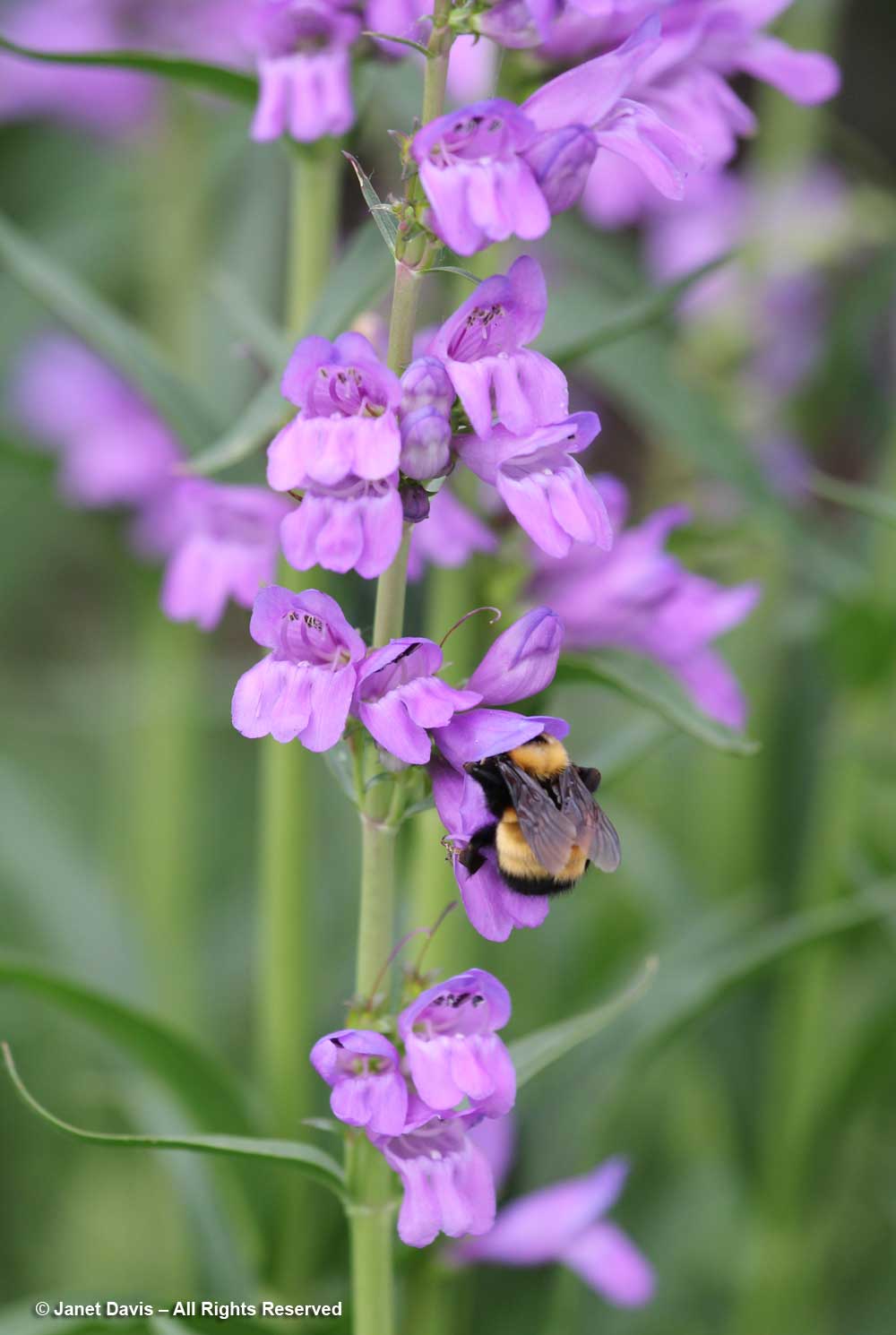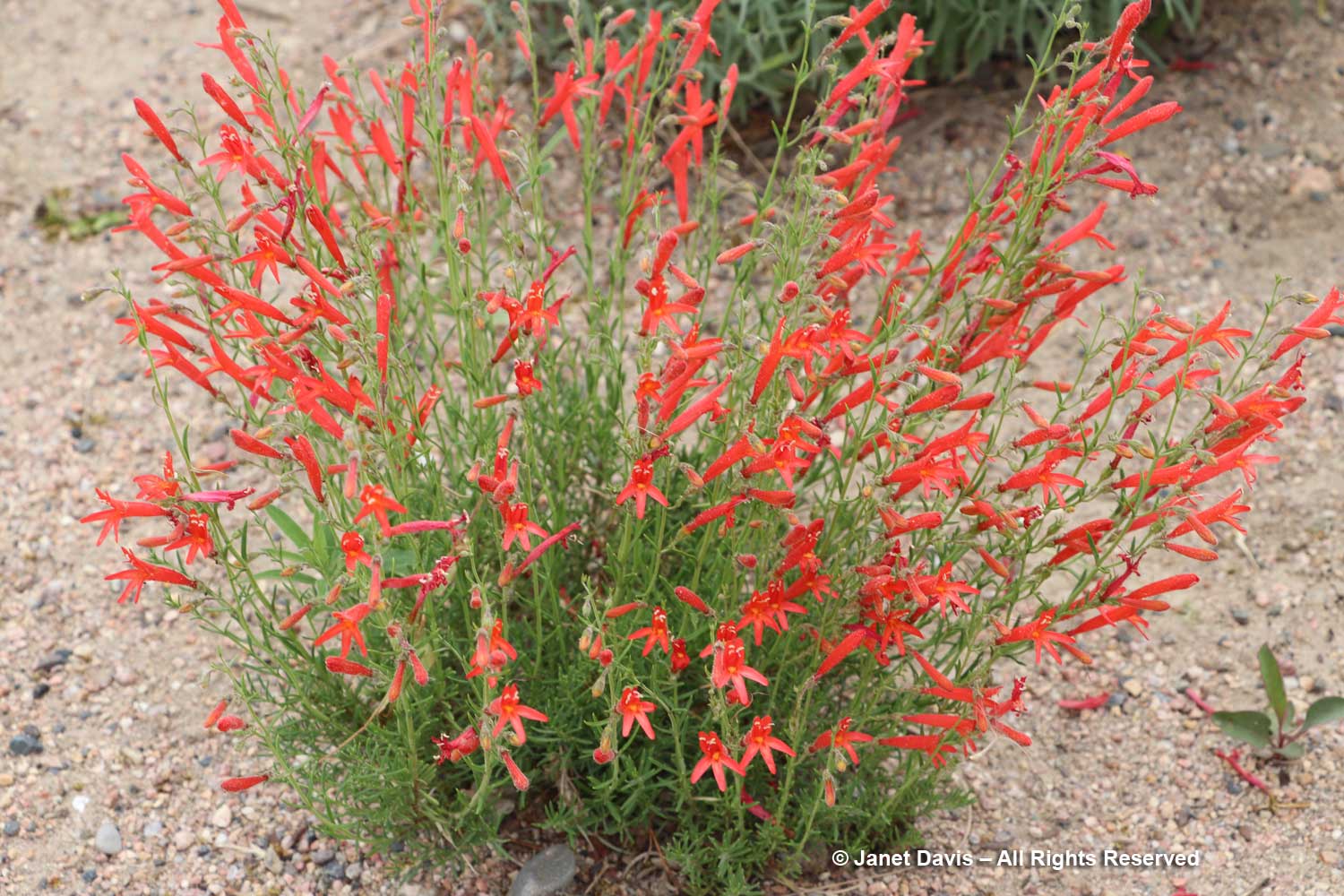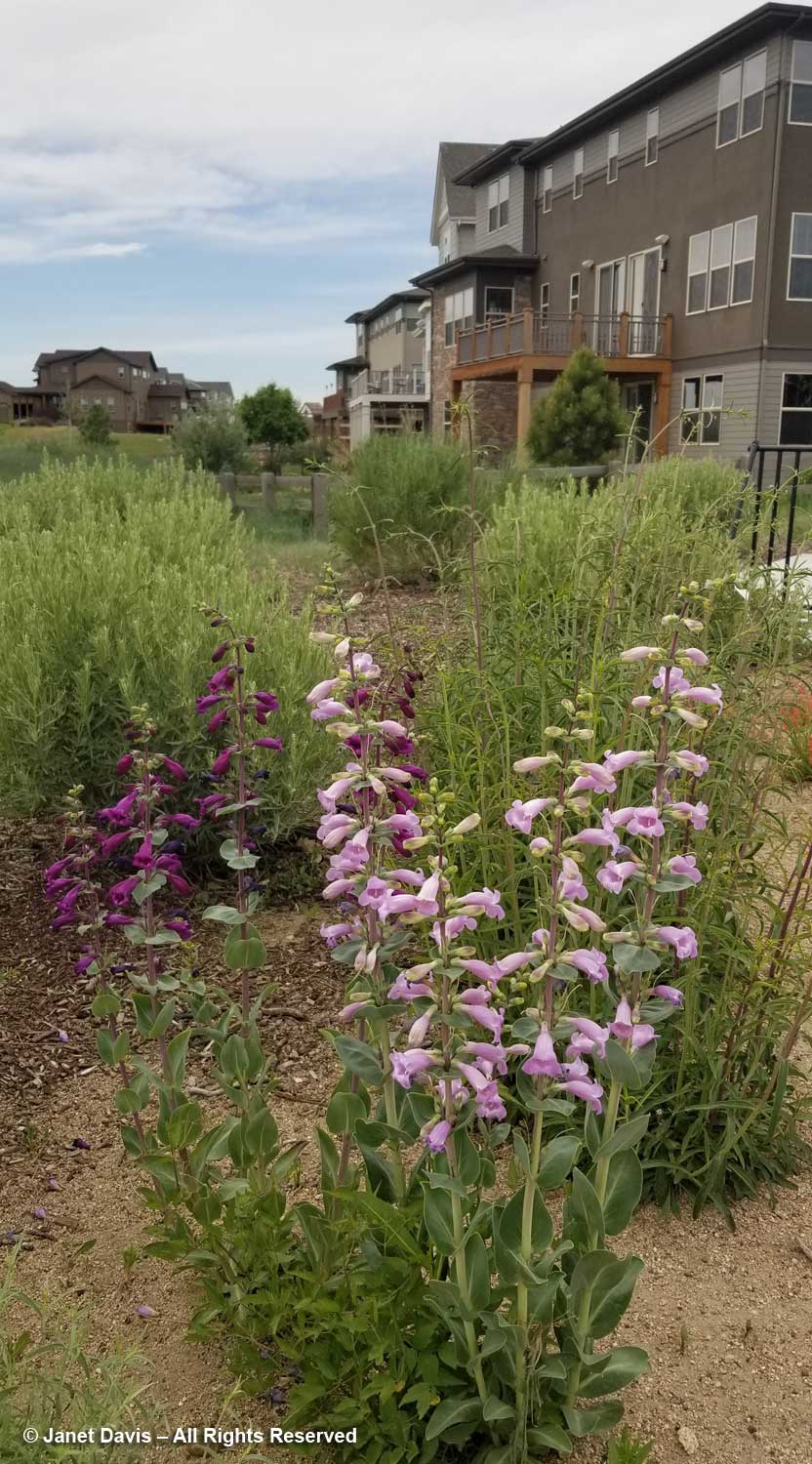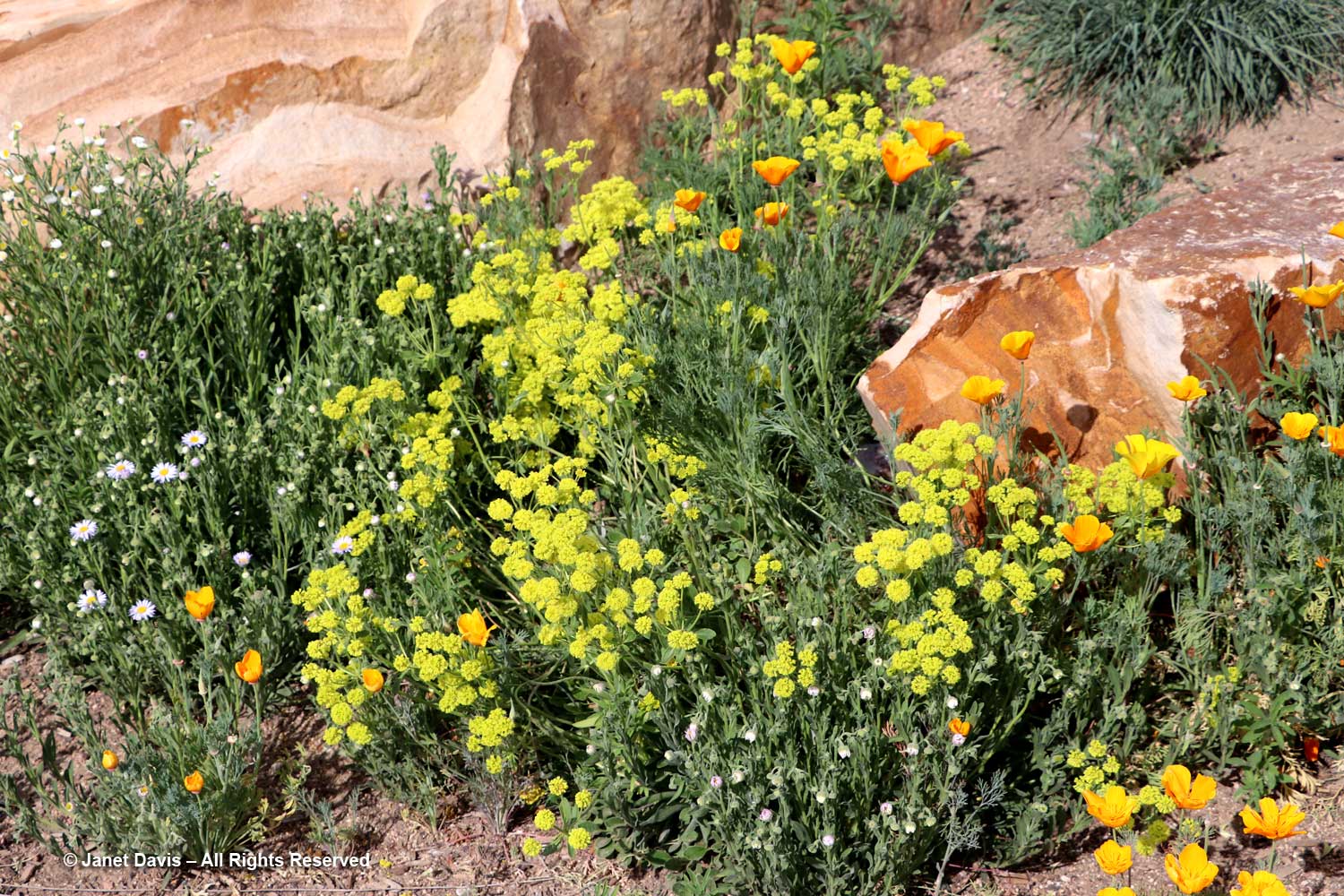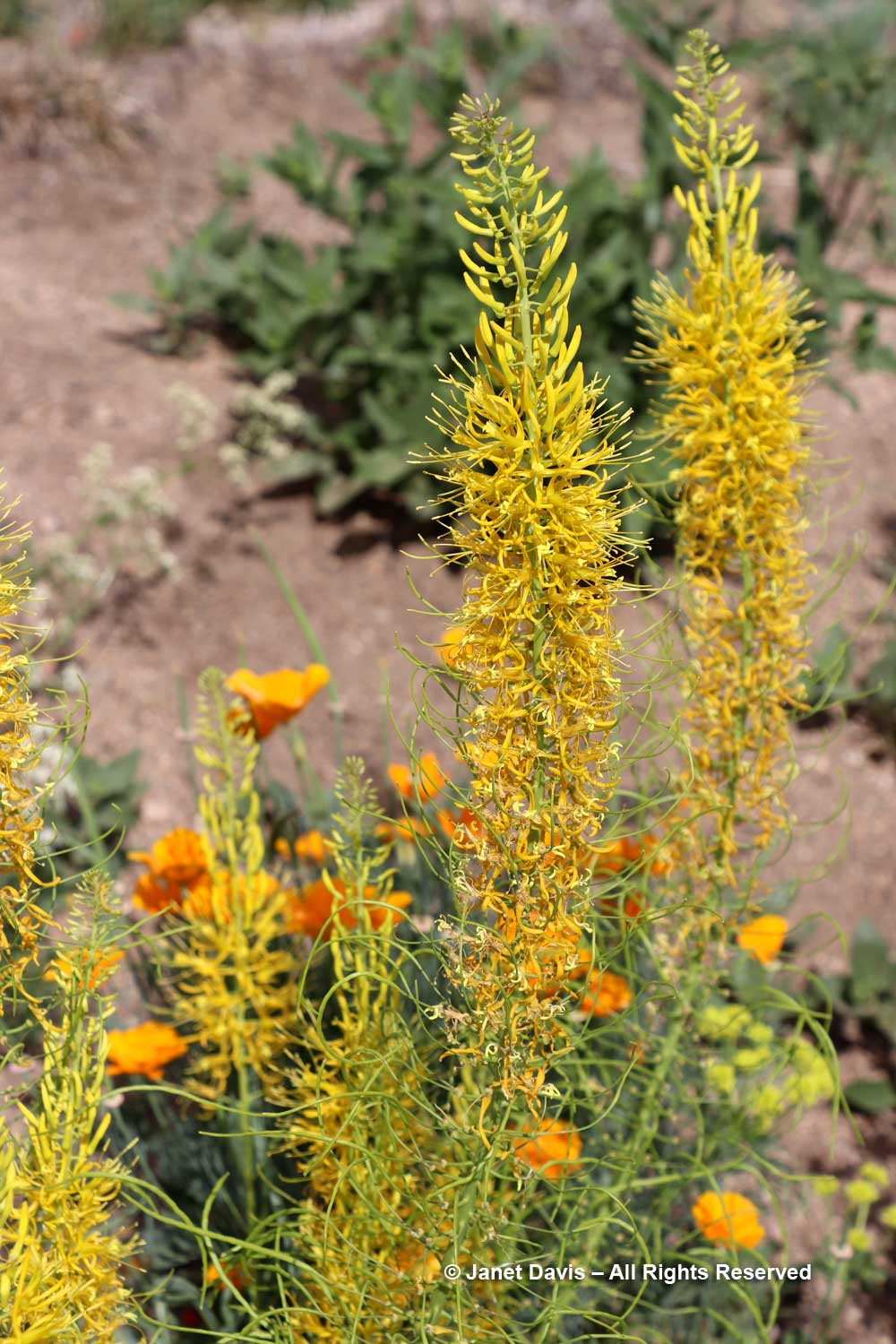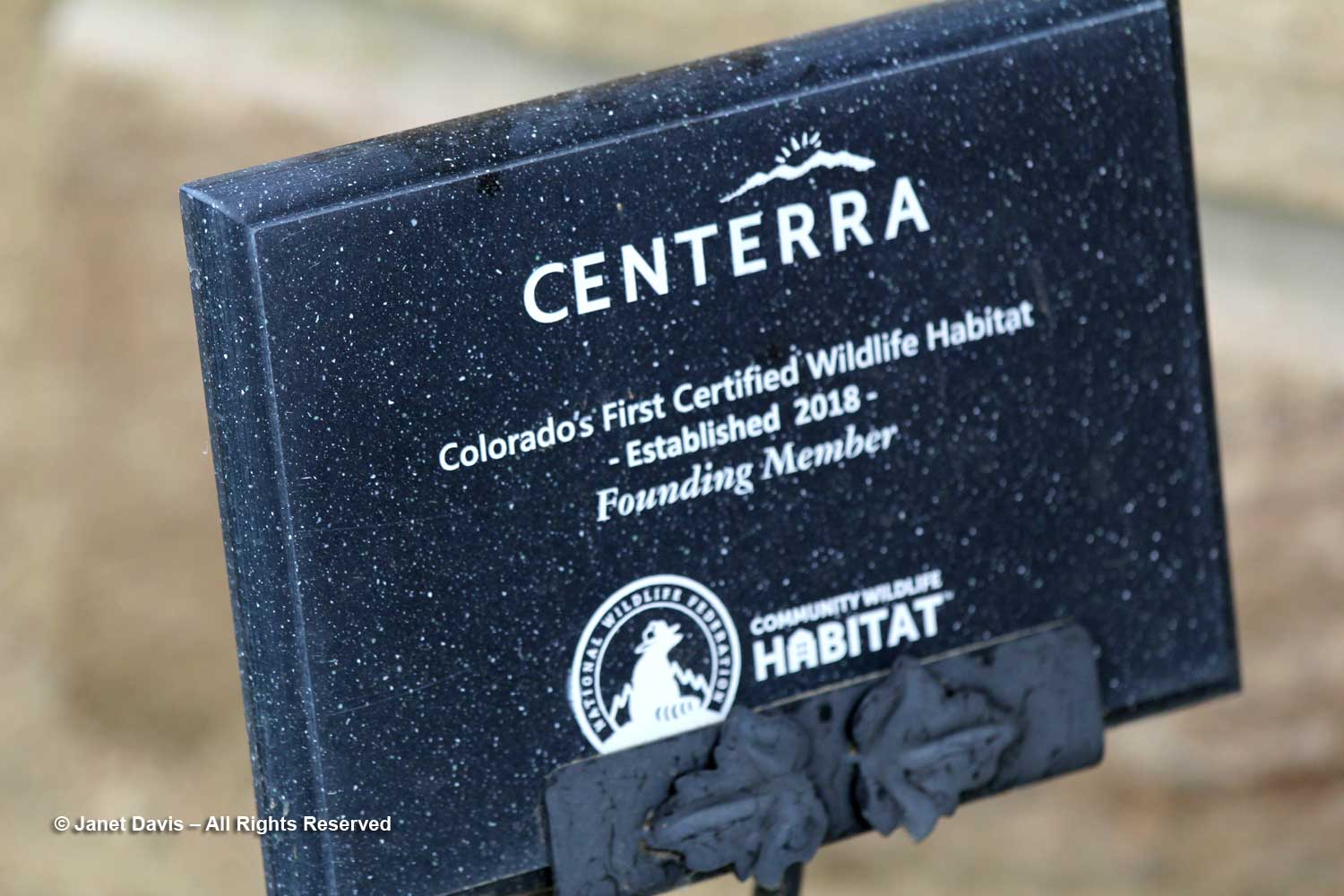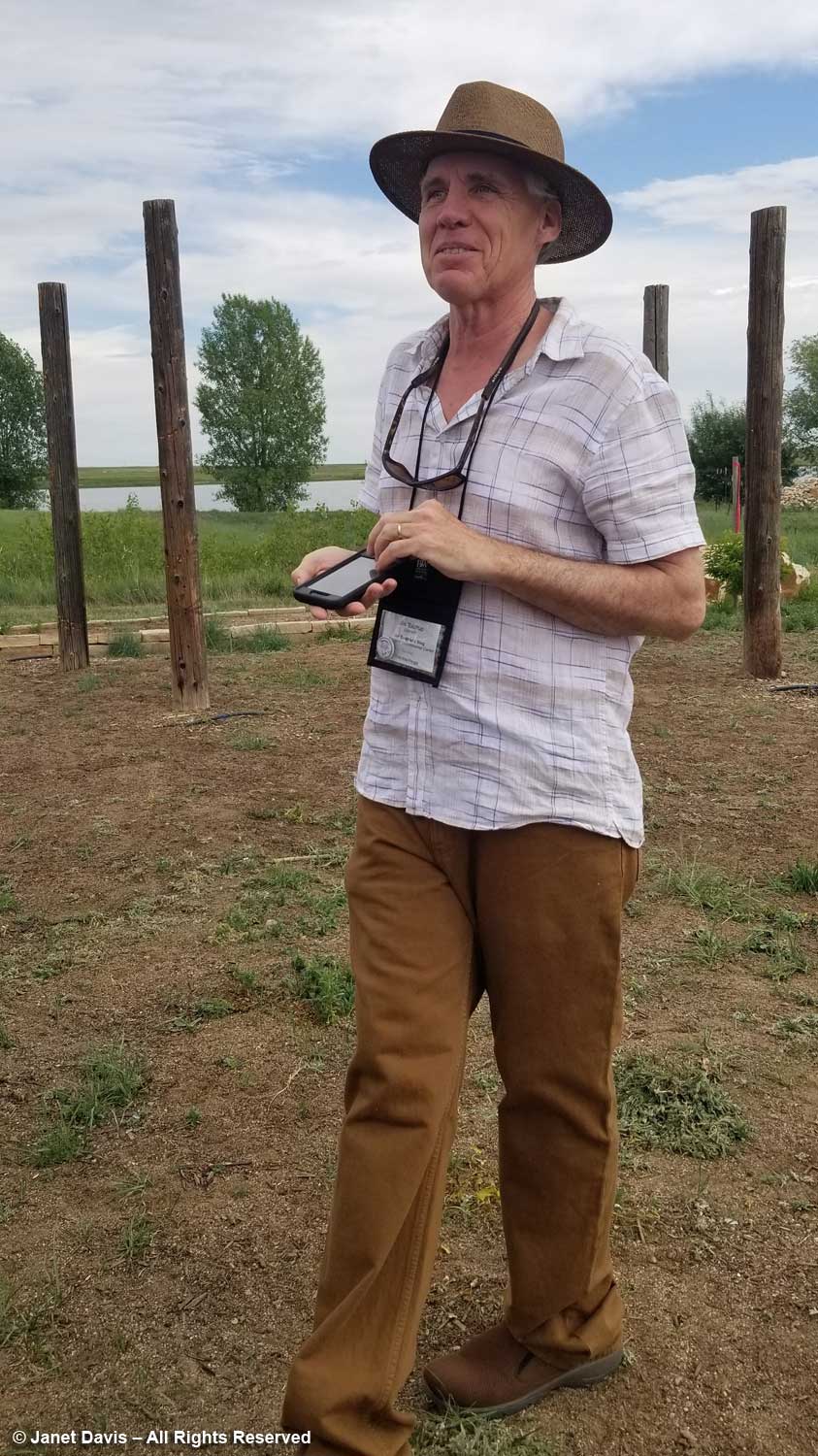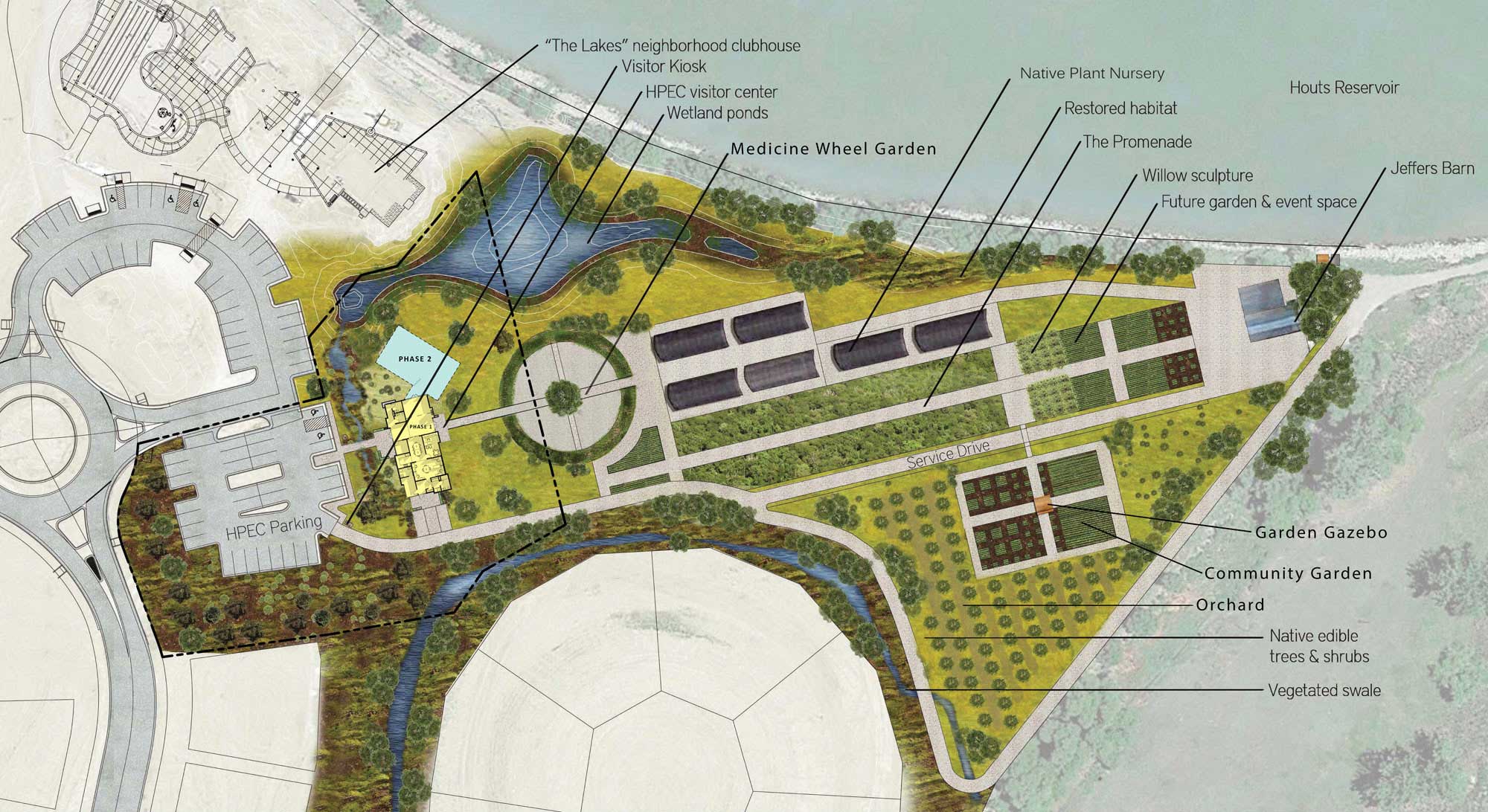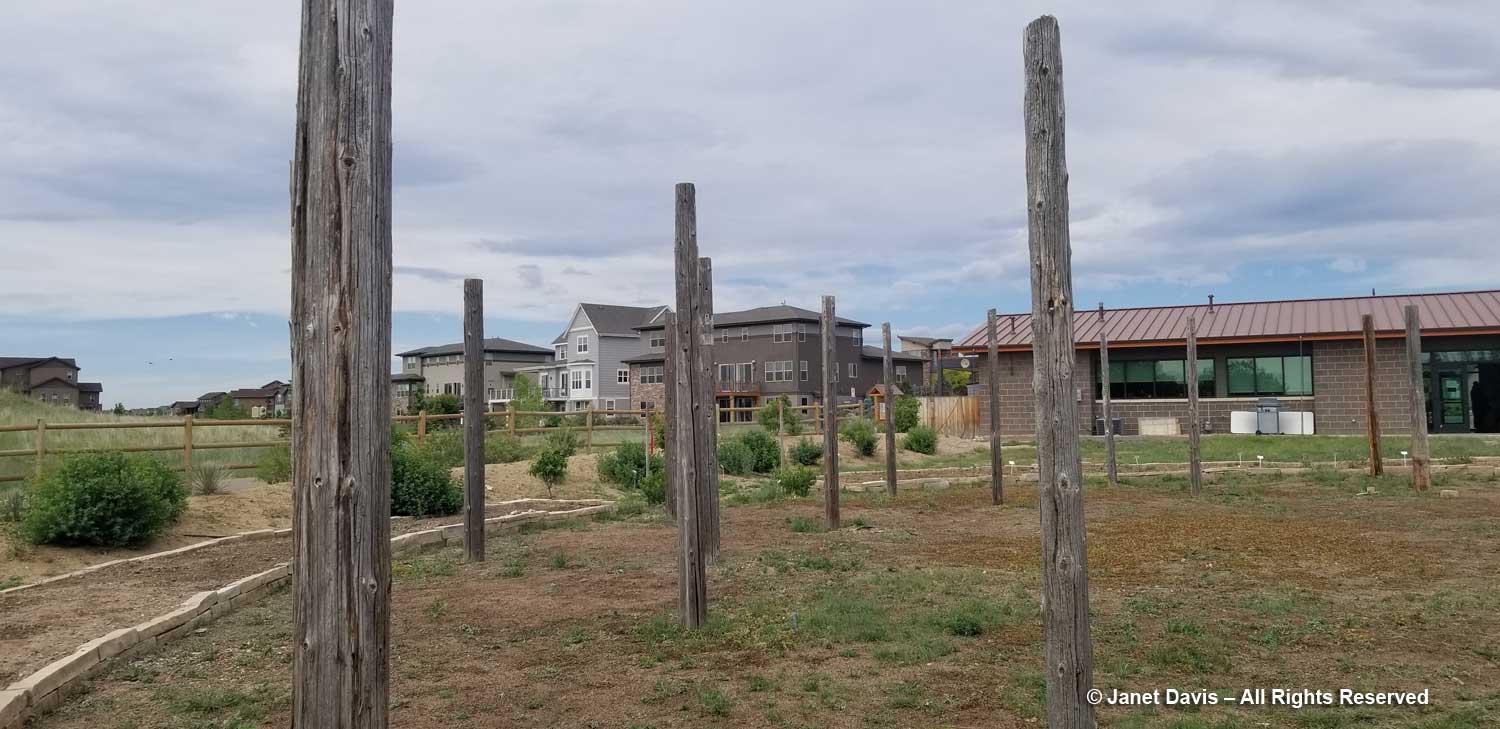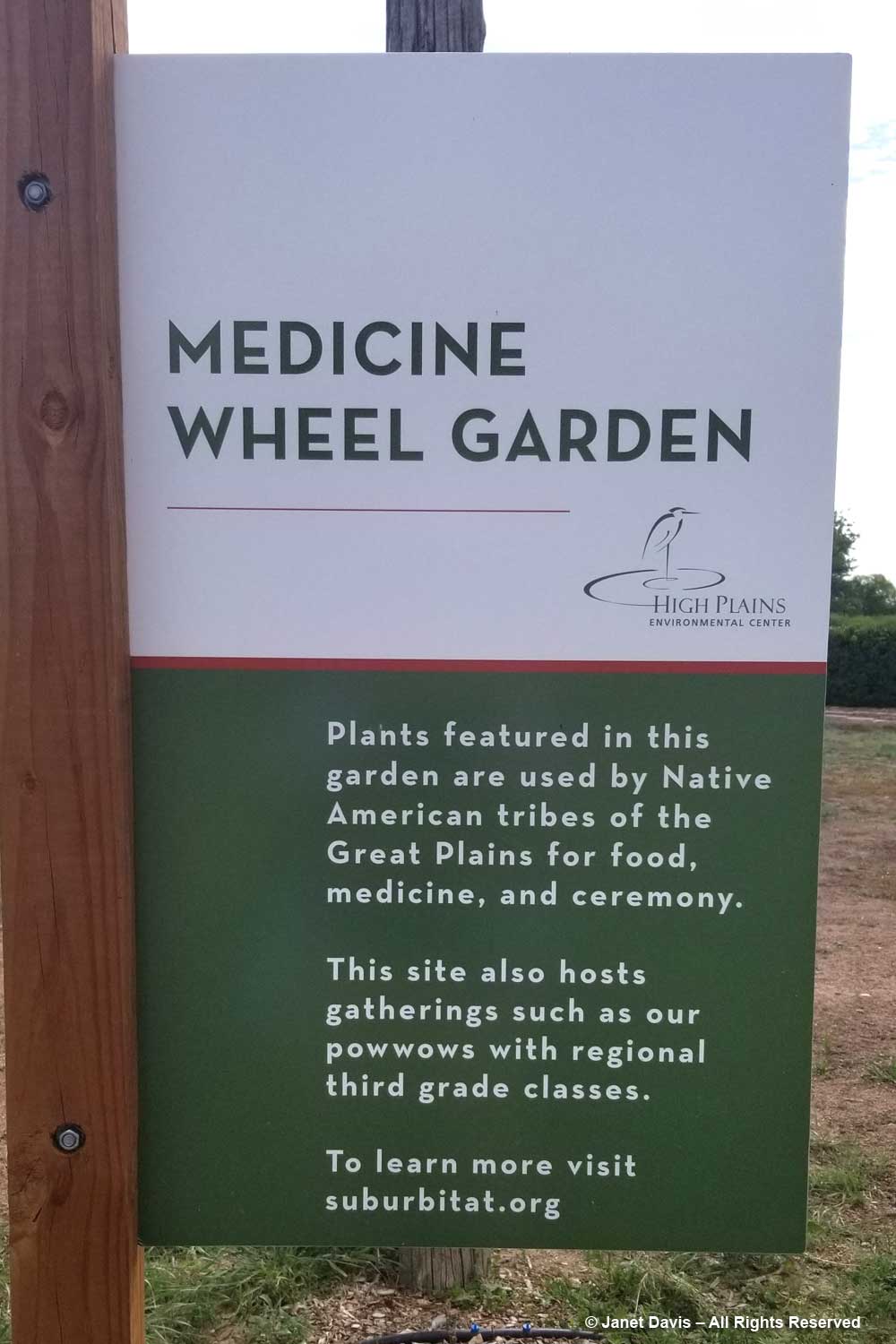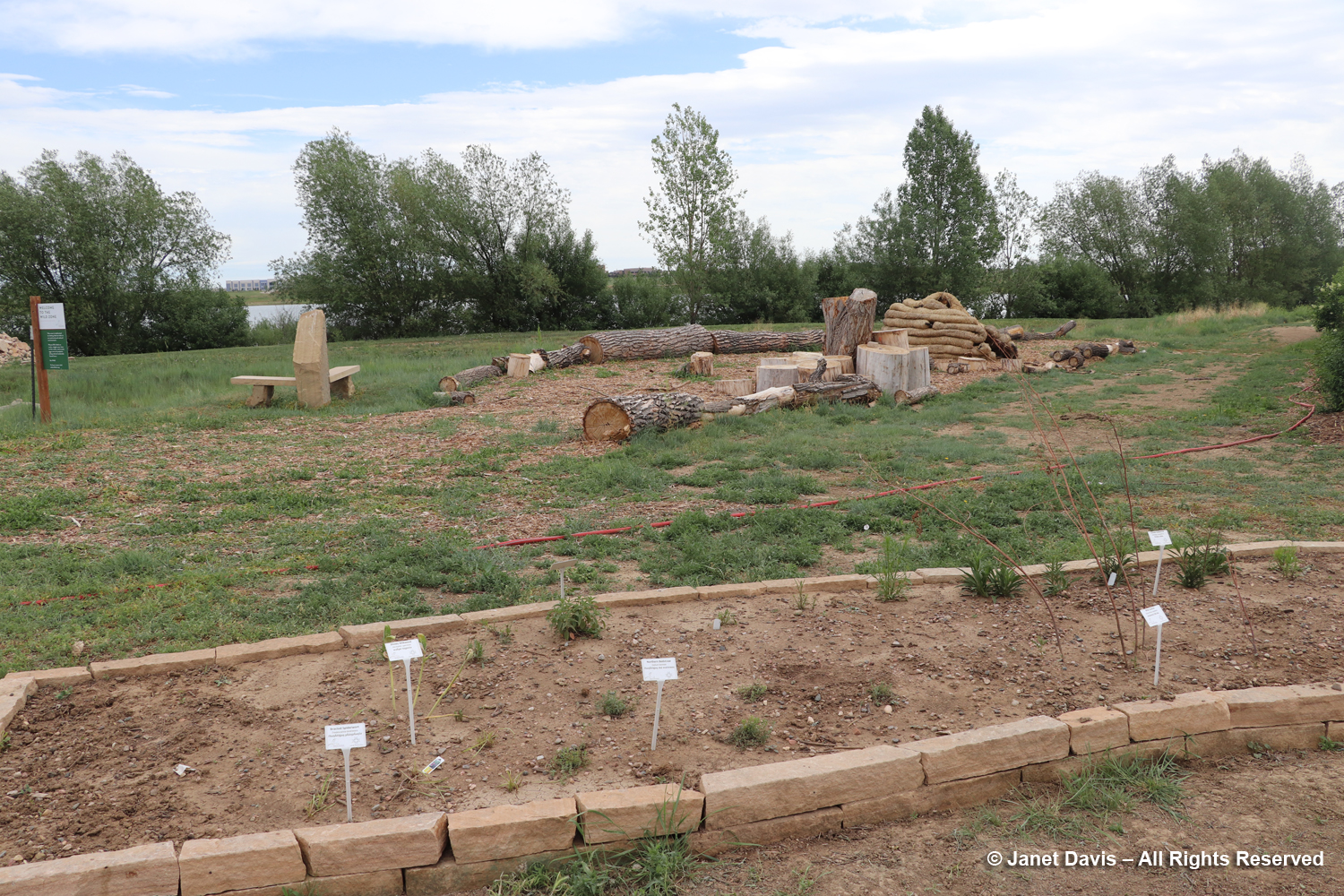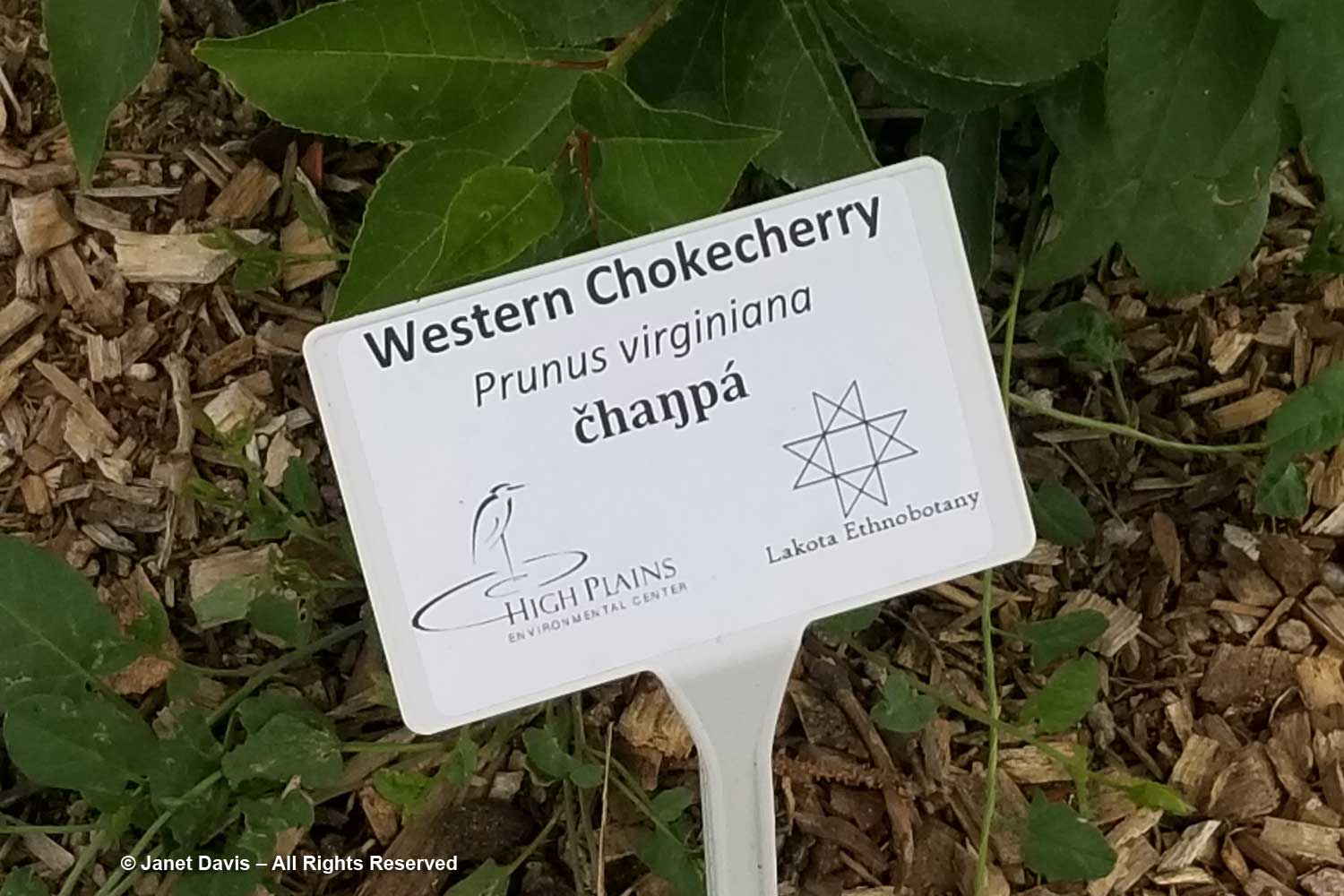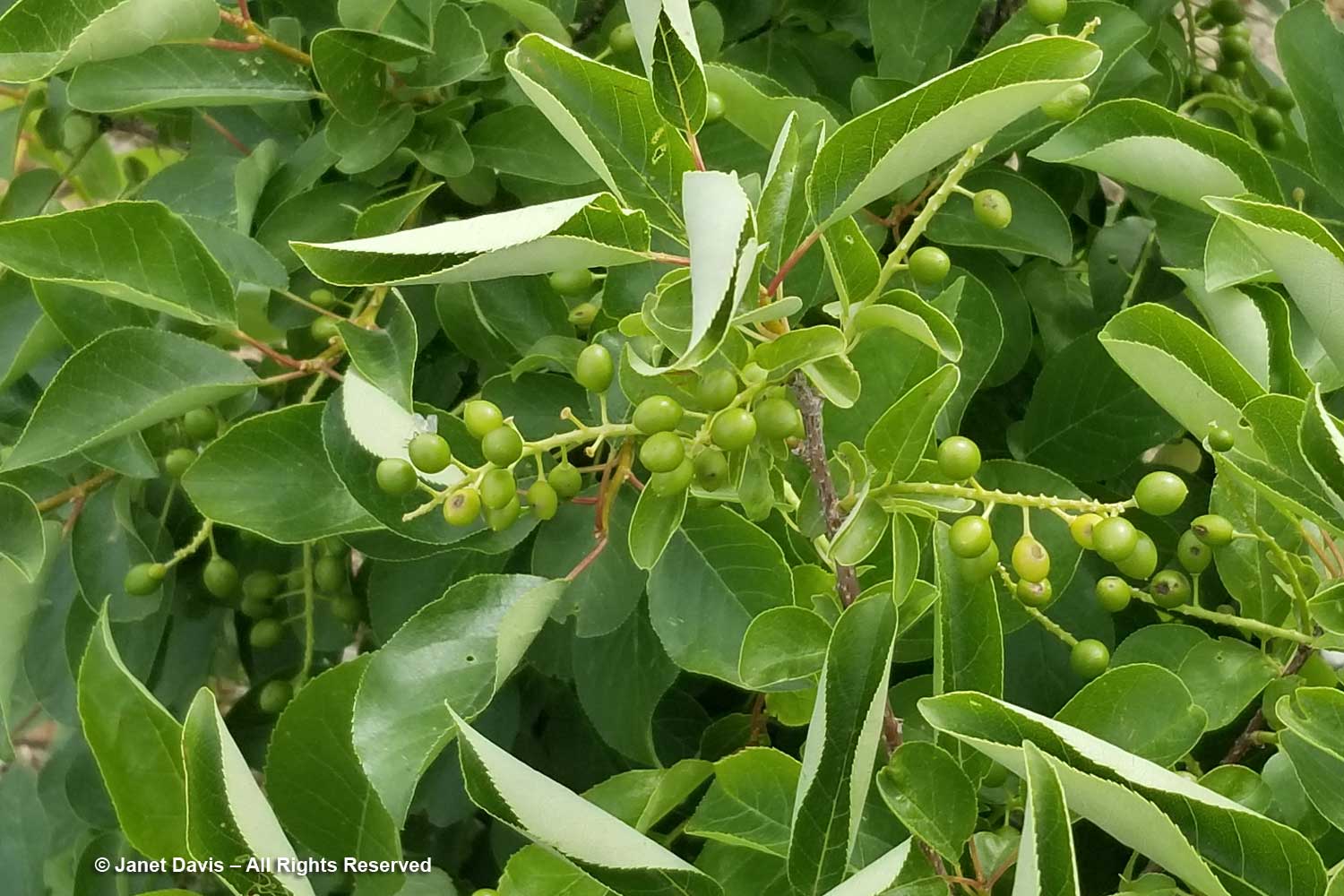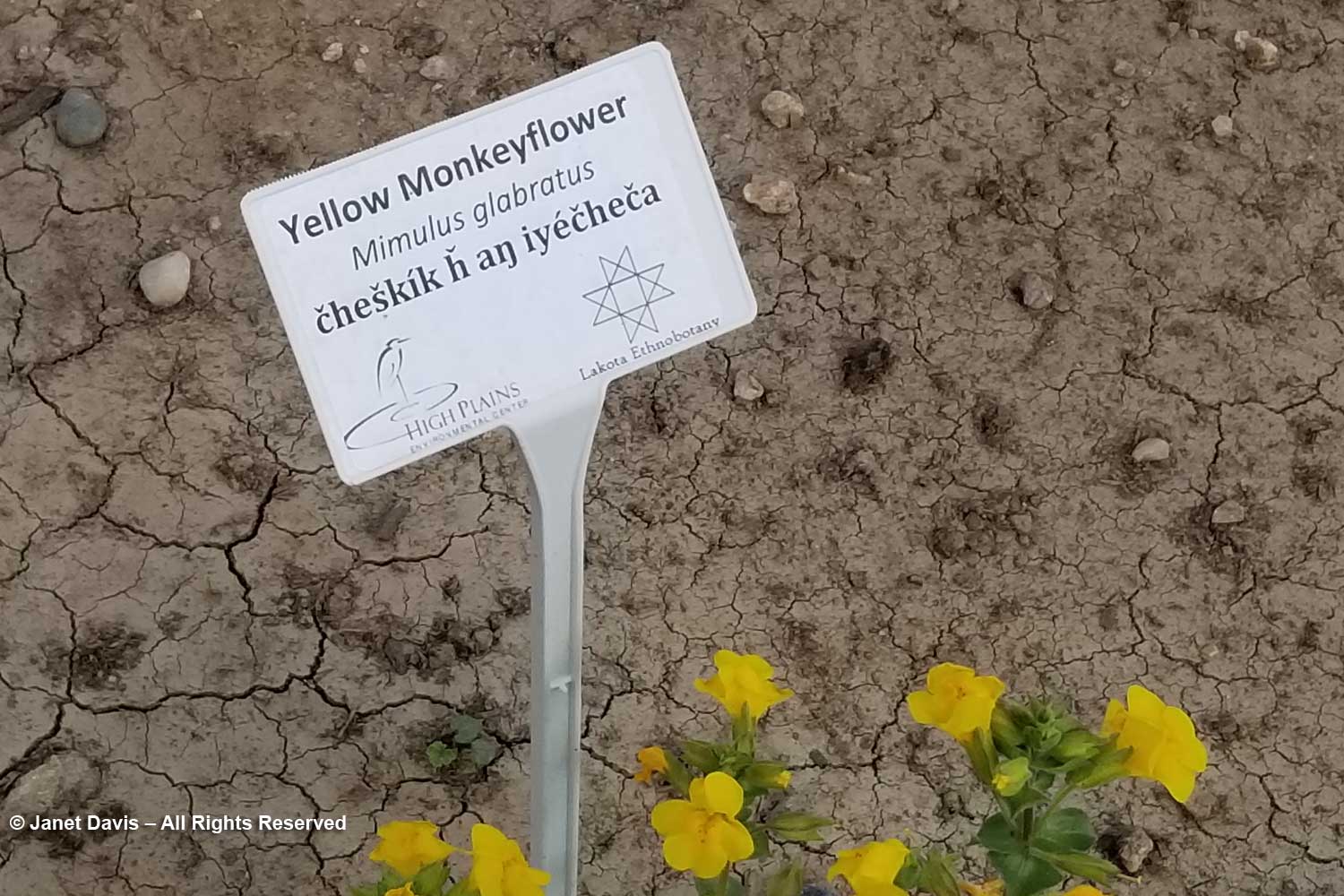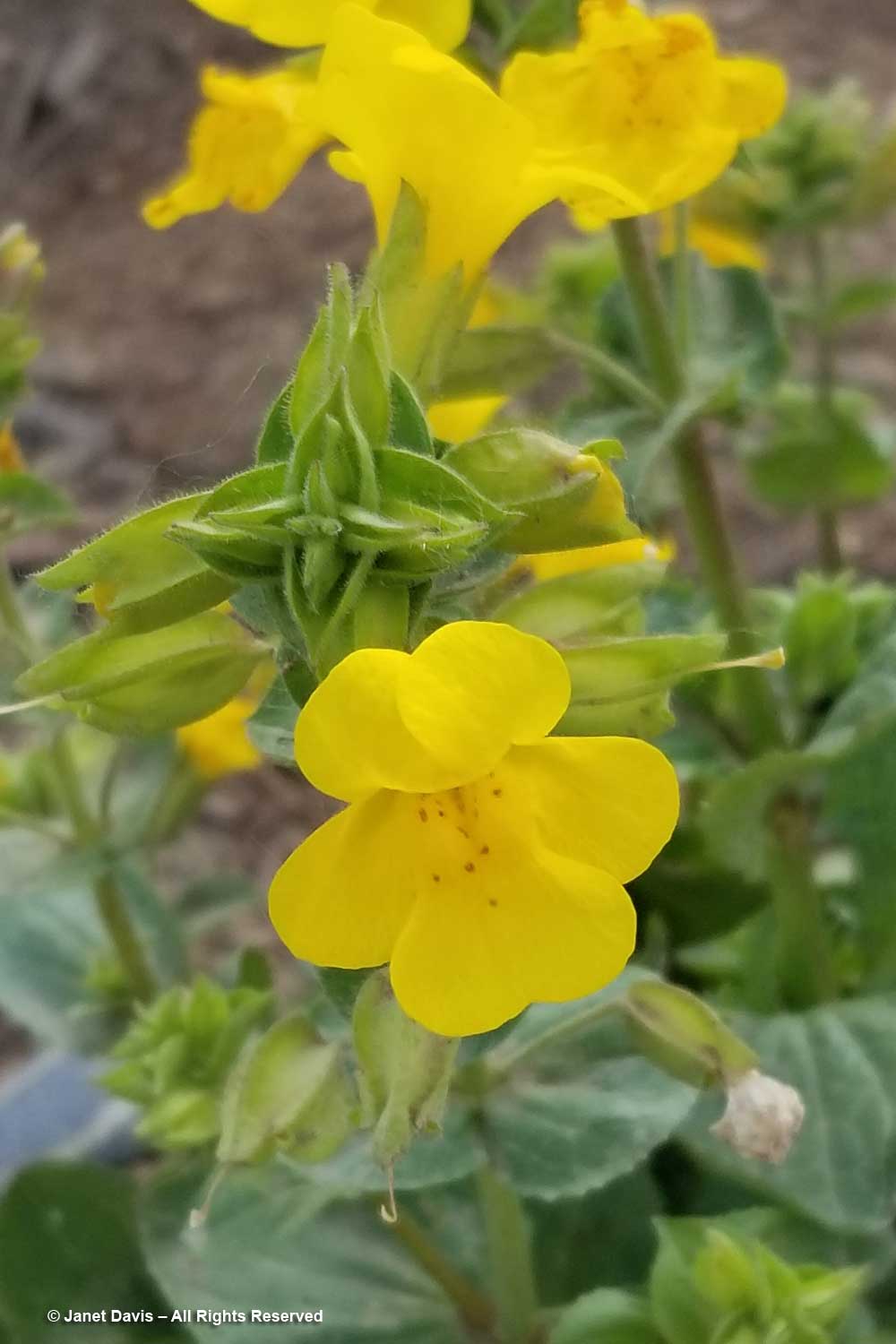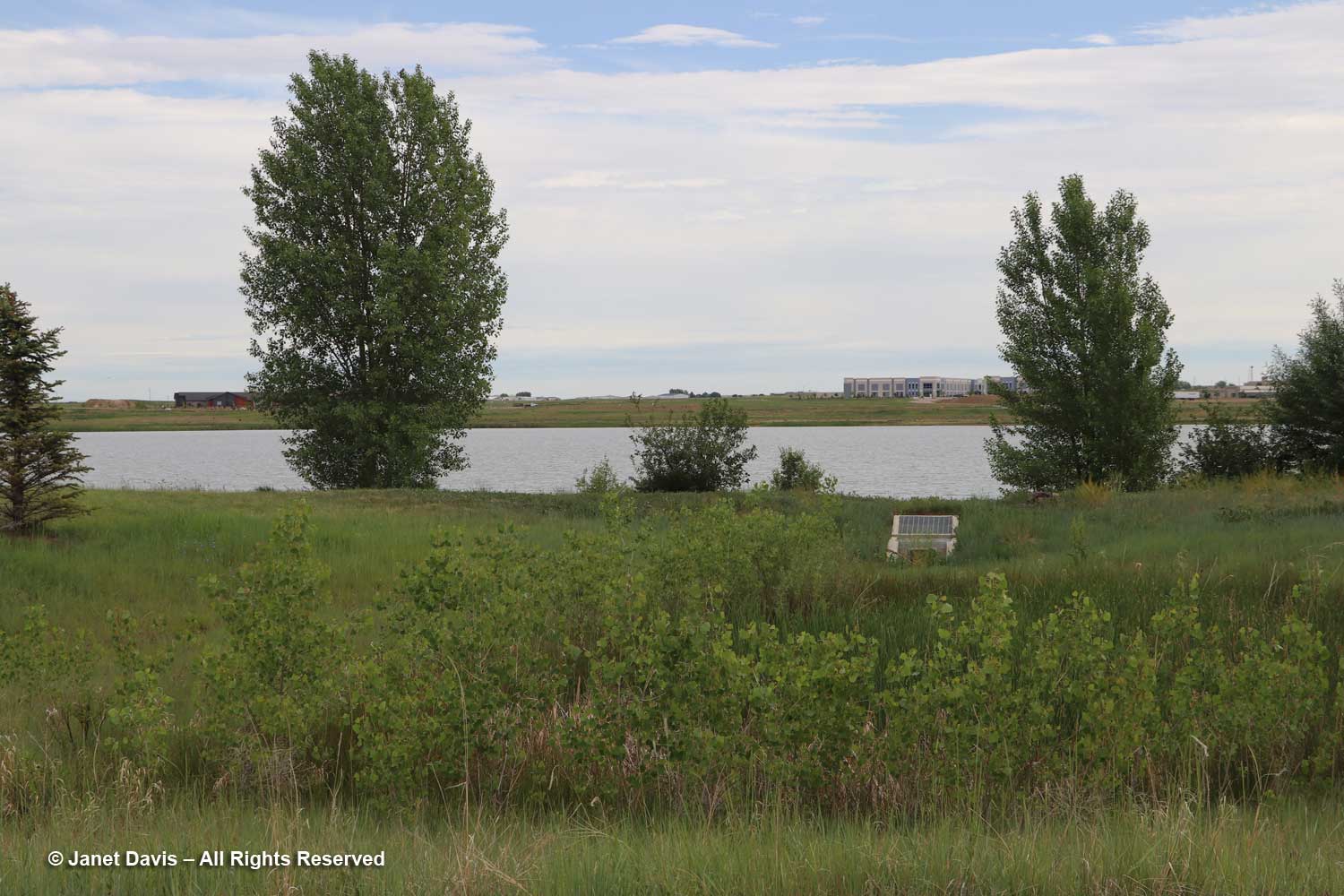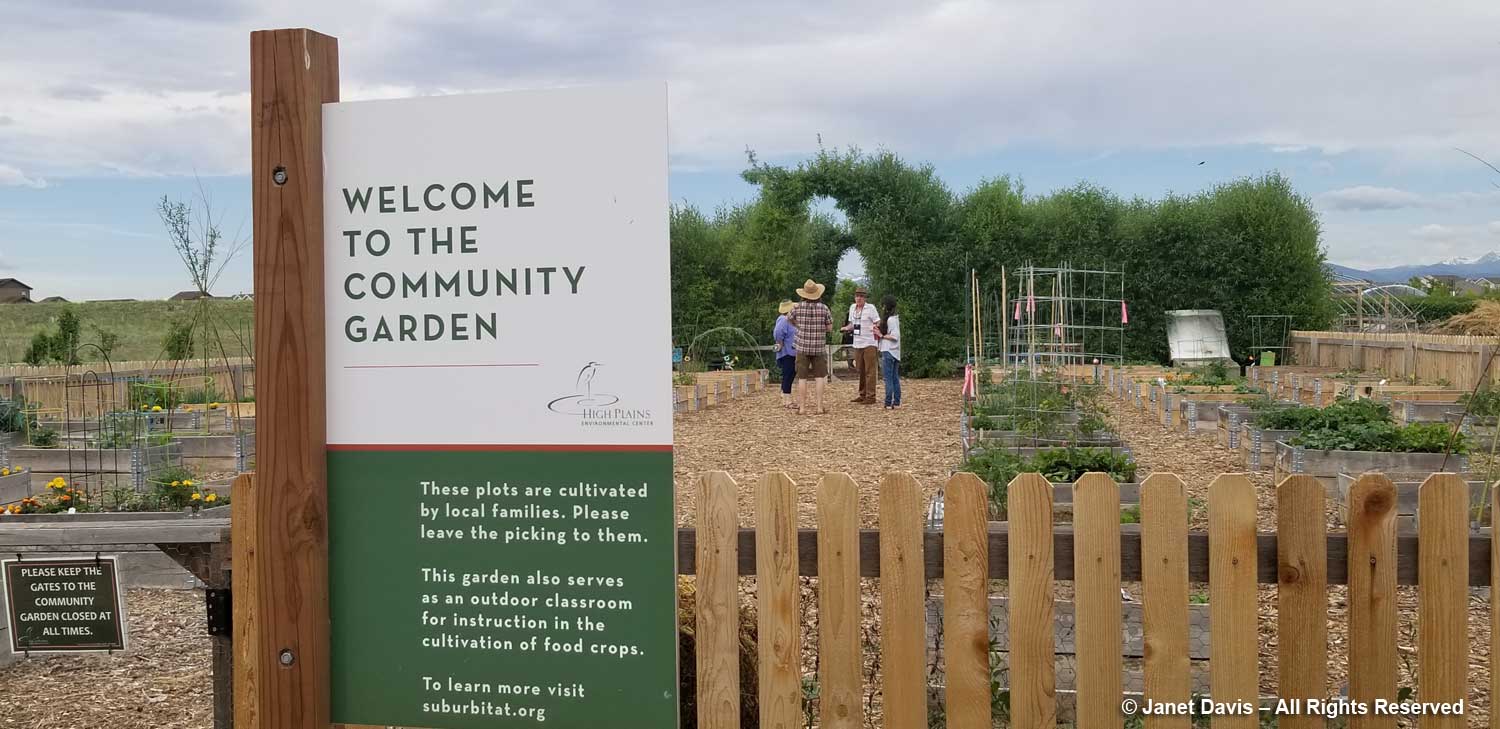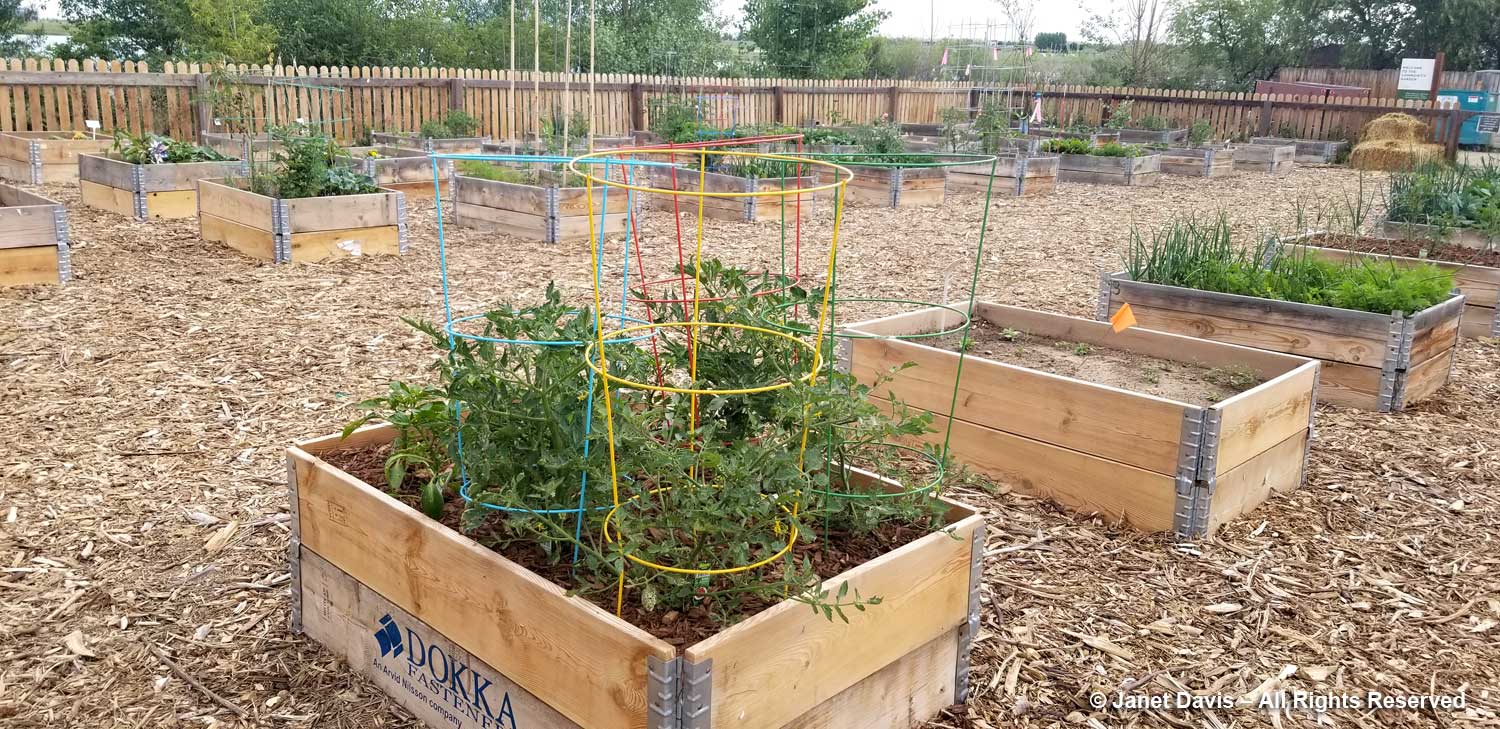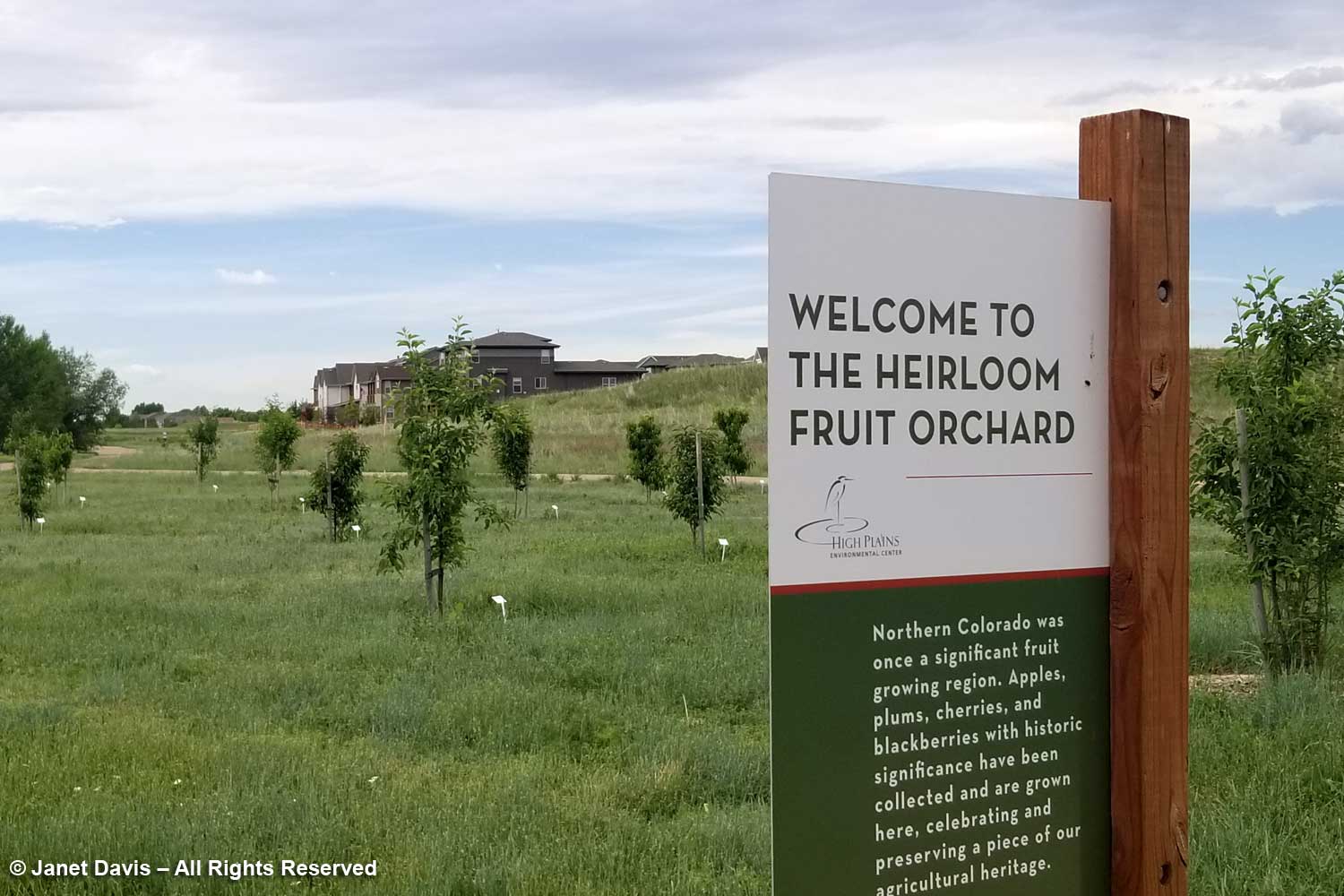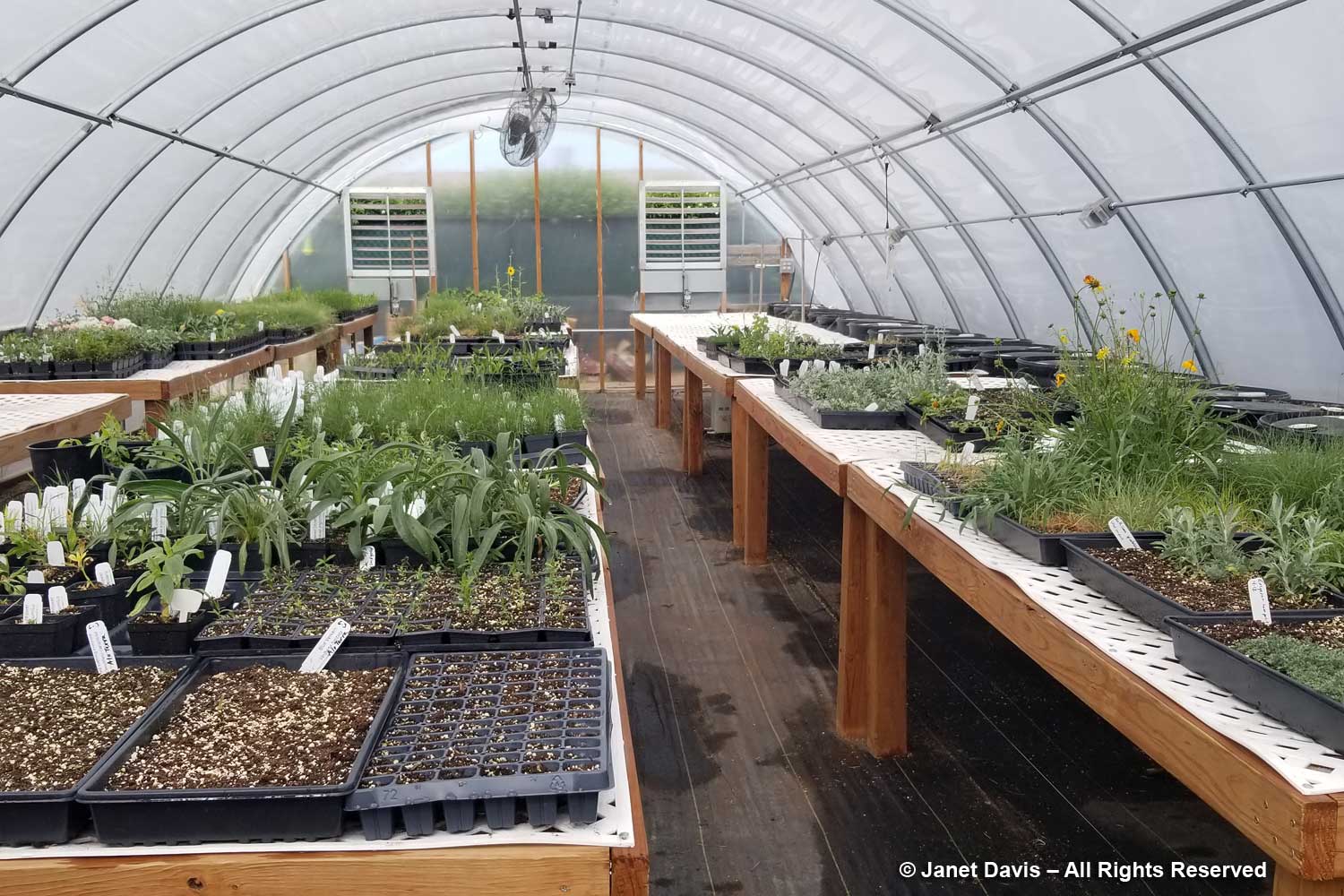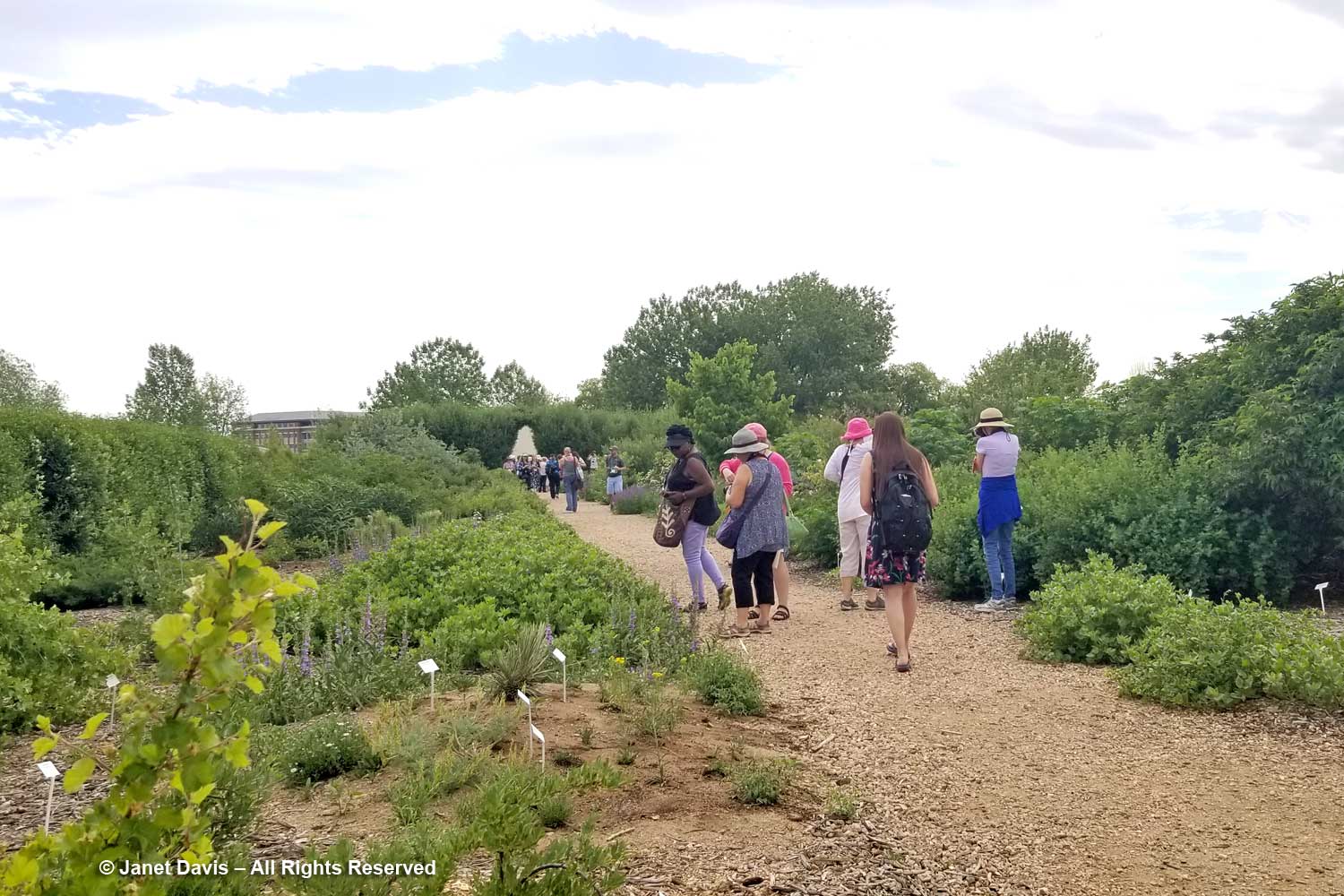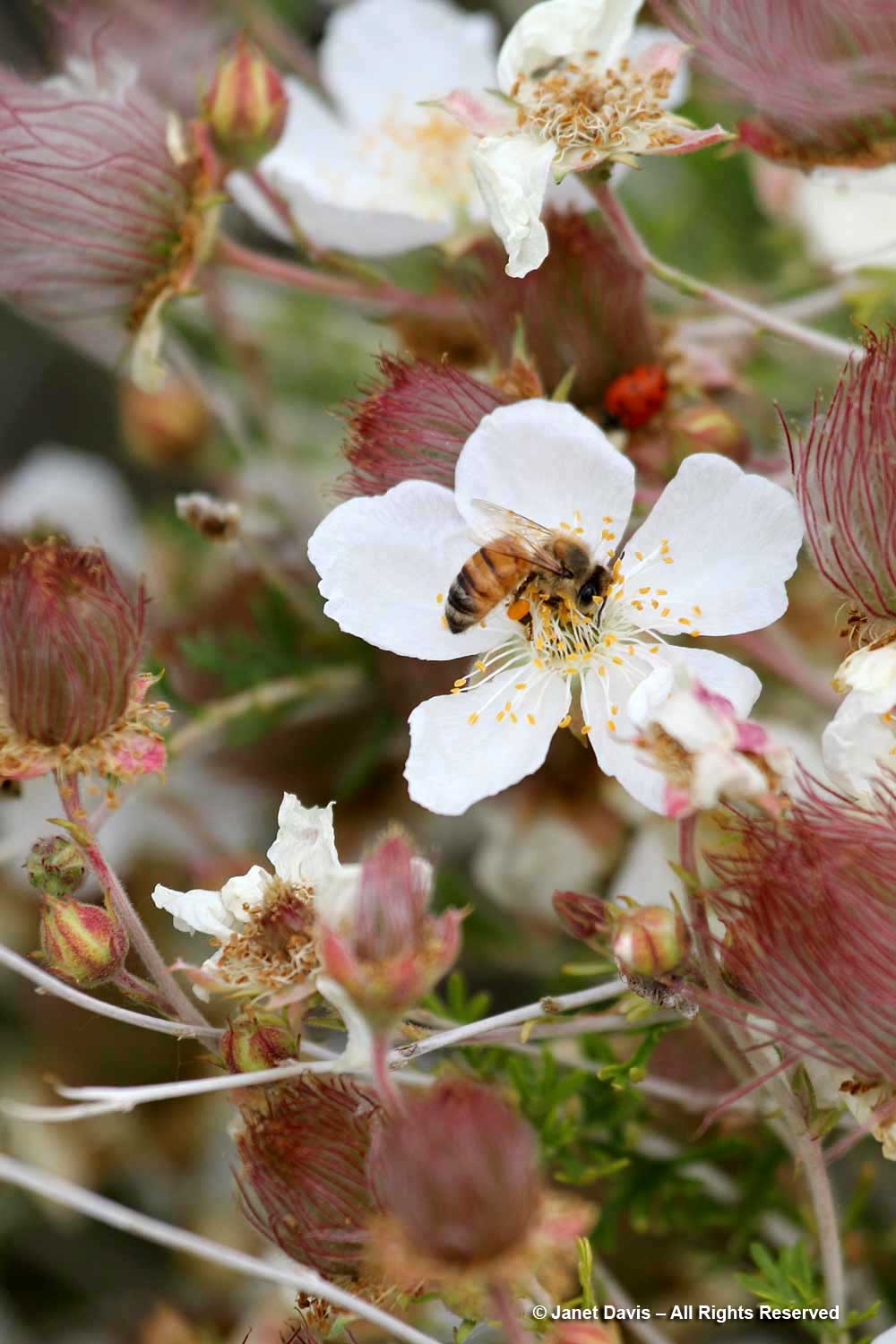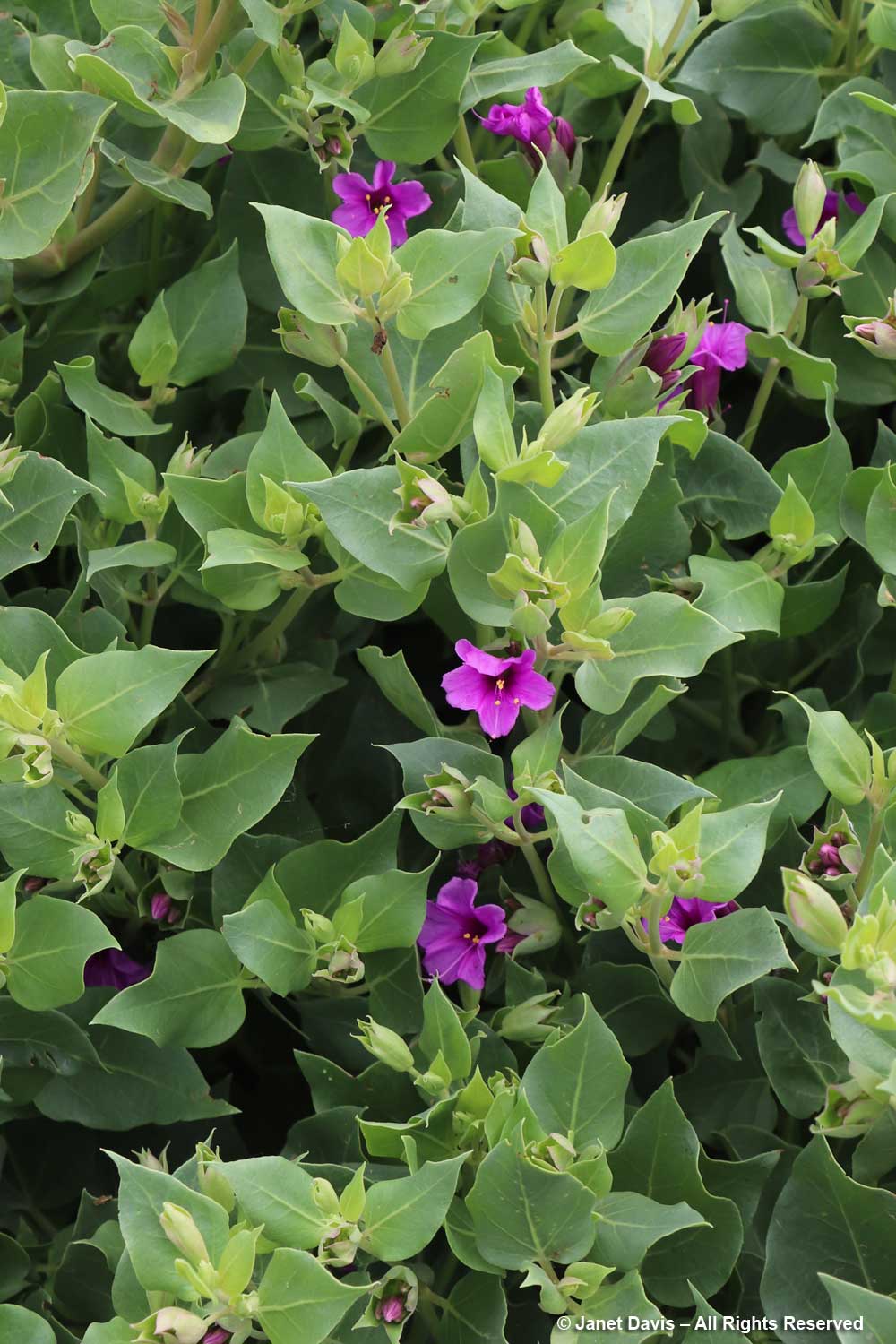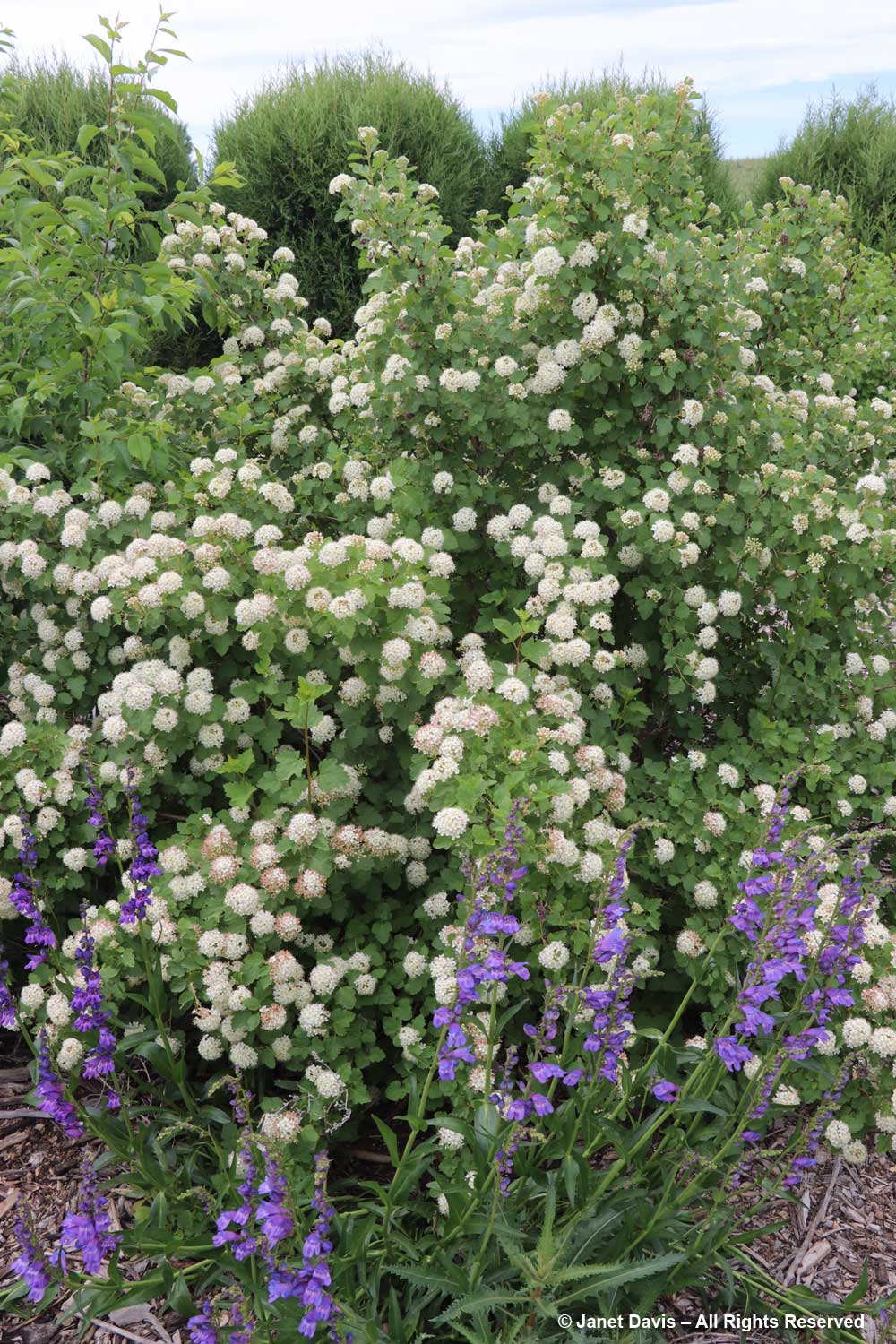Earlier this month – on Friday, May 13th to be exact – my husband Doug & I began a 12-day road trip through the northeast U.S. to celebrate his university reunion in New Jersey and to tour as many public gardens as we could fit in along the way. On that first day, we drove from Toronto to Rochester, New York in order to enjoy the first of three May weekends at the Rochester Lilac Festival at Highland Park. It bills itself as the largest free festival in North America and given the already-filled parking lots and hordes of people milling in the park, I can believe it. Walking towards the lilac plantings, we passed booths with huge lilac bouquets….
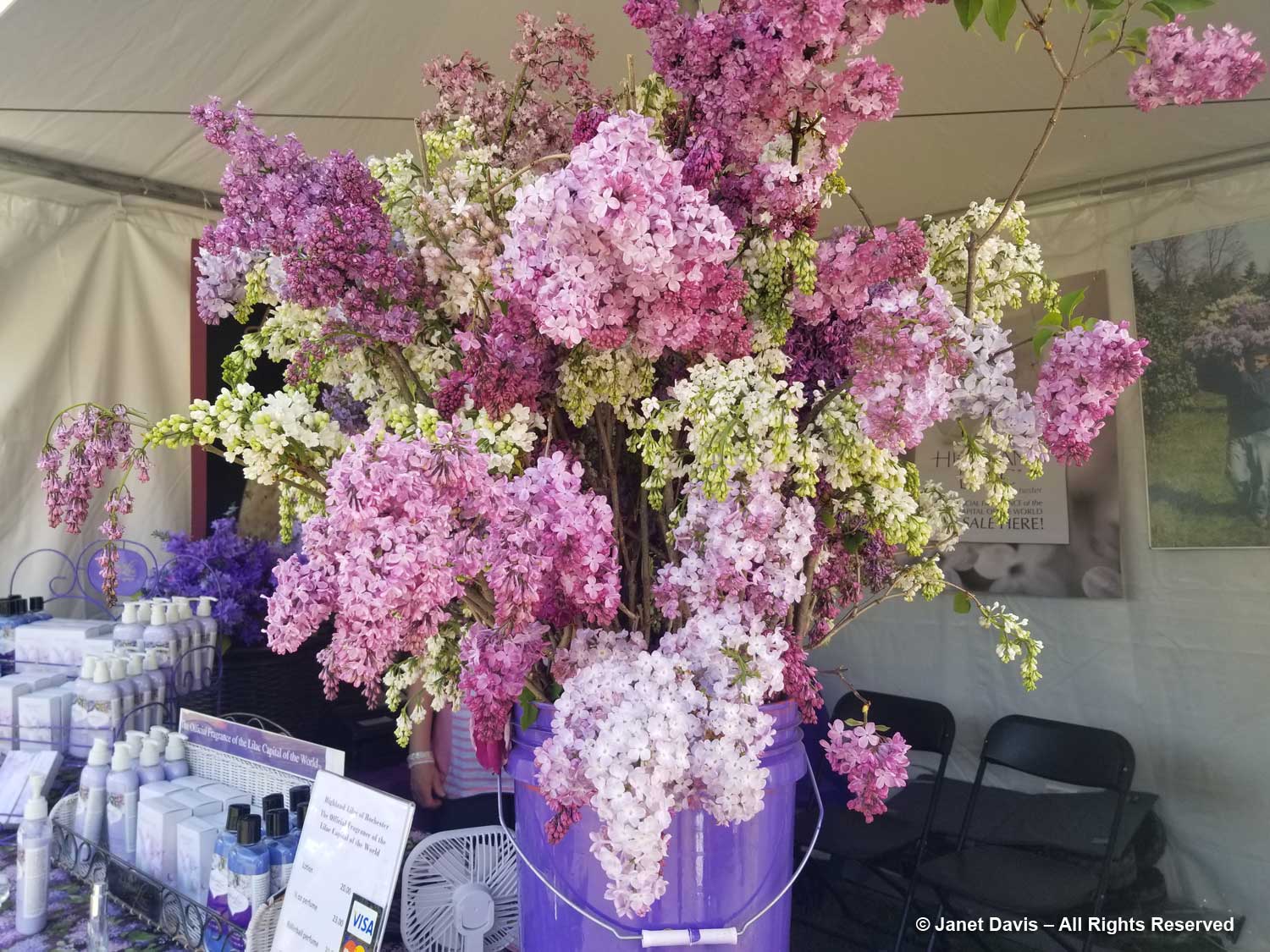
….. and themed t-shirts….
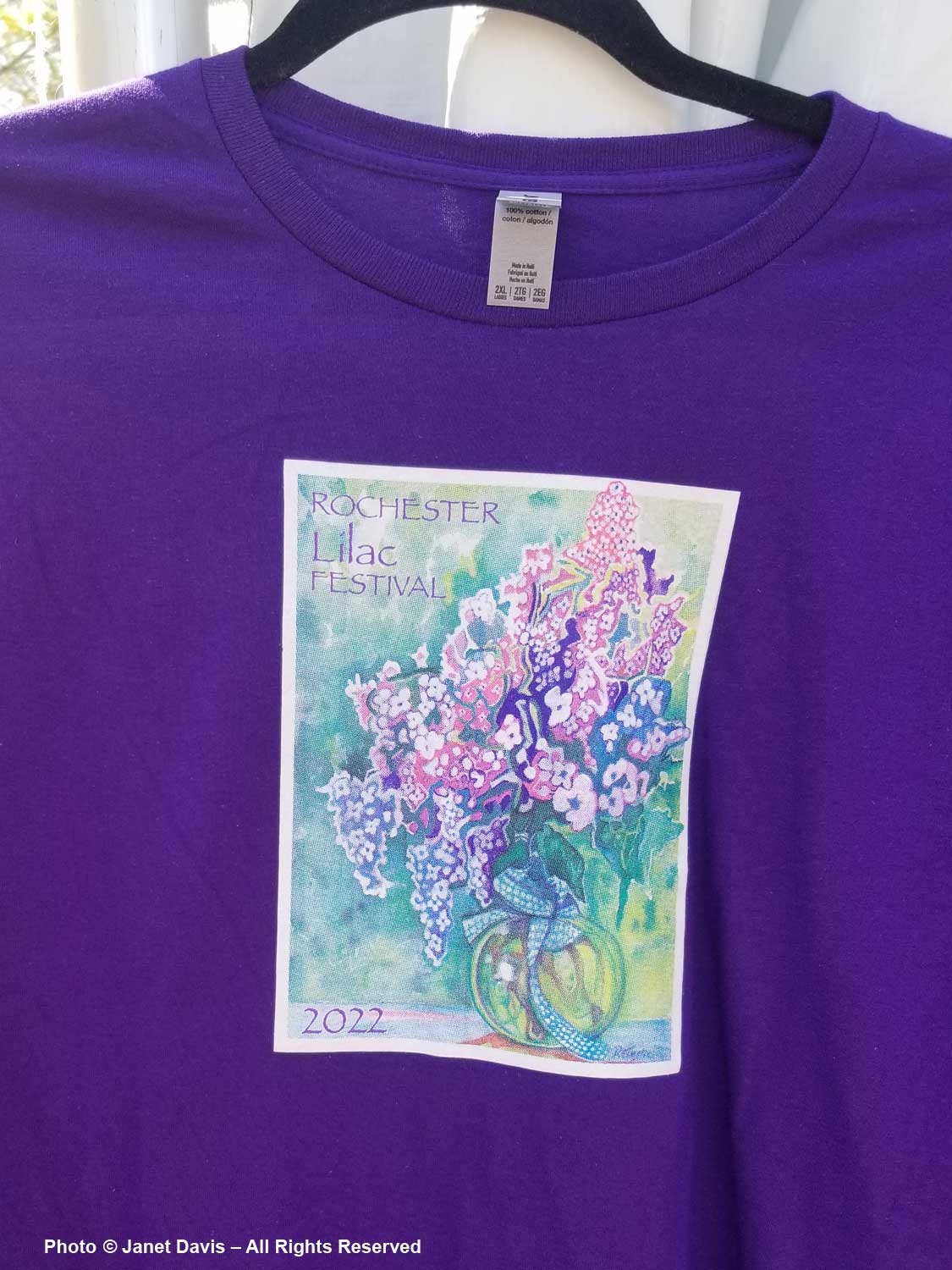
….. and vendors of cut flowers that were NOT lilacs.
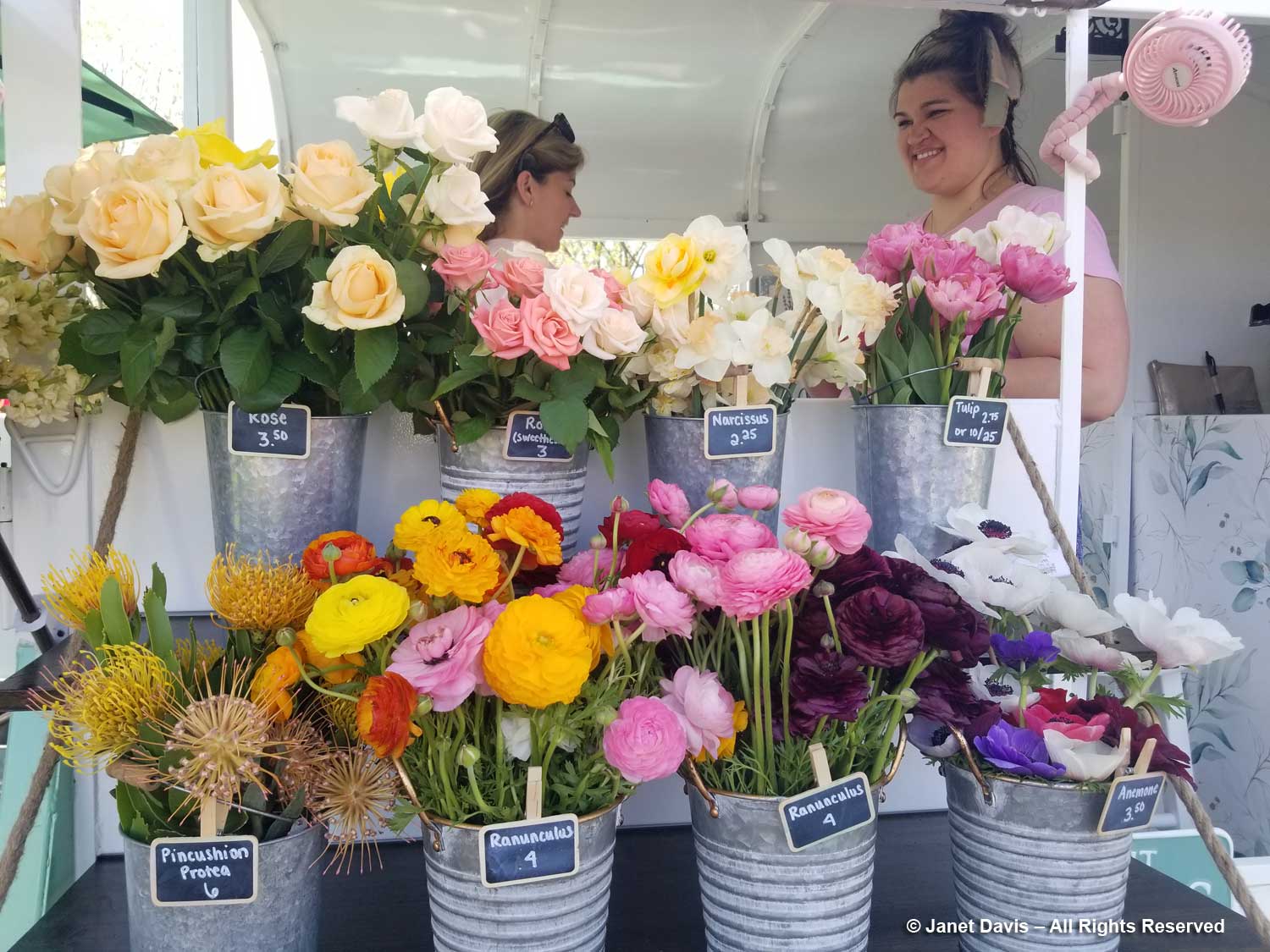
And, yes, there was cotton candy. It’s a festival, after all.

Given the hot temperatures and sunny skies as we arrived at mid-day, photo conditions were terrible for photography – but oh-so-perfect for perfume, which wafted everywhere!
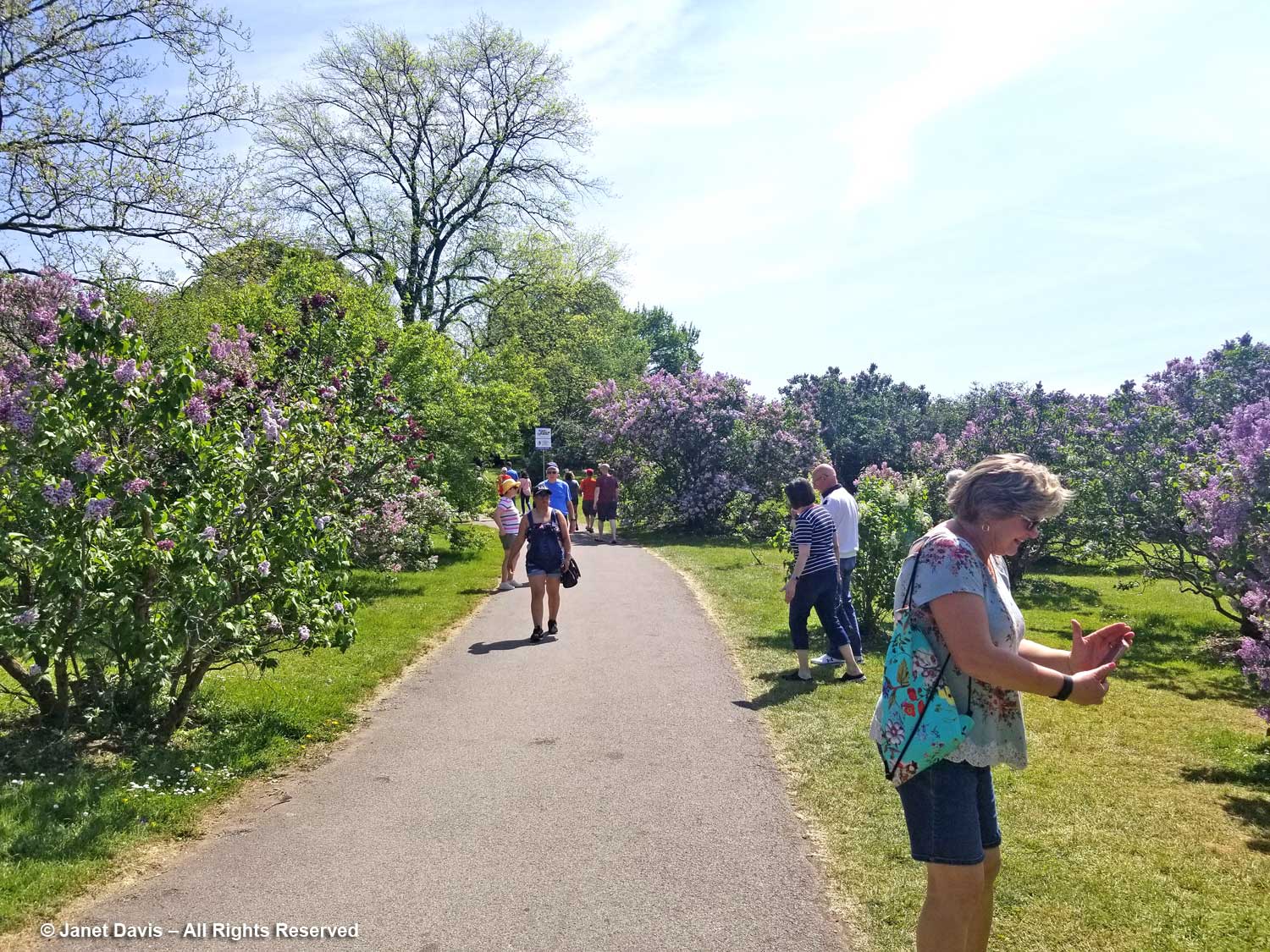
But I did manage to create some photos on the shady side of the shrubs, including one cultivar I later nominated as one of the top 3 lilacs of the (admittedly abbreviated) roster we viewed. Meet Syringa vulgaris ‘Jessie Gardner’, a 1956 introduction by the Gardener Nursery in Wisconsin.
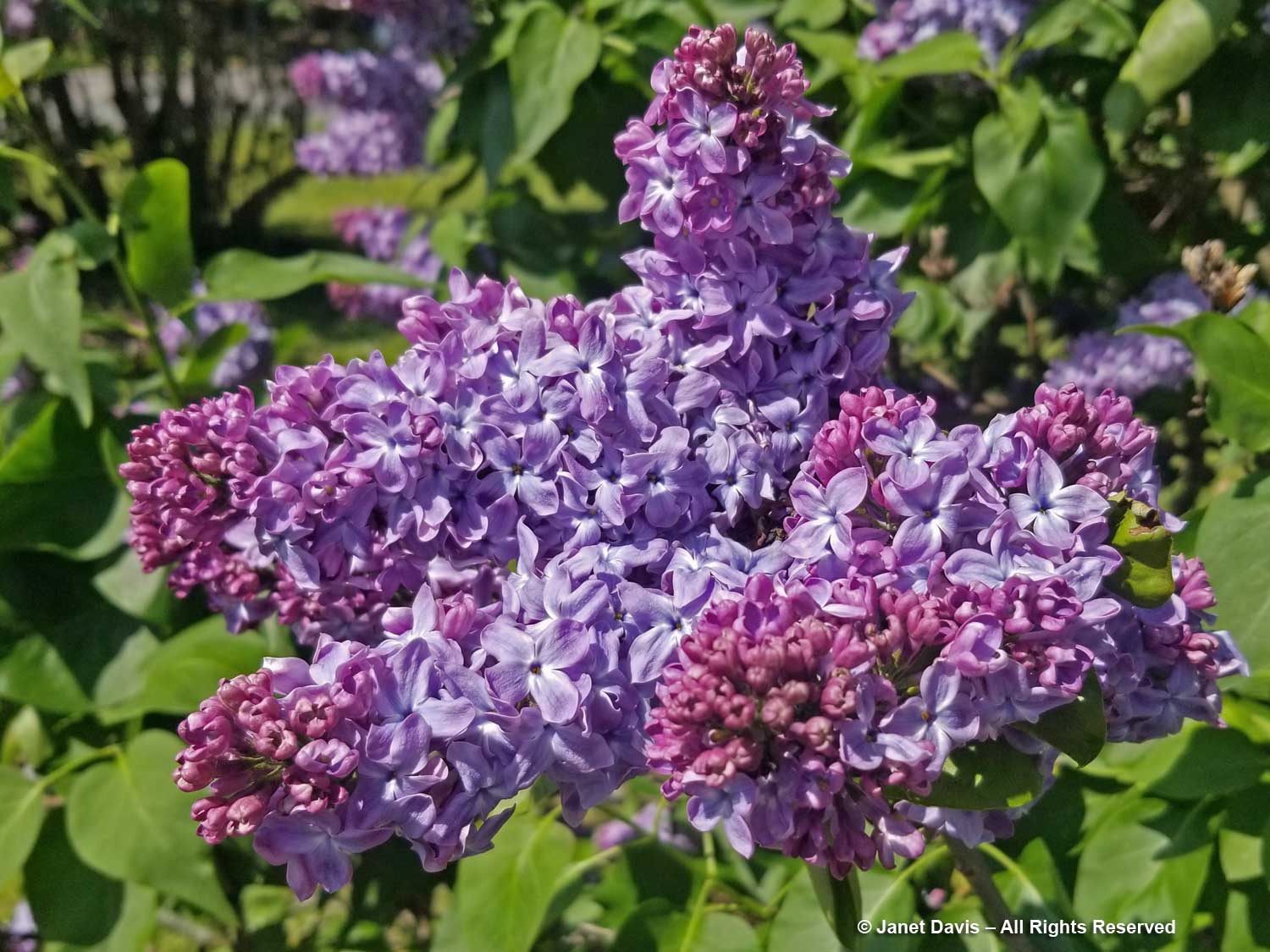
There are more than 500 varieties (species, cultivars, hybrids) of lilacs and more than 1,200 lilac shrubs arrayed on the gently sloped hillsides of Highland Park. Because they originate in extremely cold climates in Europe and Asia, lilacs have no problem surviving winter in upstate New York and southern Canada. Other big collections are held at the University of Wisconsin Arboretum in Madison and the Katie Osborne Lilac Garden at Ontario’s Royal Botanical Garden. I have also photographed the lilac collection at the Montreal Botanical Garden and rare species lilacs such as Syringa sweginzowii from China in the David Lam Asian Garden at UBC Botanical Garden in Vancouver, below.
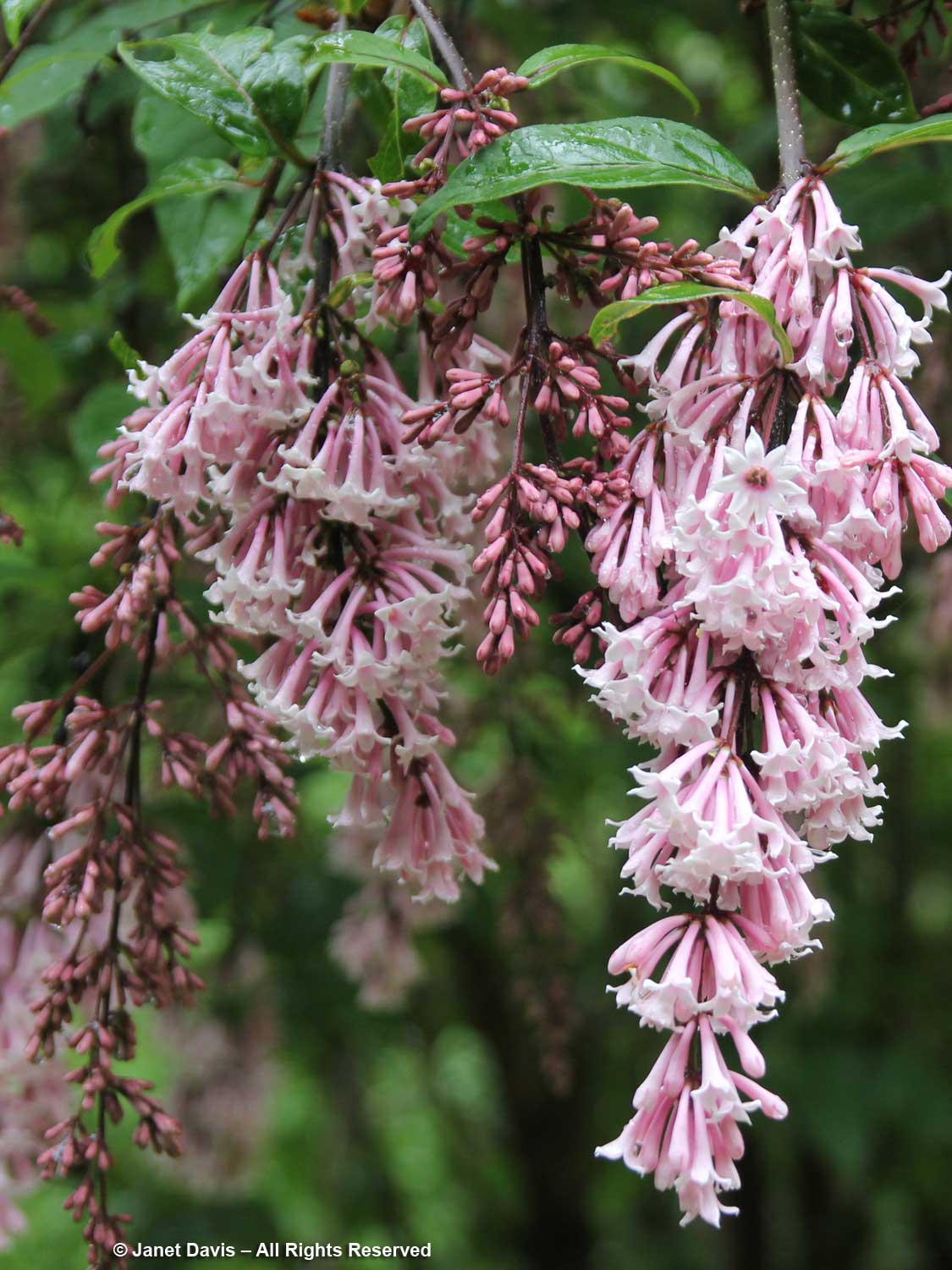
There are many lilac types that provide a long season of flowering, from April into June in certain climates. Flowers are officially assigned Roman numerals for colour: I-White, II-Violet, III-Bluish, IV-Lilac, V-Pinkish, VI-Magenta, VII–Purple. Interestingly, we often refer to certain flowers being “lilac coloured”, which according to its origin in the “IV-Lilac” hue of the common lilac Syringa vulgaris is neither the lavender-blue nor the mallow-mauve that people often mistake as “lilac”. In doing my various explorations on colour, I’ve grouped true lilac-coloured flowers in this montage.
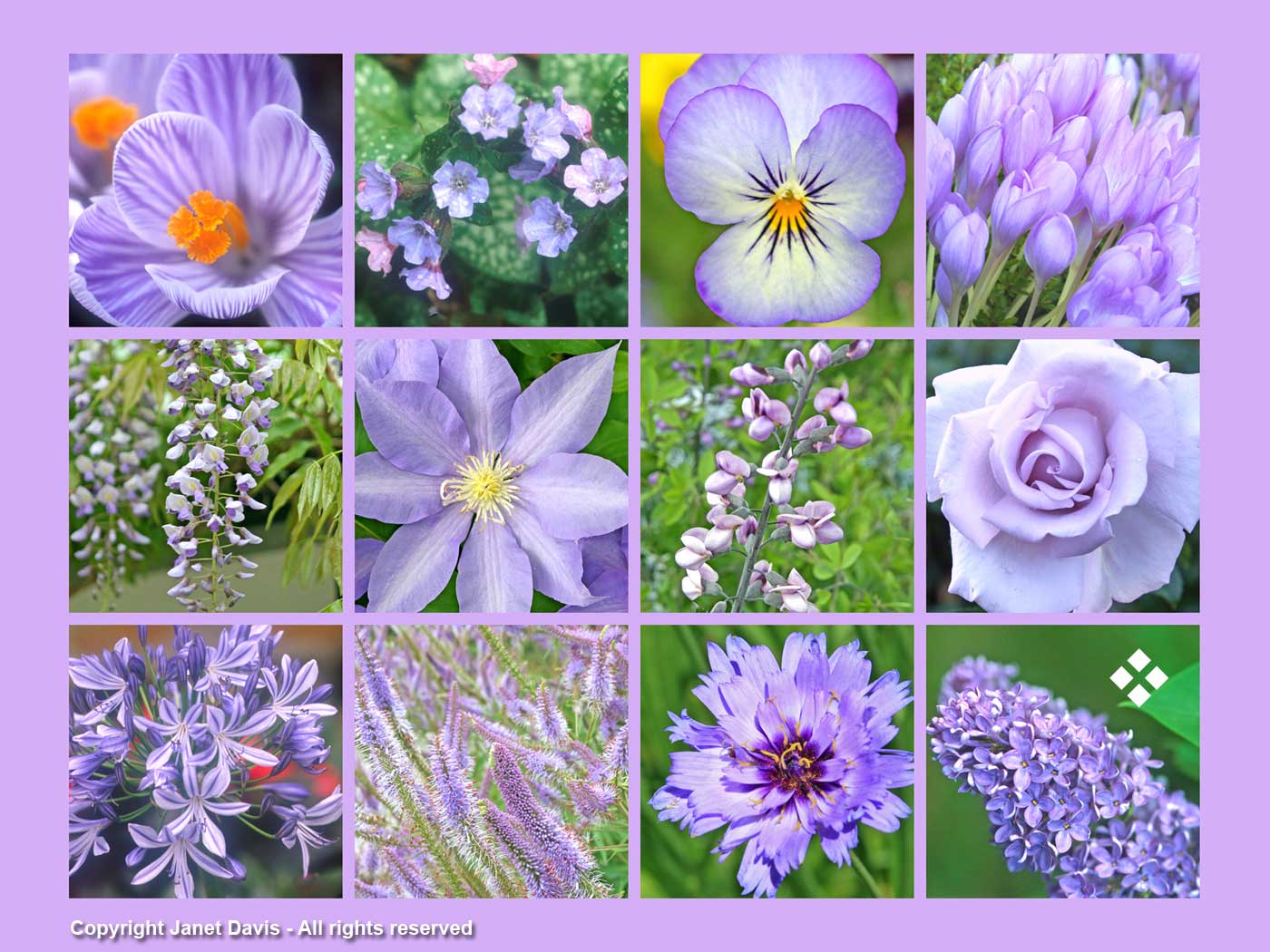
Part of the difficulty of assigning a colour to lilacs is that the flowers change colour as they age, which you can see below with S. vulgaris ‘Professor Sargent’, named in 1889 by German botanist and nurseryman Franz Späth for Charles Sprague Sargent (1841-1927), first director of Harvard University’s Arnold Arboretum.
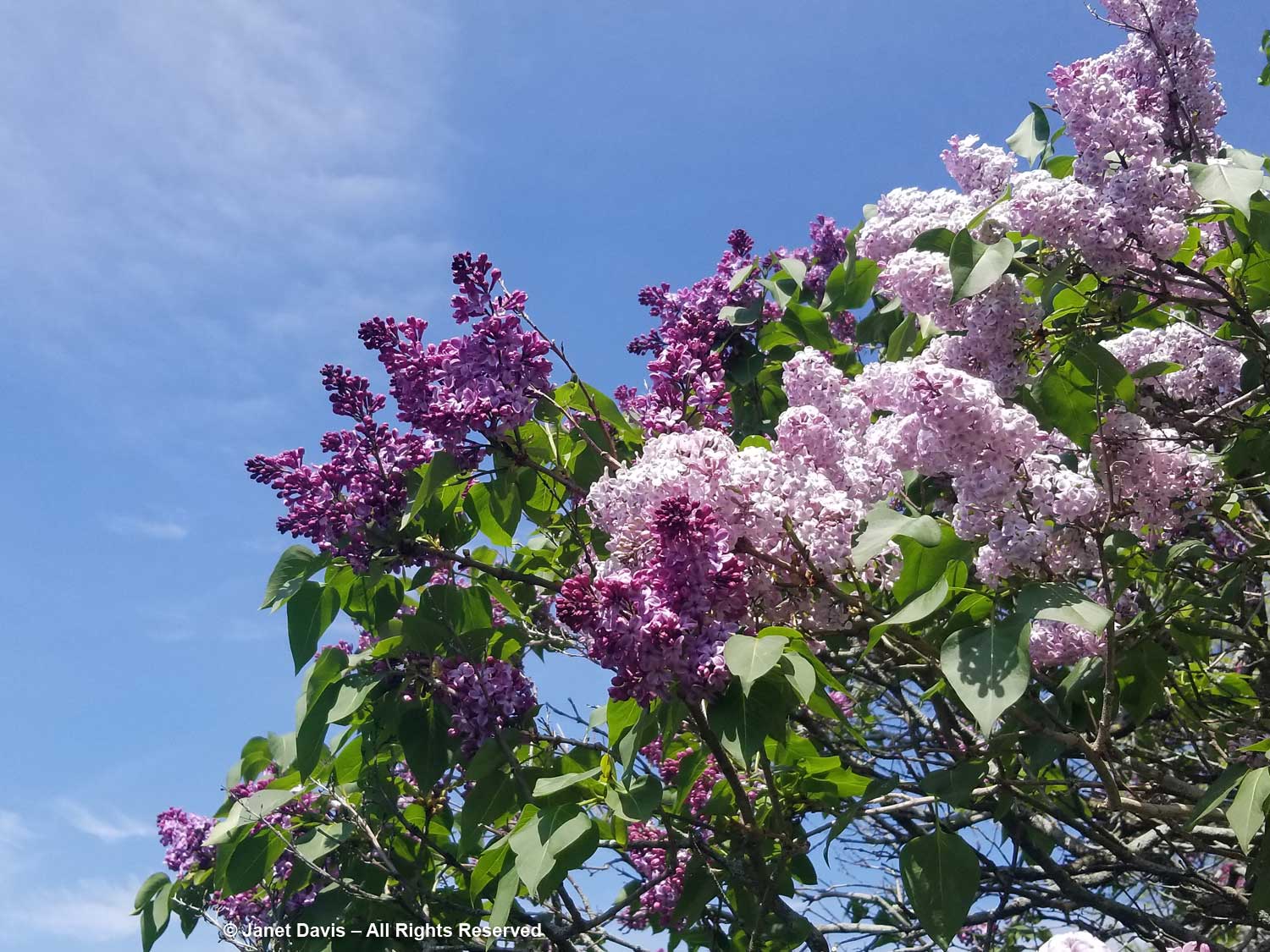
I am very partial to the Hyacinthiflora Hybrids, aka the Early Hybrids, partly because I live in a place where winter lasts well into “spring” and these fragrant lilacs tend to flower a few weeks ahead of the common lilac and its cultivars, and partly because the Canadian breeder Dr. Frank Leith Skinner (1882-1967) of Manitoba had a major role in their development. They are hybrids of S. vulgaris and the broadleaf Korean lilac, S. oblata or S. oblata var. dilatata. So the second of my Top 3 lilacs at Rochester was Syringa x hyacinthiflora ‘Excel’, a 1935 Skinner introduction which performs exactly as its name suggests, with excellence!
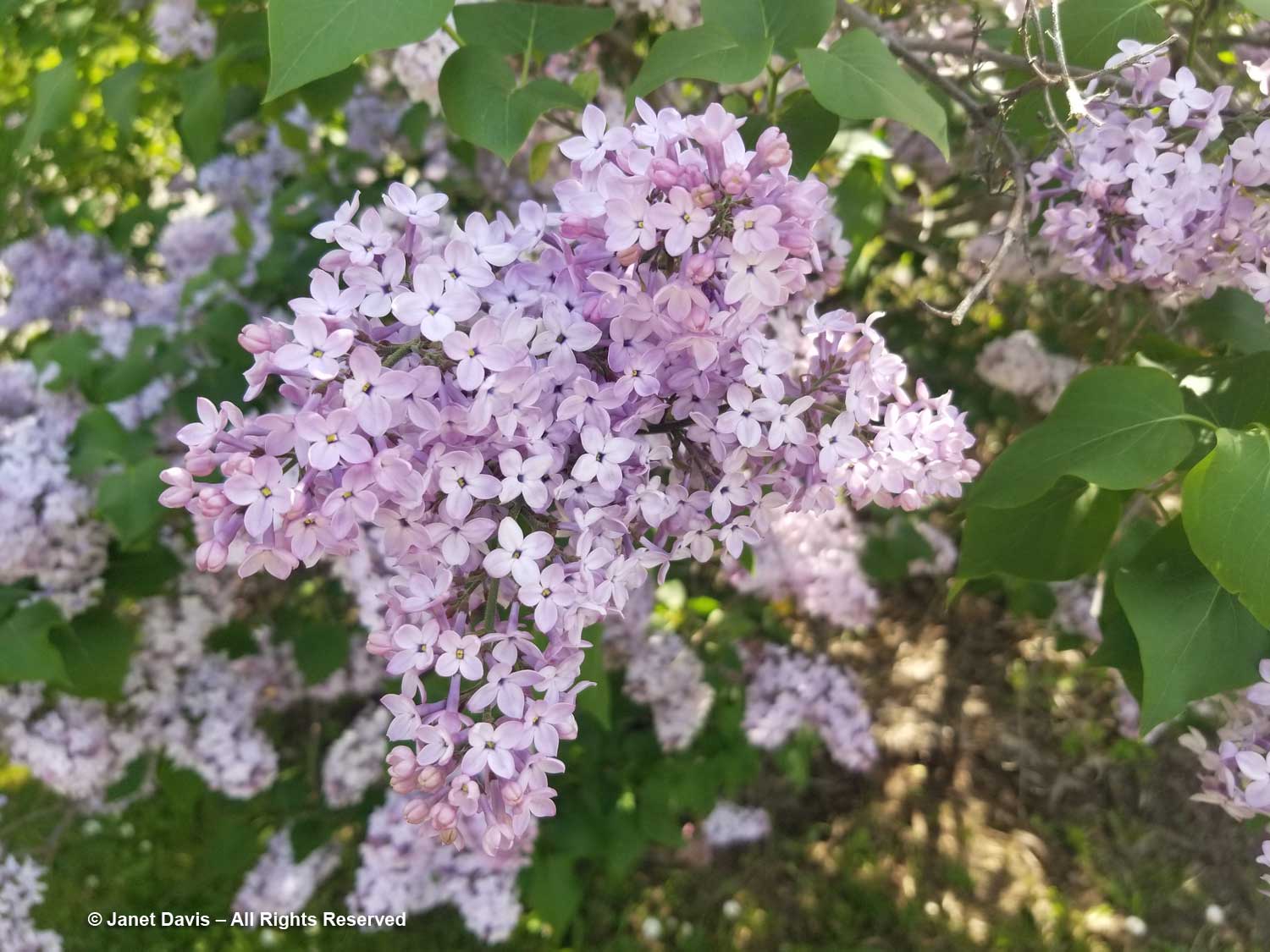
Another beautiful Frank Skinner Hyacinthiflora Hybrid is pure white ‘Sister Justina’, below, introduced in 1956.
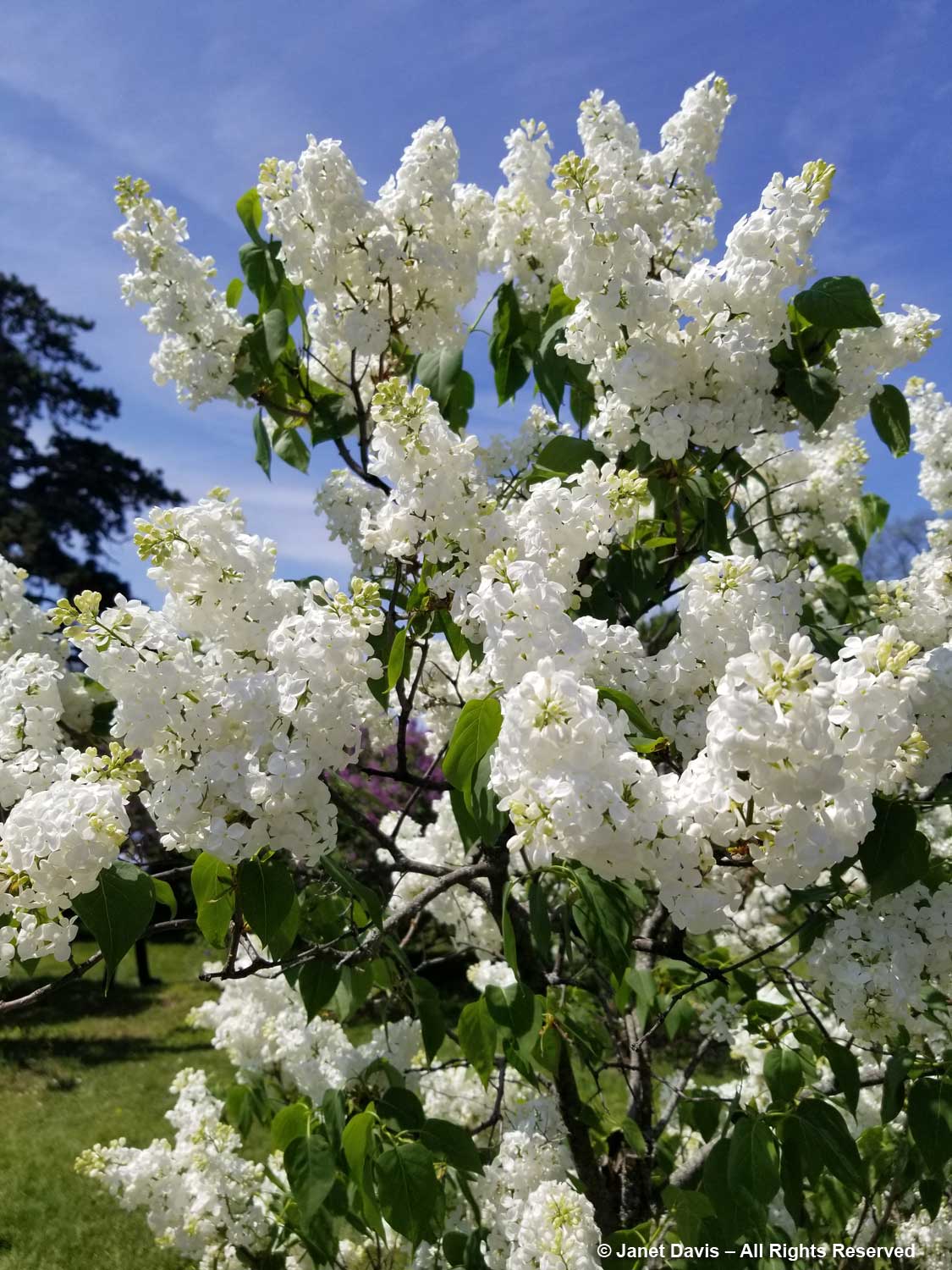
Nearby was a common lilac cultivar, Syringa vulgaris ‘Frederick Law Olmsted’, hybridized by Father John Fiala (1924-90) and named in 1987 for Olmsted, the man sometimes called the father of American landscape architecture, who with his partner Calvert Vaux designed many well-known landscapes including New York’s Central Park and Rochester’s own Highland Park, the site of the lilac festival! Father Fiala was legendary in lilac circles for authoring the book “Lilacs: A Gardener’s Encyclopedia”.
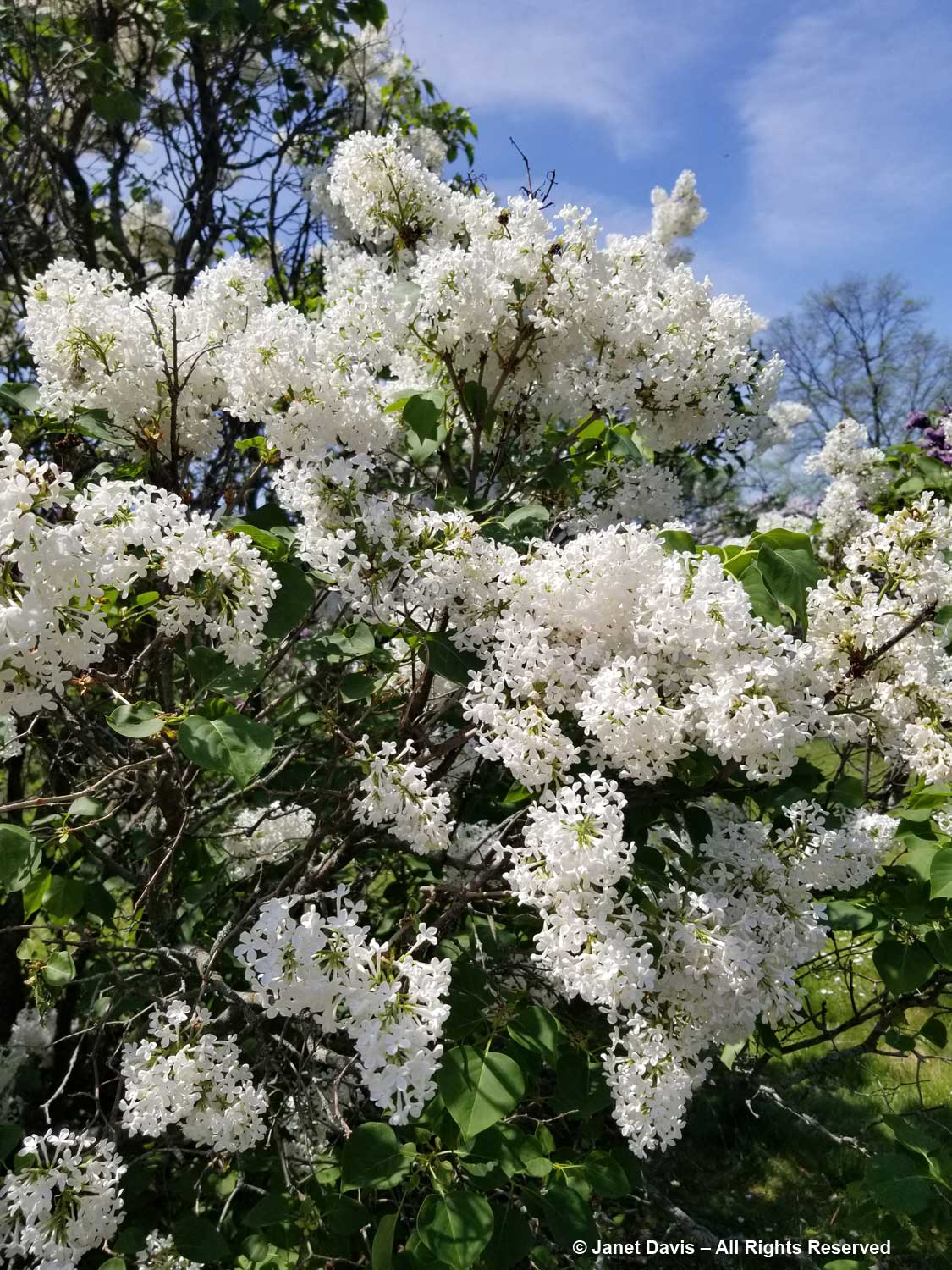
Father Fiala also bred this beauty, S. vulgaris ‘Albert F. Holden’, also in my ‘Top 3″, with its deep-violet, very perfumed flowers with a silver reverse (similar to ‘Sensation’, but not as crisply white-edged). It was named for the man who endowed the Holden Arboretum in Kirtland, Ohio.
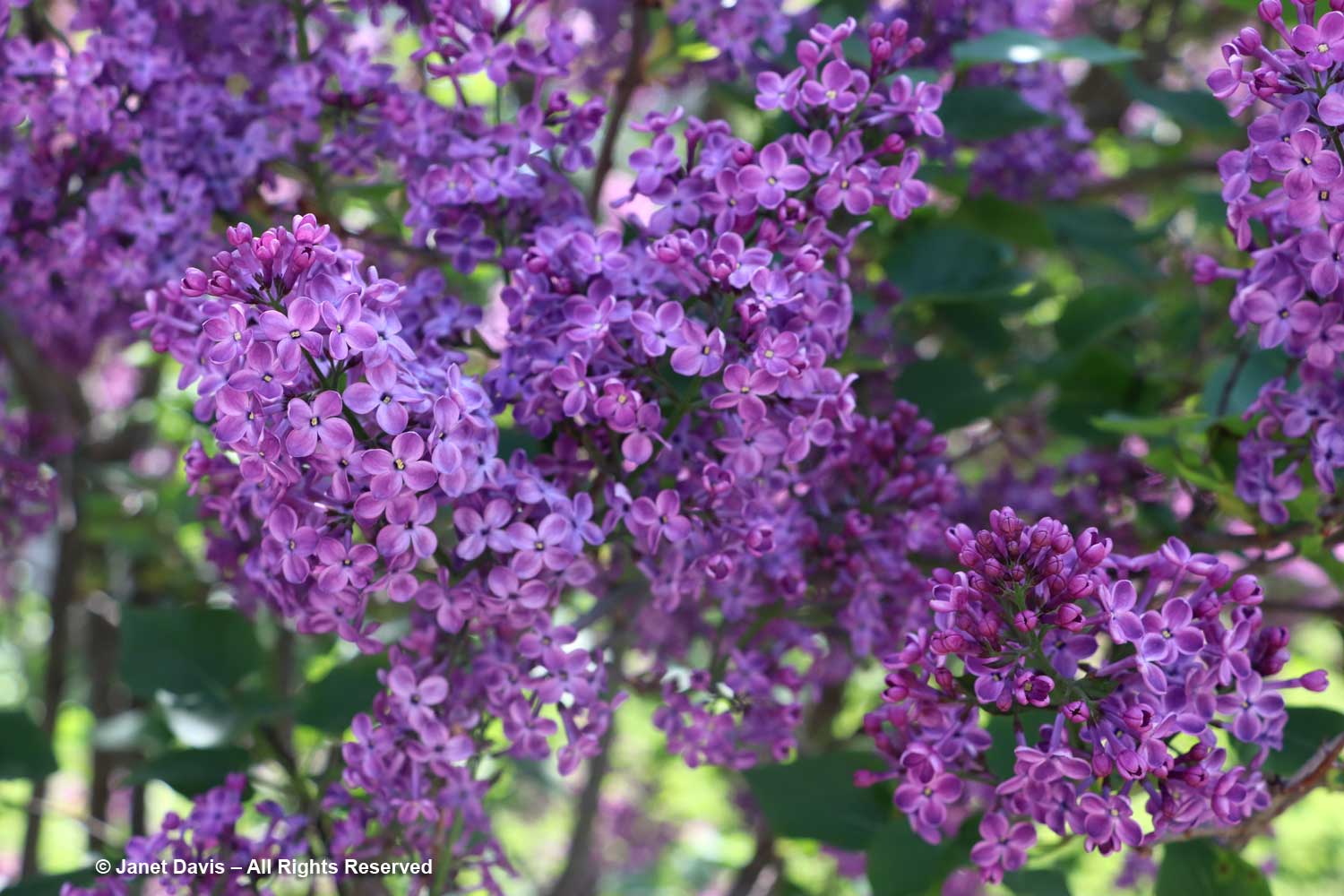
Rochester features many of the so-called “French hybrids” bred by the nurseryman Victor Lemoine and his son Emile between 1870 and 1950. Among them are S. vulgaris ‘Linné’ from 1890, sometimes called ‘Linnaeus’ – the ultimate tribute name in botany.
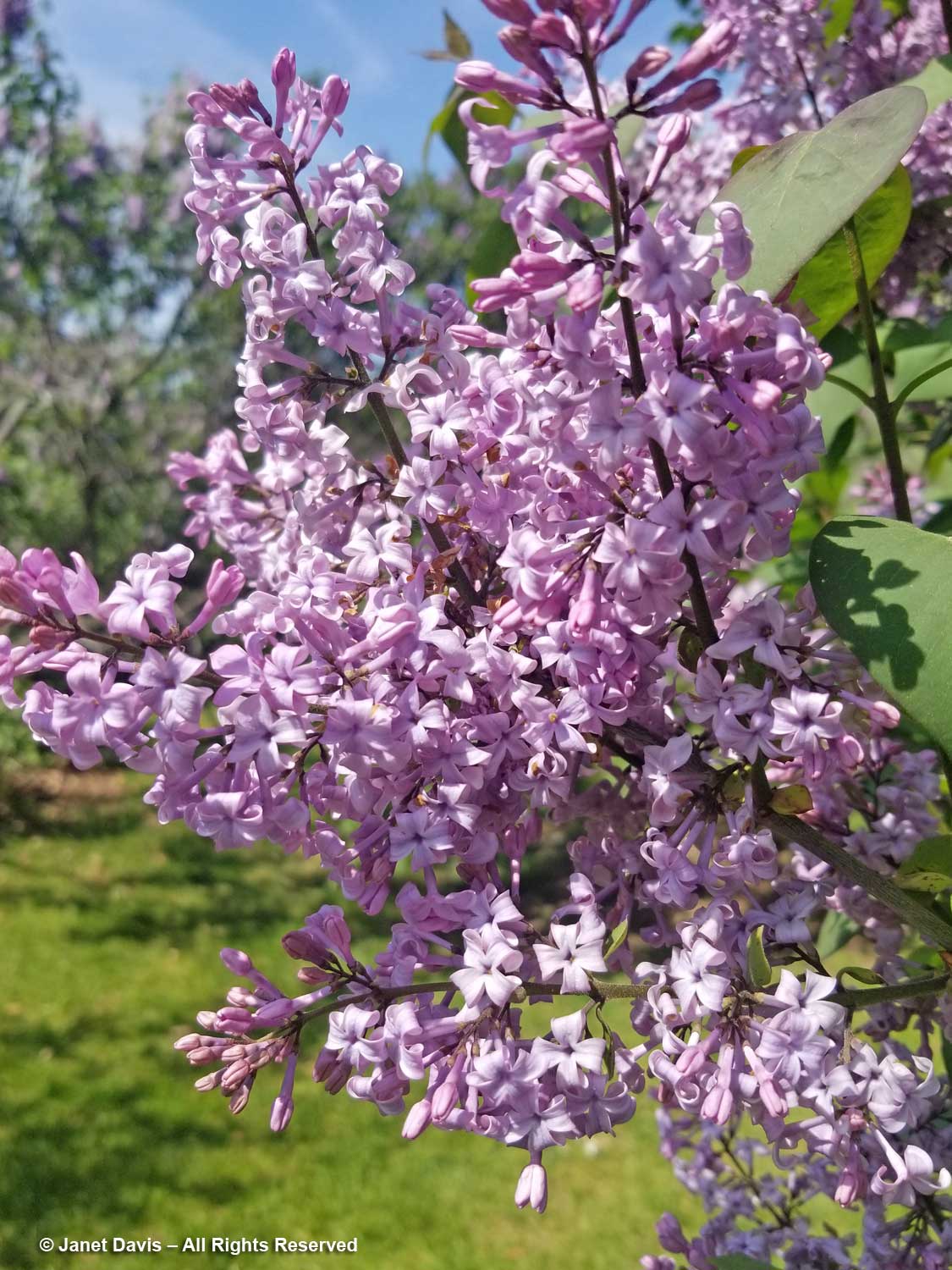
Syringa vulgaris ‘Leon Gambetta’ with its double flowers, below, was introduced by Lemoine in 1907, its name honouring the French lawyer and republican politician who proclaimed the French Third Republic in 1870 and played a prominent role in its early government.
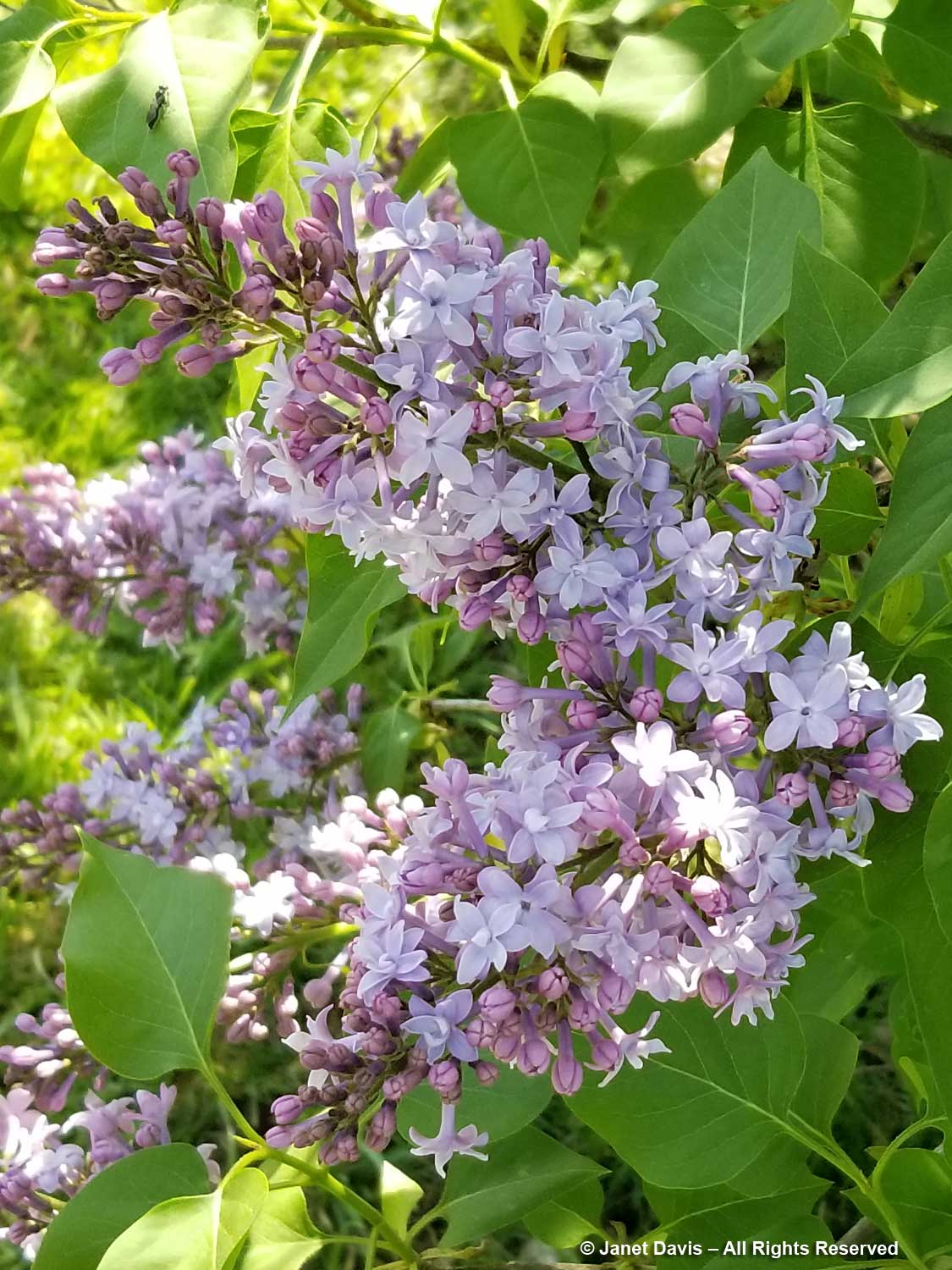
‘Jules Ferry’, also introduced by Lemoine in 1907, was named for a former Prime Minister of France during the Third Republic.
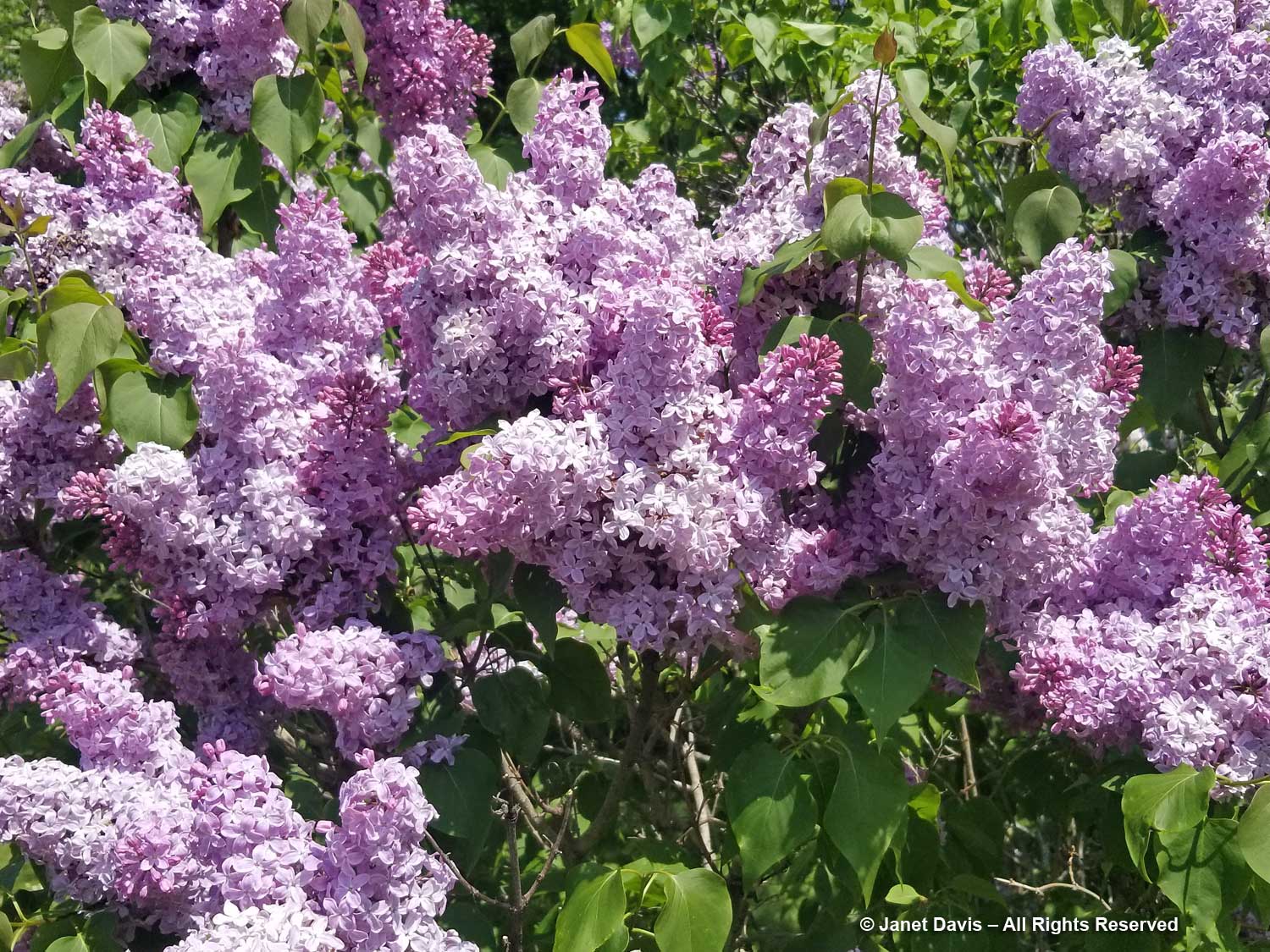
‘Paul Thirion’ was introduced by Lemoine in 1915 and is a popular and fairly common lilac. Lemoine named it for a horticulturist at Nancy Parks, France. It is classed as VI-Magenta in colour.
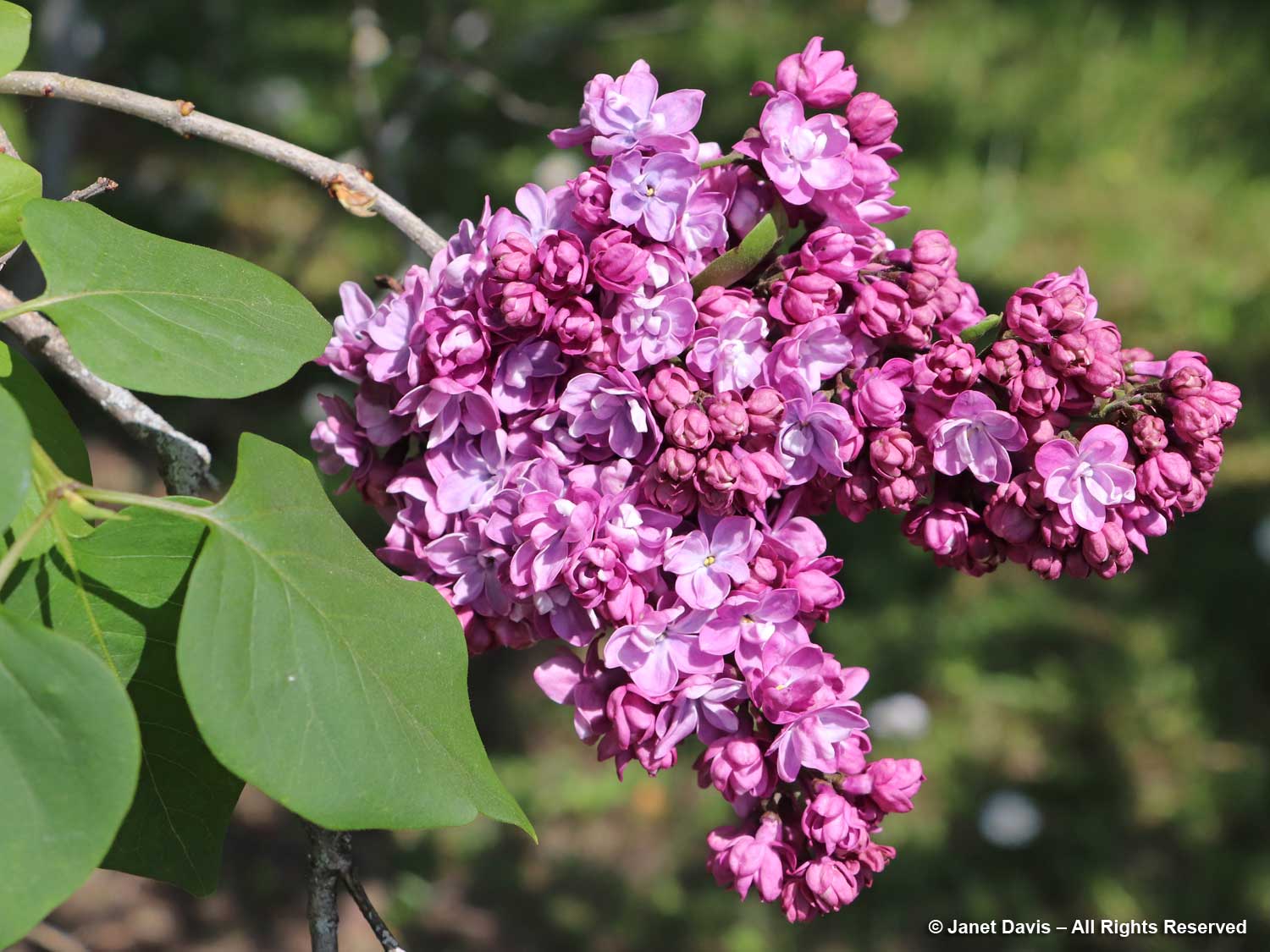
Syringa vulgaris ‘Frank’s Fancy’, bred in the 1970s by Edward Mezitt of Weston Nurseries in Massachusetts and named for his friend Frank Goodwin, looks very magenta to my eye but is classed as VII-Purple. Blame it on the light.
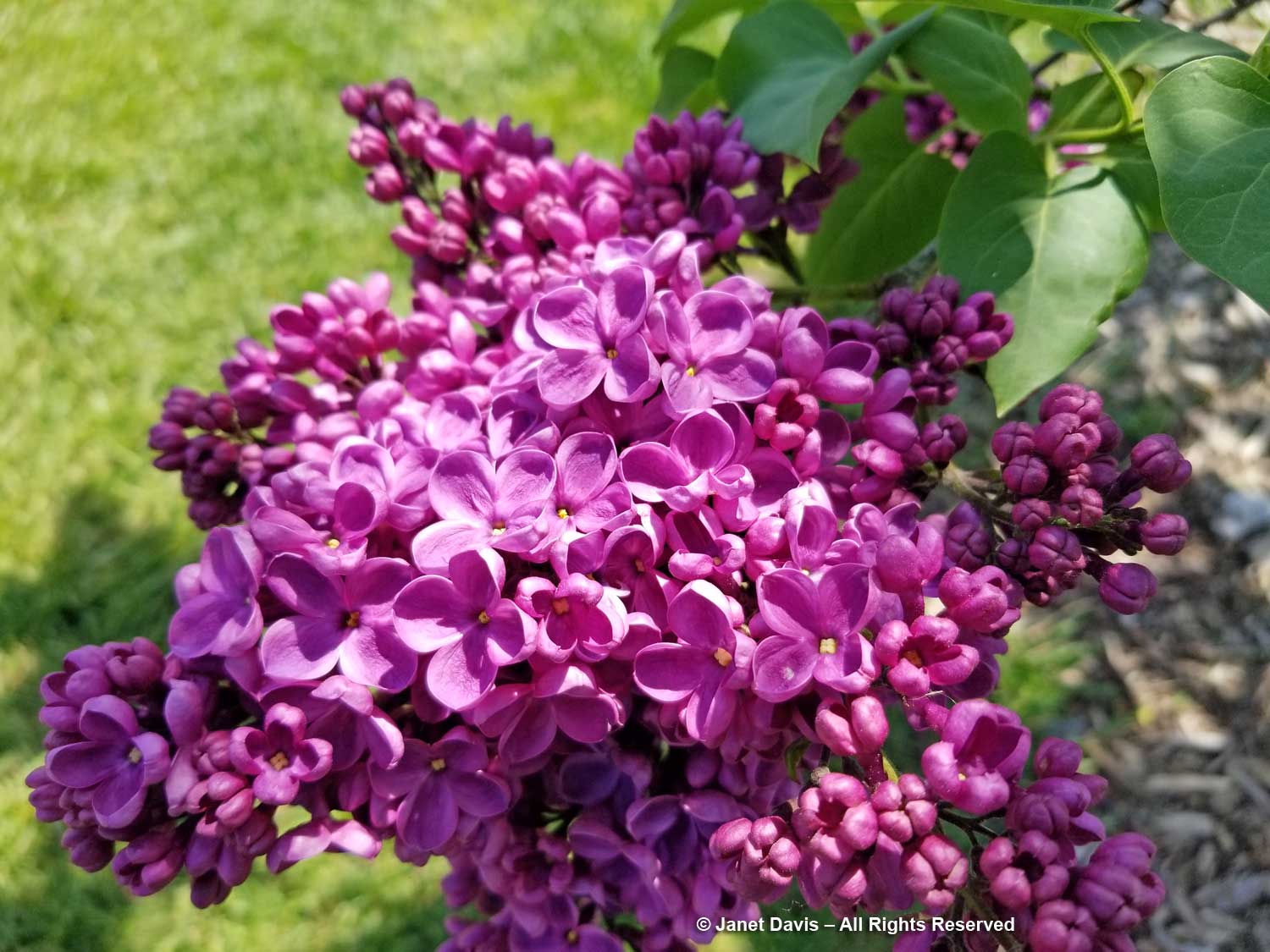
For me, this is a classic and beautiful lilac truss: mauve buds opening to pinkish-lilac florets on S. vulgaris ‘Frau Wilhelm Pfitzer’ introduced by Germany’s Pfitzer Nursery in 1910.
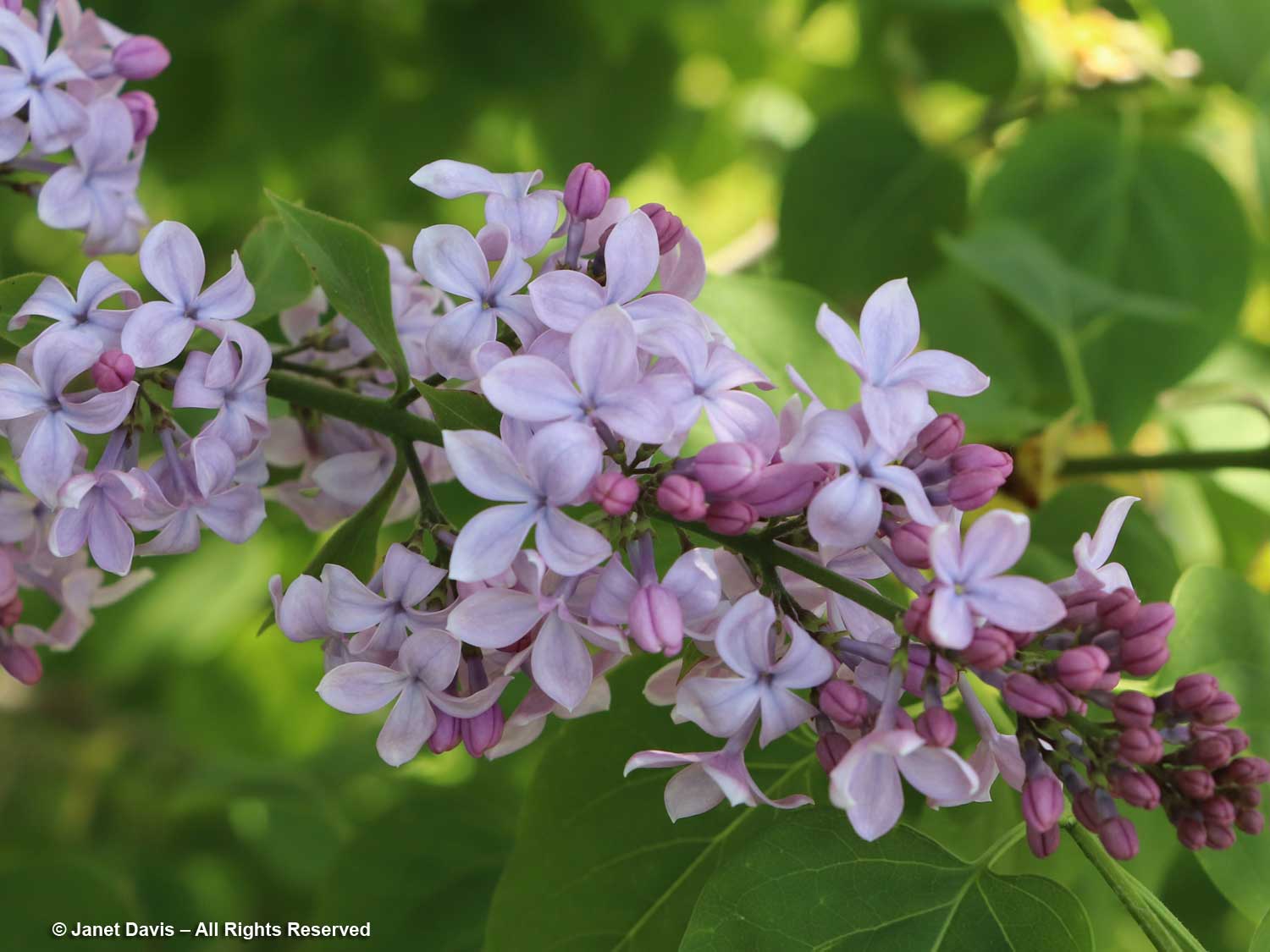
Syringa vulgaris ‘Silver King’ was bred by Wisconsin’s Dr. A. H. Lemke in 1941; its flowers are classed as III-Bluish but they are as close to silver as you’ll see.
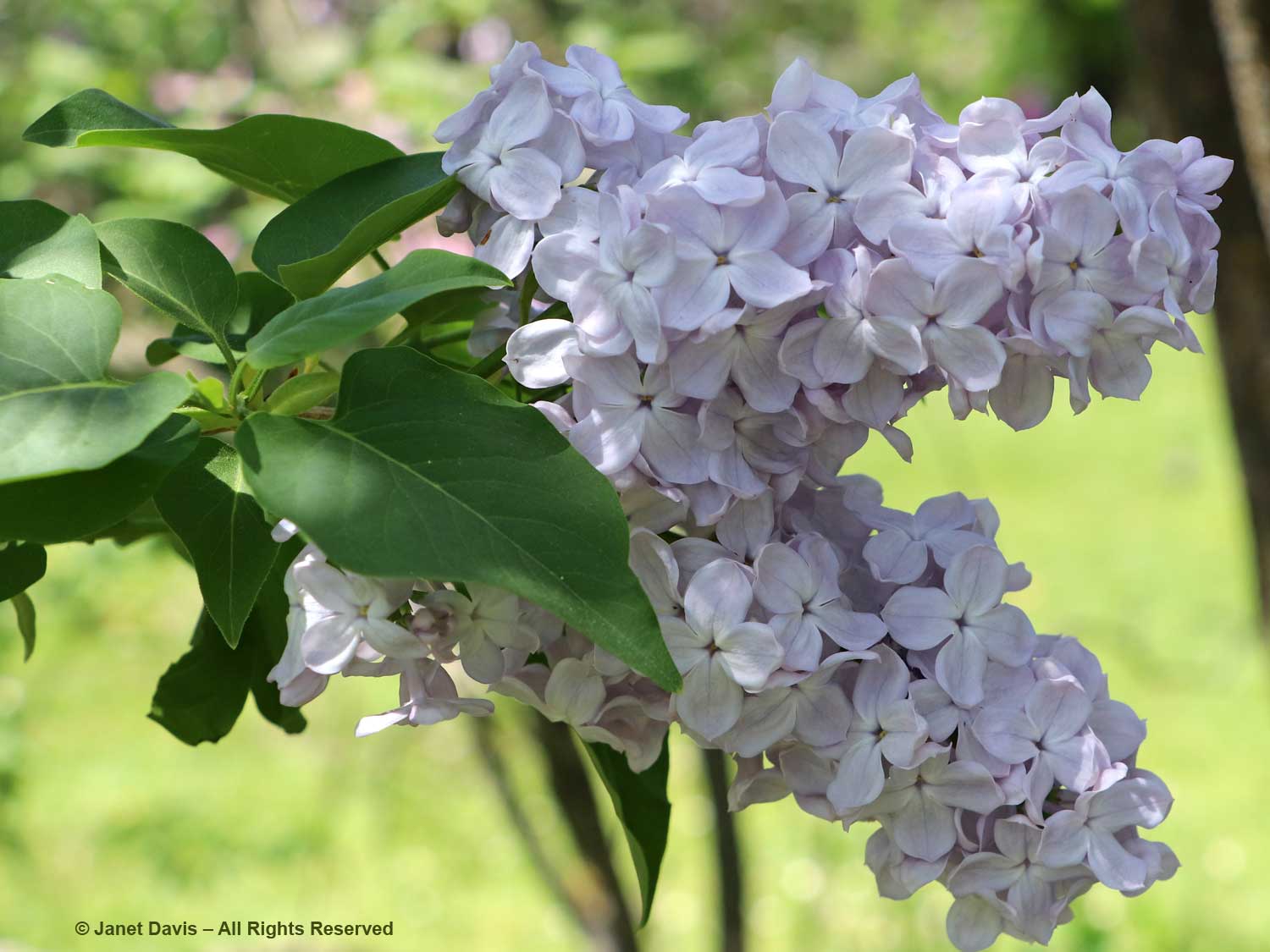
Another type of lilac flowering at this time is the hybrid Chinese lilac, Syringa x chinensis, sometimes called the Rouen lilac because it was discovered in 1777 flowering in Rouen, France. It is a cross between common lilac, S. vulgaris and Persian lilac, S. persica, from Iran.
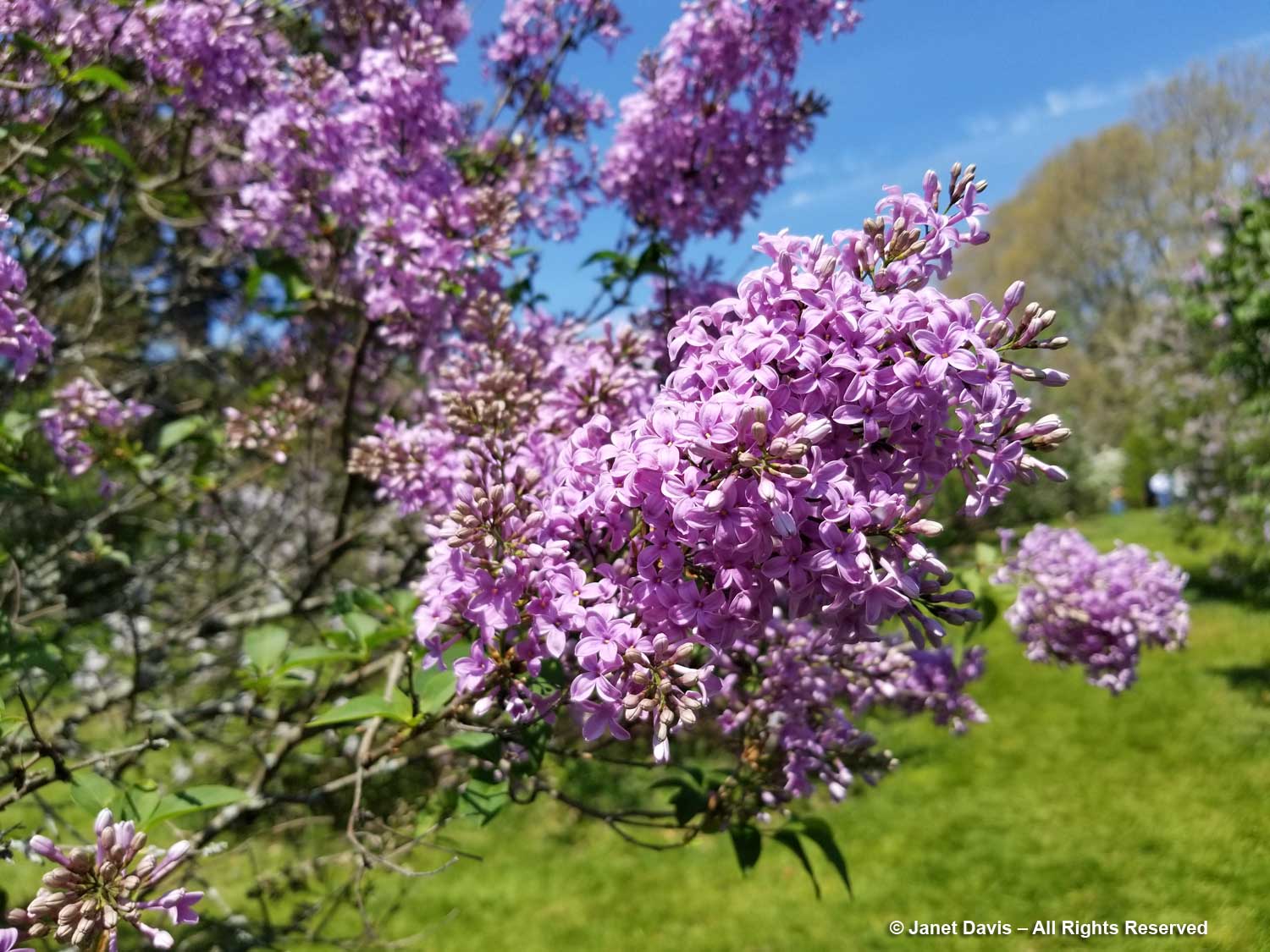
Then there is S. x chinensis ‘Bicolor’ with its purple eye on pale pinkish flowers.
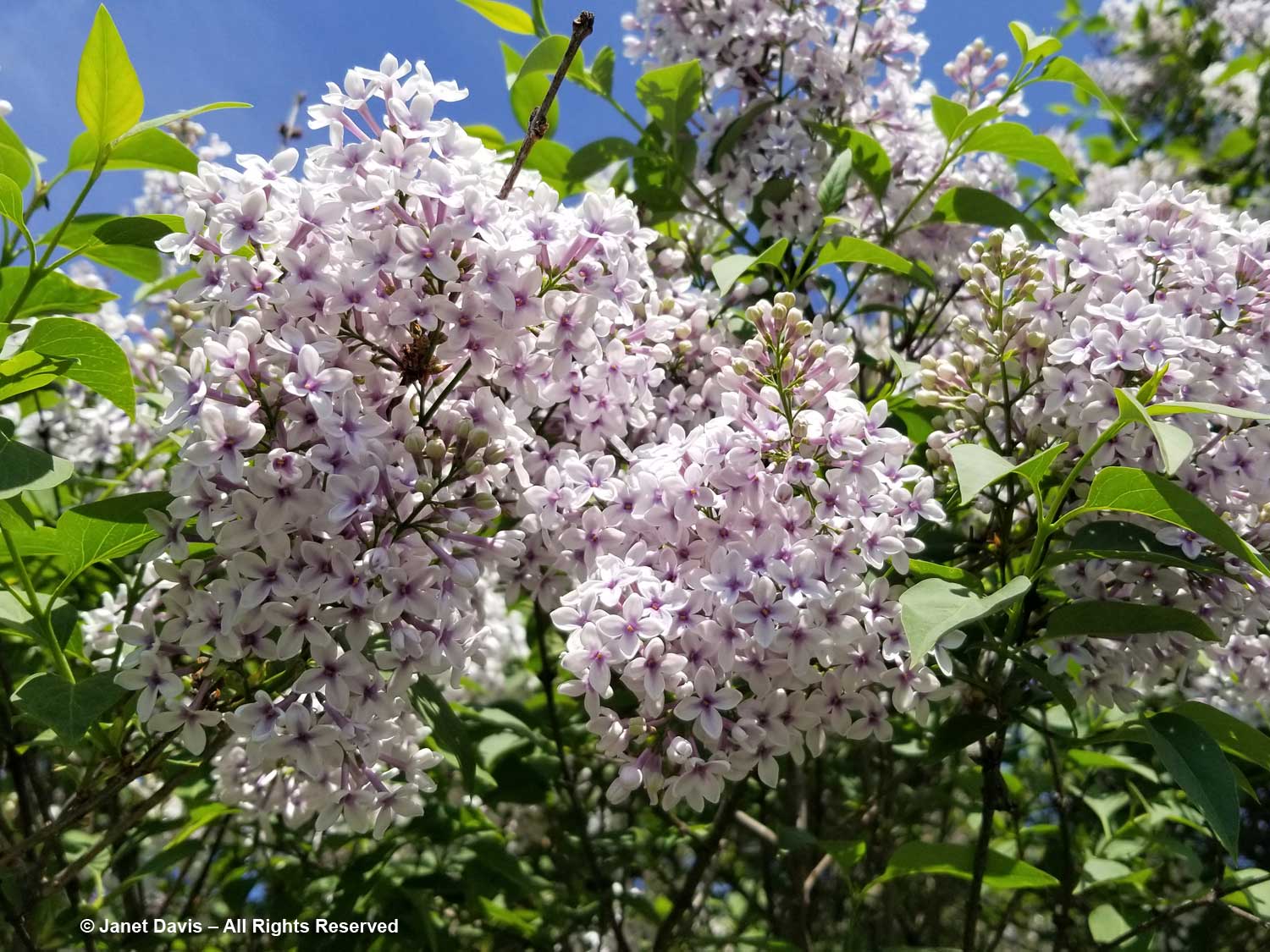
Seed of this unusual lilac, Syringa ‘Rhodopea’ was collected by botanist Václav Stříbrný in 1900 in the Rhodope Mountains in Bulgaria and cultivated in the botanical garden in Prague. It has a different bearing and, according to the International Lilac Register is “not a uniform clone”, which accounts for it not always being included in the S. vulgaris clan. Speaking of the Register, it is an invaluable resource to those searching for information on lilac cultivars and can be accessed here as a .pdf file.
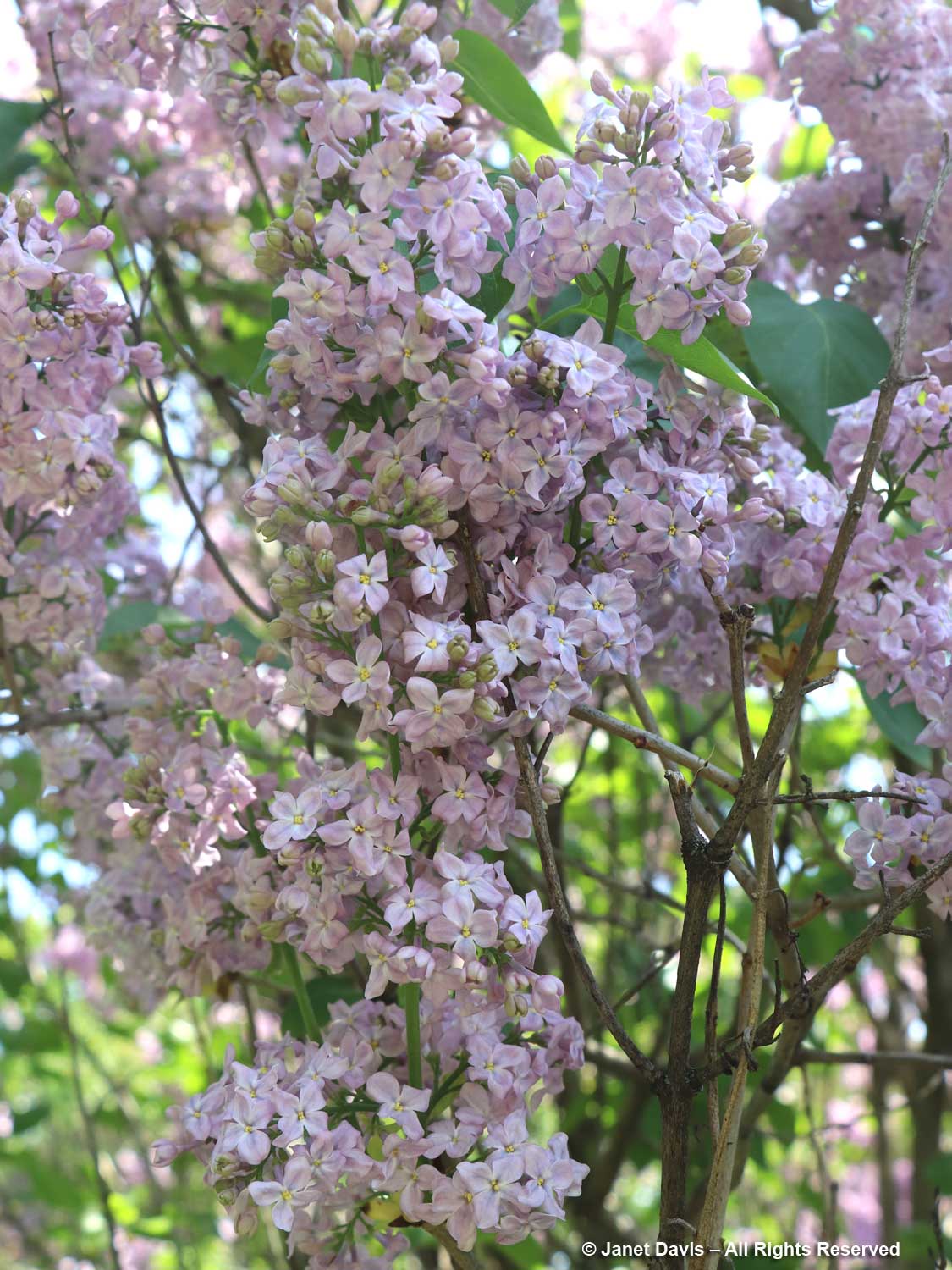
Finally, I had to commemorate our Rochester visit with a husband-and-wife selfie, because who wouldn’t want to remember what it was like to stand amidst these perfumed shrubs on a warm afternoon in May?

As we packed up the crumbs from our picnic lunch (devilled egg sandwiches made in my Toronto kitchen at dawn!) and made our way back to the car to drive on to Utica for the night, I asked a young mother if I could take a farewell photo for my blog, which she happily agreed to. What lucky children to run amongst the lilacs.
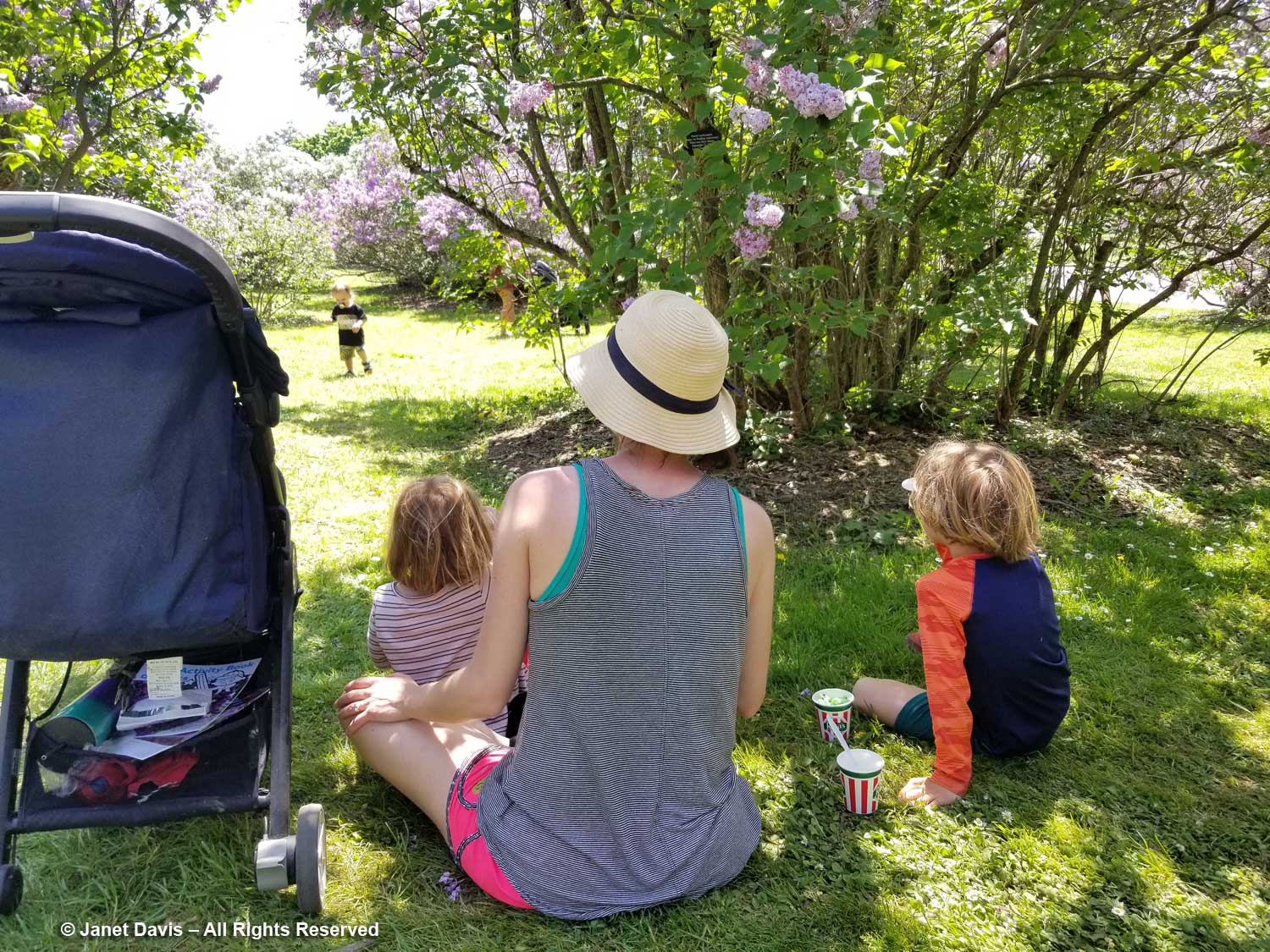
******
LILAC PEOPLE
Speaking of selfies, what fun it was during my few hours at the Rochester Lilac Festival to run into someone I knew only as a Facebook friend. Brian Morley of Kansas City, Missouri is a man of many talents. Not only does he co-own a fabulous business called Bergamot & Ivy Design with lush, innovative floral designs, he is also an accomplished lilac hybridizer and is on the Board of Directors of the International Lilac Society. It is a small world, but perhaps not so small when people who love lilacs gather in a famous spot devoted to the genus Syringa. And we gave each other’s lilac wardrobe choices an approving nod!
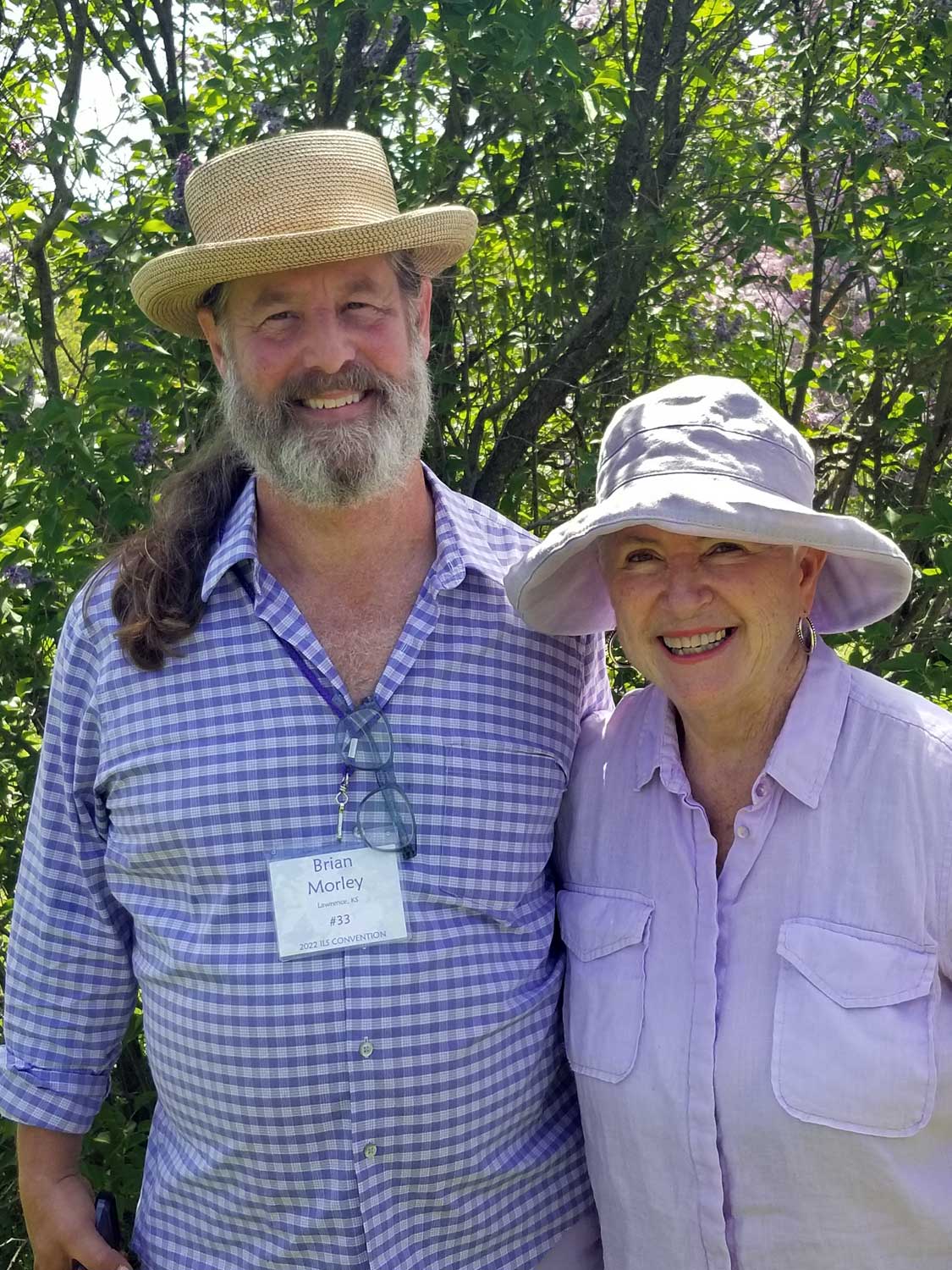
During my freelance career, I have been fortunate to correspond with renowned lilac experts, including the late Freek Vrugtman, International Lilac Registrar and Curator Emeritus of Ontario’s Royal Botanical Gardens, which features a large collection of lilacs in its Katie Osborne Lilac Dell, below.
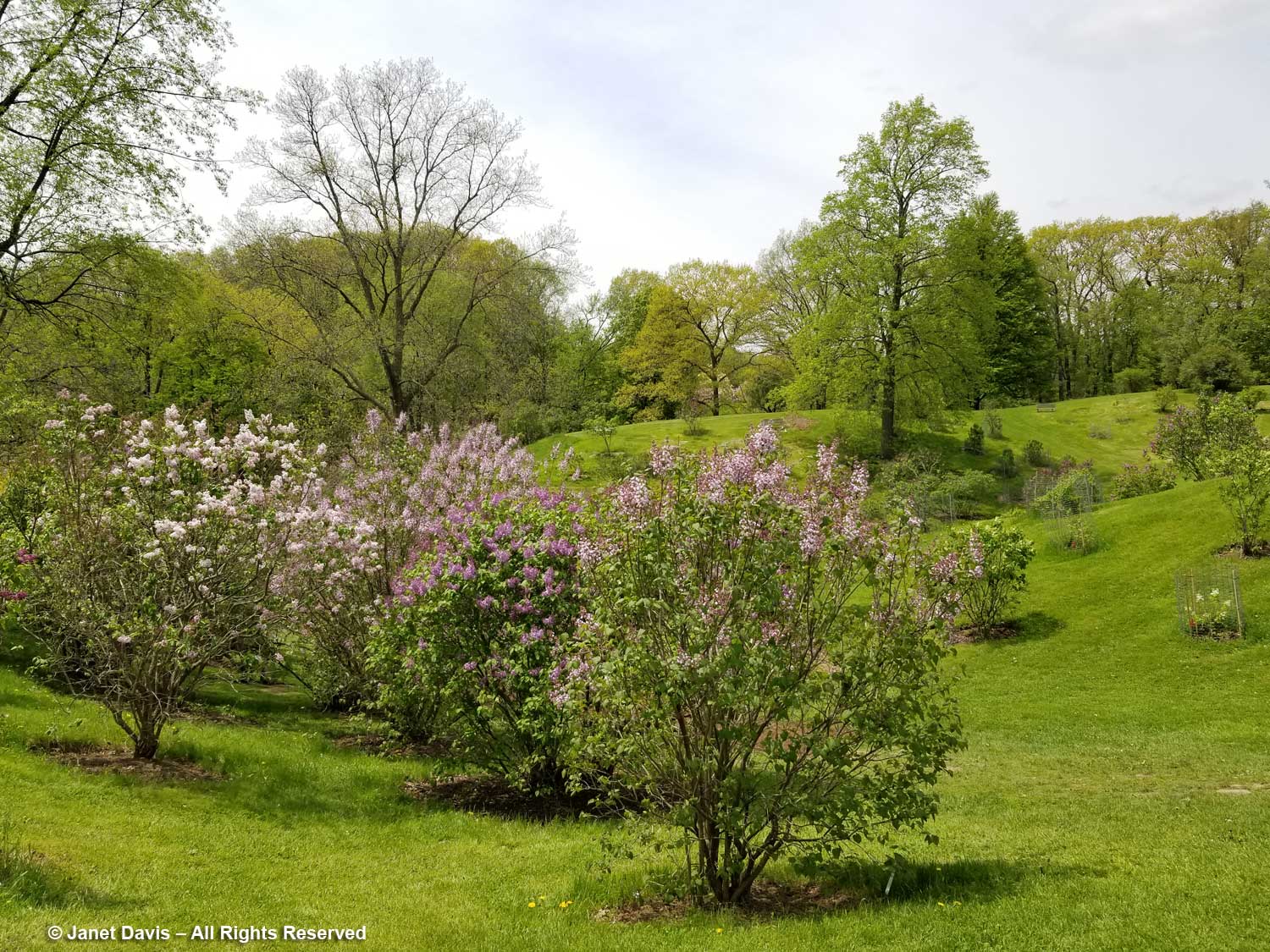
Freek Vrugtman proof-read my May 2008 story on Hyacinthiflora lilacs for Canadian Gardening magazine, below….
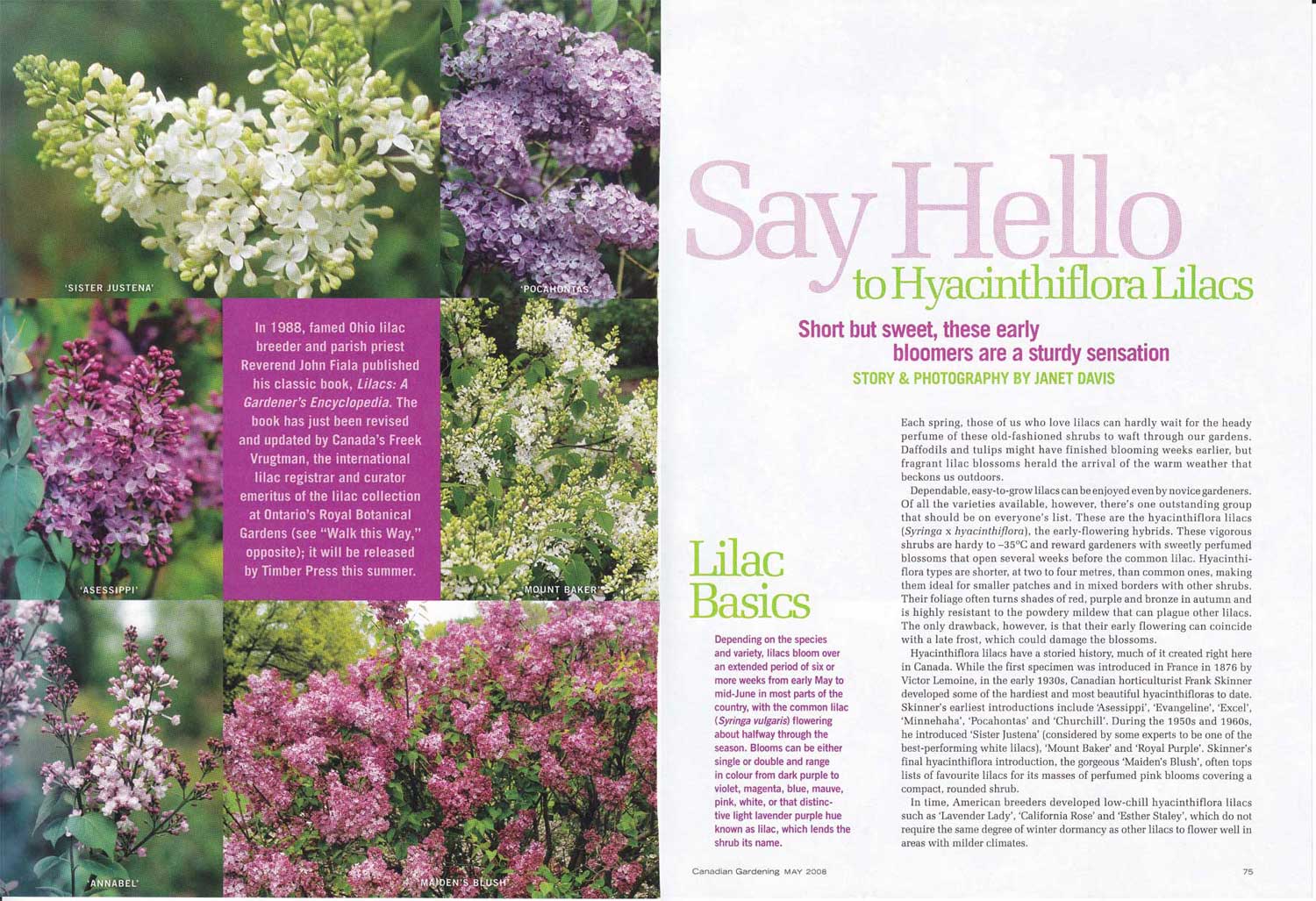
…… and we chatted by email when I had a question on lilacs. After his death on March 3, 2022, the RBG published a memorial tribute which included the following passage: “Working with RBG’s other staff, including Charles Holetich and Leslie Laking, Freek directed considerable attention to the collection and became the International Registrar for Lilacs in the Genus Syringa in 1976, as RBG became the International Cultivar Registration Authority, or ICRA, for Lilacs. Whenever a new cultivar was bred anywhere in the world the breeder would submit a request to Freek for its entry into the International Registry. Freek would review all such applications and guide the breeder through the process. As Registrar Freek became widely known as the international expert on Lilac cultivars.“
When I had a lilac identification question Freek couldn’t answer, he passed it on to the RBG’s lilac specialist, Charles Holectich: “What do you think, Charlie?” Way back in 1994, when I was writing my weekly newspaper garden column for the Toronto Sun, I interviewed Charles Holetich for some hints on caring for these lovely spring shrubs. This is my column from May 22, 1994 – twenty-eight years ago! Below that I’ve included the interview as a Q&A.
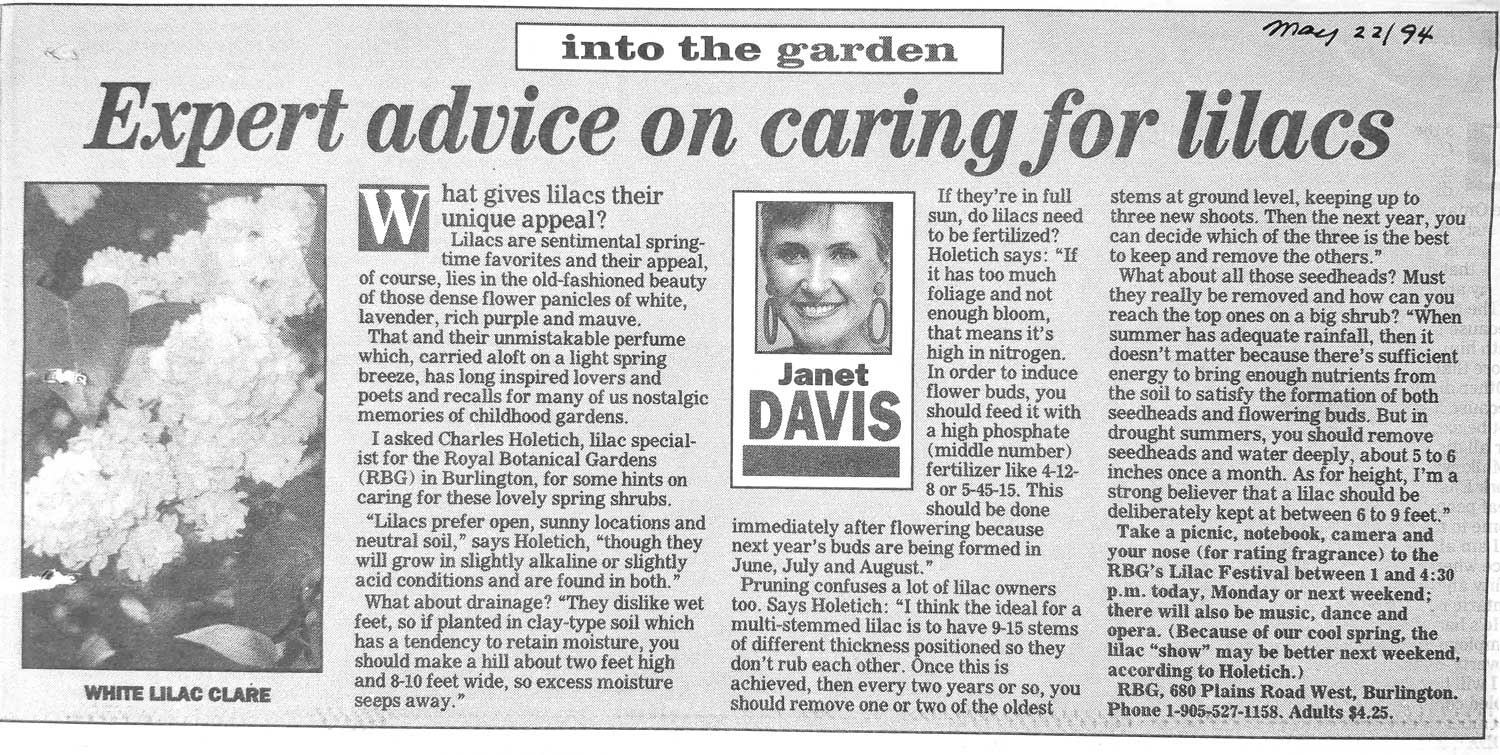
JD: What’s the best location for lilacs?
CH: Lilacs prefer open, sunny locations and neutral soil, though they will grow in slightly alkaline or slightly acid conditions and are found in both.
JD: What about drainage?
CH: They dislike wet feet, so if planted in clay-type soil which has a tendency to retain moisture, you should make a hill about 2 feet high and 8-10 feet wide, so excess moisture seeps away.
JD: If it’s located in full sun, does a lilac shrub need to be fertilized?
CH: If it has too much foliage and not enough bloom, that means it’s high in nitrogen. In order to induce flower buds, you should feed it with a high phosphate (middle number) fertilizer like 4-12-8 or 5-45-15. This should be done immediately after flowering because next year’s buds are being formed in June, July and August.
JD: What about all those seedheads? Must they be removed and how can you reach the top ones on a big shrub?
CH: When summer has adequate rainfall, then it doesn’t matter because there’s sufficient energy to bring enough nutrients from the soil to satisfy the formation of both seedheads and flowering buds. But in drought summers, you should remove seedheads and water deeply, about 5-6 inches once a month.
JD: Pruning confuses a lot of lilac owners too.
CH: I think the ideal for a multi-stemmed lilac is to have 9-15 stems of different thickness positioned so they don’t rub each other. Once this is achieved, then every two years or so, you should remove one or two of the oldest stems at ground level, keeping up to 3 new shoots. Then the next year, you can decide which of the three is the best to keep and remove the others.
JD: How tall should a lilac be kept pruned?
CH: I’m a strong believer that a lilac should be deliberately kept pruned at between 6-9 feet.
********
To all the passionate lilac lovers, growers and breeders, I tip my fragrant hat, fashioned with trusses of my own Syringa pubescens ‘Palibin’ and lily-of-the-valley (or, as it’s accustomed to being addressed in my garden, “guerilla-of-the-valley”….)
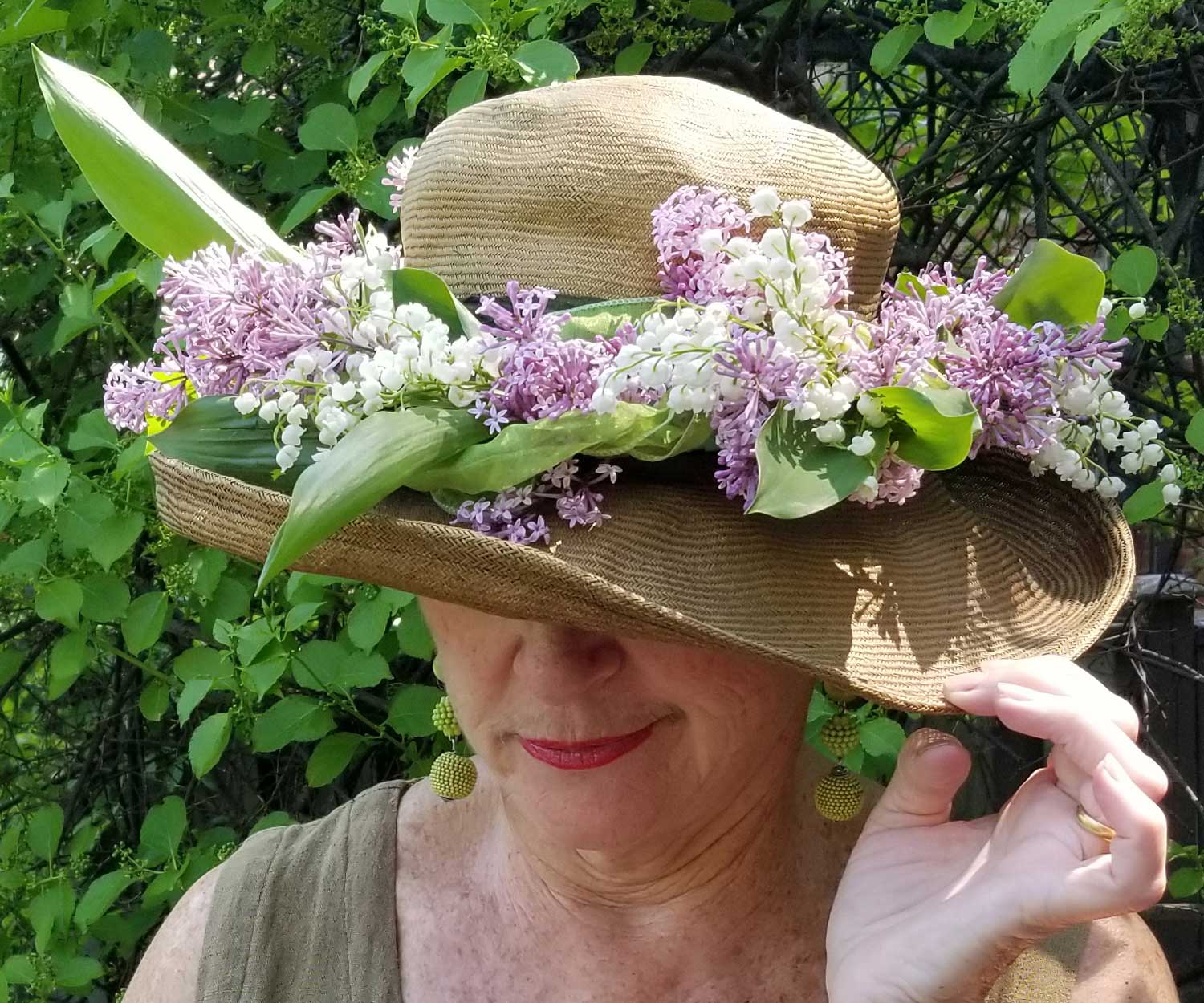
********
Want to read more about spring shrubs? Read my blogs on:
The David Lam Asian Garden at Vancouver’s UBC
Spring at Van Dusen Botanical Garden, Vancouver (2 parts)
Spring at Ontario’s Royal Botanical Garden
The Rosy Buds of May and Beyond
A Shade Garden Master Class (Montreal Botanical Garden)

